Nombre:
Perm
Otro:
Localización:
Tipo: Urbanismo
Categoría:
Foto:
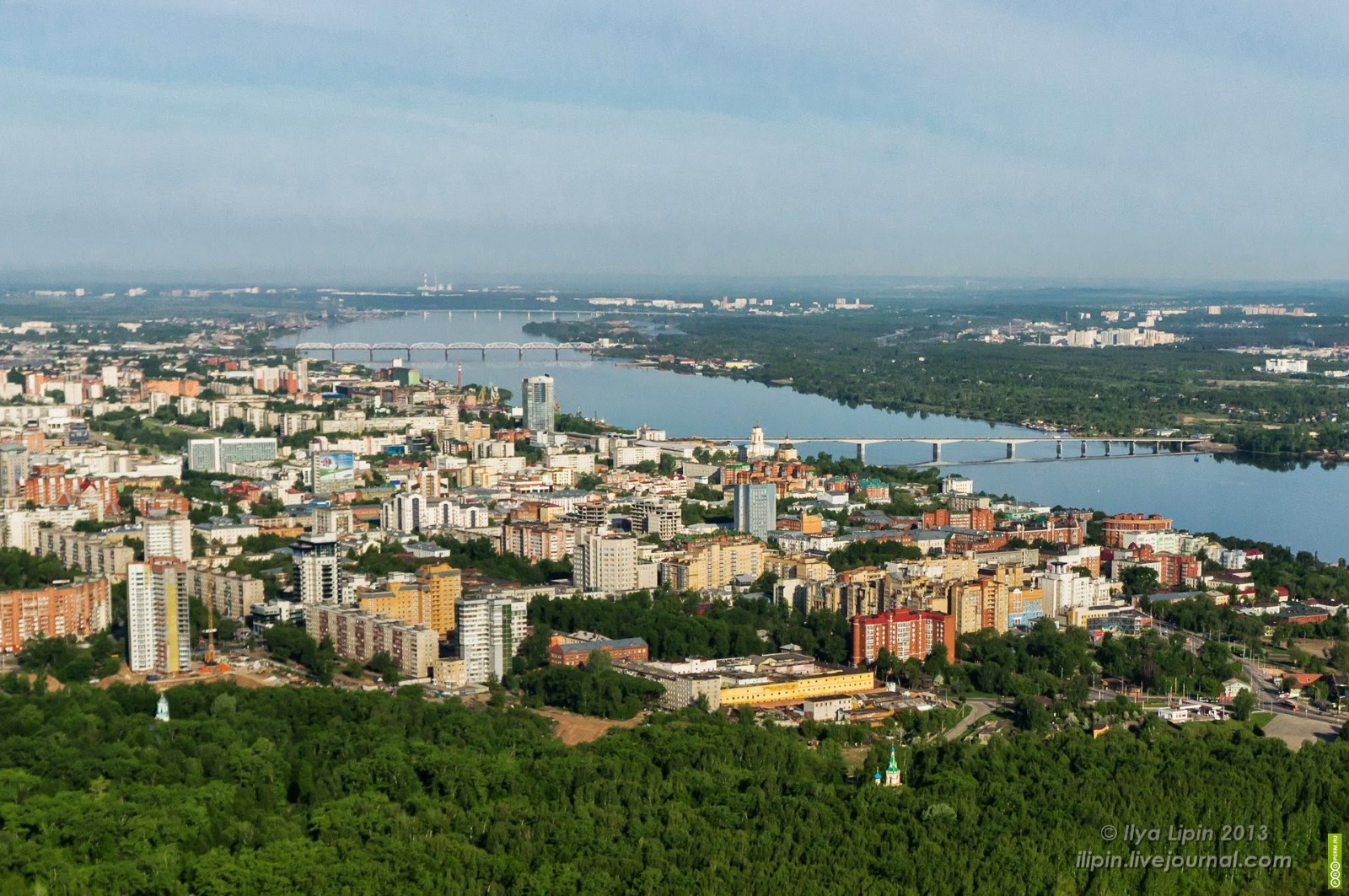
Voto:
Continente: Europa
País: Rusia
Localización: Krai de Perm, Distrito Federal del Volga
Año: 1723
Estado: Terminado
Descripción:La ciudad de Perm y sus atracciones (1)
Publicado por Juan Martinez el 14 de abril de 2011 a las 6:25.
Nuestro destino de hoy para conocer las maravillas de Rusia son las cuevas de Perm, una de las paradas más hermosas en el curso del Transiberiano.

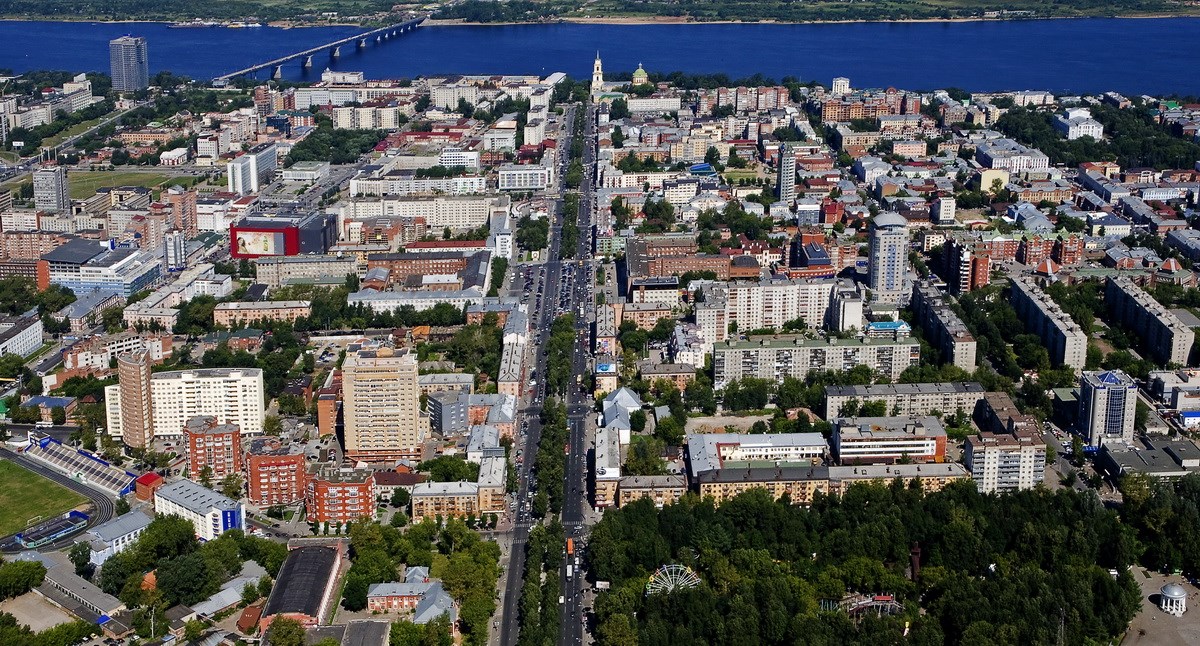
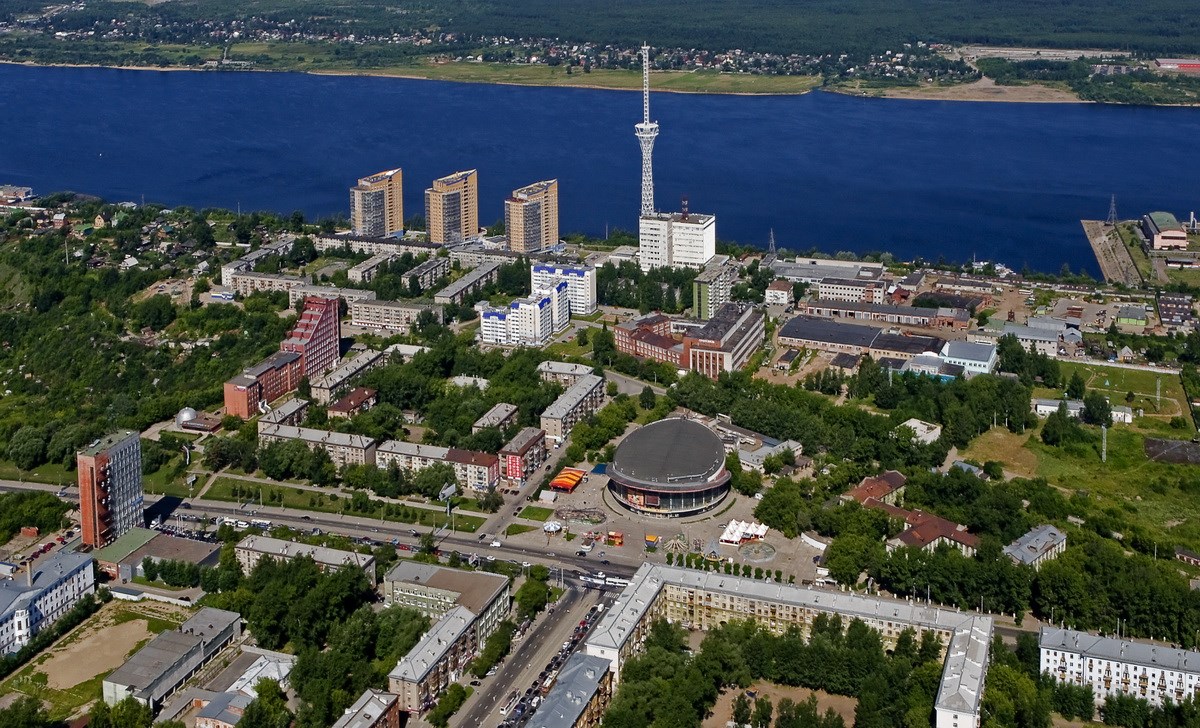
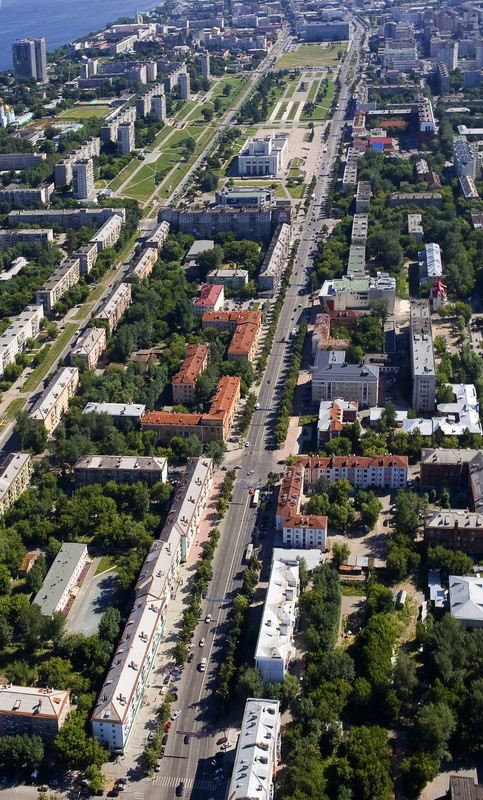
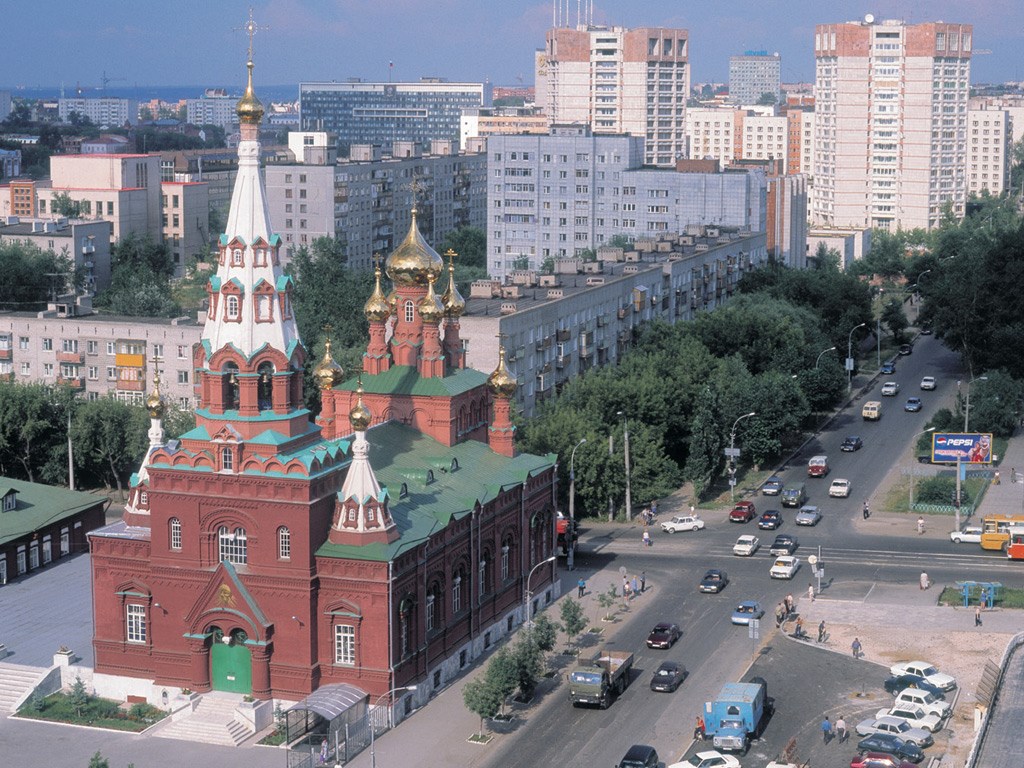
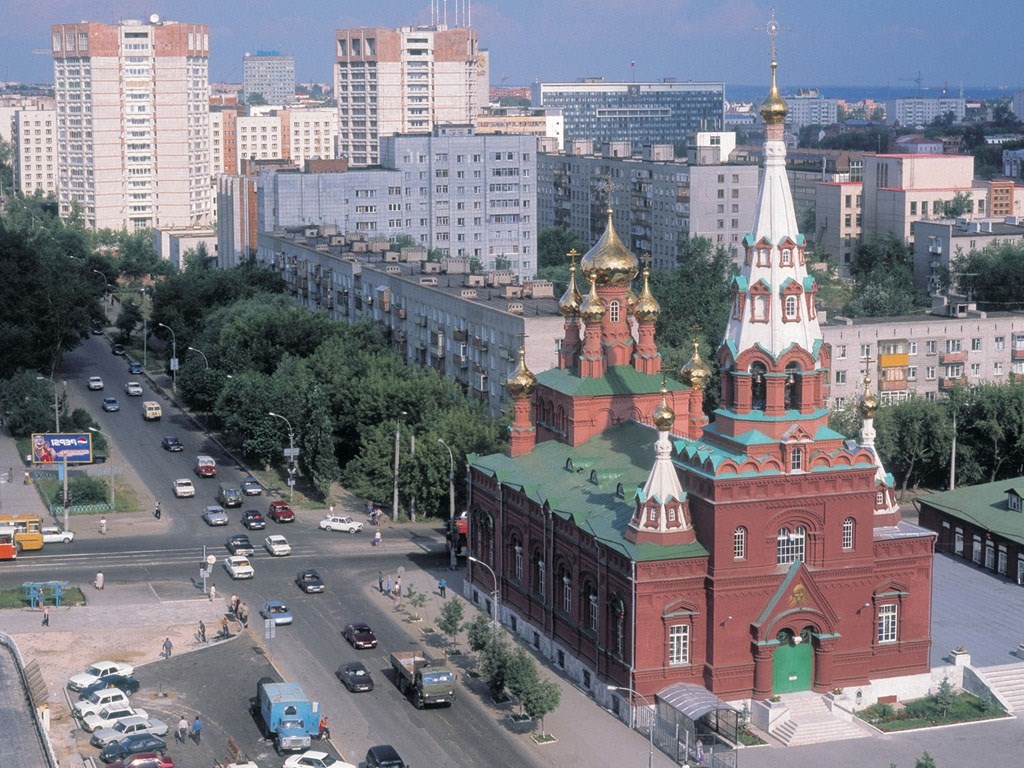
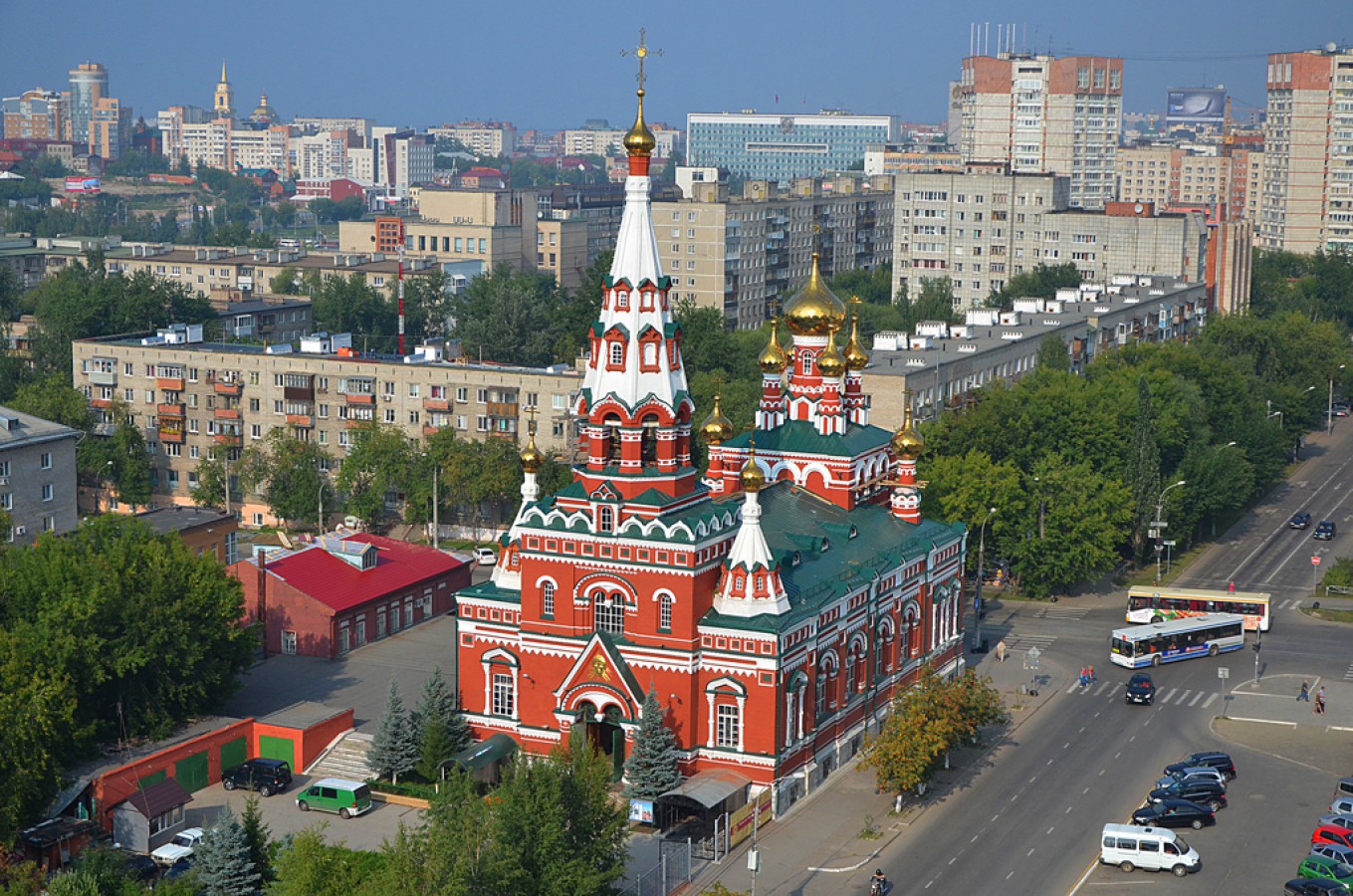
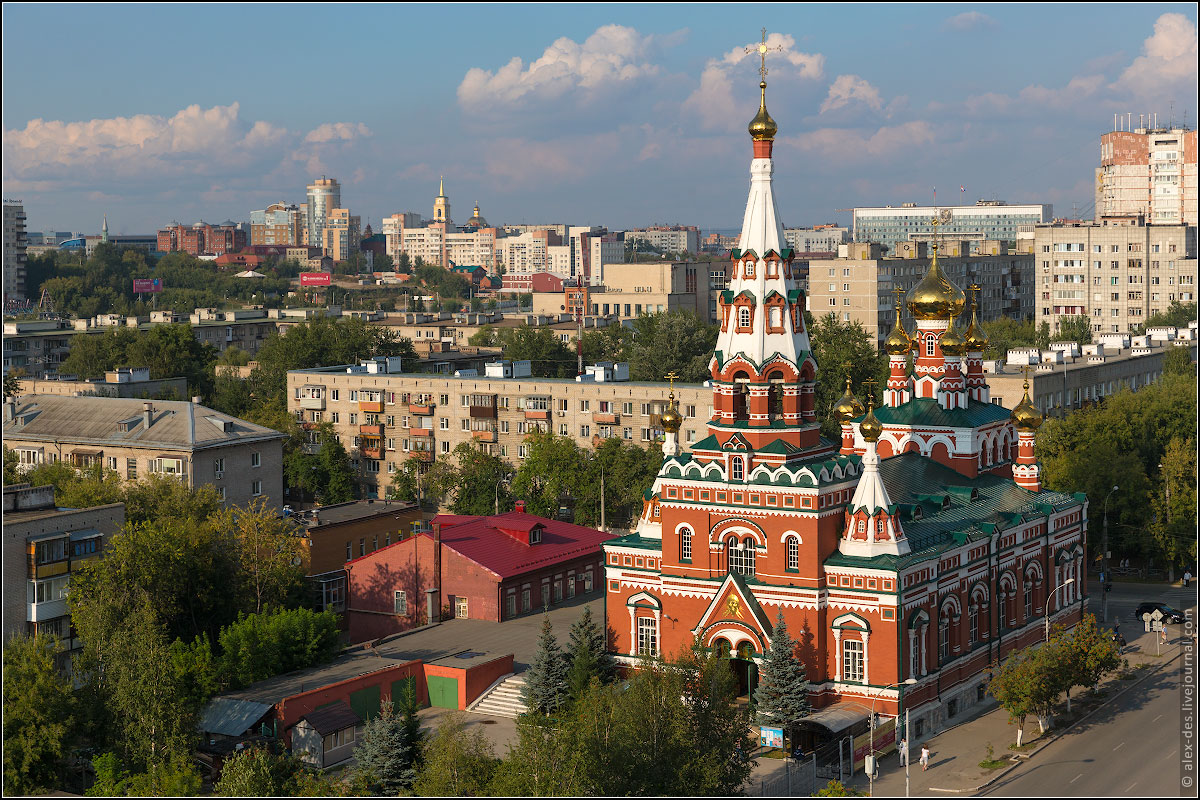
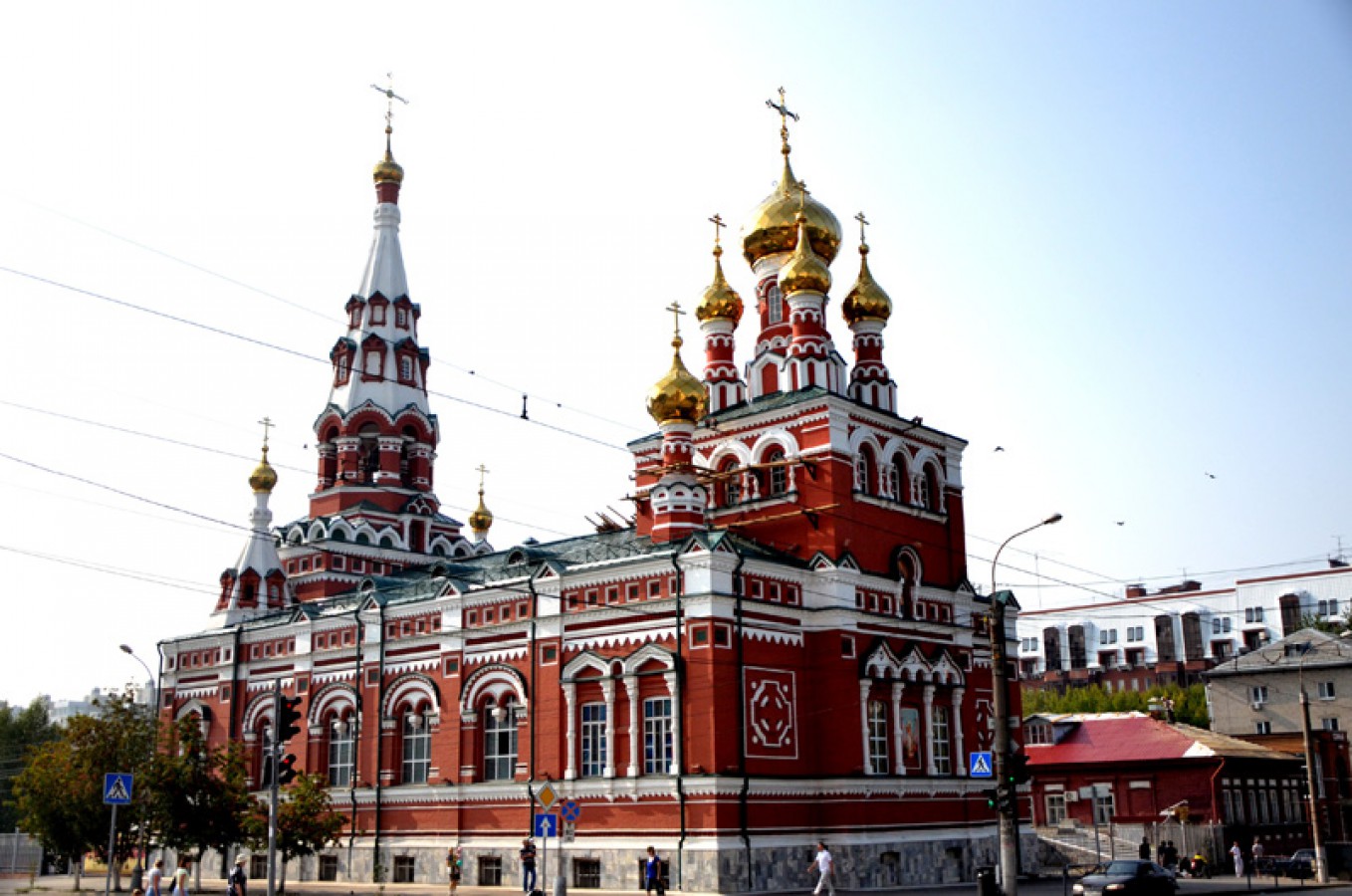
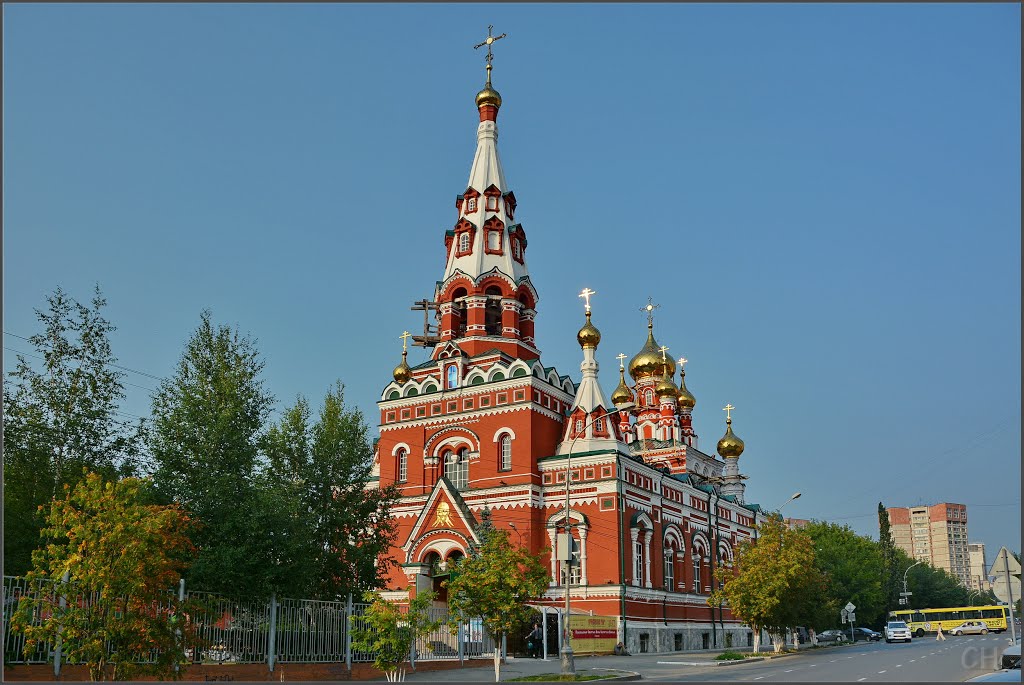
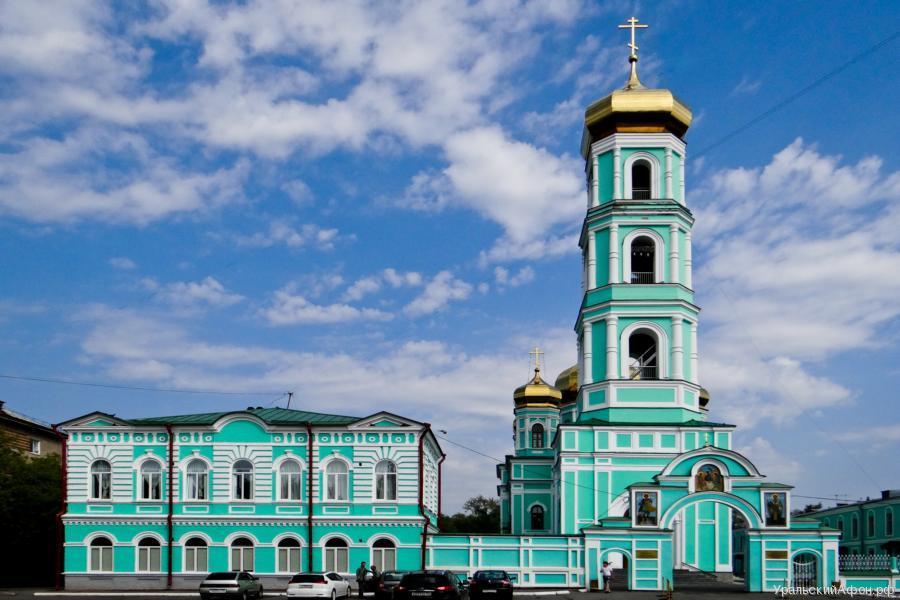
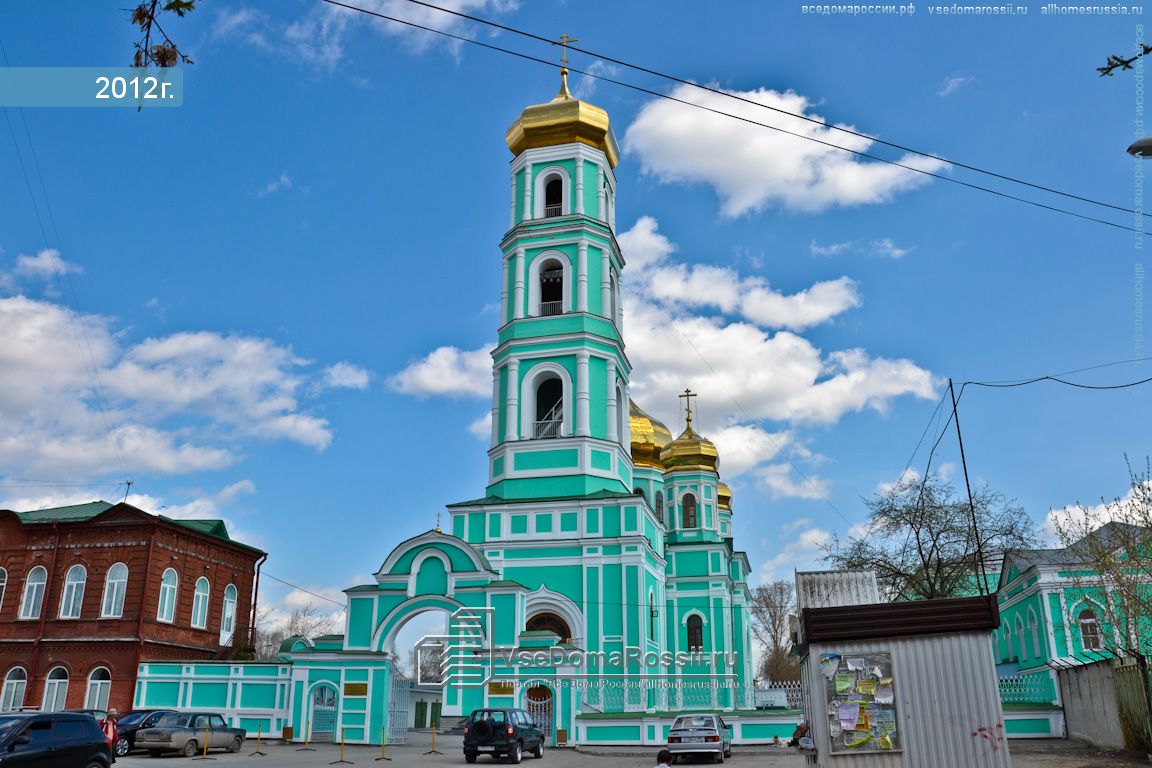
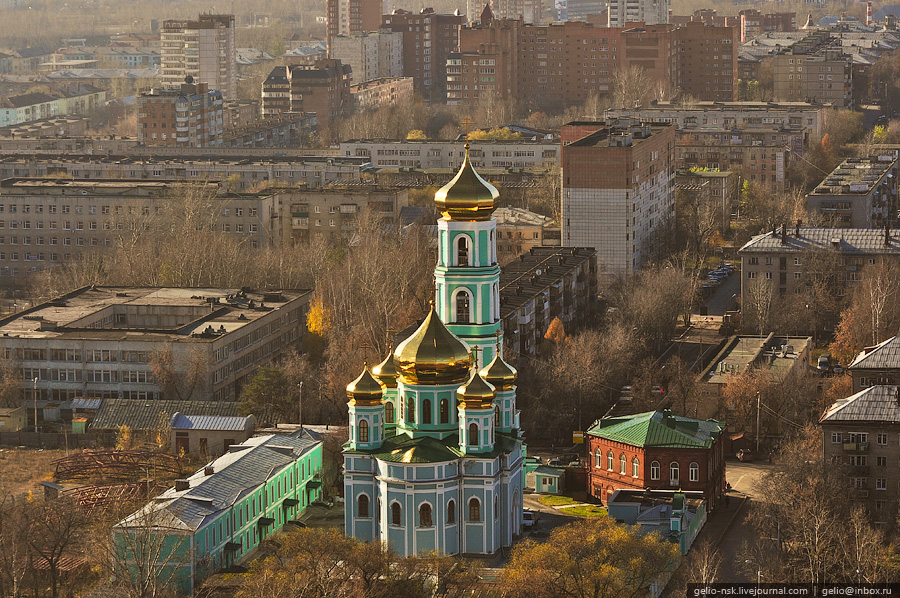
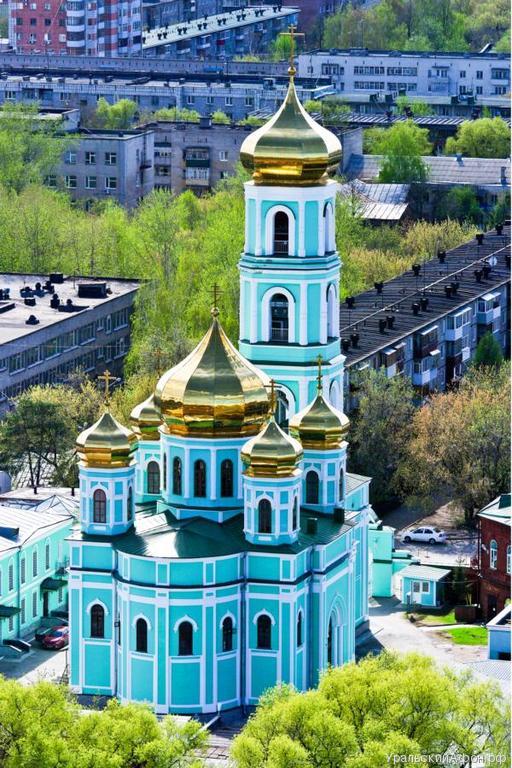

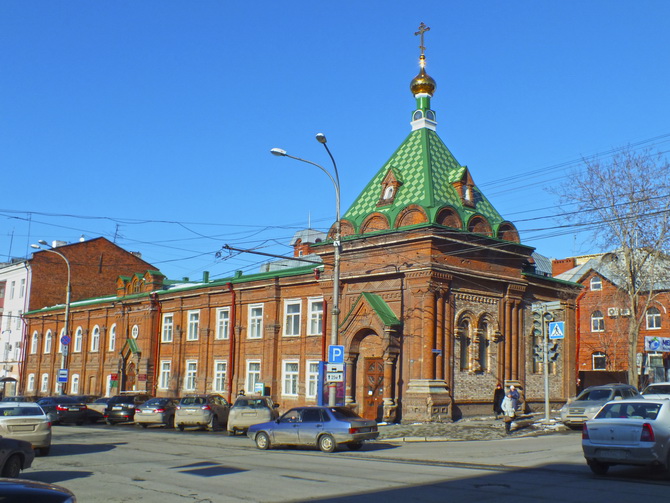
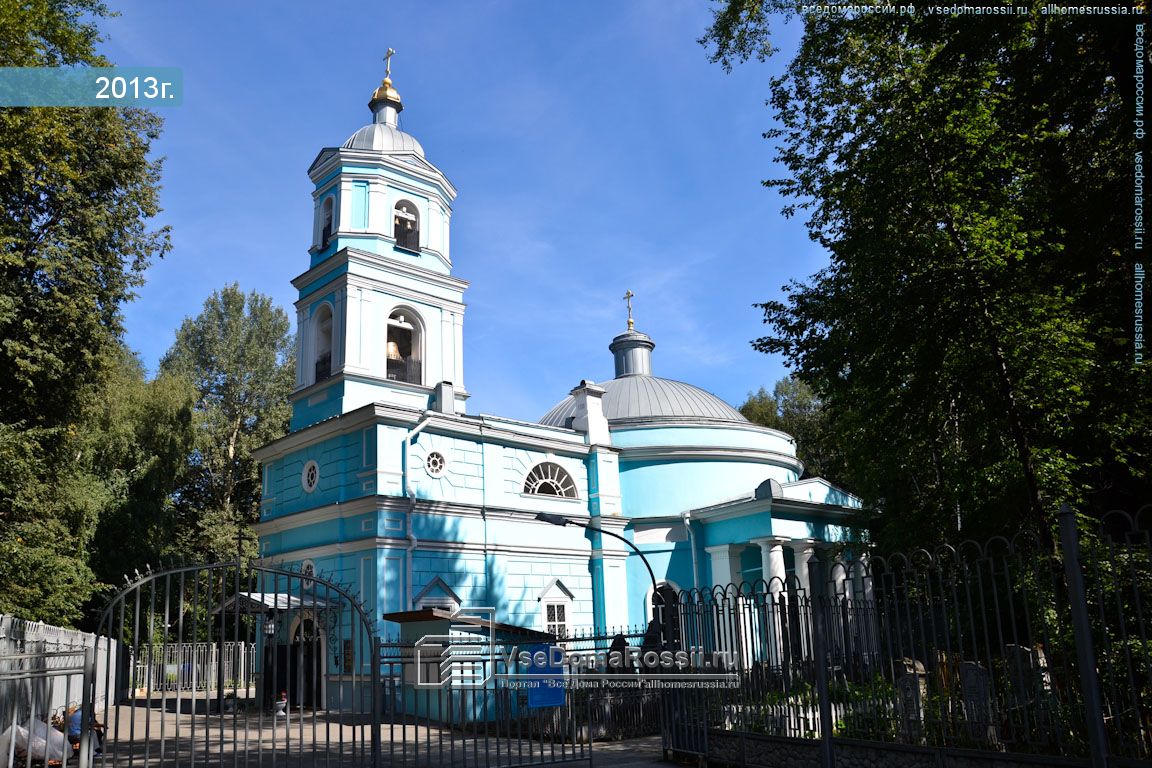
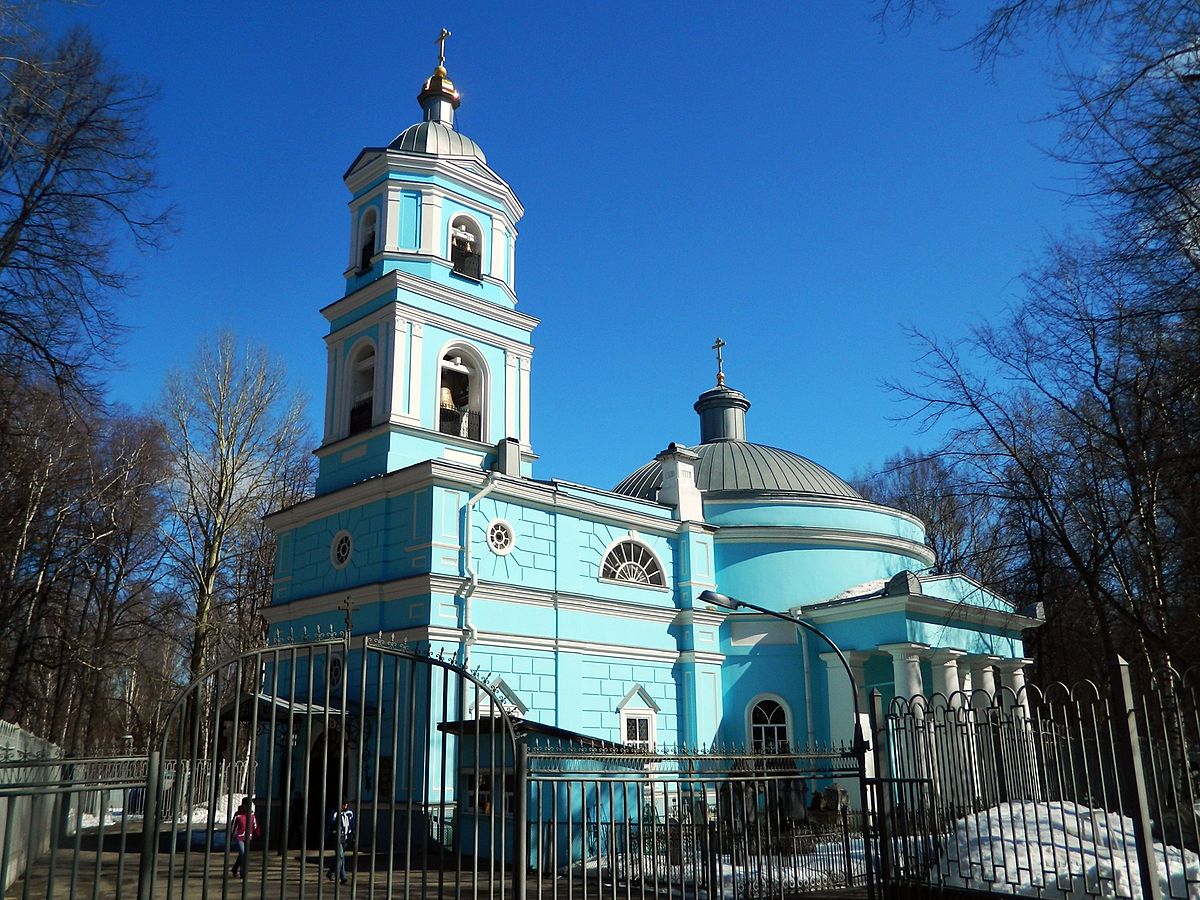
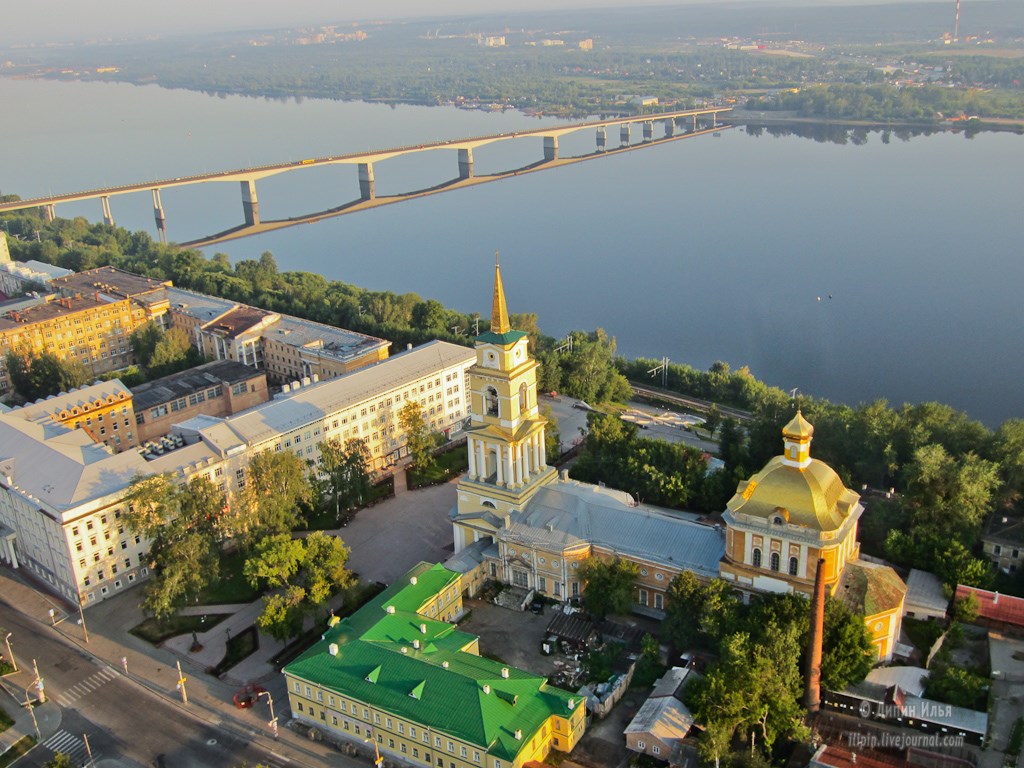
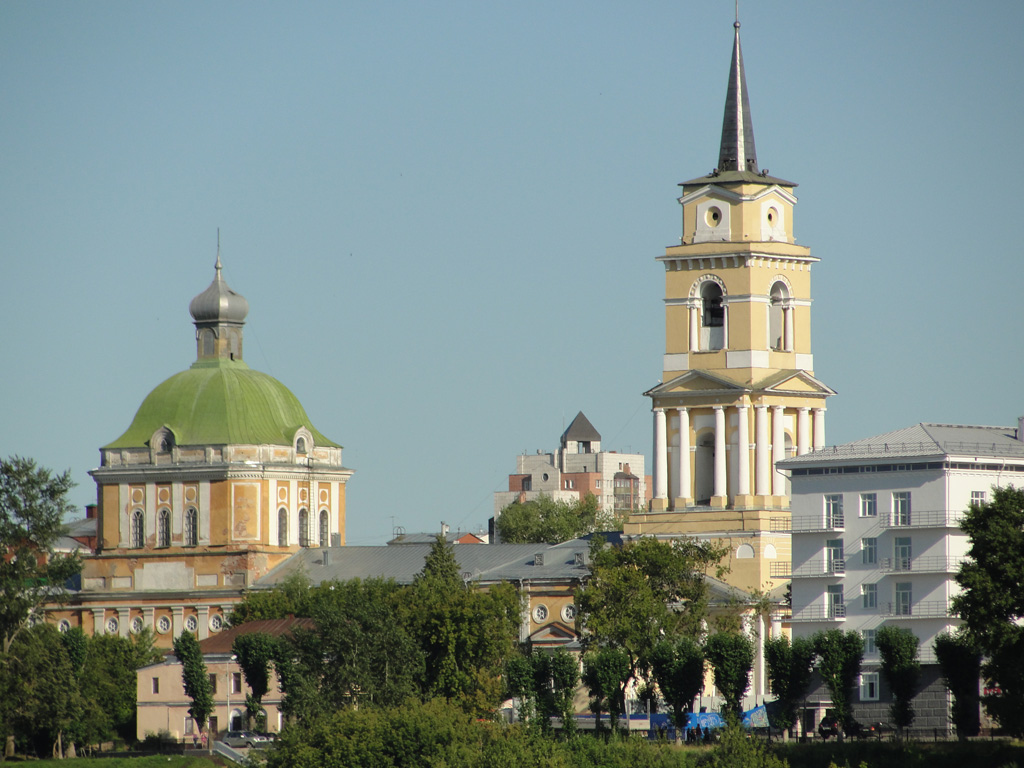
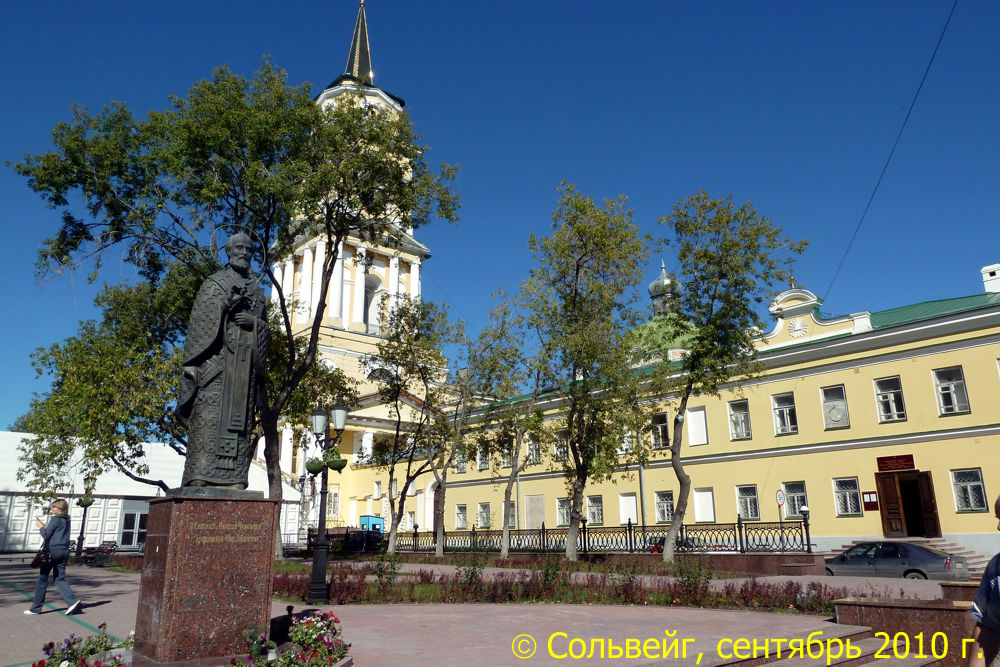
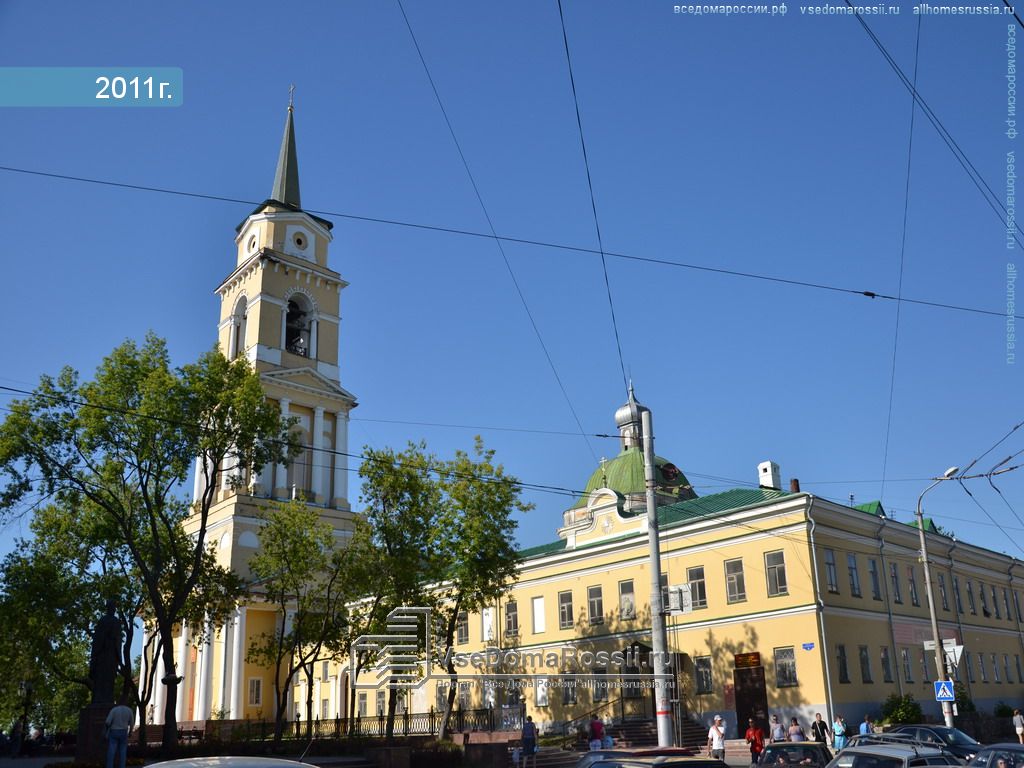
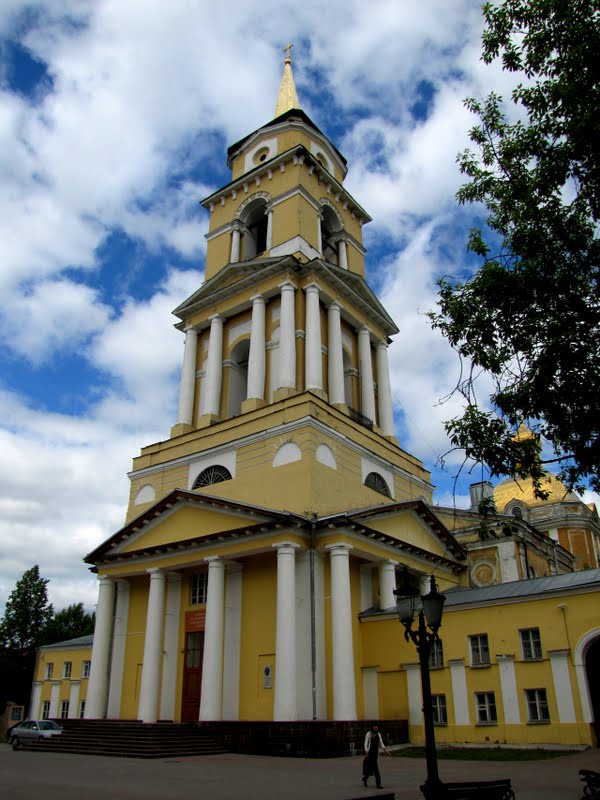
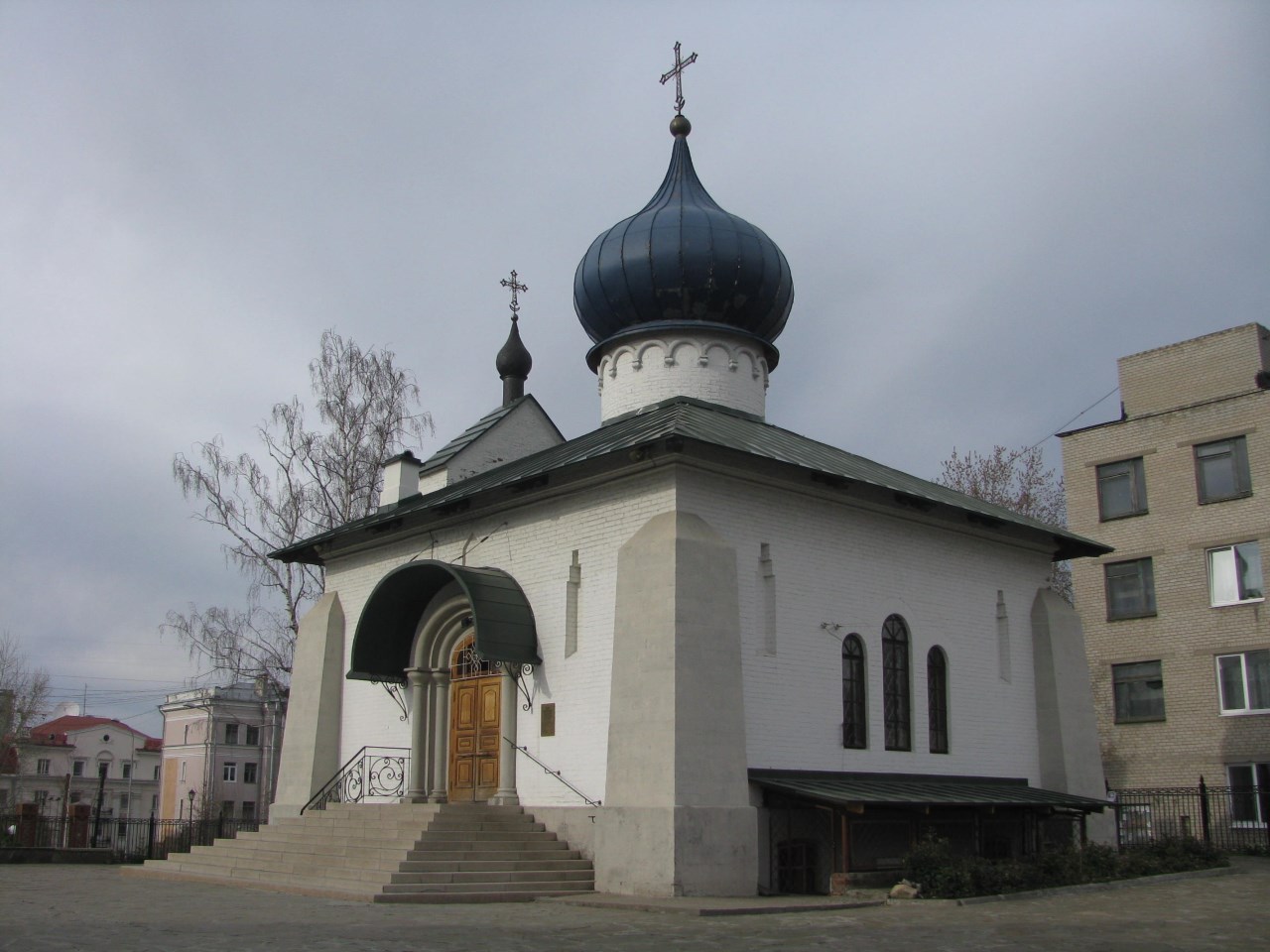
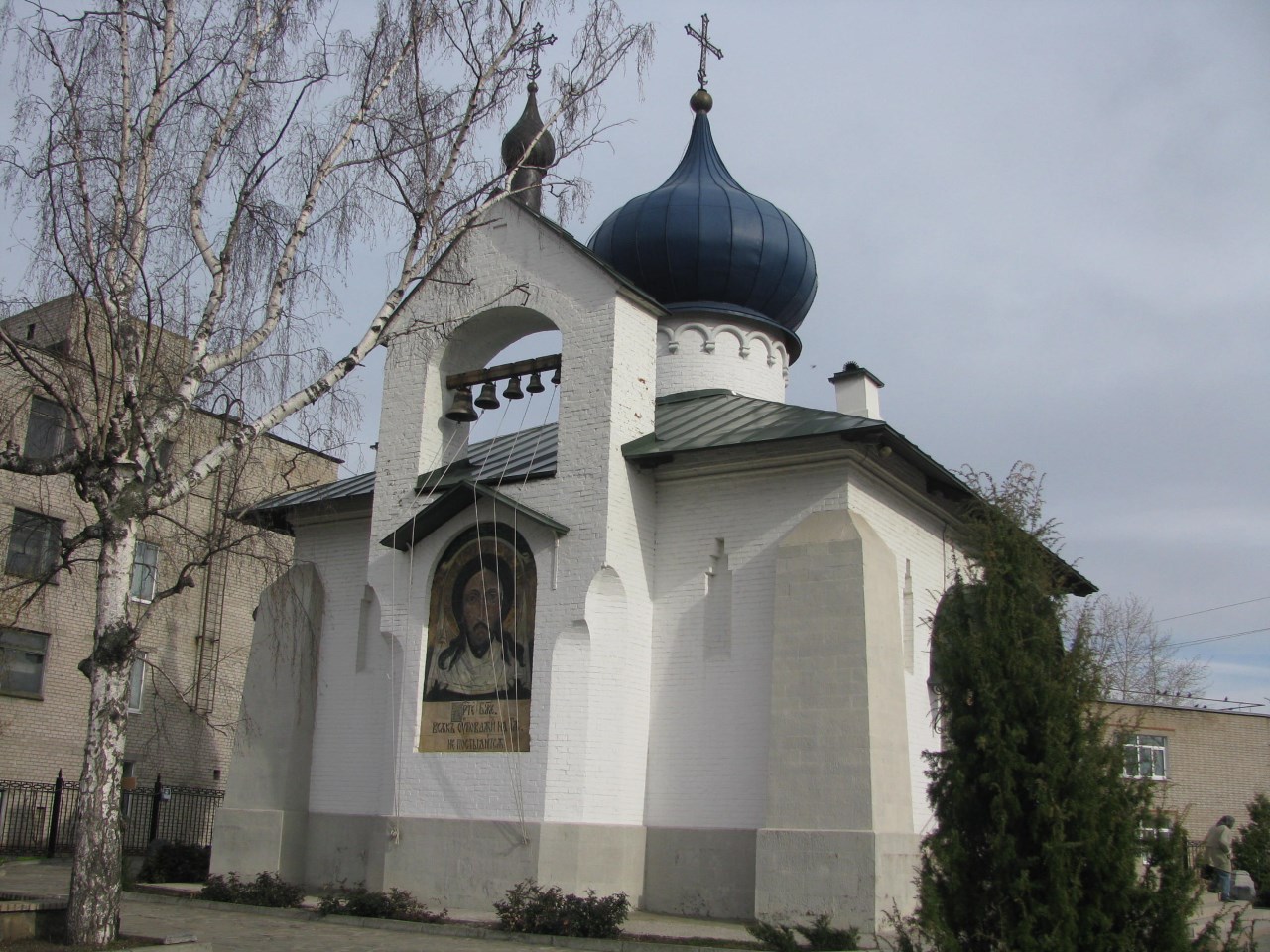
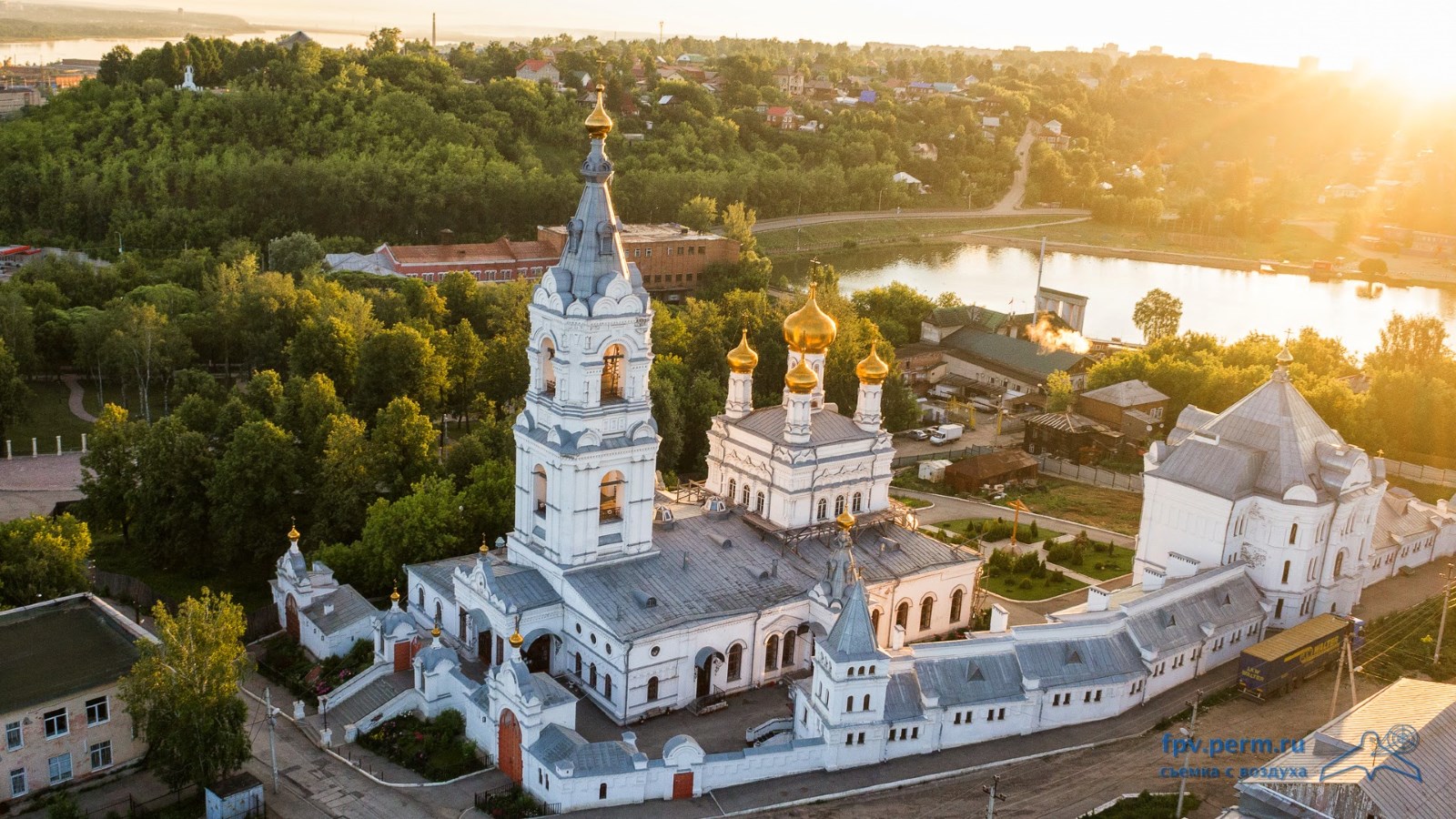
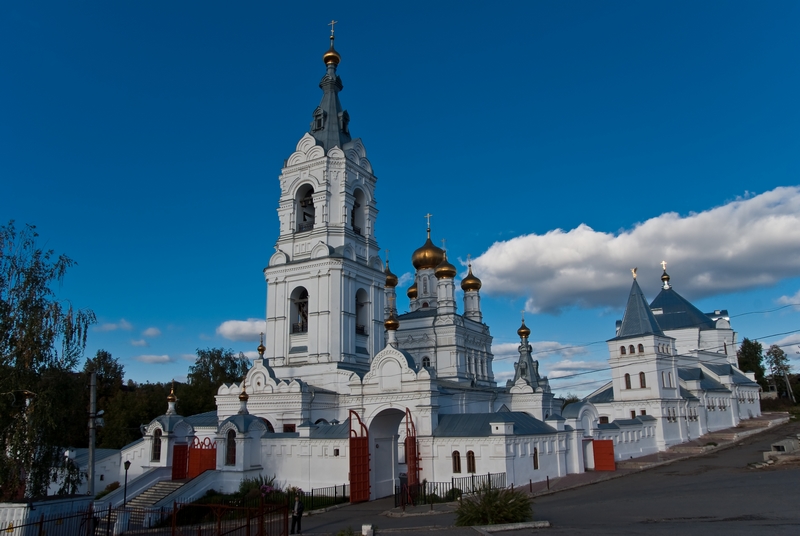
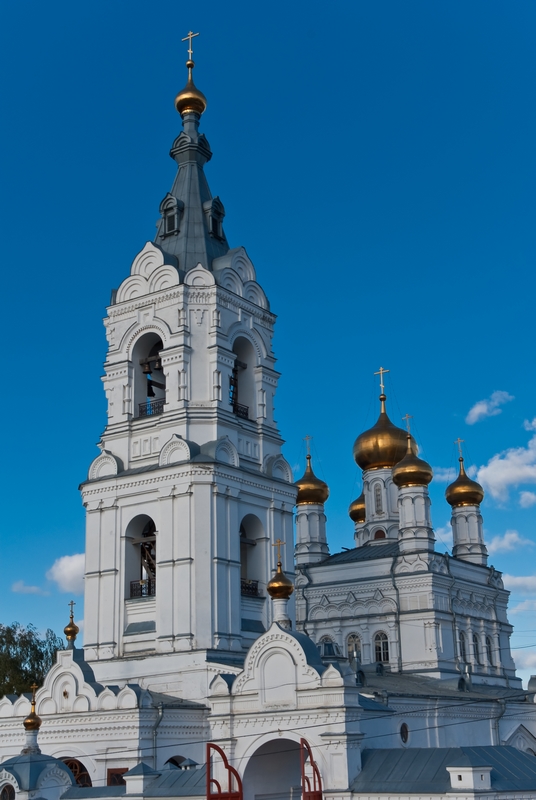
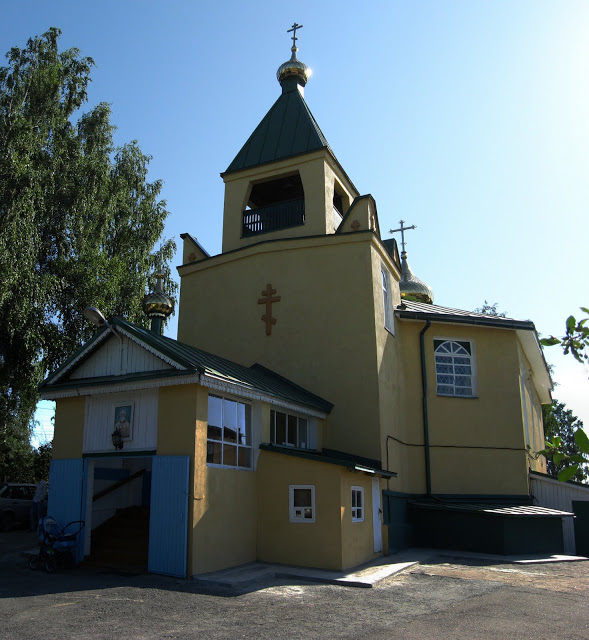
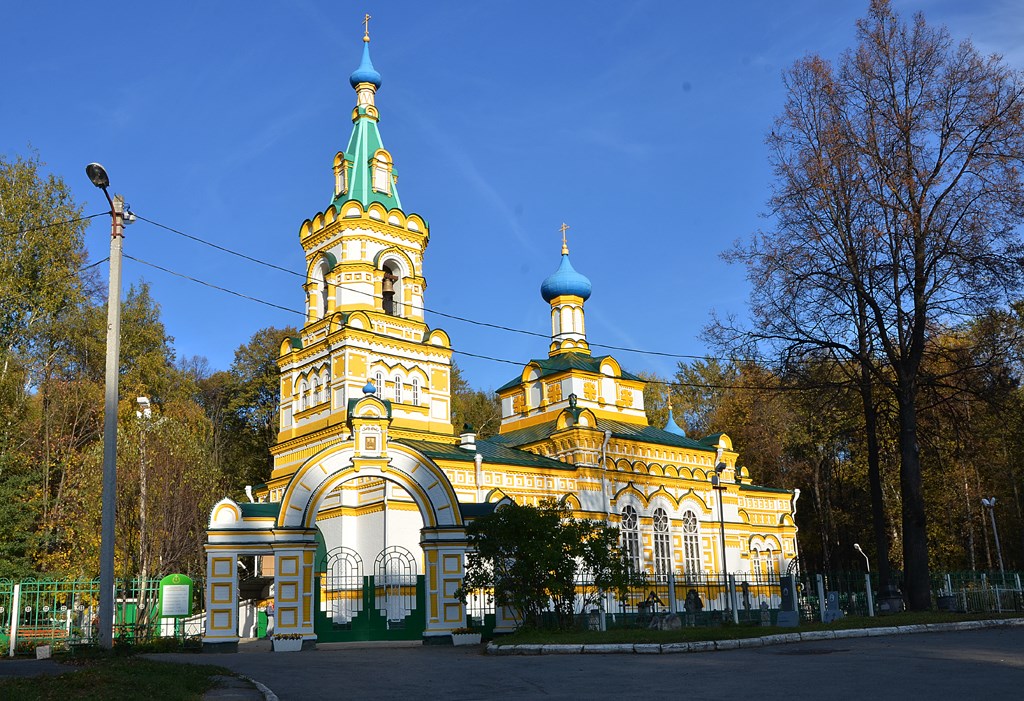
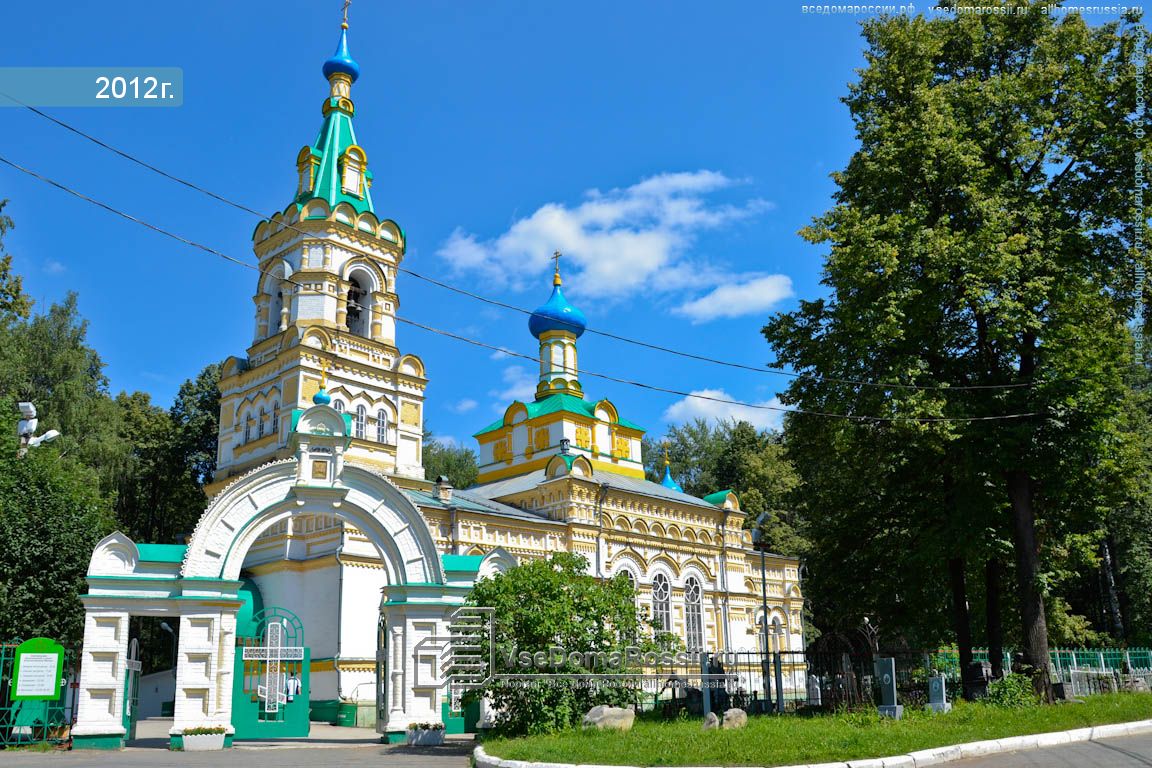
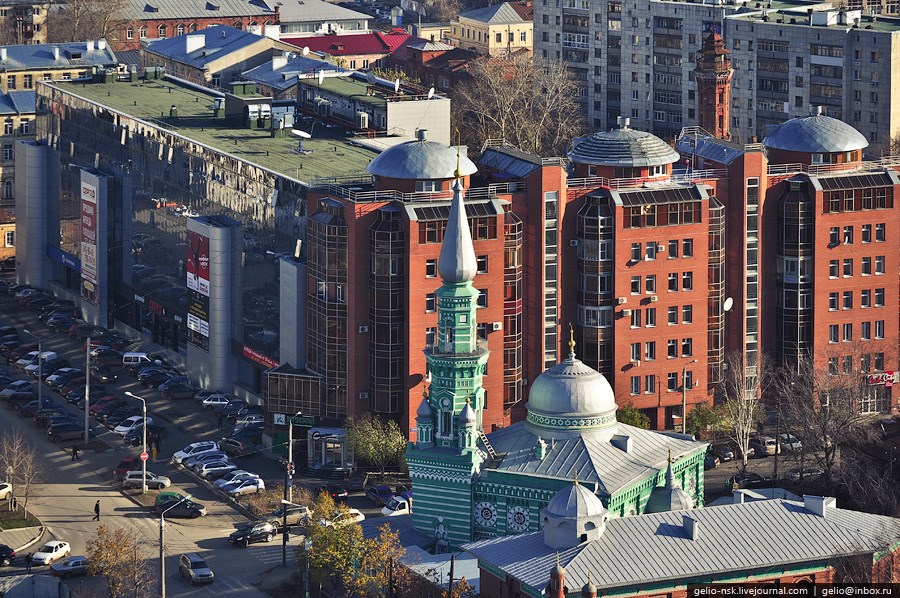
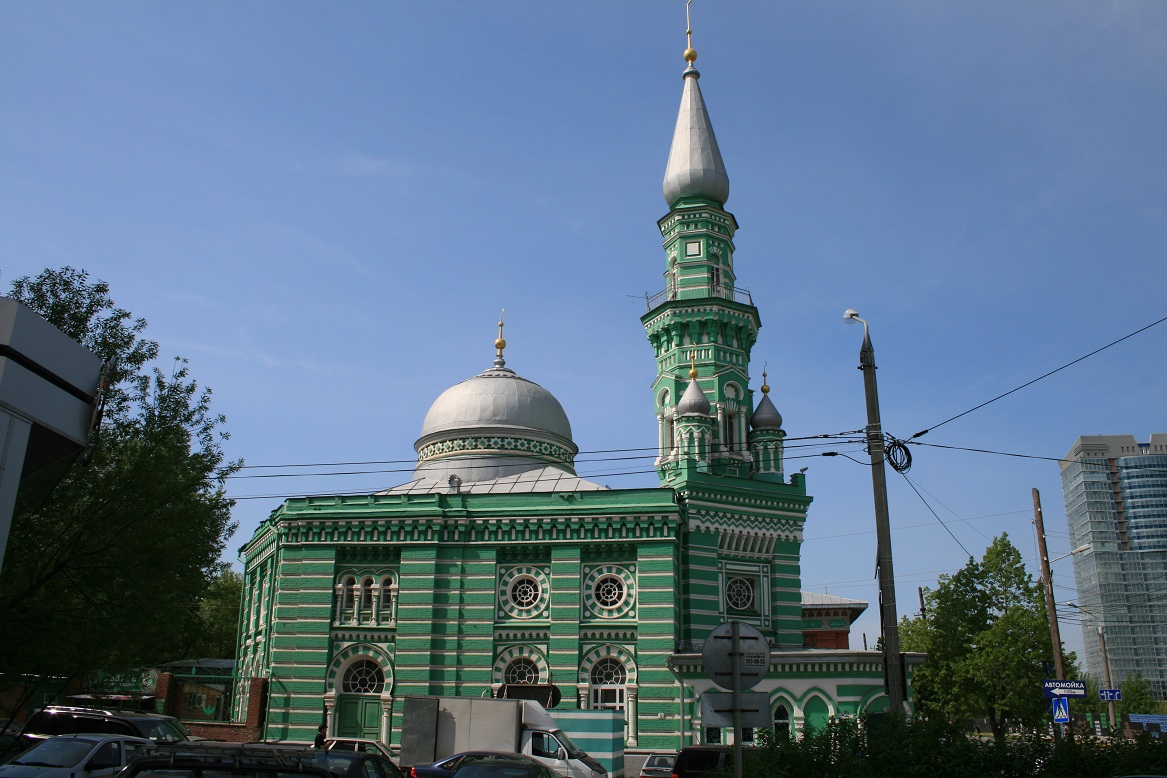
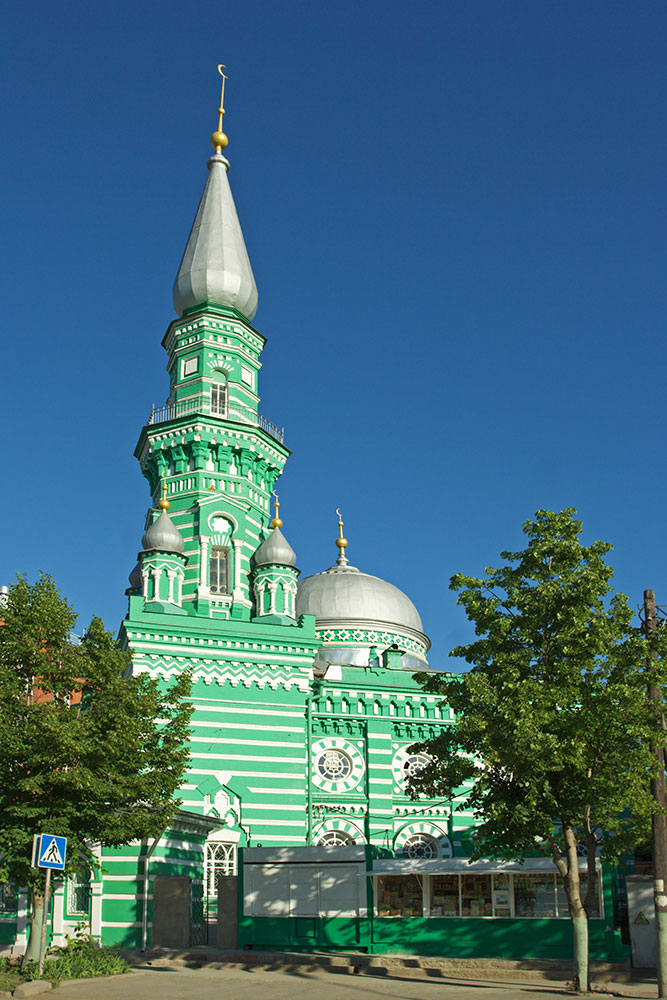
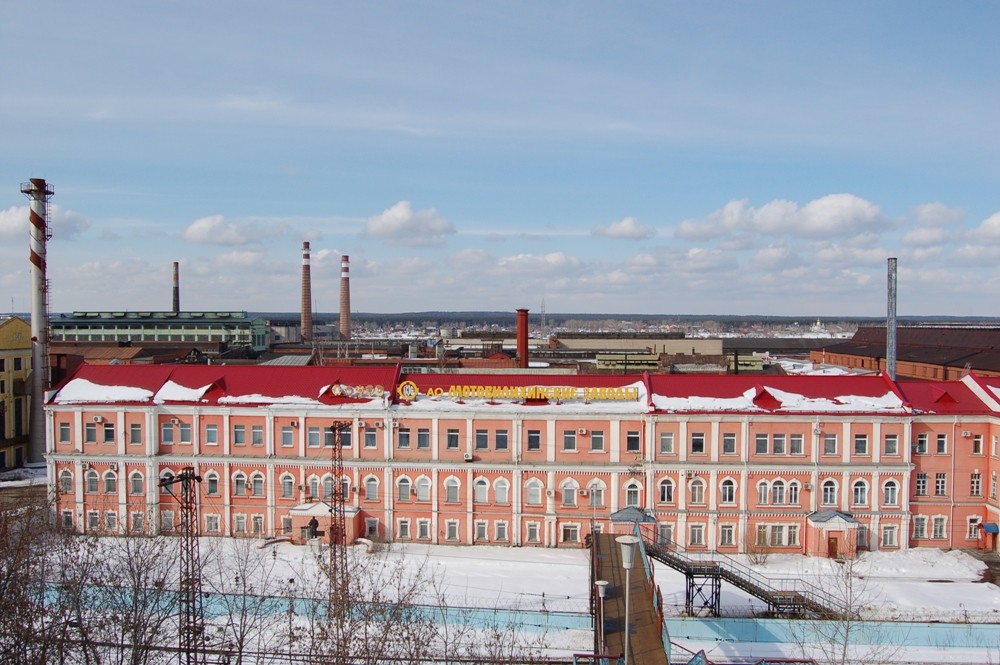
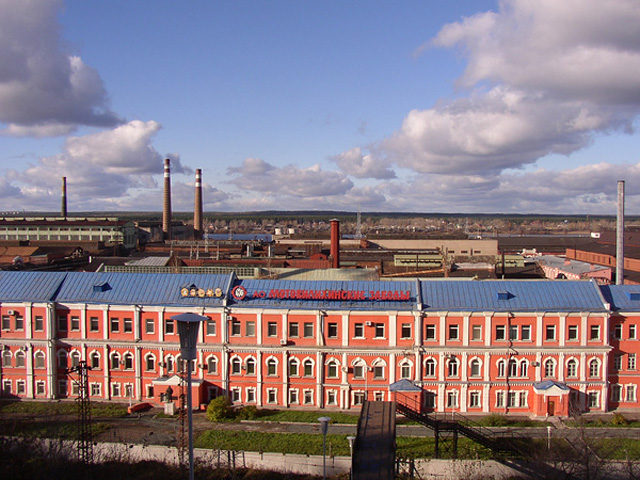
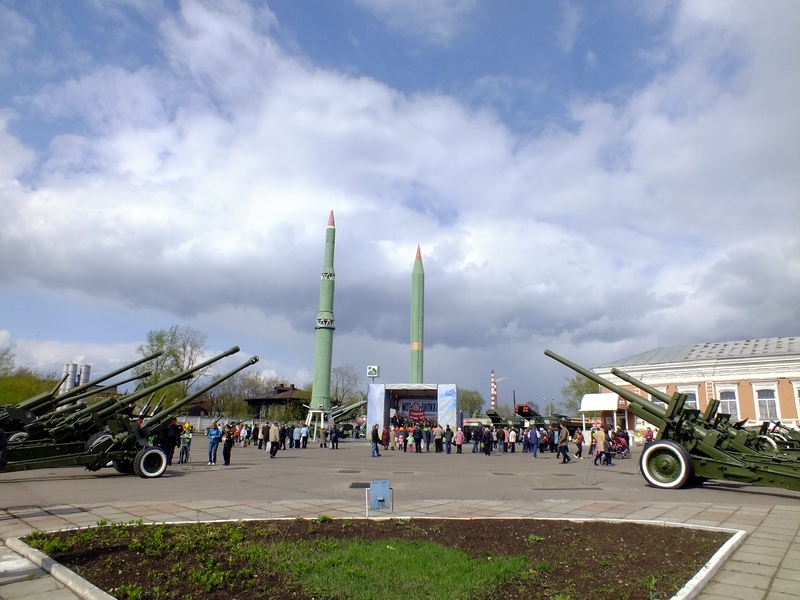
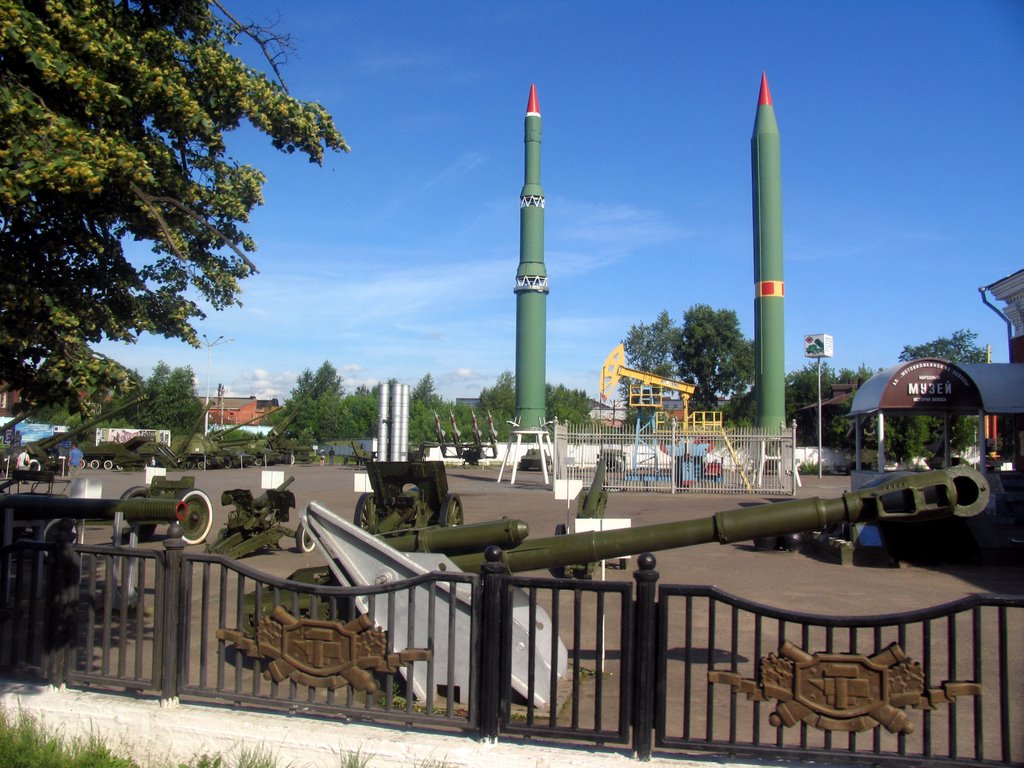
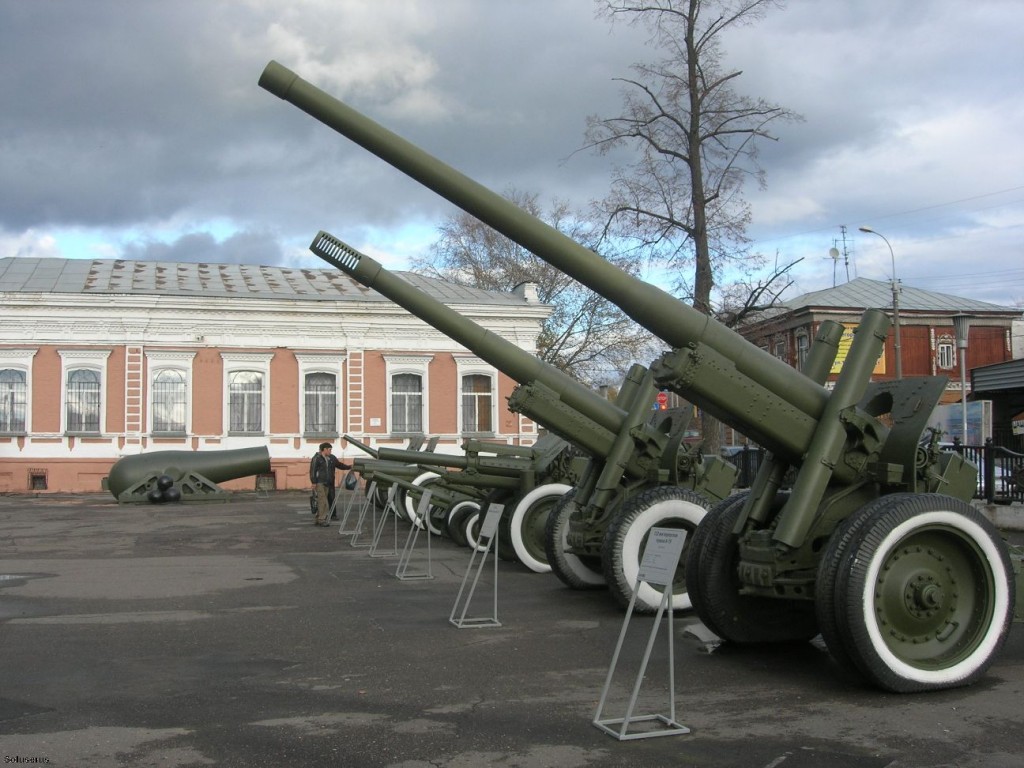
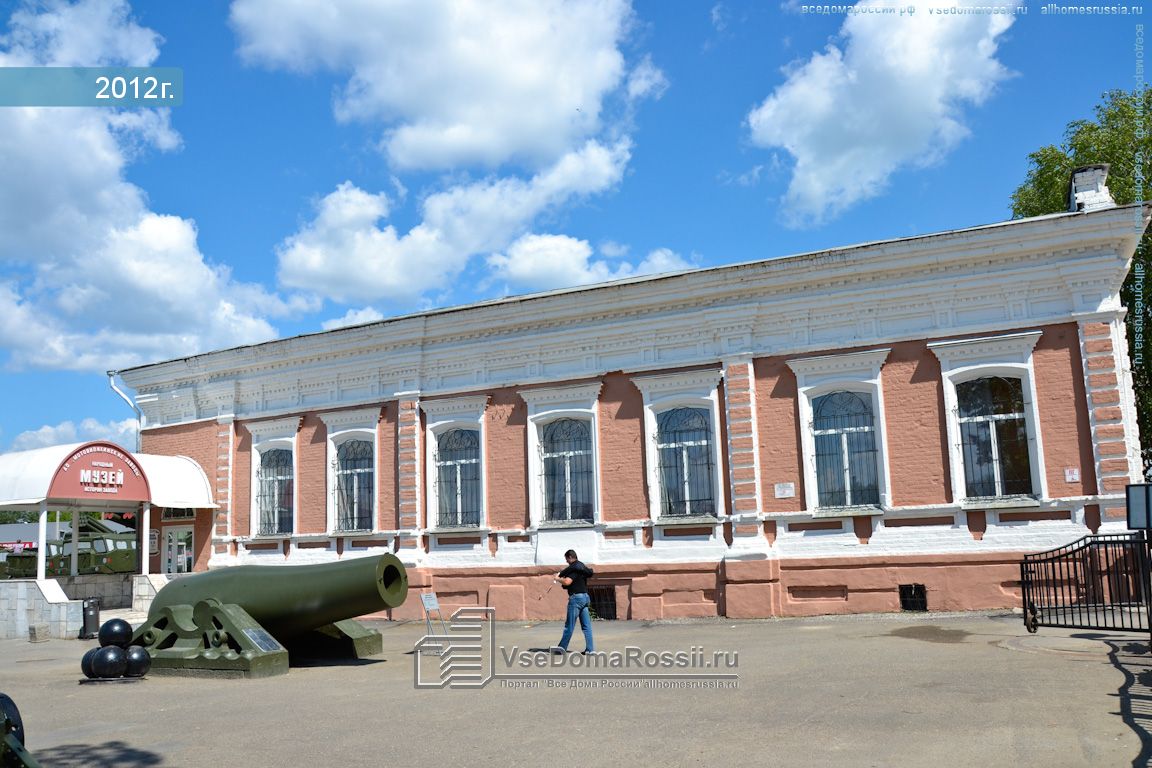
Uno de los famosos recorridos de este tren une las localidades de Nizhny Novgorod y Ekaterinburgo en un total de 19 horas y media. Son más de 1300 kilómetros y entre los maravillosos parajes que aparecen en medio del recorrido encontramos la región de Perm y la ciudad homónima.
De carácter industrial, Perm está justo en el borde donde comienzan las Montañas Urales. Poco después está el territorio de la República de Udmurtiya, una de las varias que supo formar parte de la URSS.
El río Kama termina de dar forma al increíble paraje de colinas suaves y pendientes pequeñas, pero también es responsable de la unión del río Volga con varios mares como el Báltico, Blanco, Negro y Caspio.
En la ciudad de Perm los inviernos son muy fríos y los veranos levantan un poco la temperatura, motivo por el cual varios grupos de viajeros deciden pasear en los cálidos veranos de Perm y recorrer algunos de sus atractivos naturales, como las aguas del río Kama, los paseos por las praderas o las excursiones a las montañas.
http://www.absolutrusia.com/la-ciudad-de-perm-y-sus-atracciones-1/
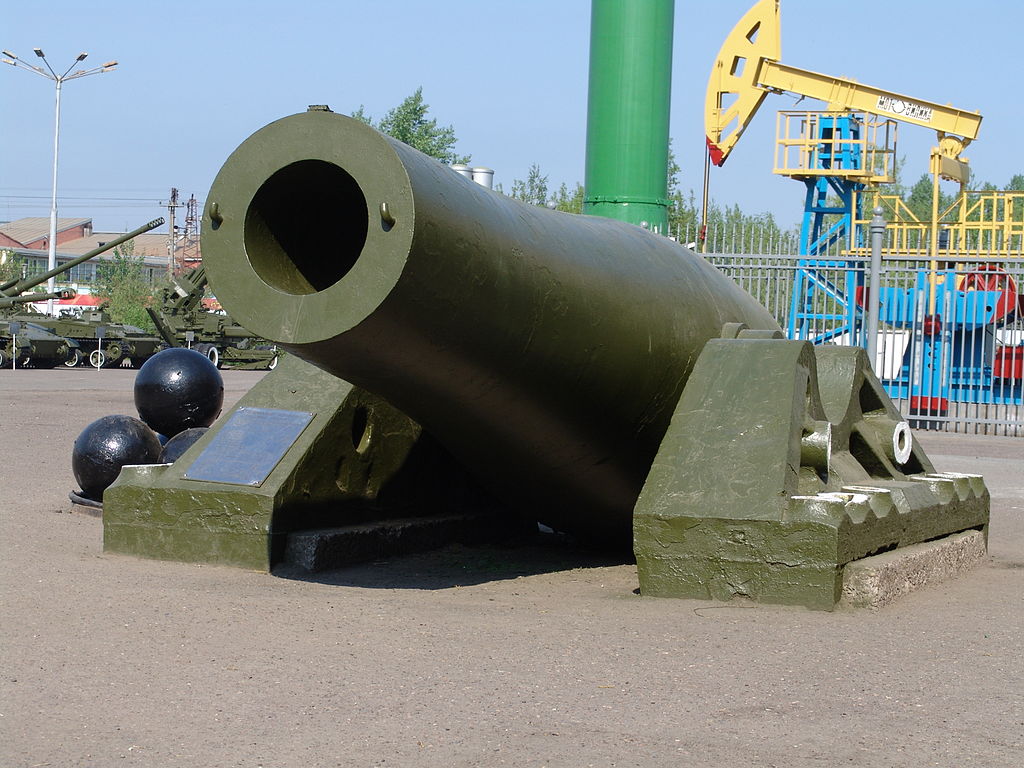
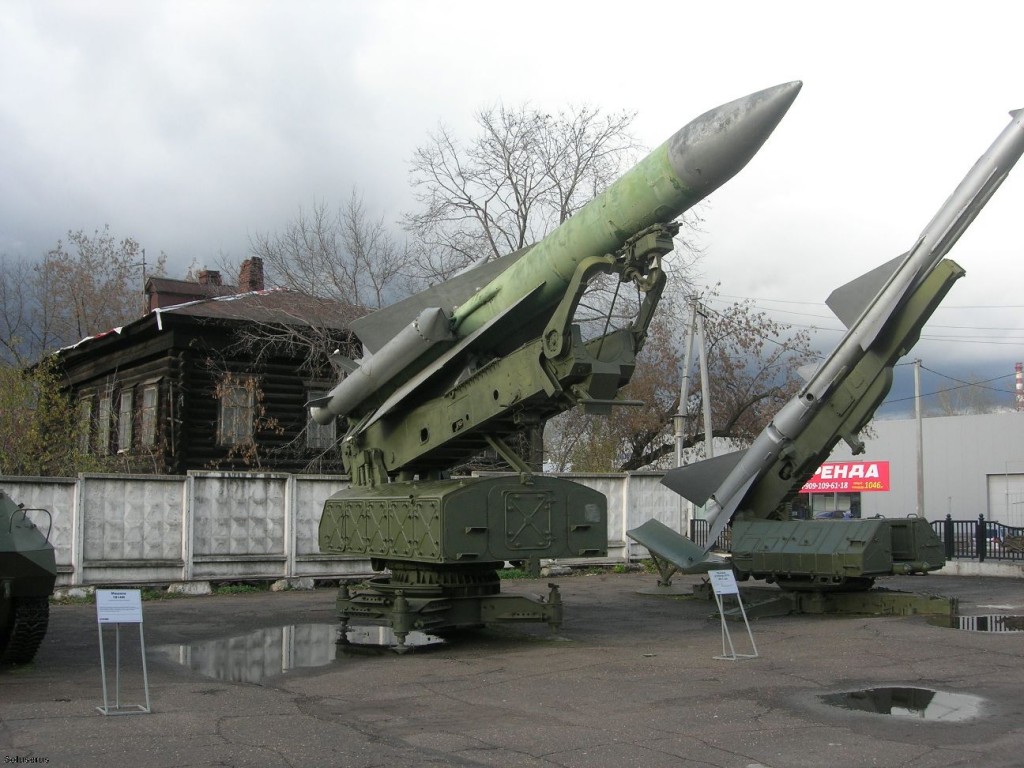
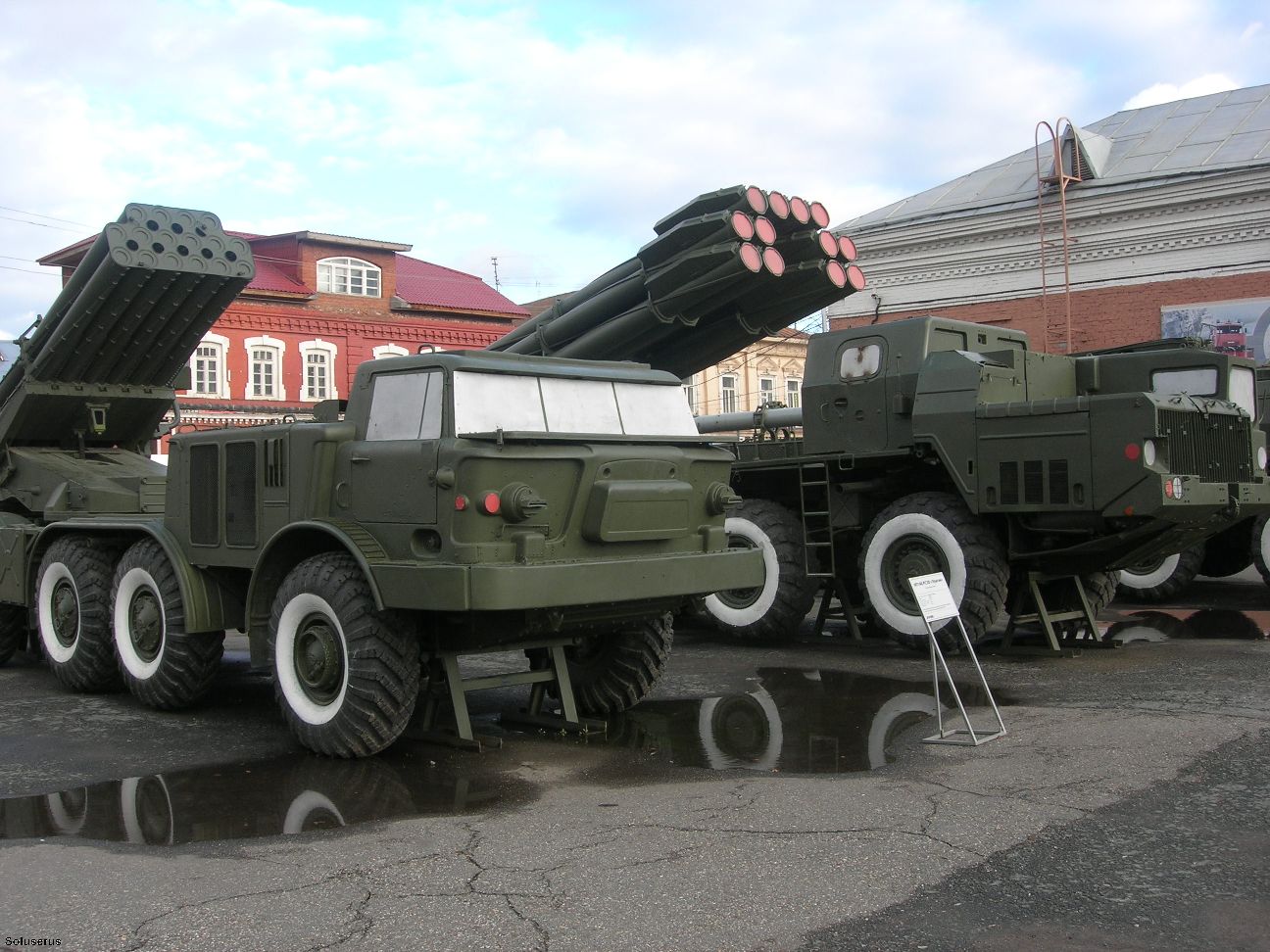
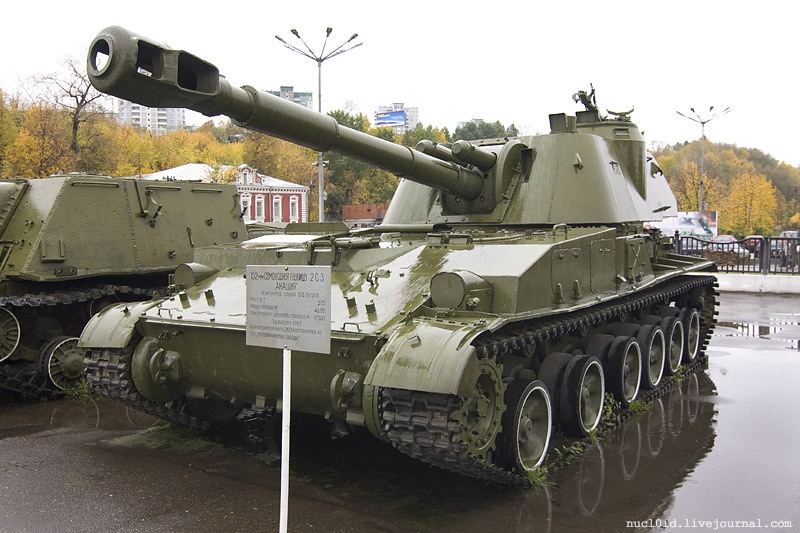



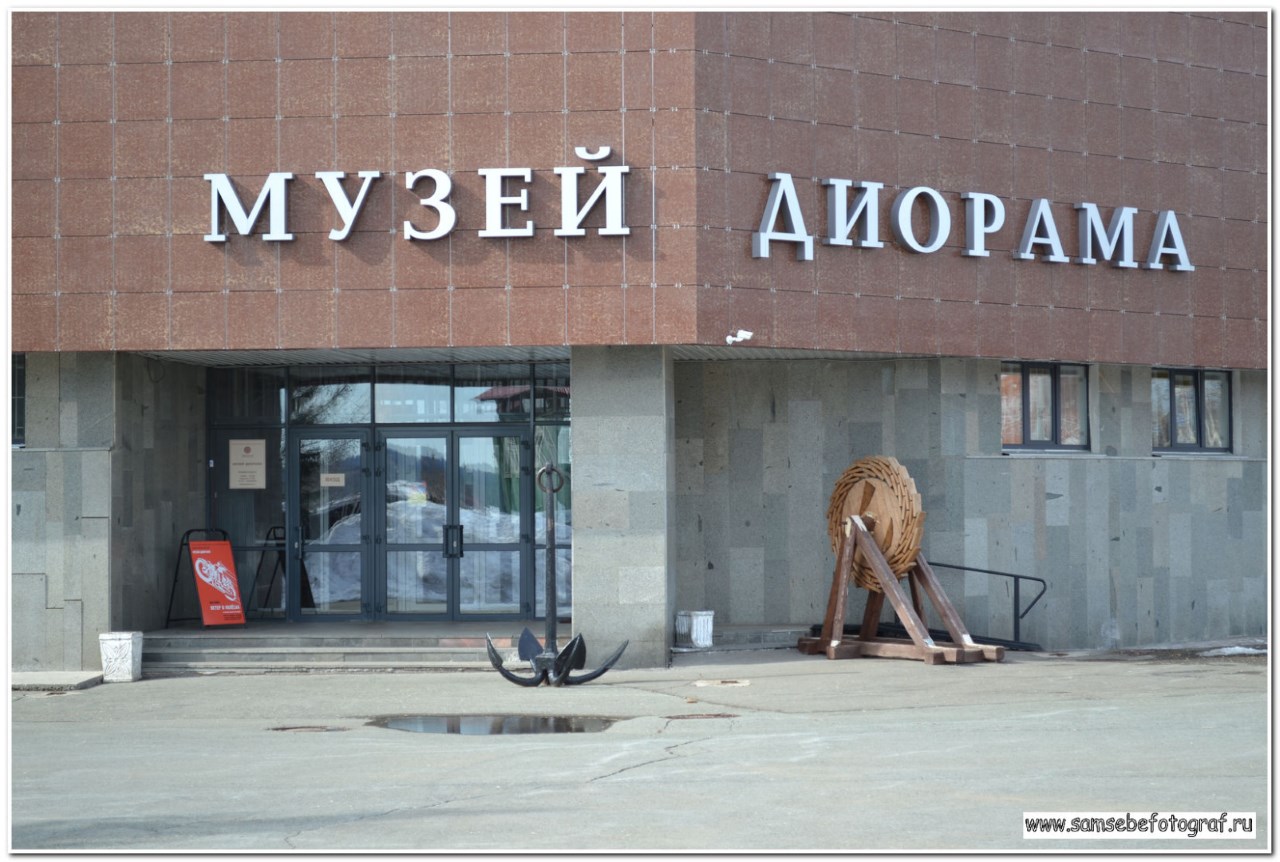
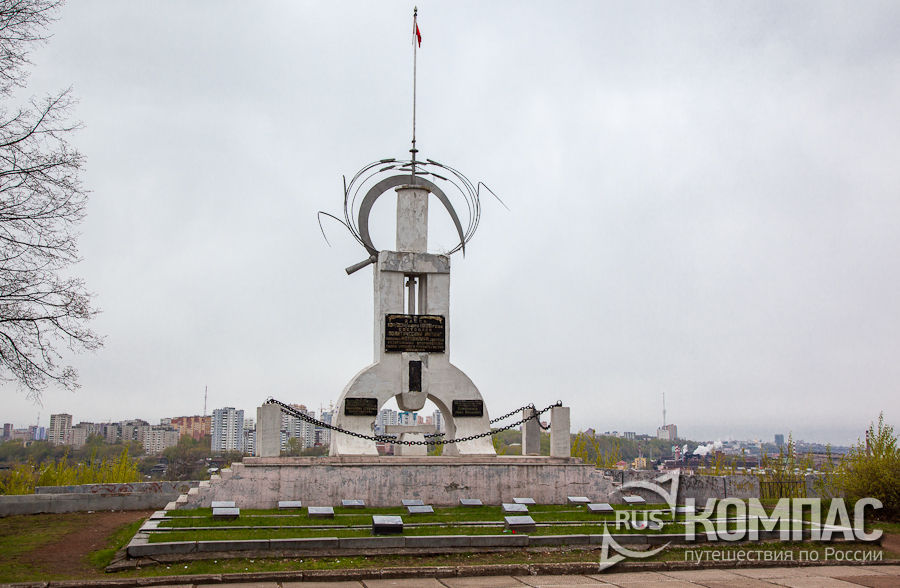
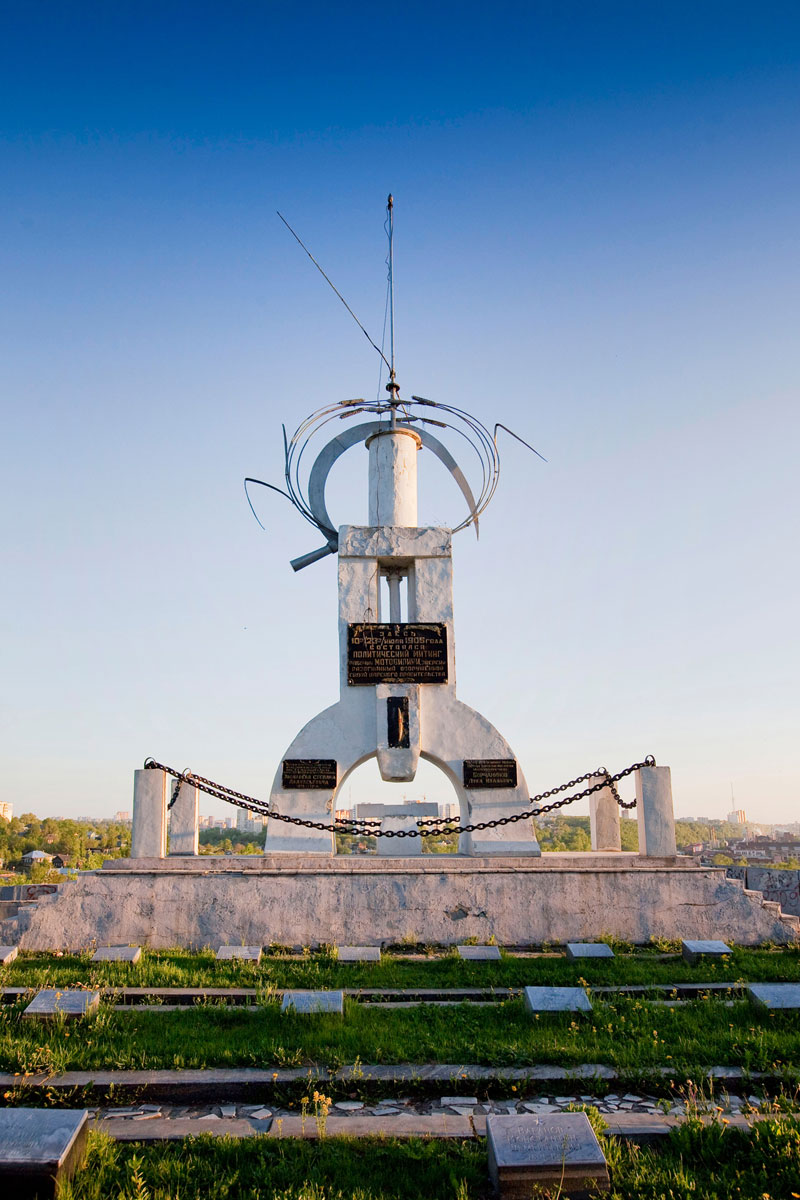
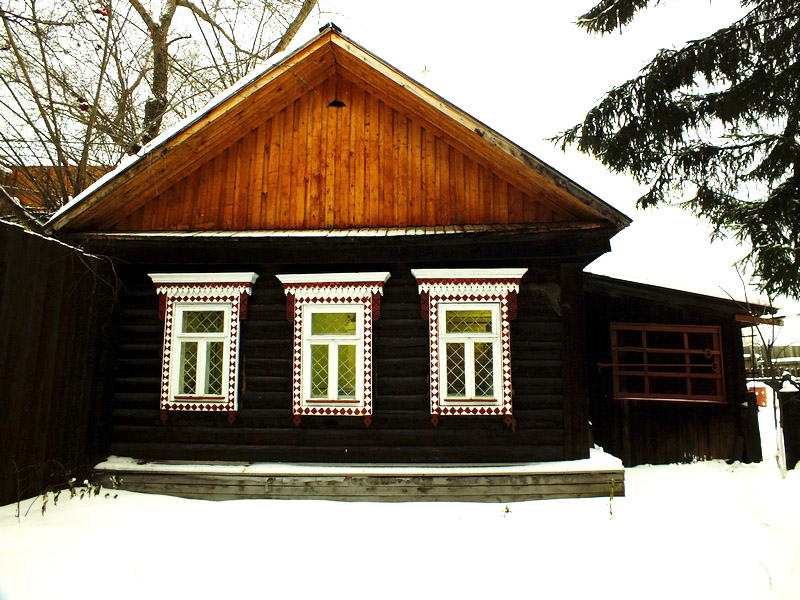
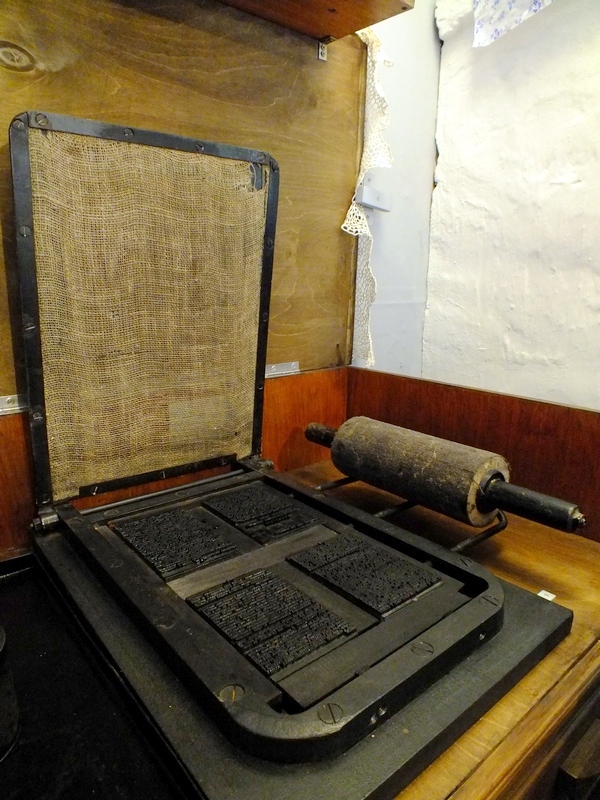
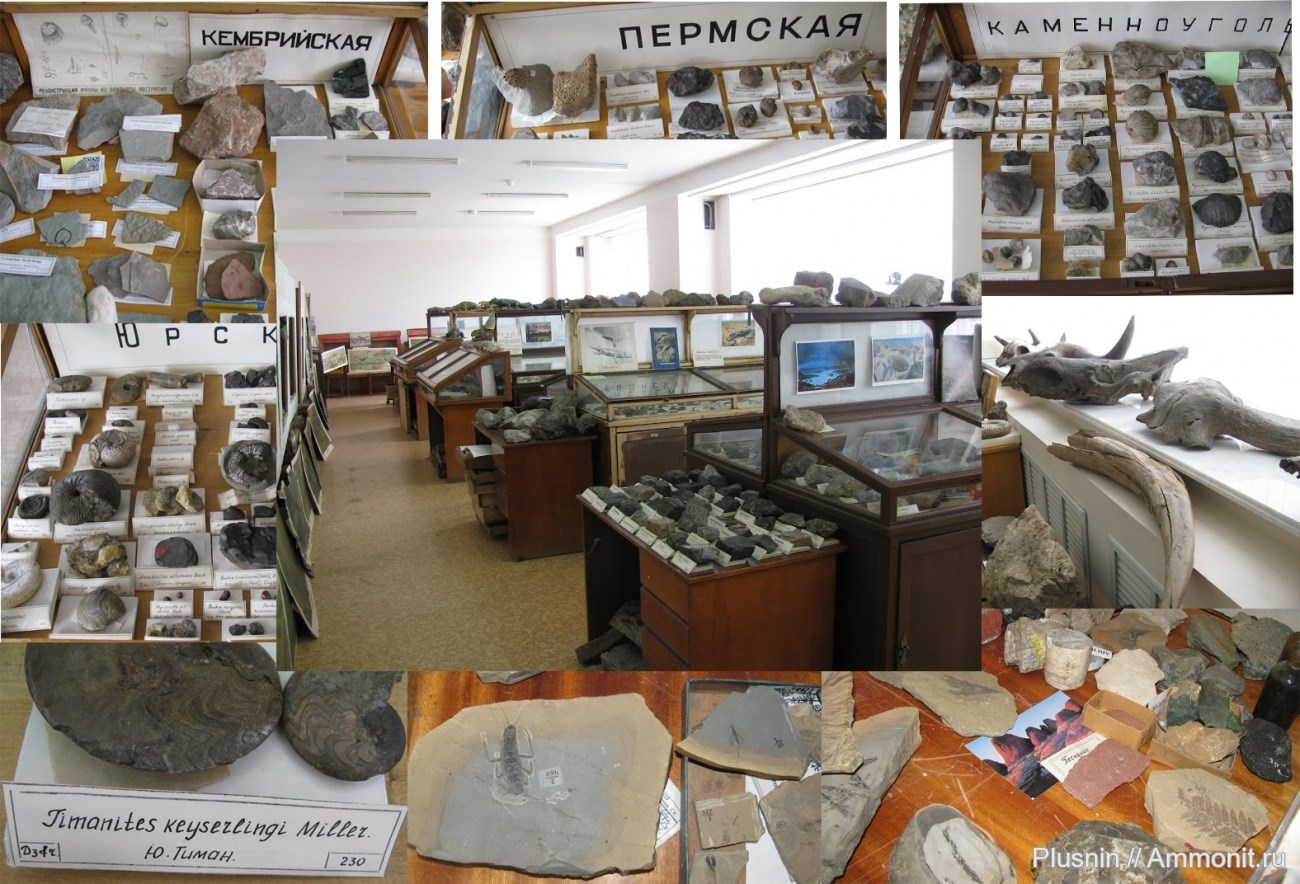
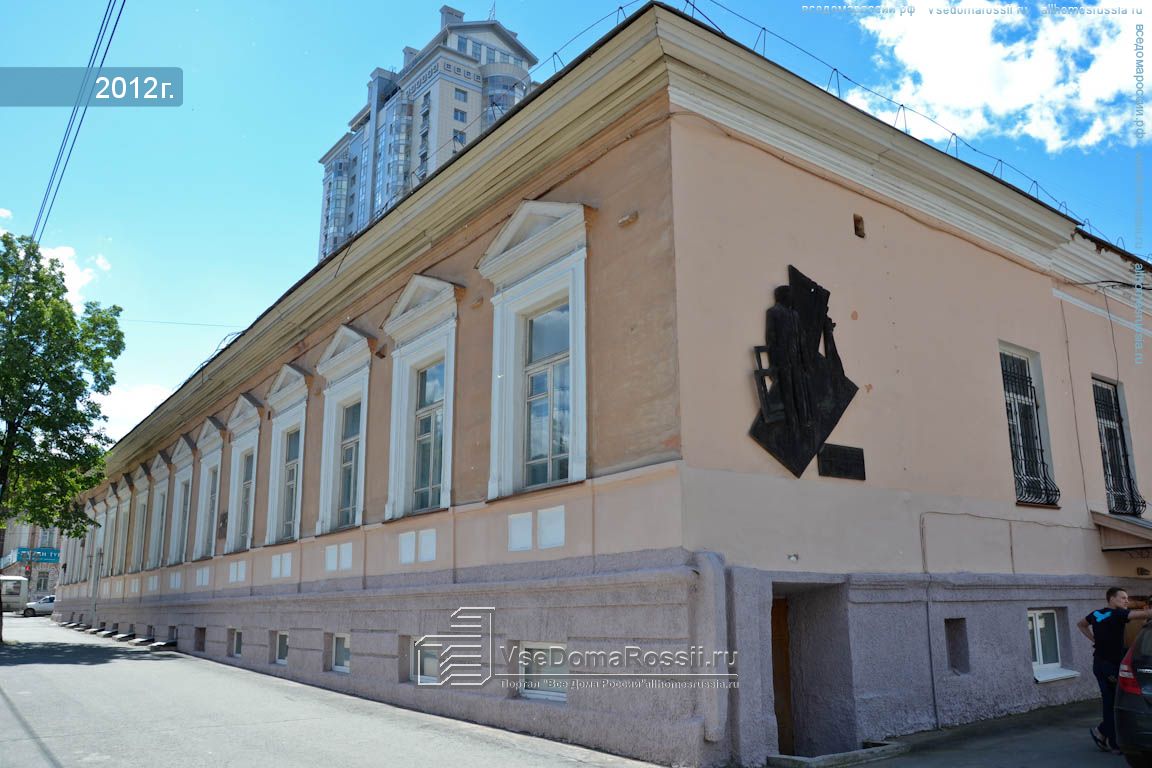
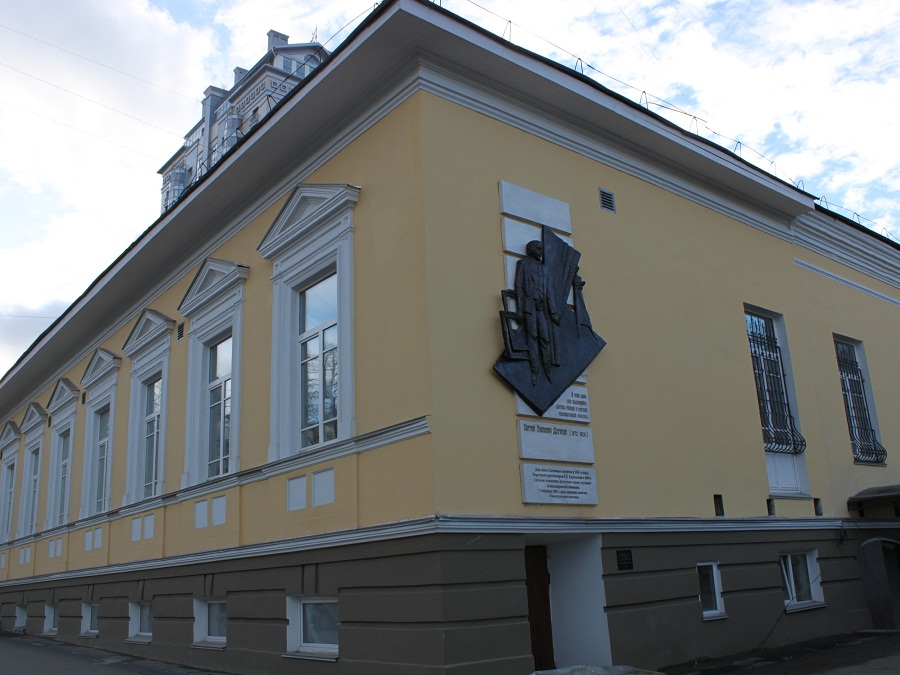
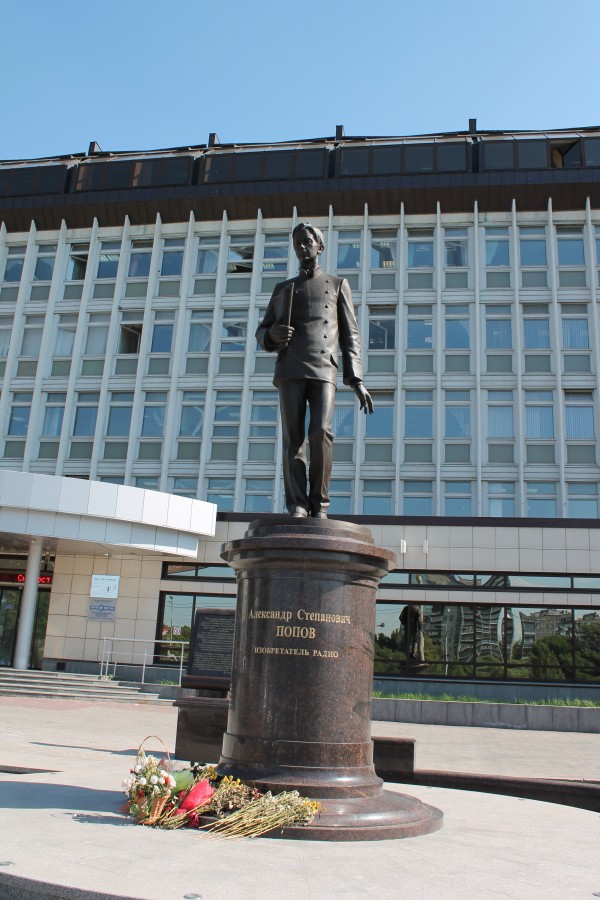
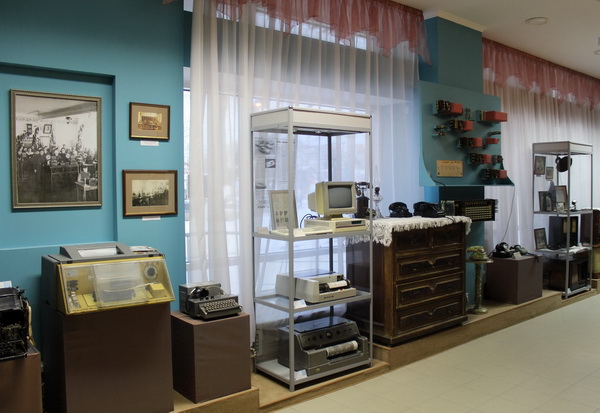
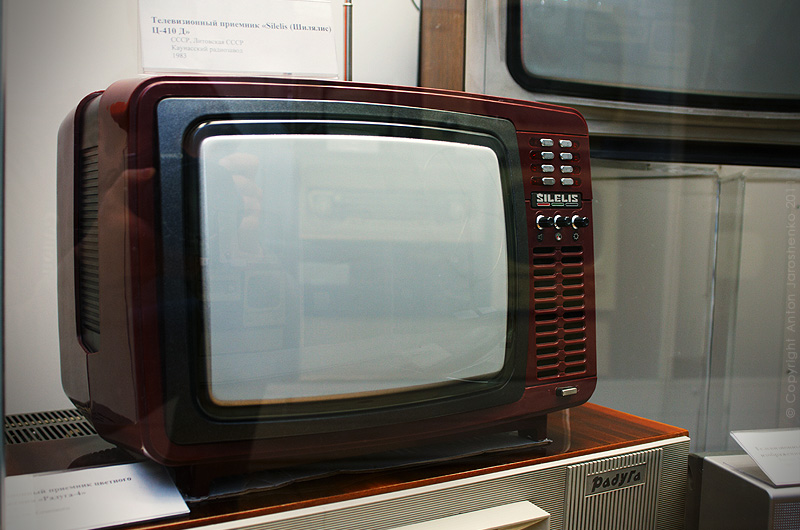
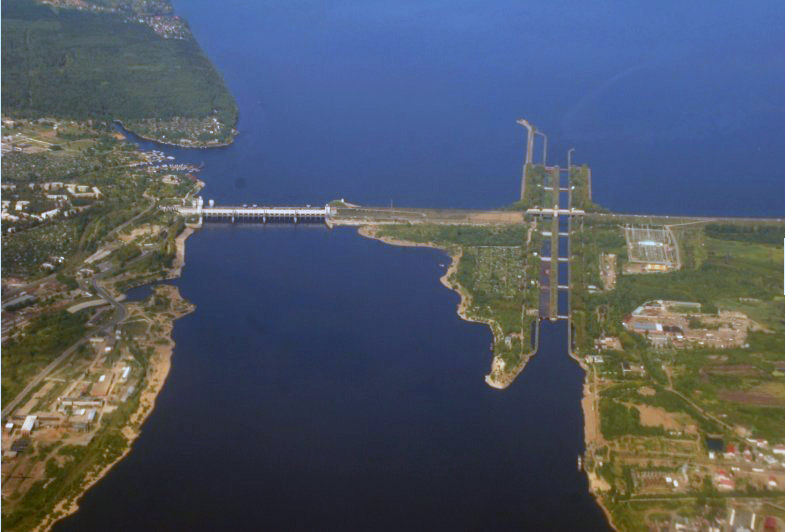
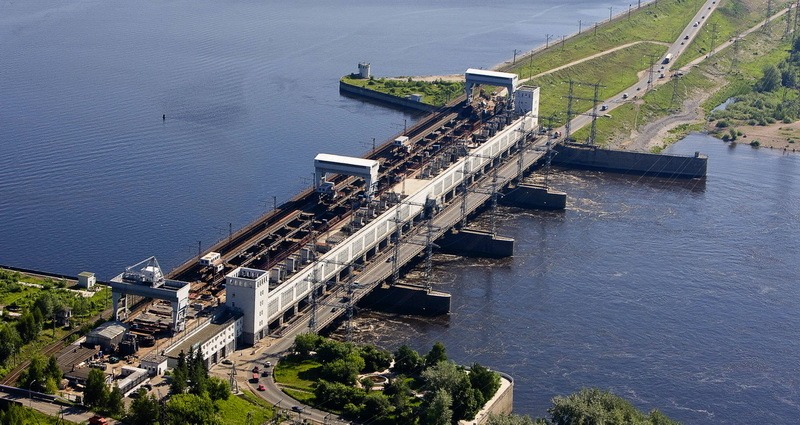
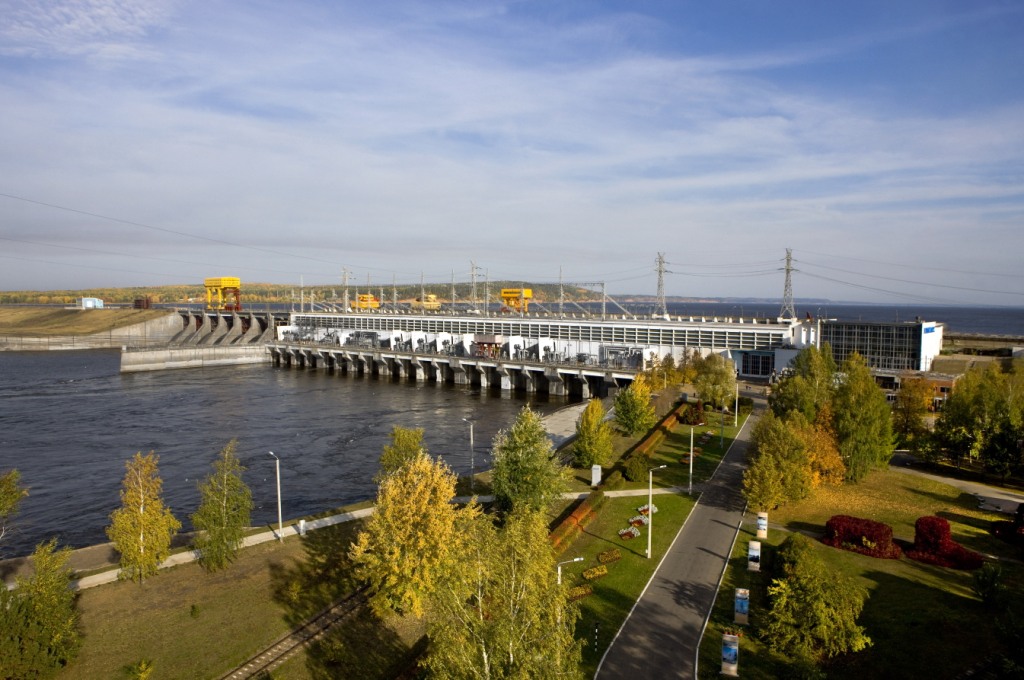
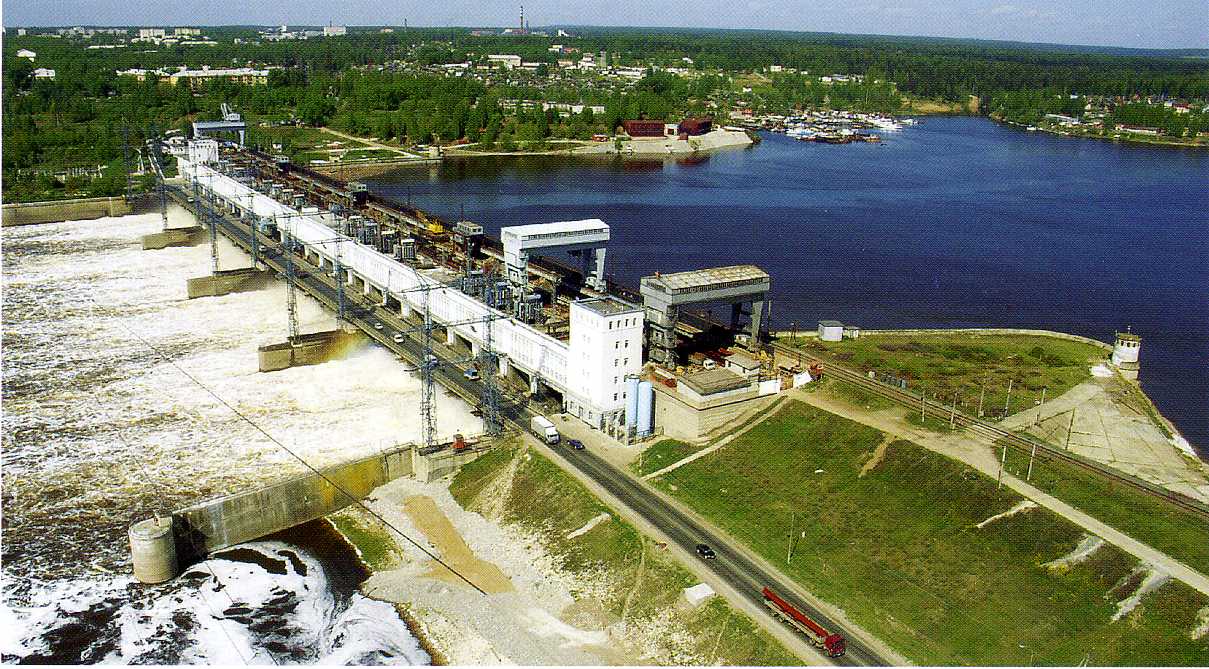
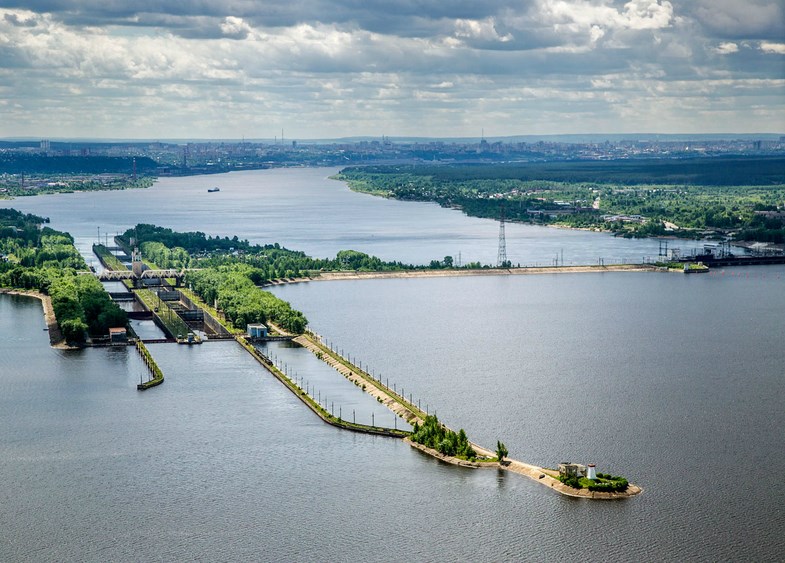
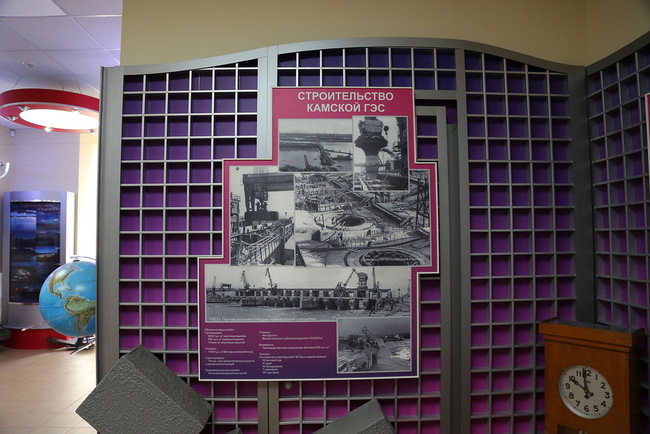
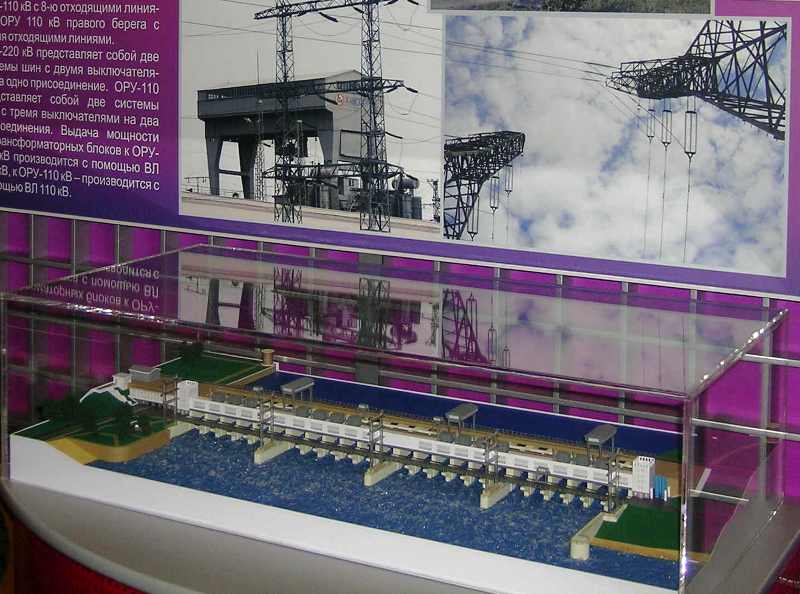
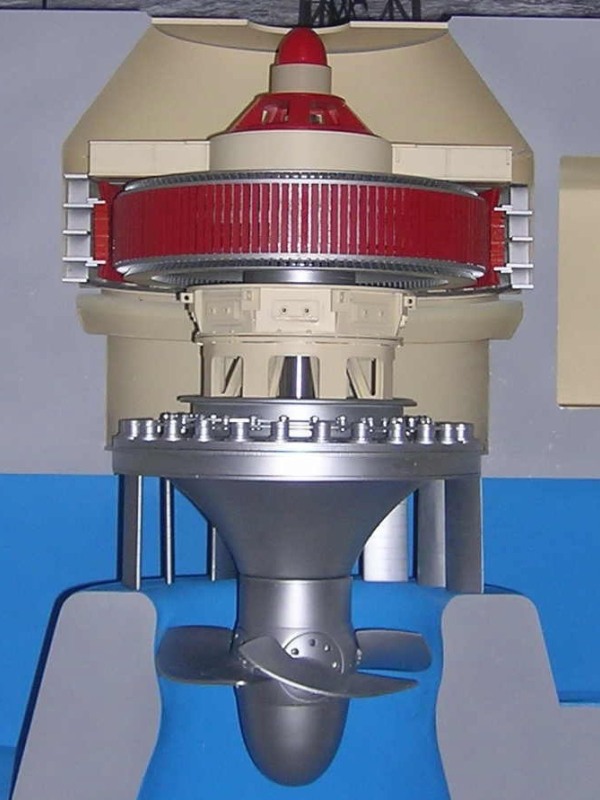

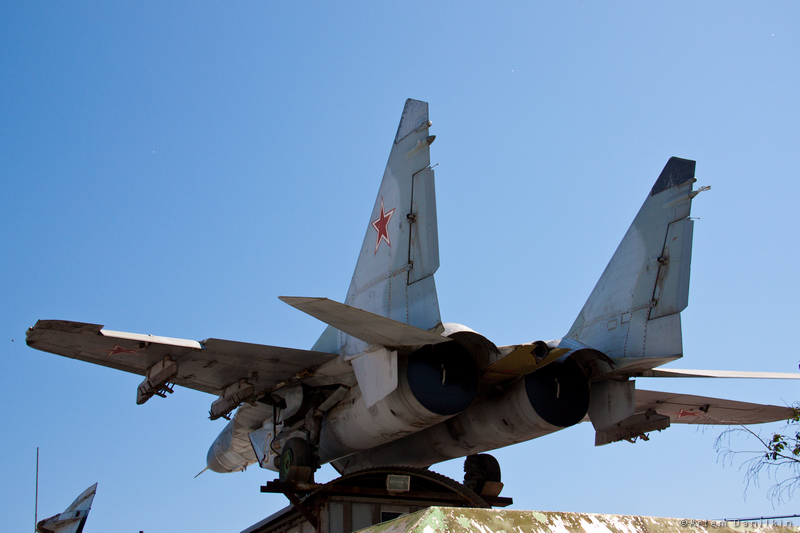
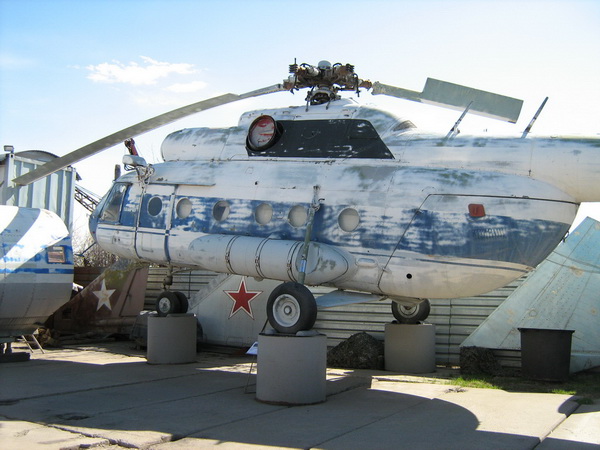
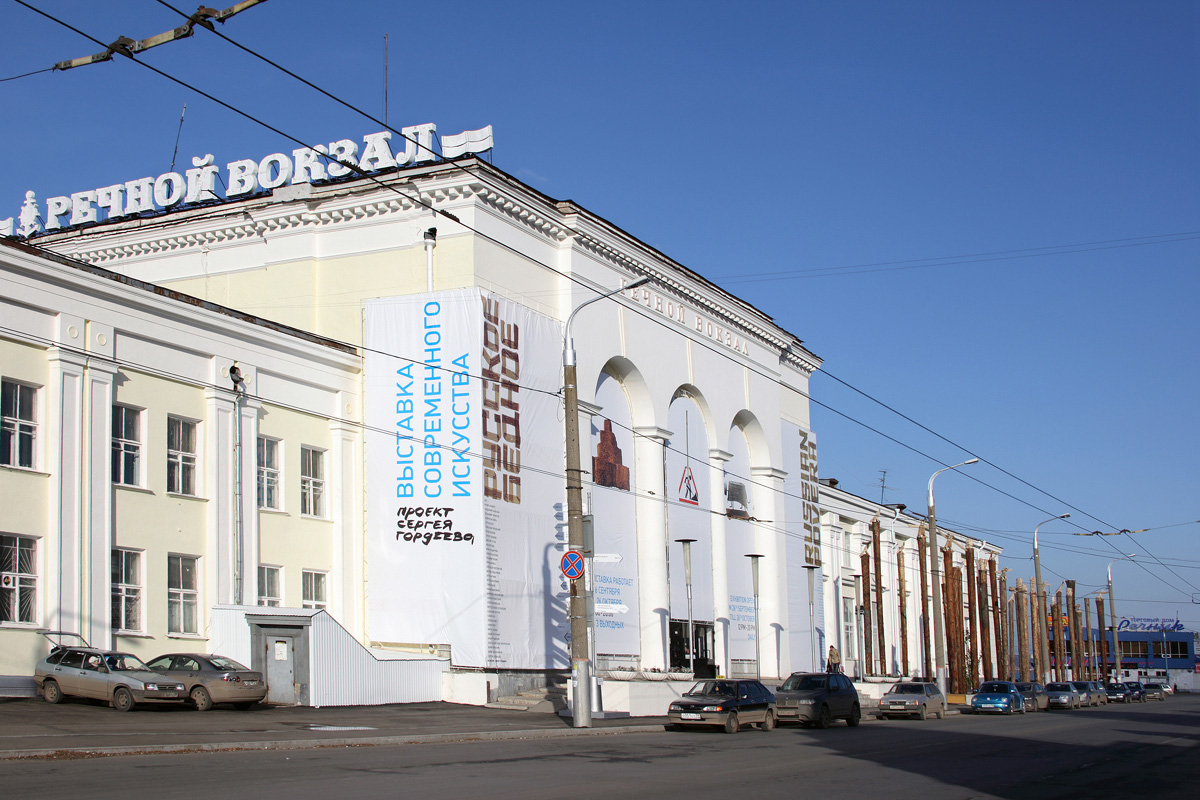
La ciudad de Perm y sus atracciones (2)
Publicado por Juan Martinez el 14 de abril de 2011 a las 20:06.
Una vez más volvemos a la ciudad de Perm para seguir conociendo uno de los destinos más bellos de la ruta del ferrocarril Transiberiano.
La ciudad industrial, dividida en dos partes por el curso del río Kama, fue famosa por sus fábricas de municiones y las disputas entre los bandos que pelearon en la guerra civil rusa, cuando finalmente ganaron los bolcheviques.
En la etapa del gobierno soviético Perm experimentó un importante crecimiento económico y turístico. La ciudad se mantuvo siempre como un núcleo industrial y la gran mayoría de sus pobladores trabaja en alguno de los establecimientos allí dispuestos.
Pero aprovechando la riqueza de la región en los últimos años ha crecido a nivel exponencial la oferta cultural y natural de la región de Perm, ofreciendo excelentes recorridos y exposiciones como las que se realizan en la Galería de Arte Estatal de Perm que se emplazó en el edificio de una antigua catedral ortodoxa del siglo XIX, o la ruta por las Cuevas de Perm compuesta por más de 800 cuevas entre las que destacan los recorridos por Kungur y Ordynskaya.
http://www.absolutrusia.com/la-ciudad-de-perm-y-sus-atracciones-2/
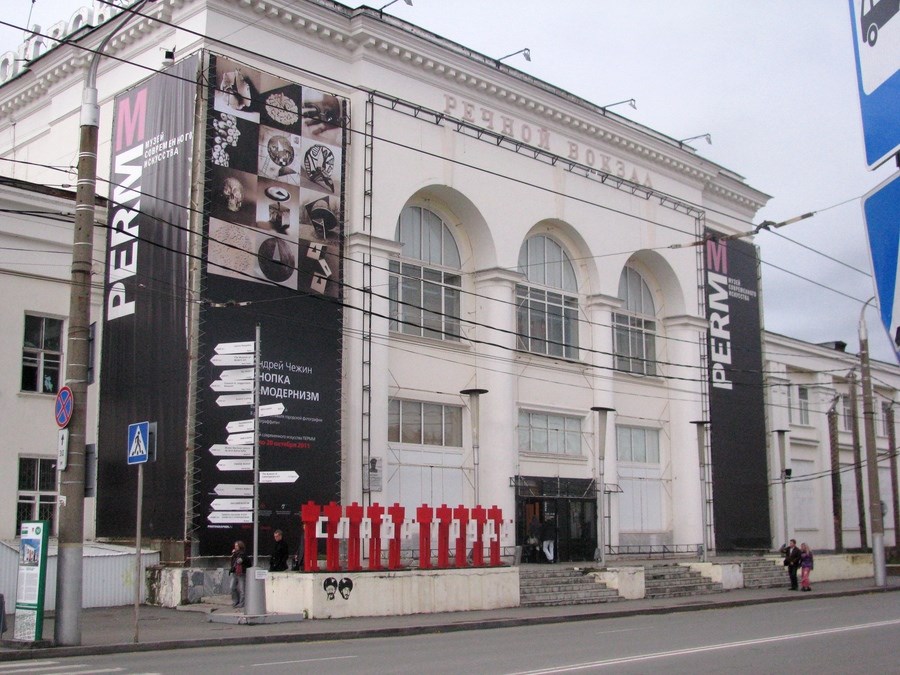
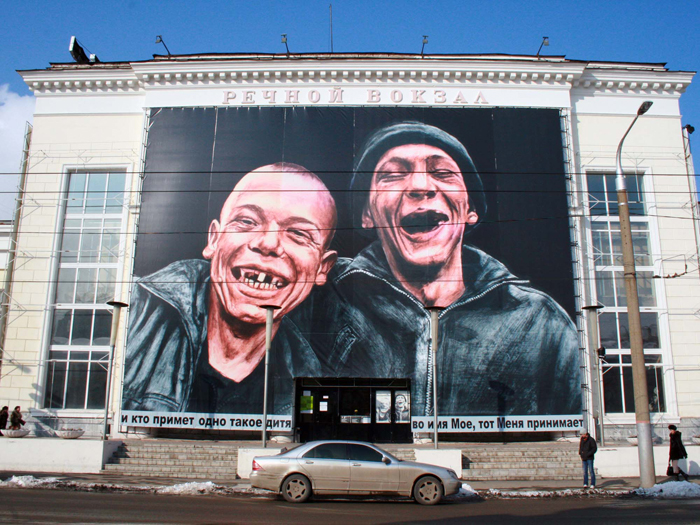
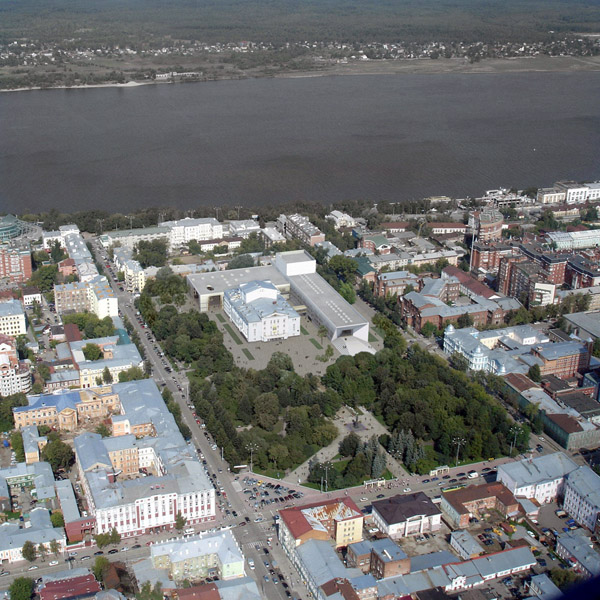
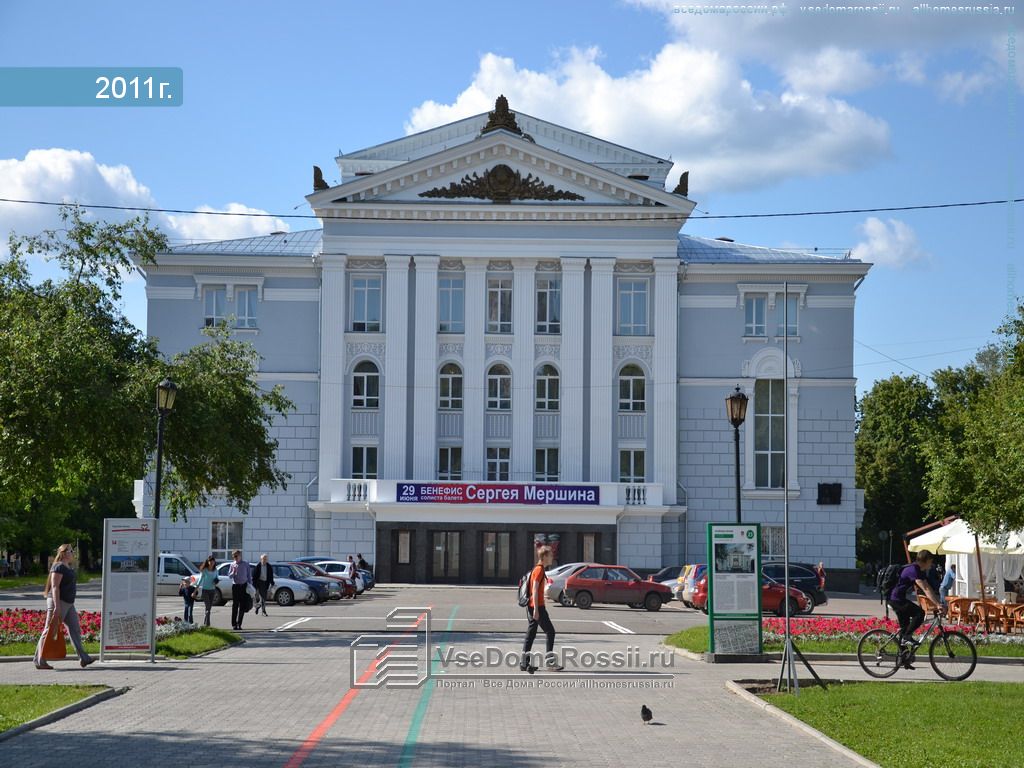
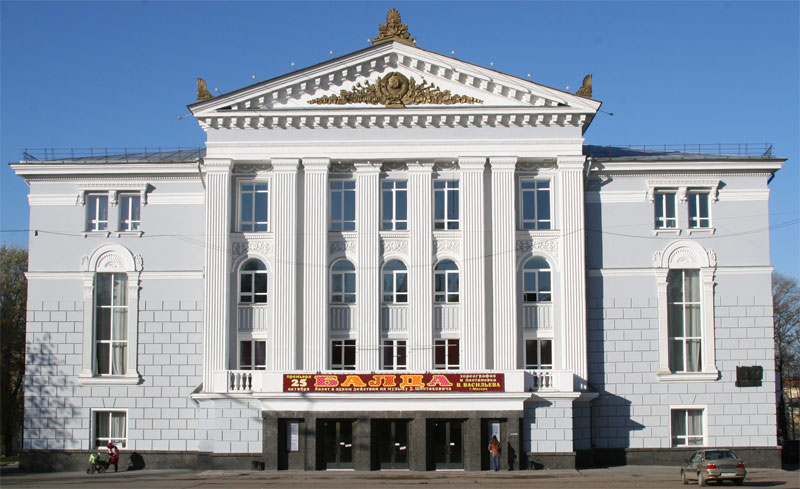
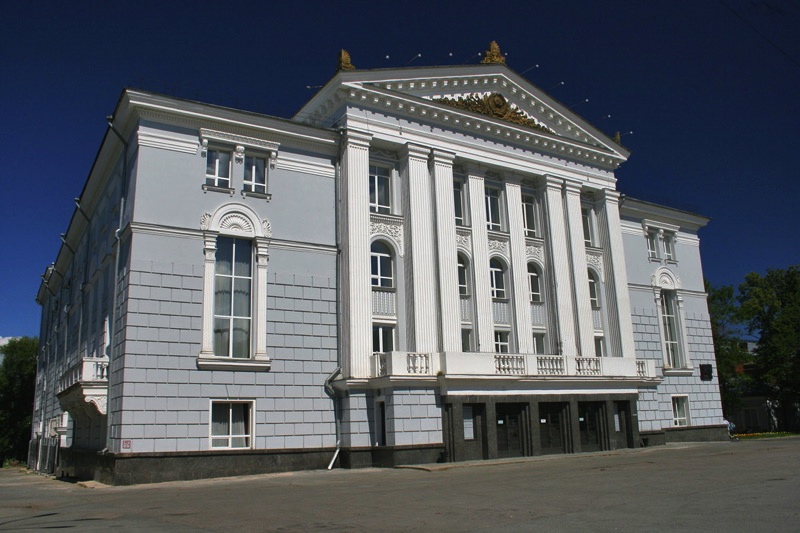
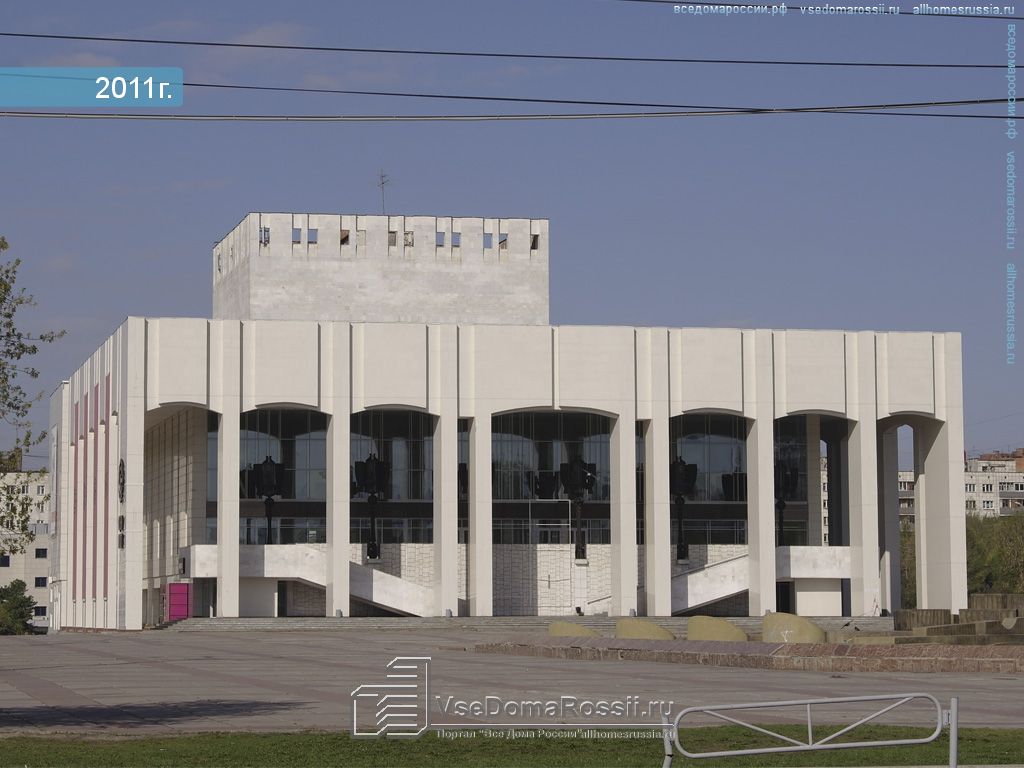
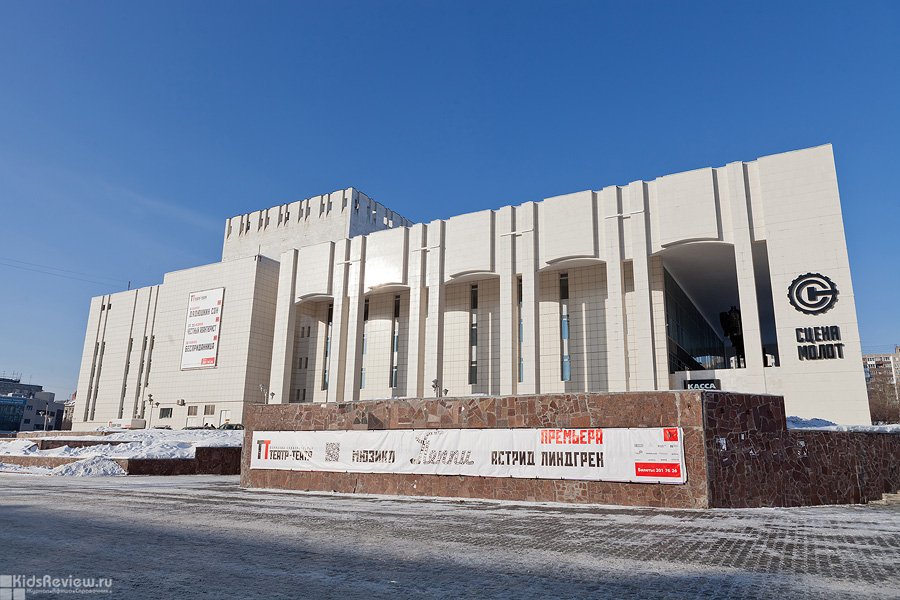
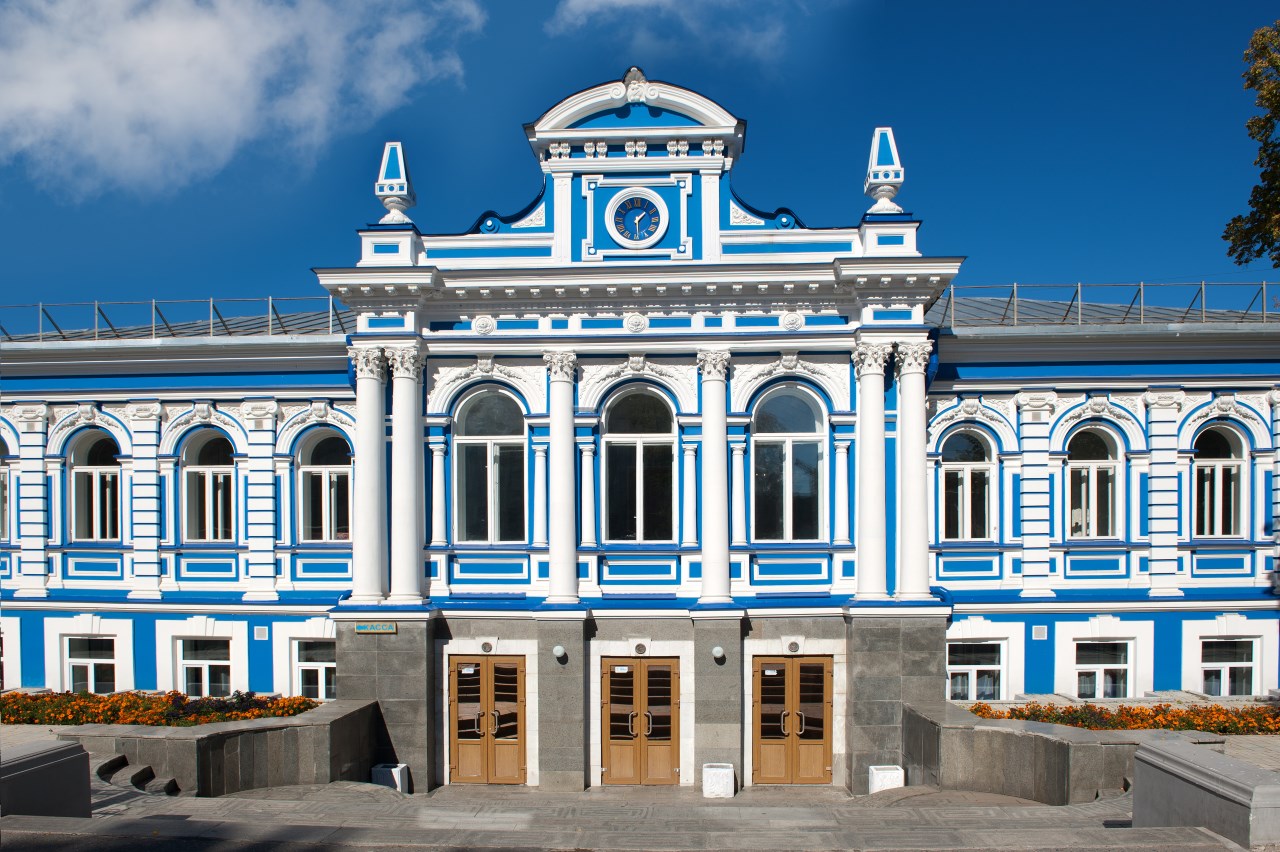
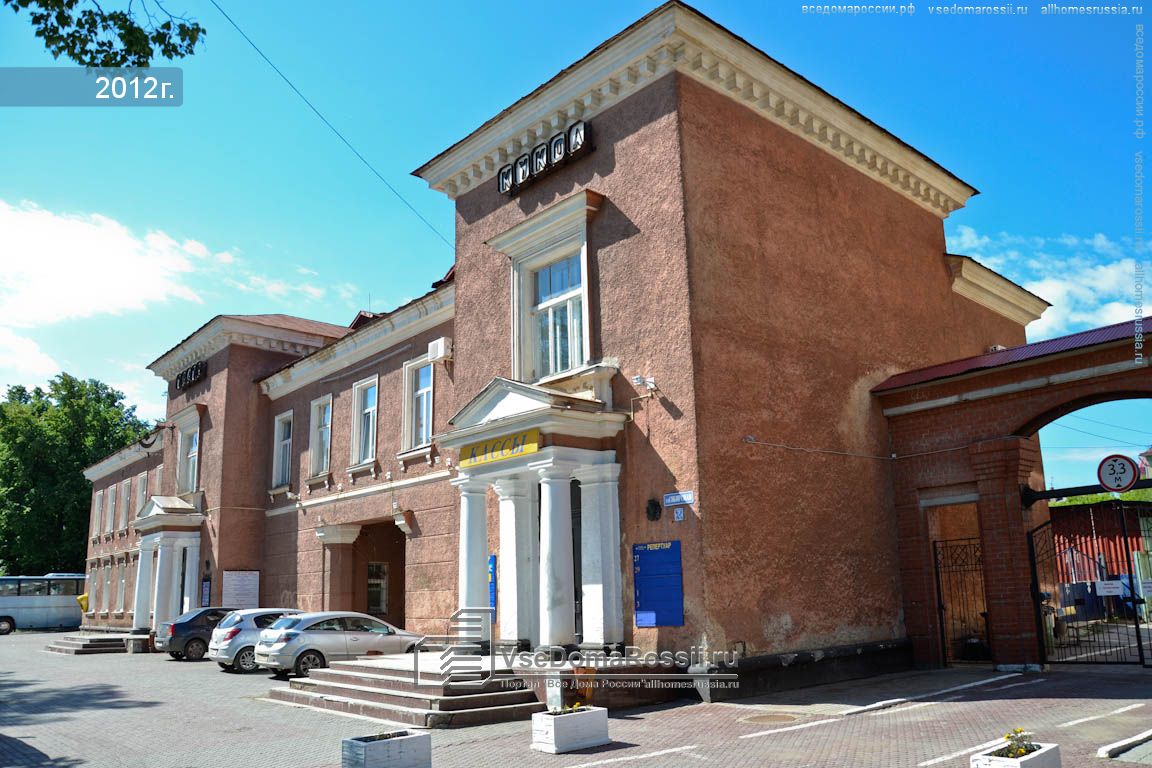

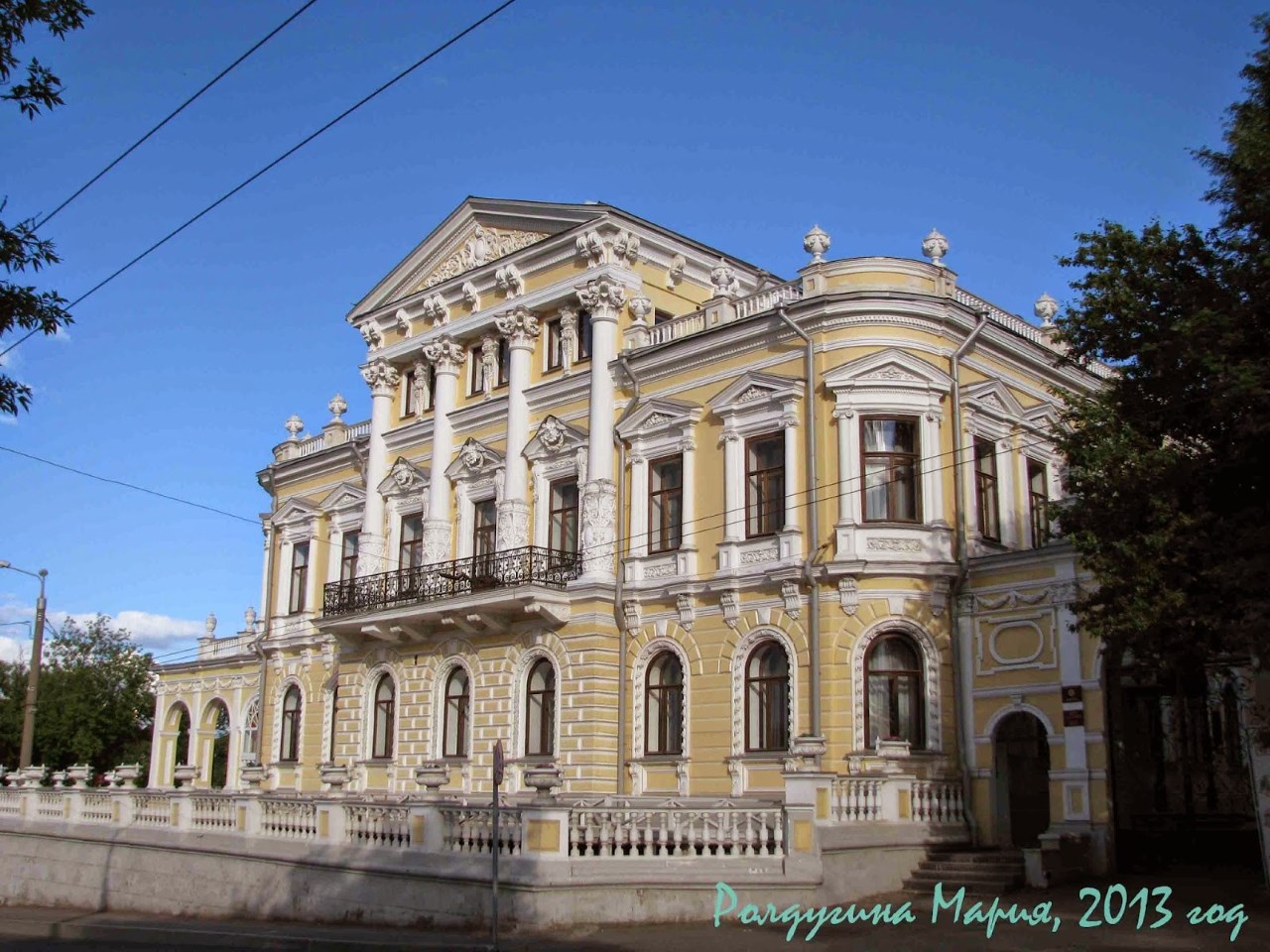
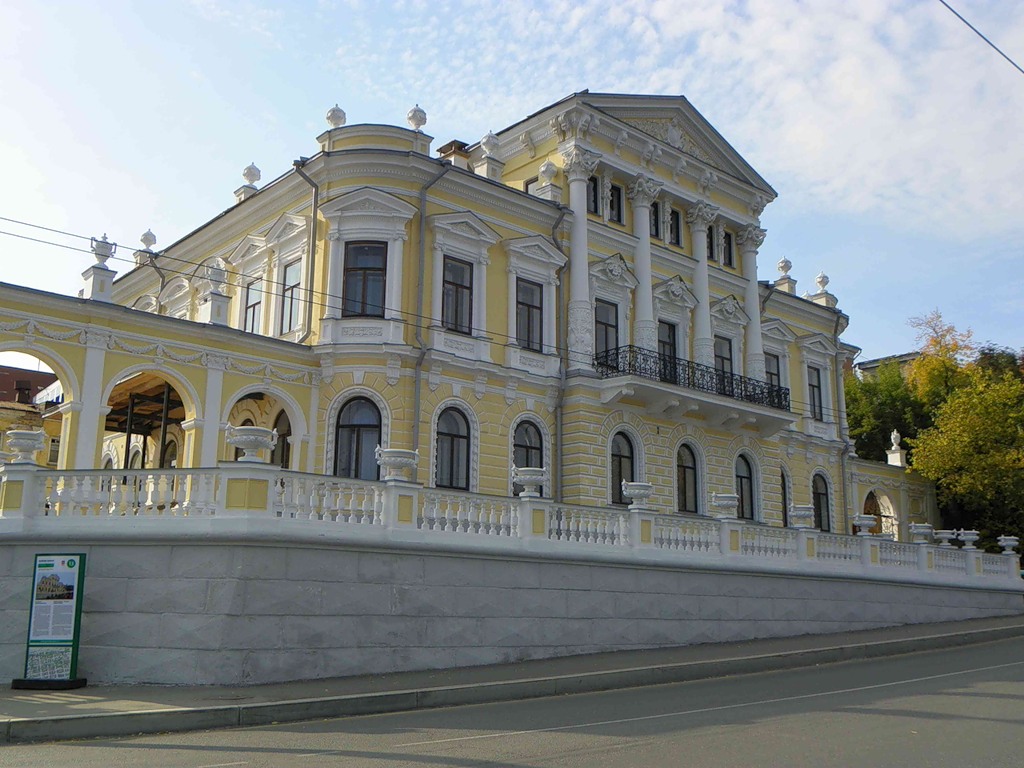

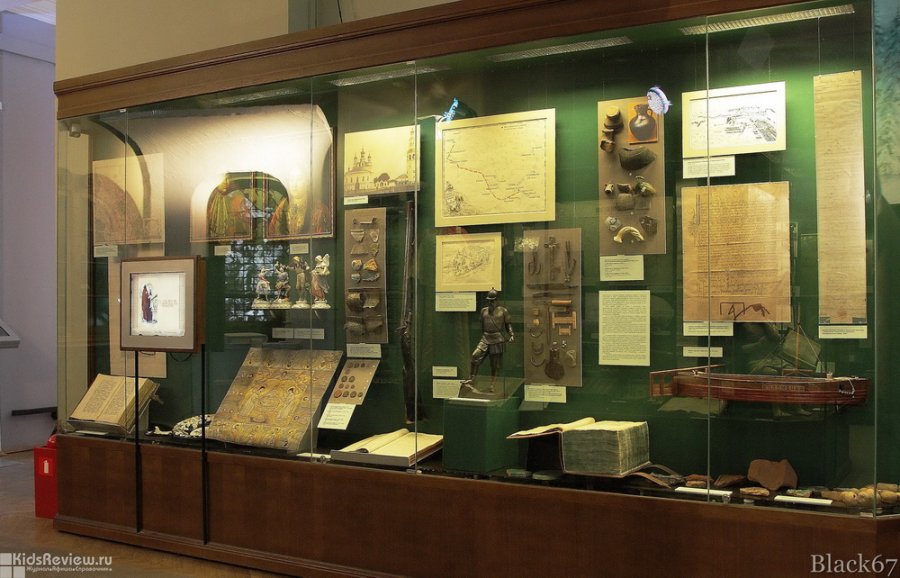
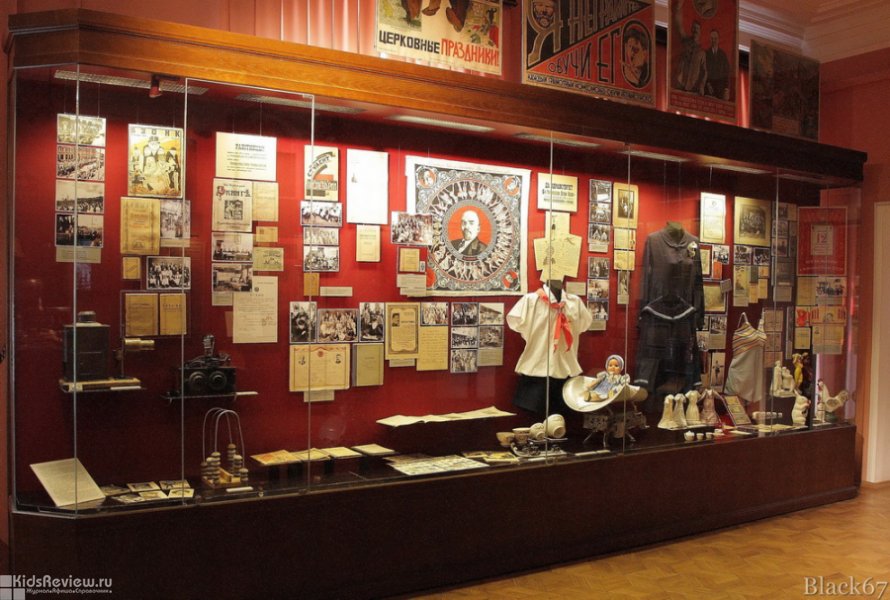
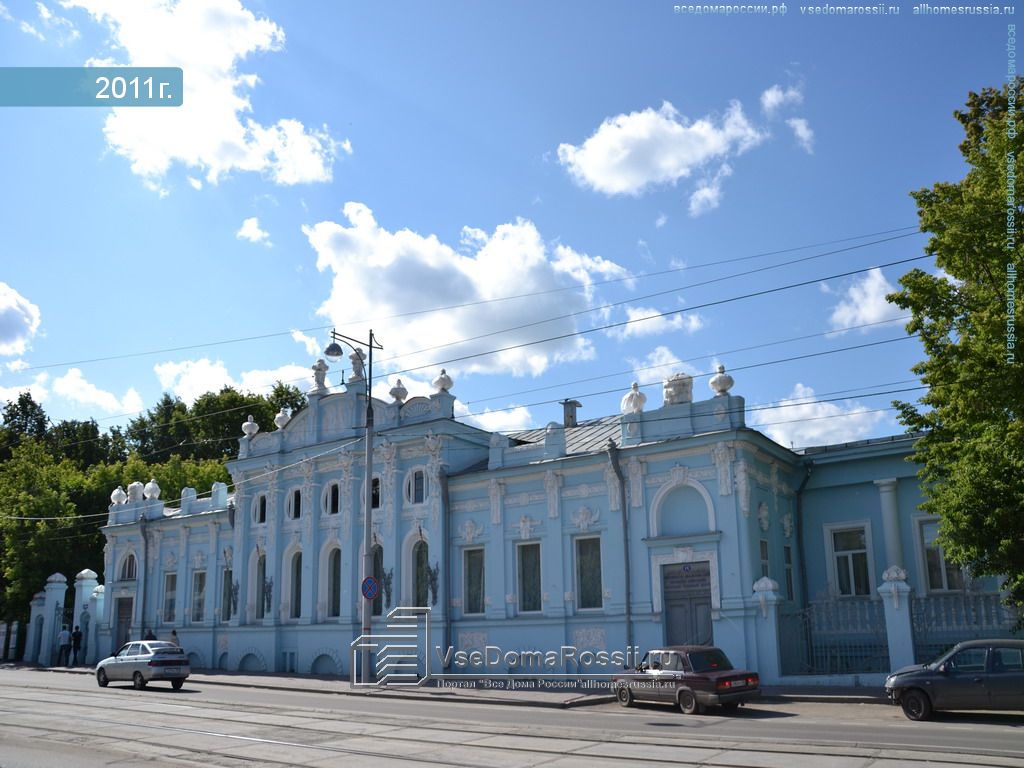
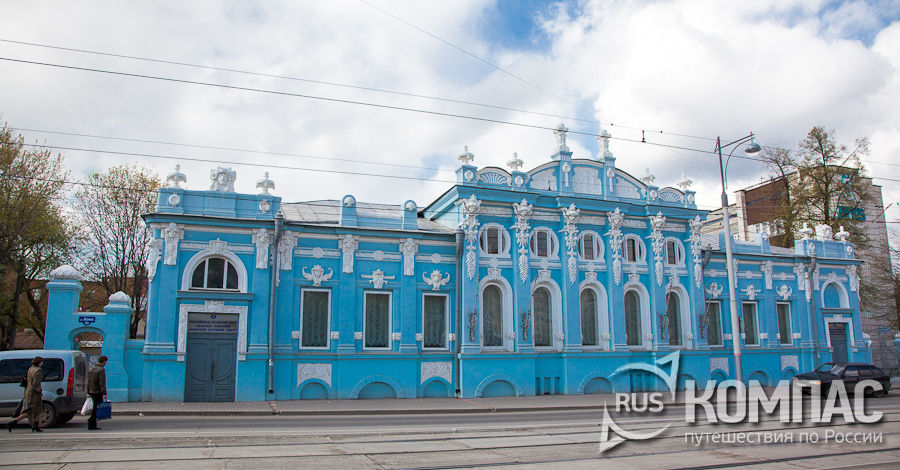
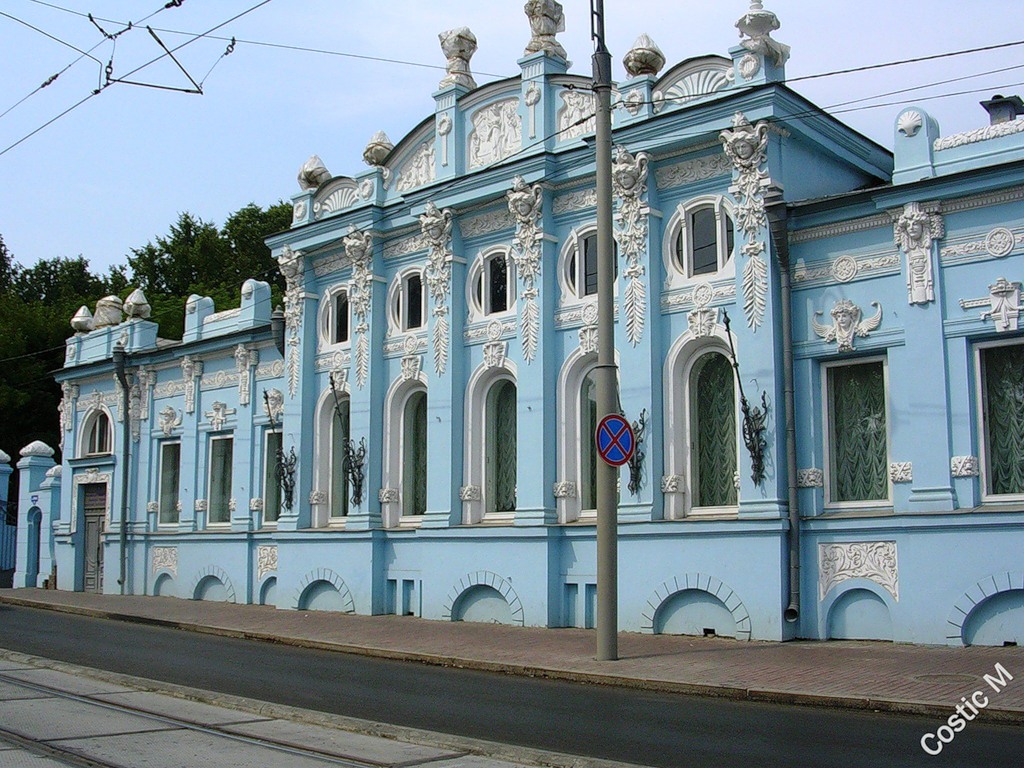
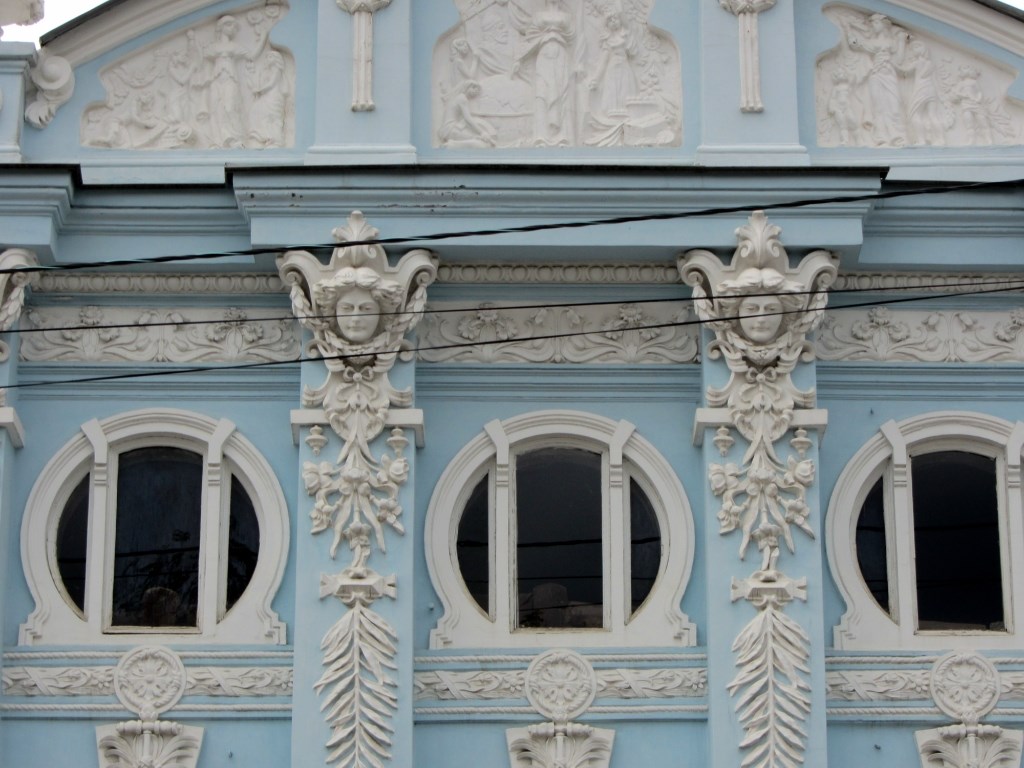
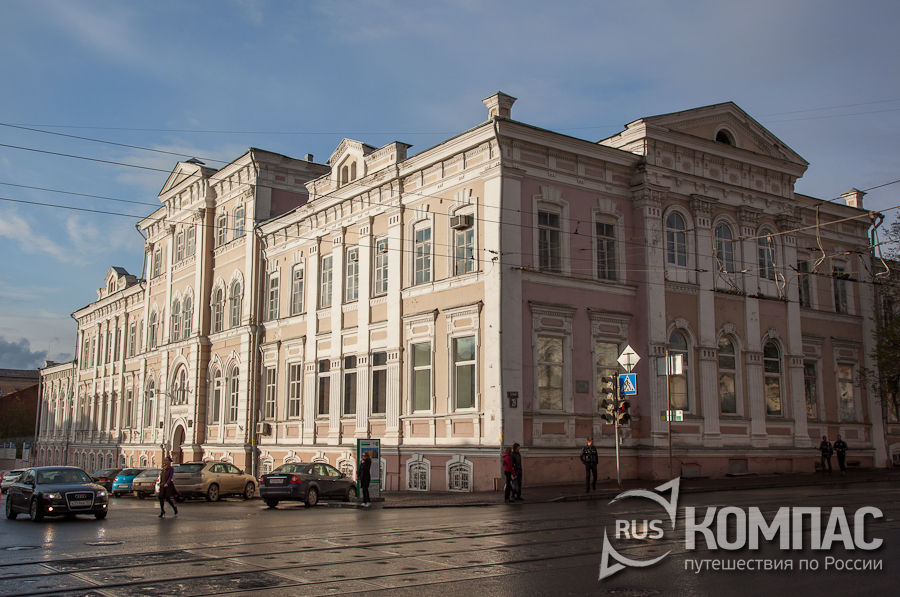
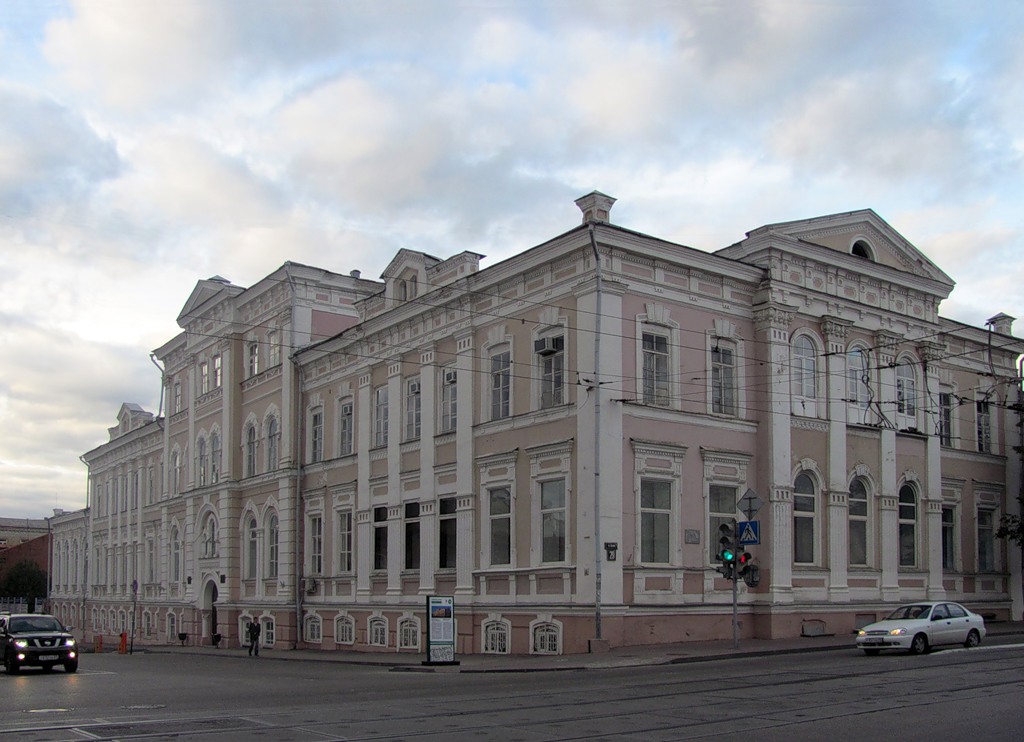
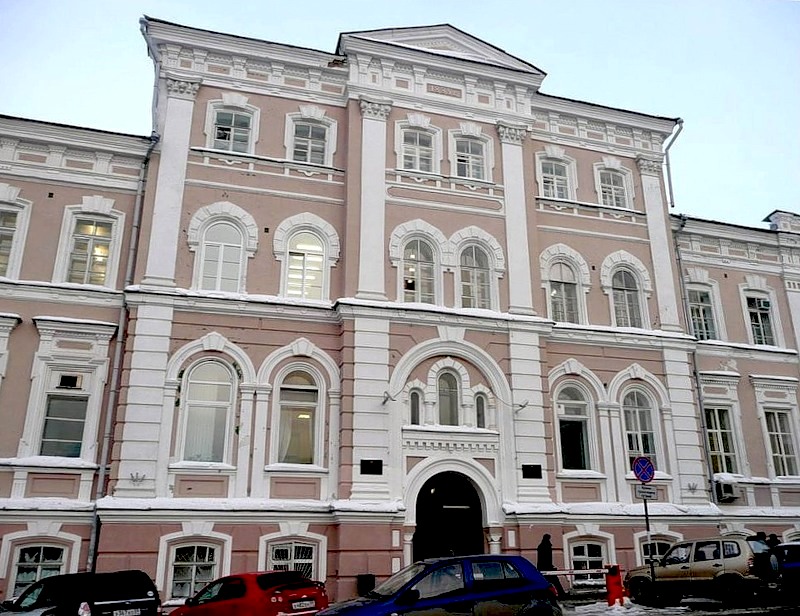
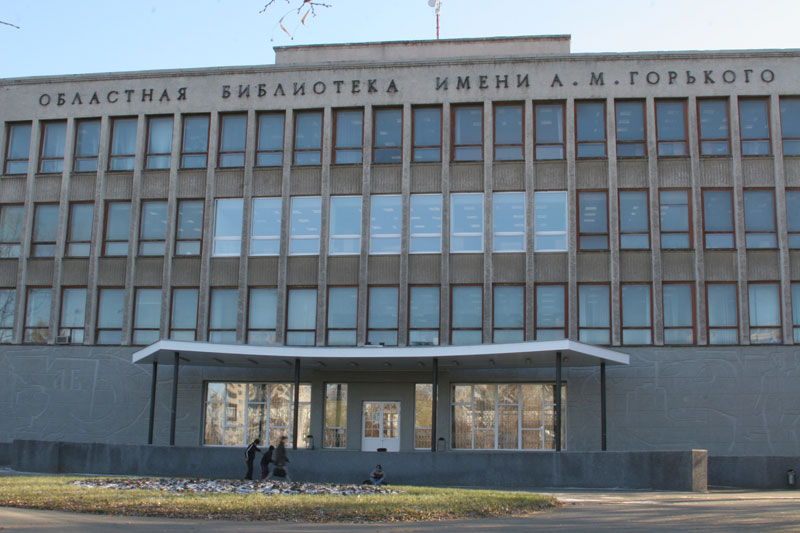
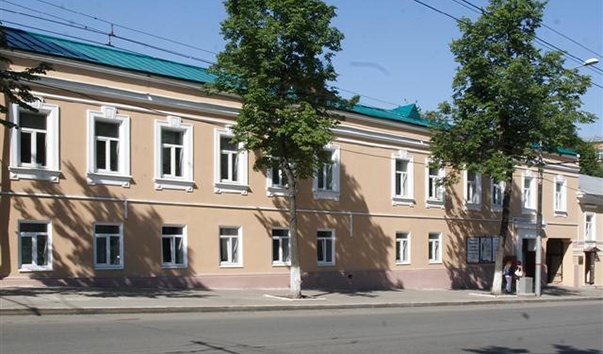
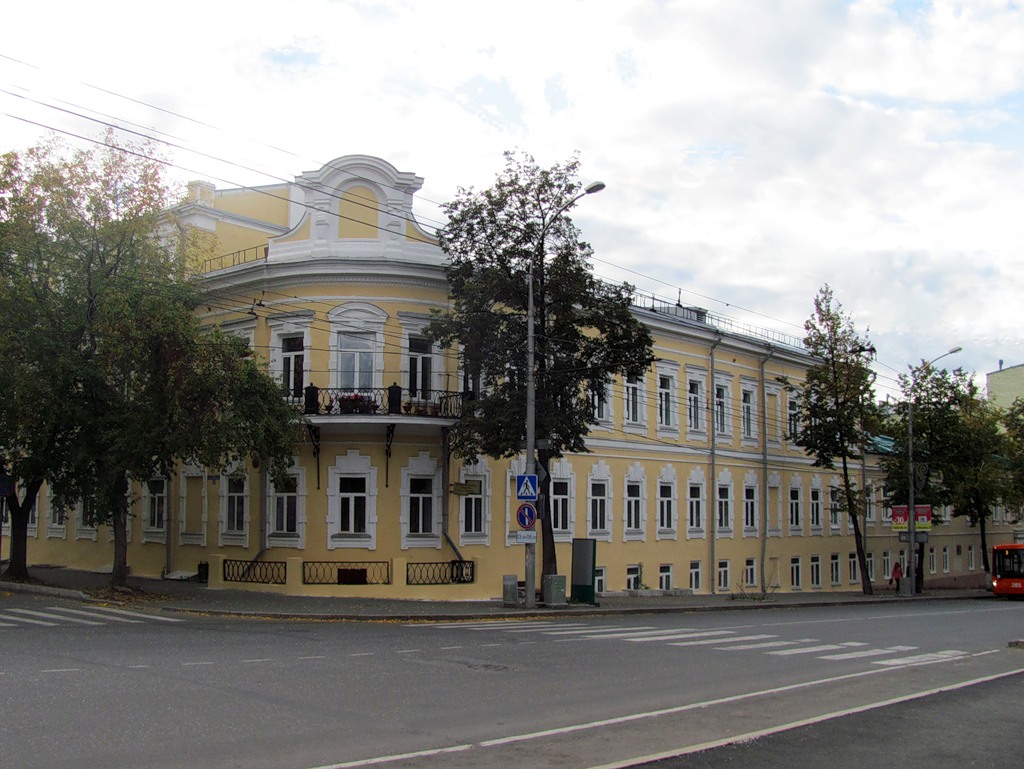
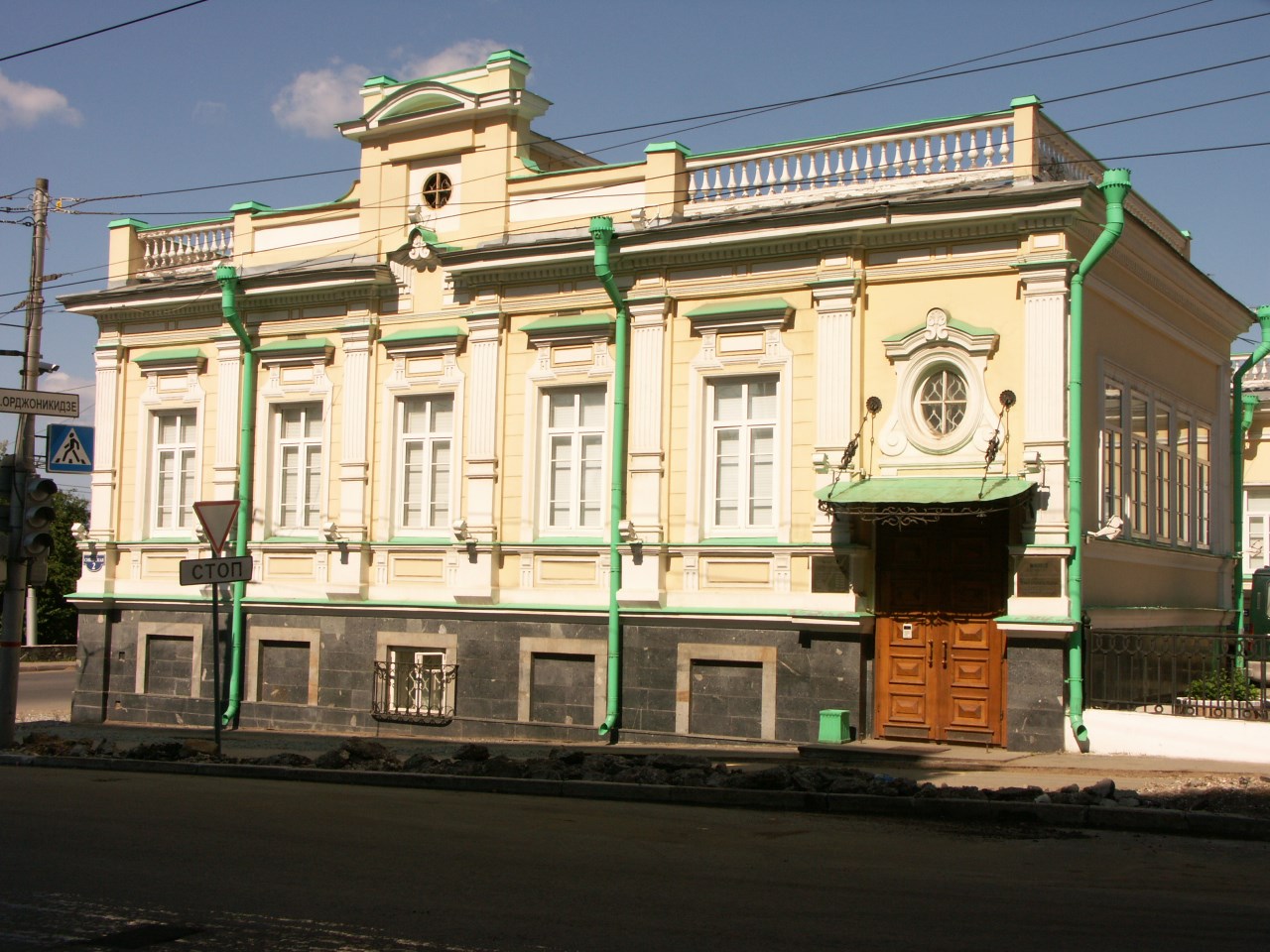
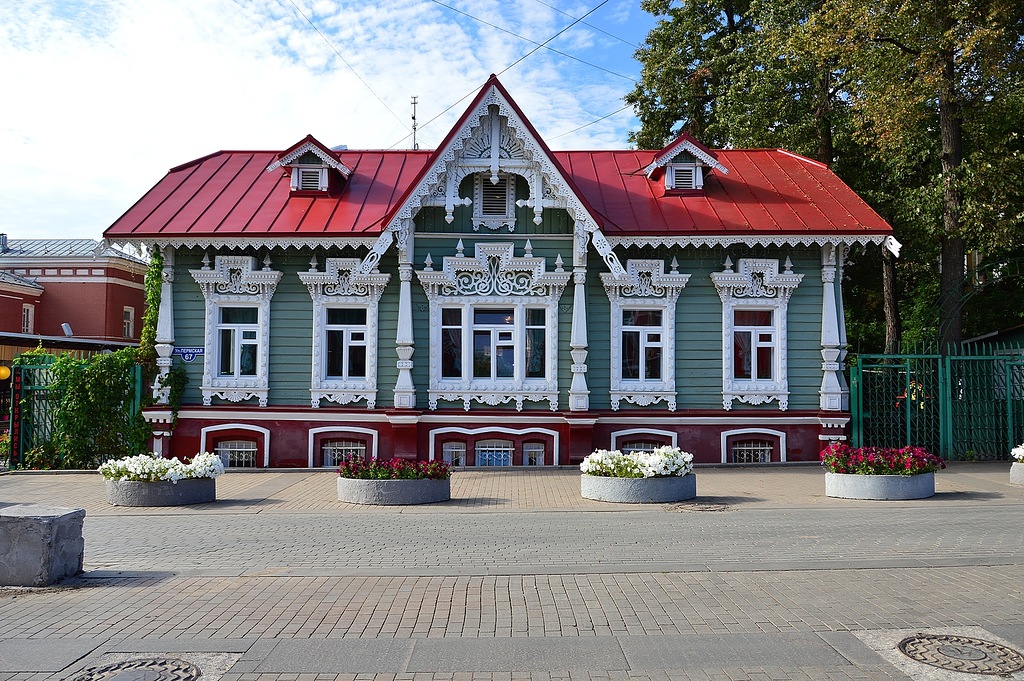
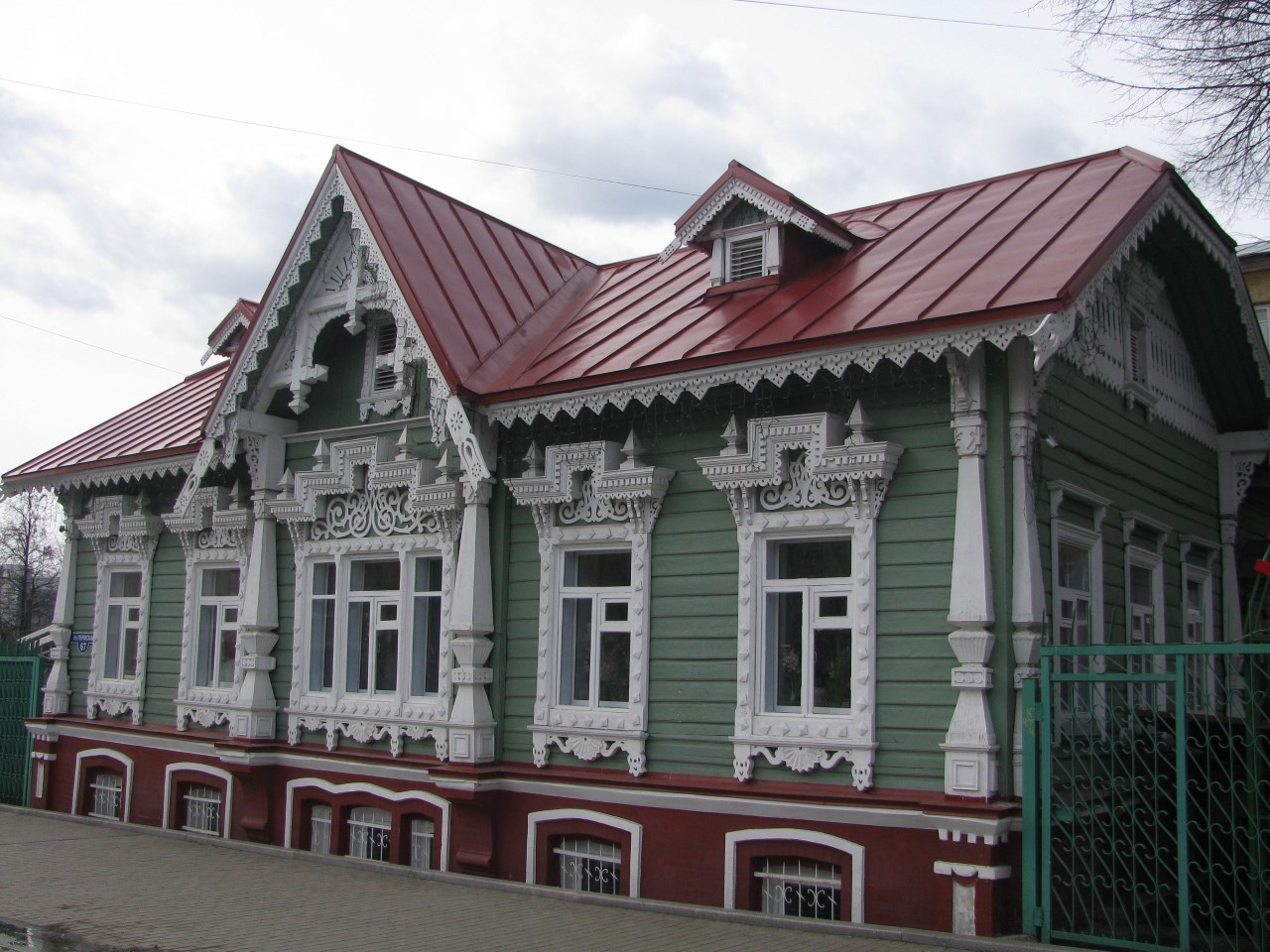
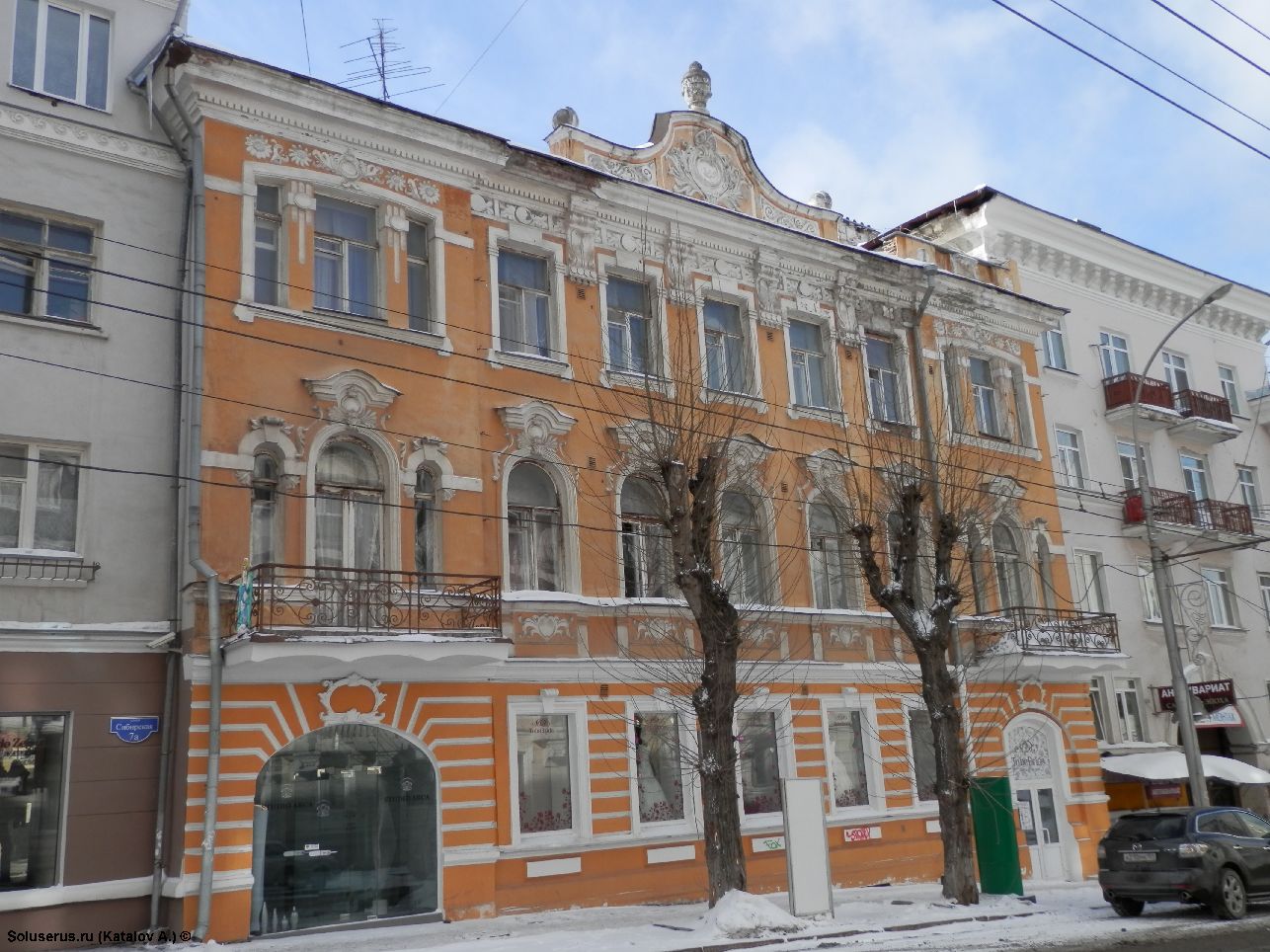
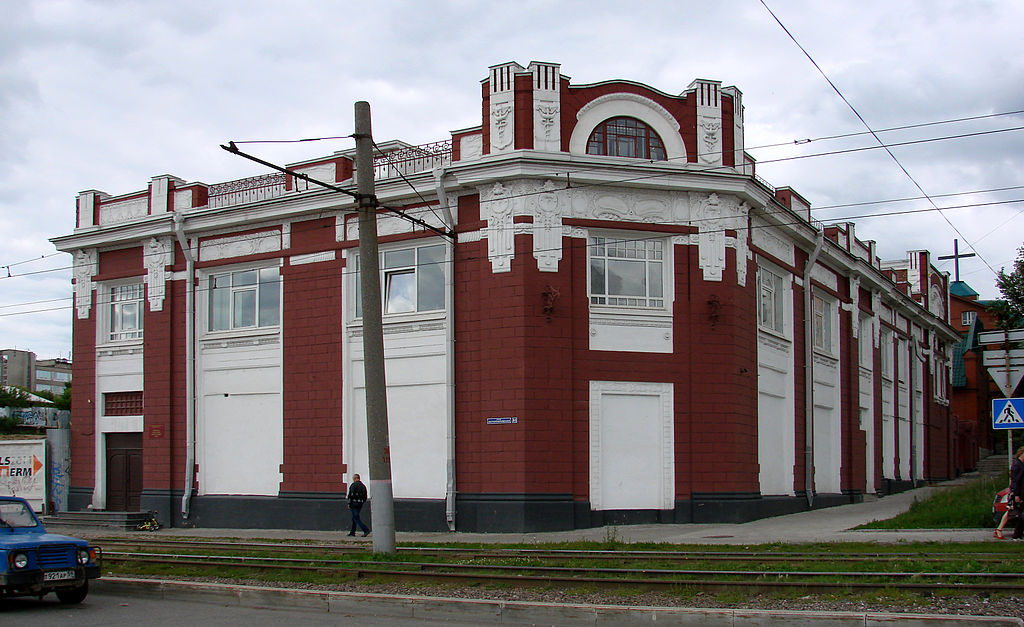
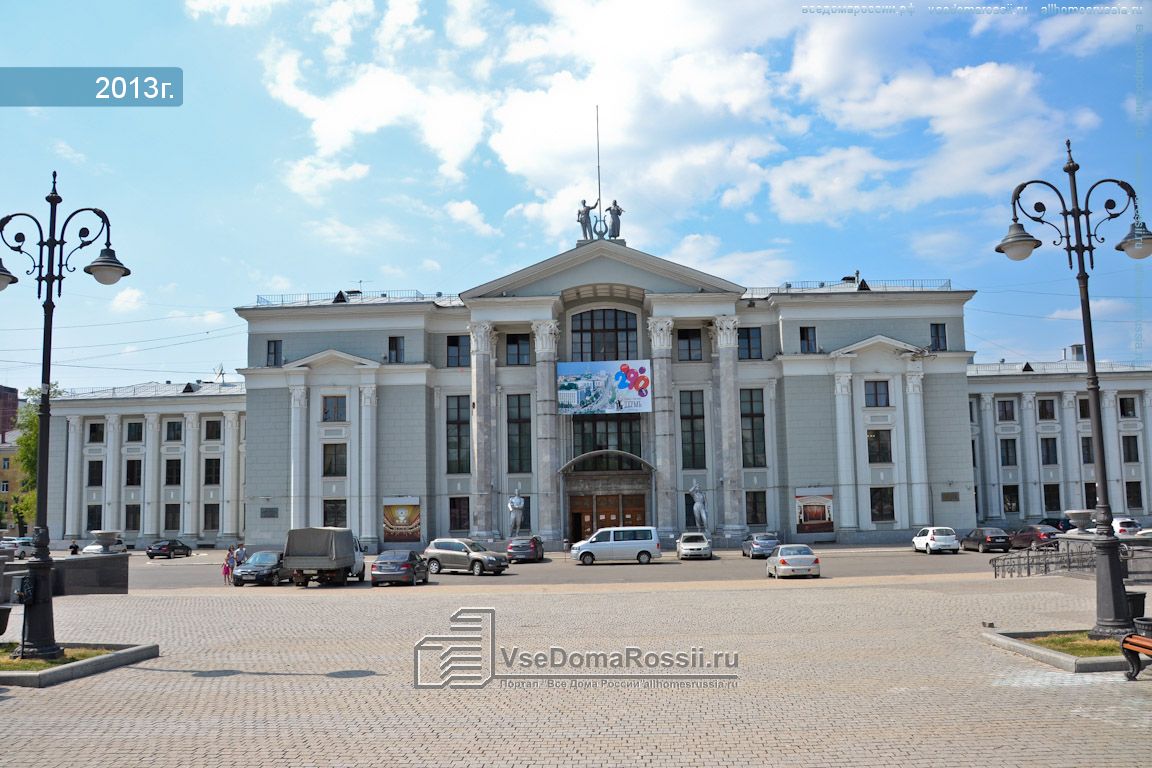
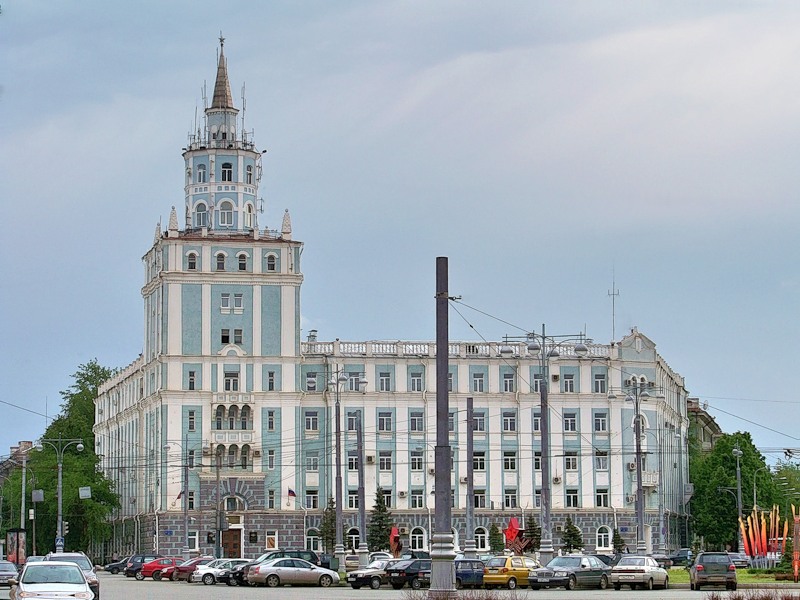
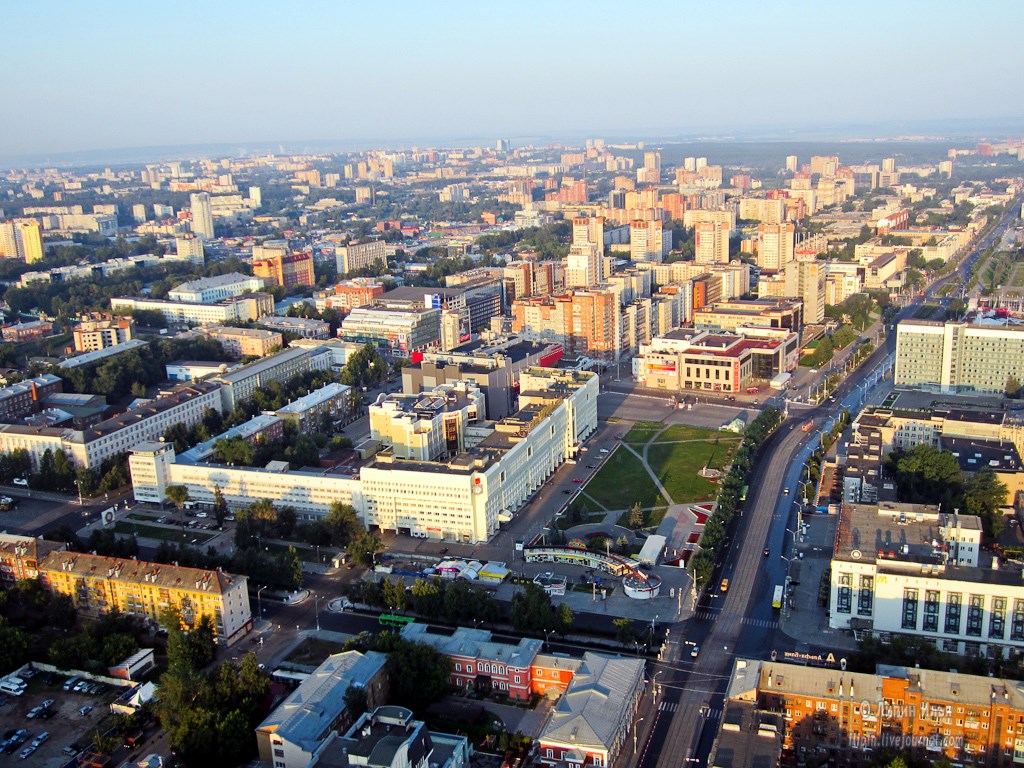
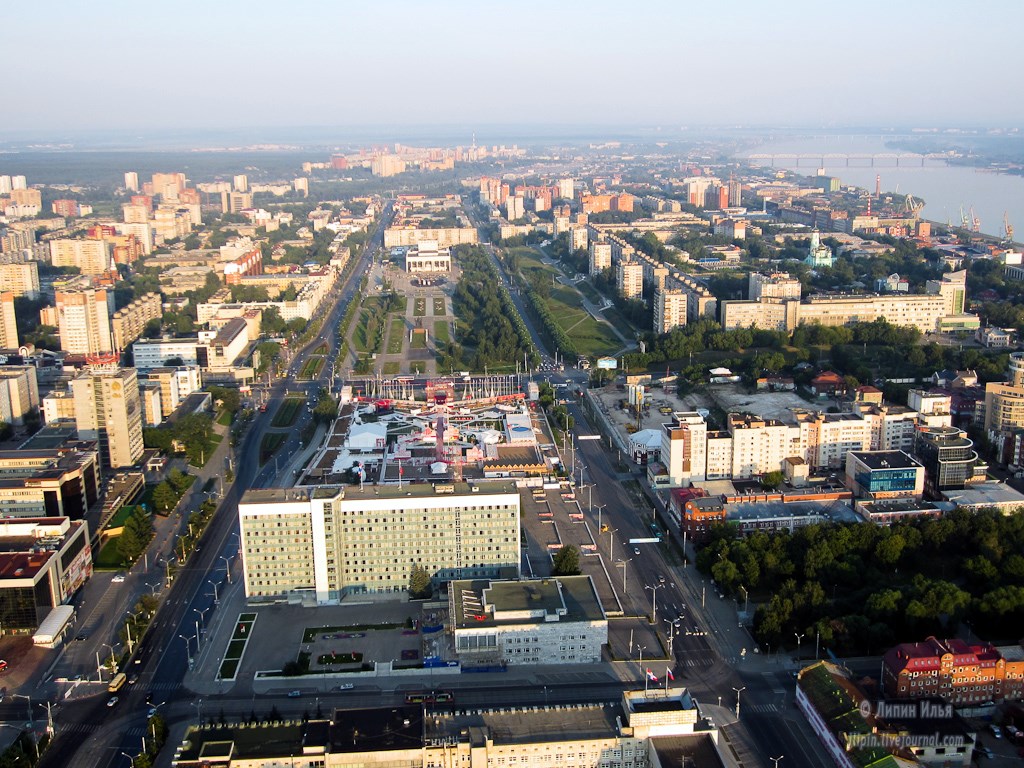
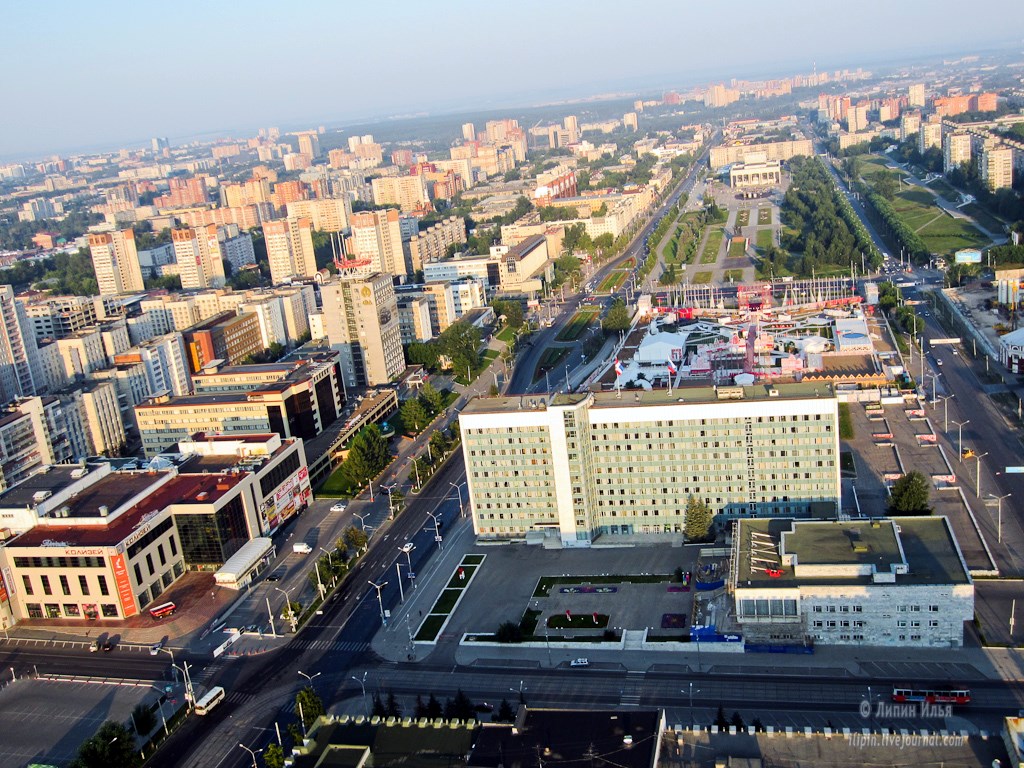
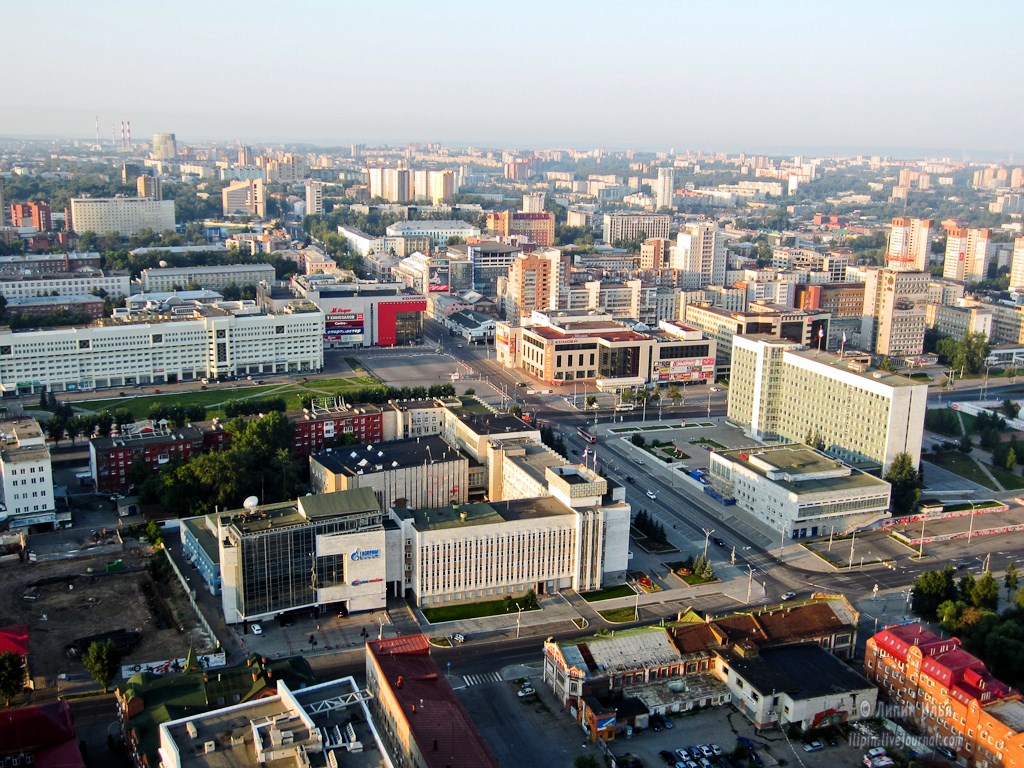
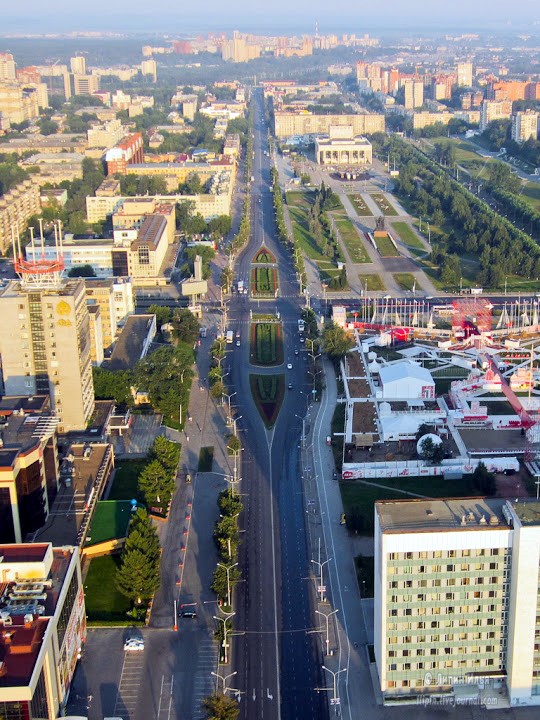
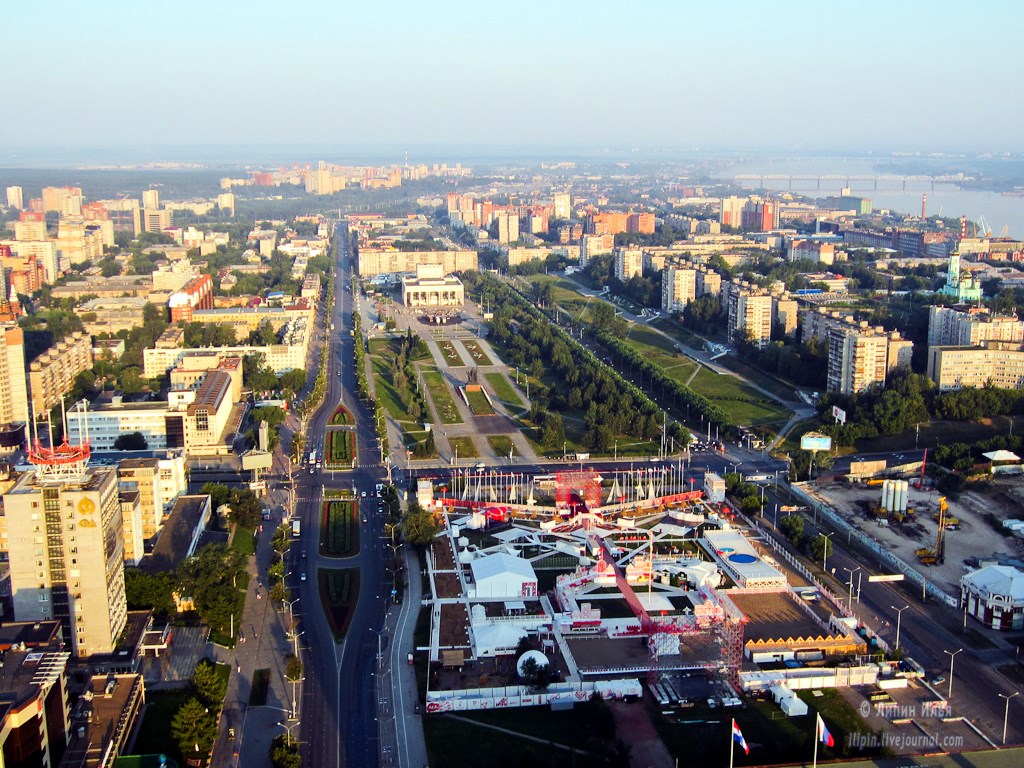
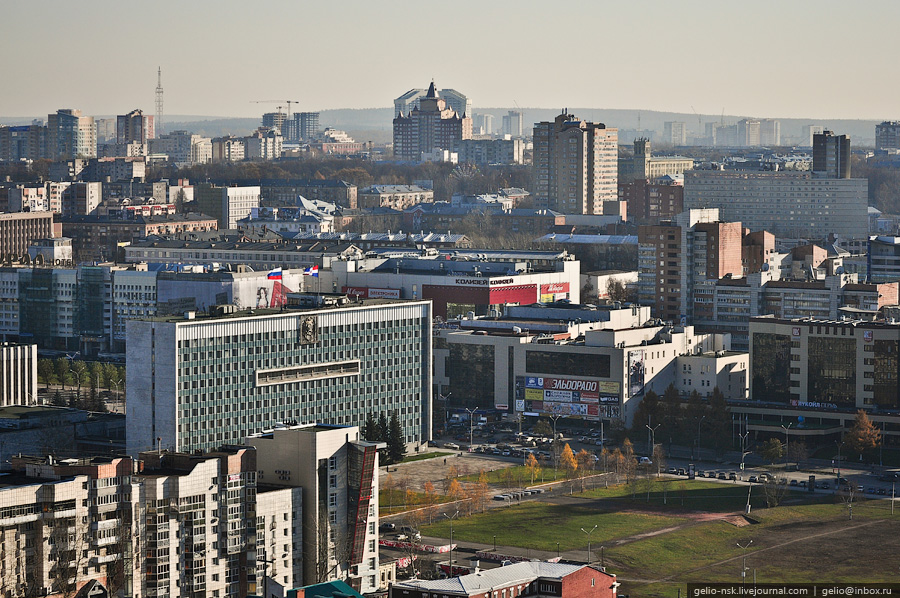
Perm-36: de vacaciones en el archipiélago Gulag
Por: Isidoro Merino
El mundo está lleno de maravillas, pero también hay lugares que dan mucho miedo, y no me refiero a las casas encantadas. La primera parada de un viaje por los hitos de la sinrazón humana es un archipiélago famoso, y no por sus “aguas cristalinas”: el Gulag sovietico.
A las afueras de Perm (Rusia), una ciudad de los Urales en la ruta del Transiberiano (el escenario donde se desarrollan Doctor Zhivago, de Pasternak y Las tres hermanas, de Chejov), se conservan los restos del Perm-36, el único campo del Gulag.(en ruso, ГУЛАГ: Главное Управление исправительно-трудовых ЛАГерей, Dirección General de Campos de Trabajo Correctivo) que sigue intacto.
Perm36-4
Perm-36 estuvo en activo hasta 1985, cuando Mihail Gorbachov, cuya familia se vio directamente afectada por la política represiva soviética, decidió acabar con este siniestro régimen carcelario por el que pasaron 18 millones de personas. Se conserva, convertido en museo del Gulag, gracias a los esfuerzos de algunos ex prisioneros e historiadores, que empezaron a organizar visitas guiadas y alquilar habitaciones.
La existencia del Gulag.se conoció en Occidente en 1977, con la publicación de la obra de Aleksandr Solzhenitsin Archipiélago Gulag. A partir de nuevos estudios, memorias publicadas tras la caída de la URSS y algunos archivos hasta entonces secretos, la periodista estadounidense Anne Applebaum publicó en 2003 Gulag, donde describe la dureza de la vida en estos campos: las automutilaciones para evitar los trabajos forzados, las bodas entre prisioneros, la vida de las mujeres y los niños.
En el libro, con el que ganó el Premio Pulitzer de 2004, Applebaum sostiene que el Gulag nació no solo por la necesidad de aislar a los enemigos del Partido Comunista, sino para conseguir una masa de trabajadores esclavos en las minas de Kolima o el canal del mar Blanco: entre 1931 y 1933, cien mil prisioneros fueron obligados a trabajar, empleando las herramientas manuales más rudimentarias, en la construcción de un canal de 227 kilómetros entre los mares Blanco y Báltico.
En Perm-36 estuvieron encerrados escritores como Varlam Shalamov (Relatos de Kolima) y el poeta Osip Mandelstam, que firmó su sentencia de muerte con 16 versos satíricos sobre Stalin; lo tituló Kriemliovsky Goriets (El montañés del Kremlin), y es también conocido como Epigrama a Stalin:
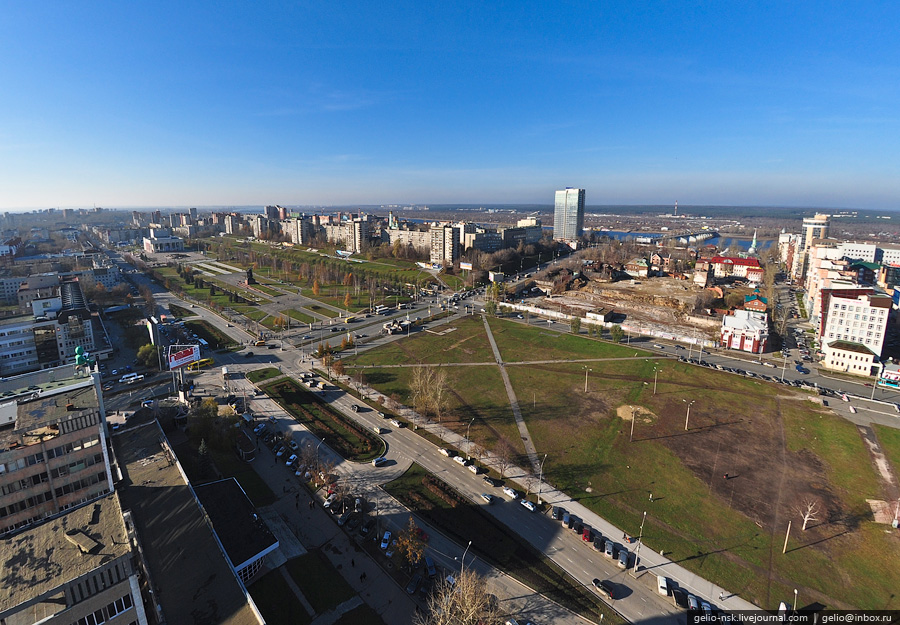
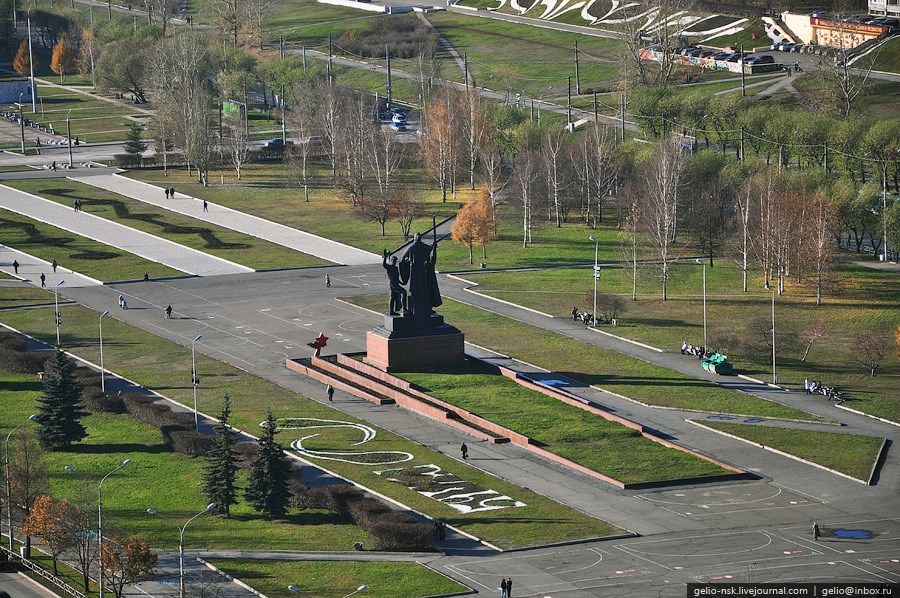
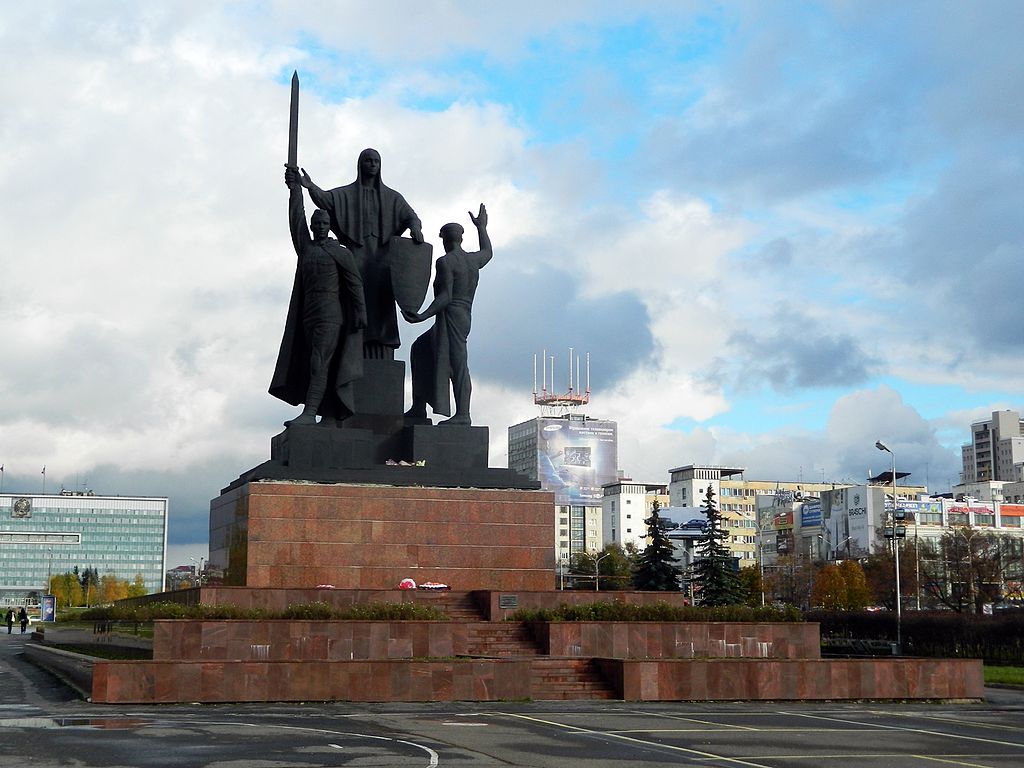
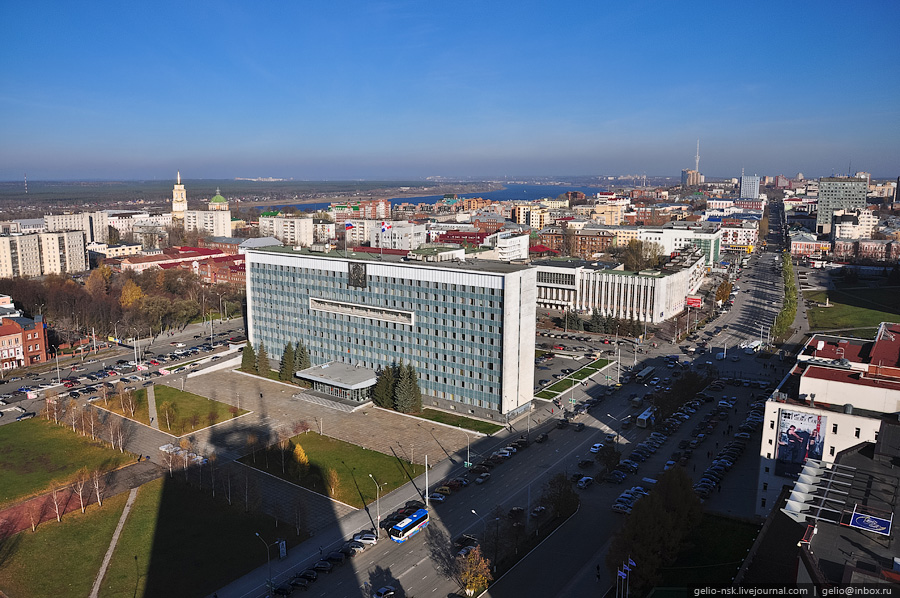
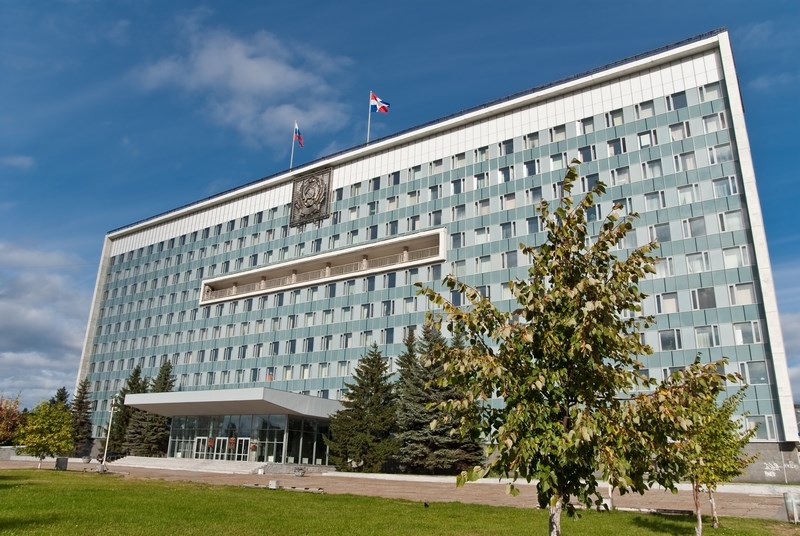
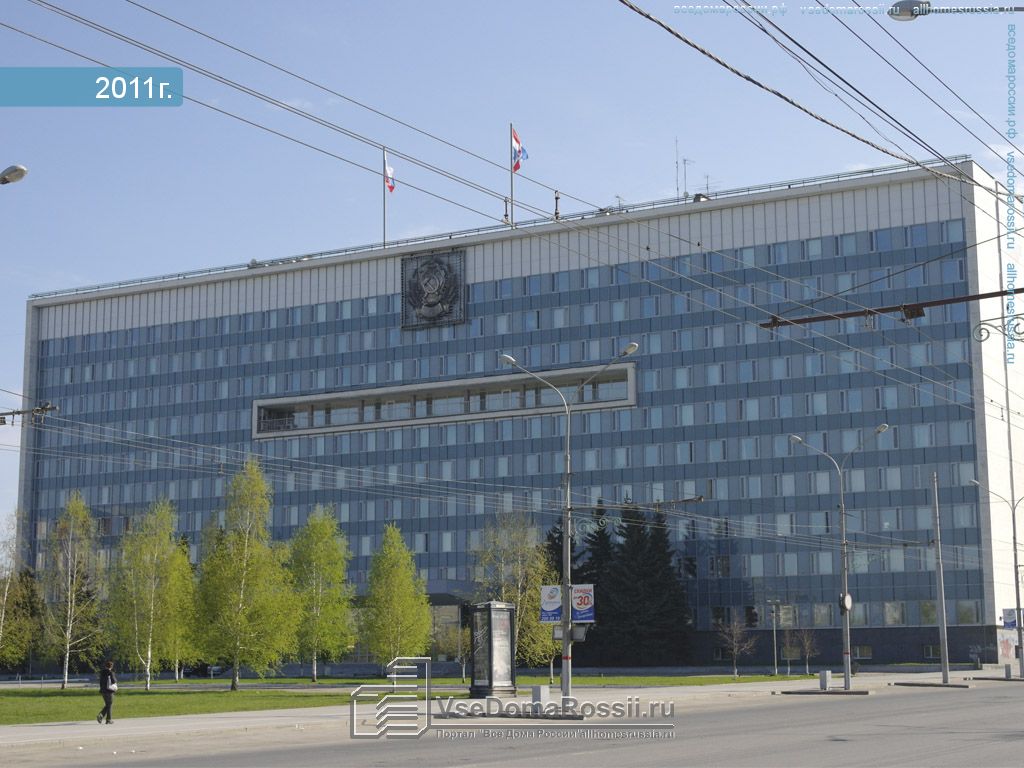
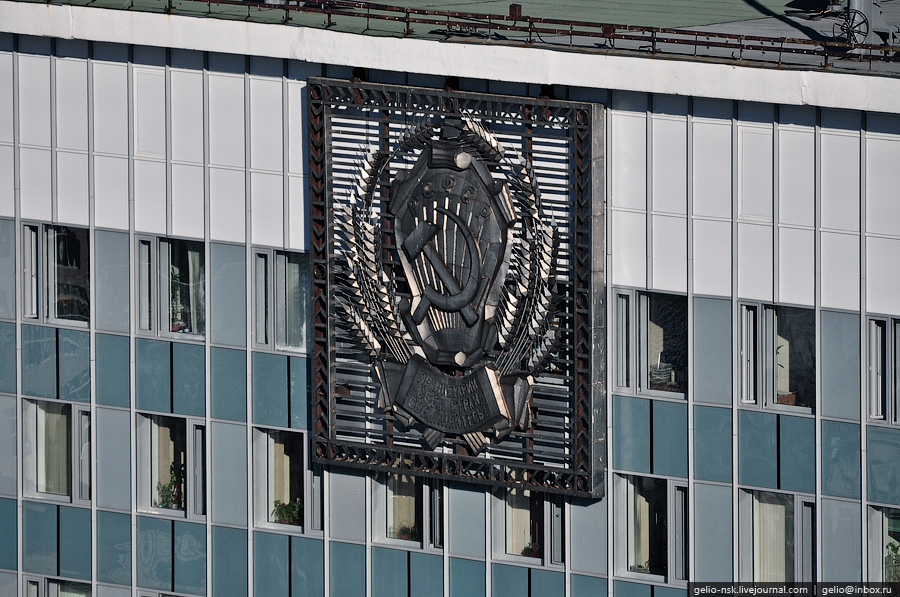
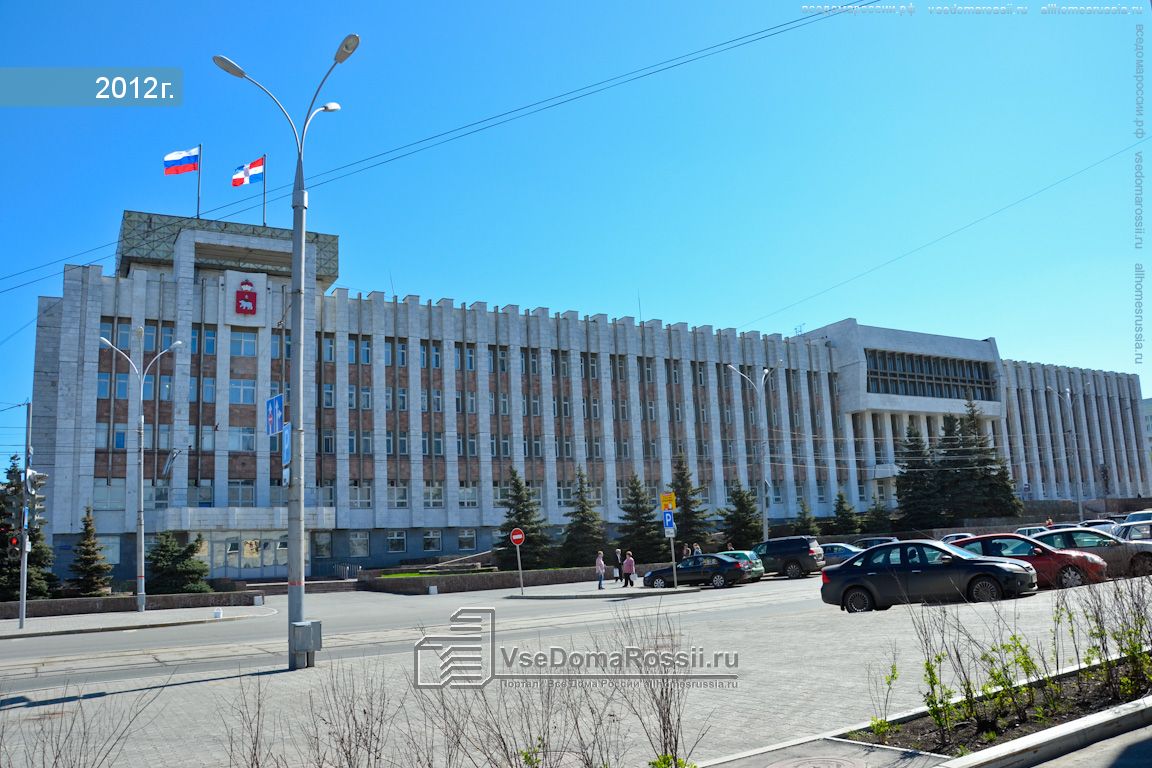
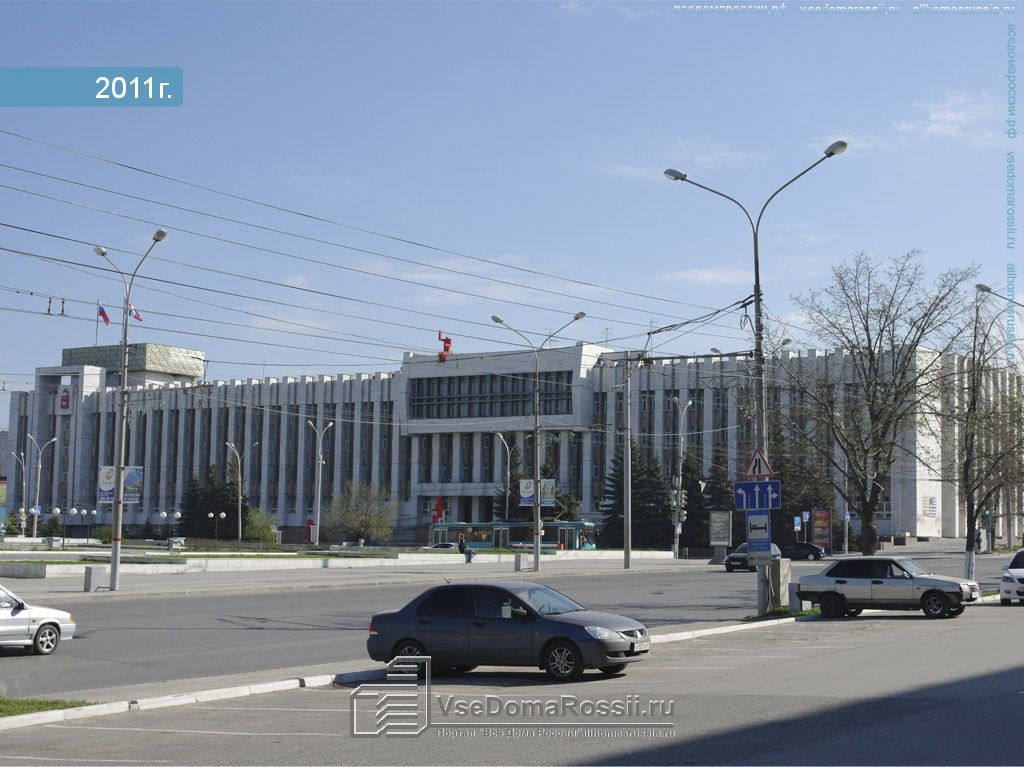

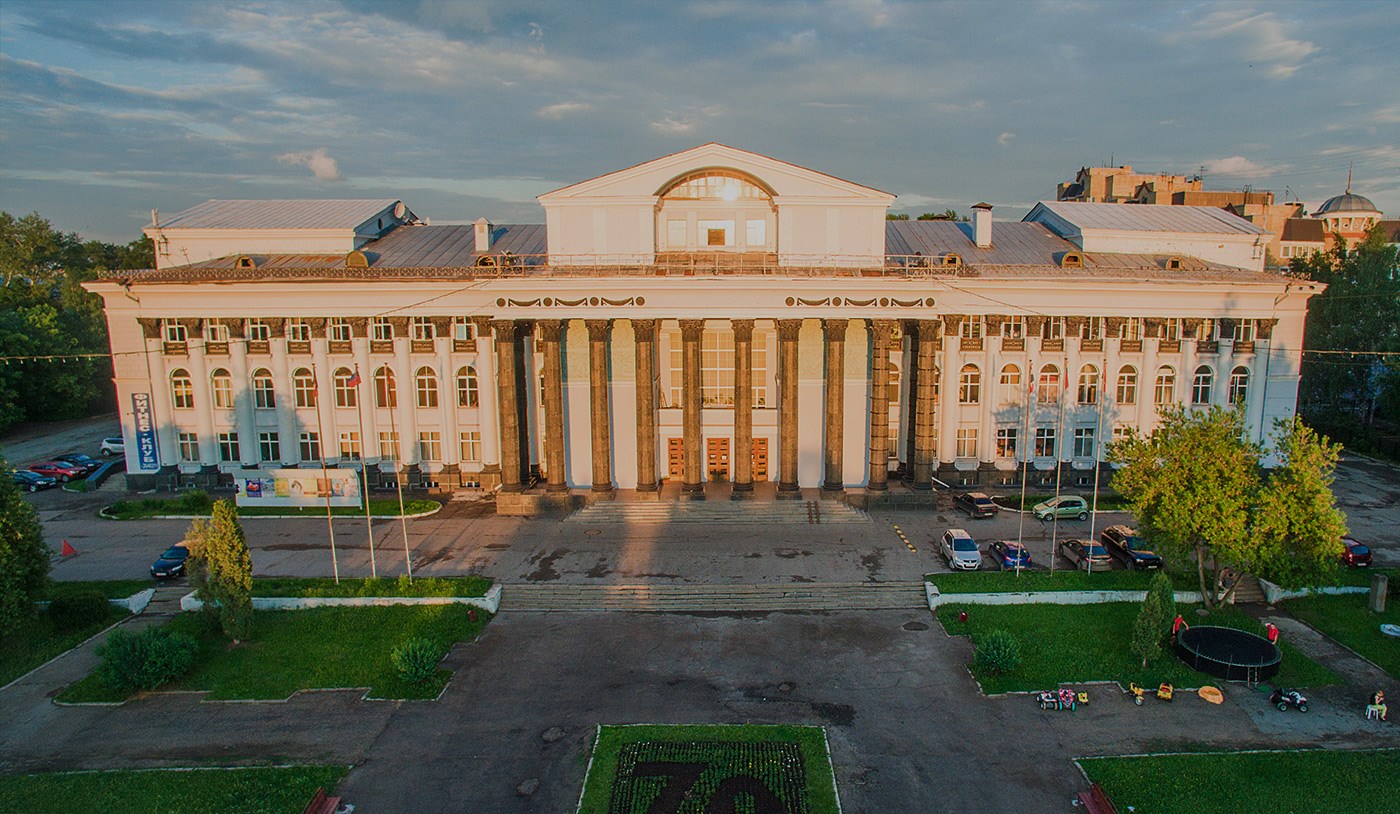
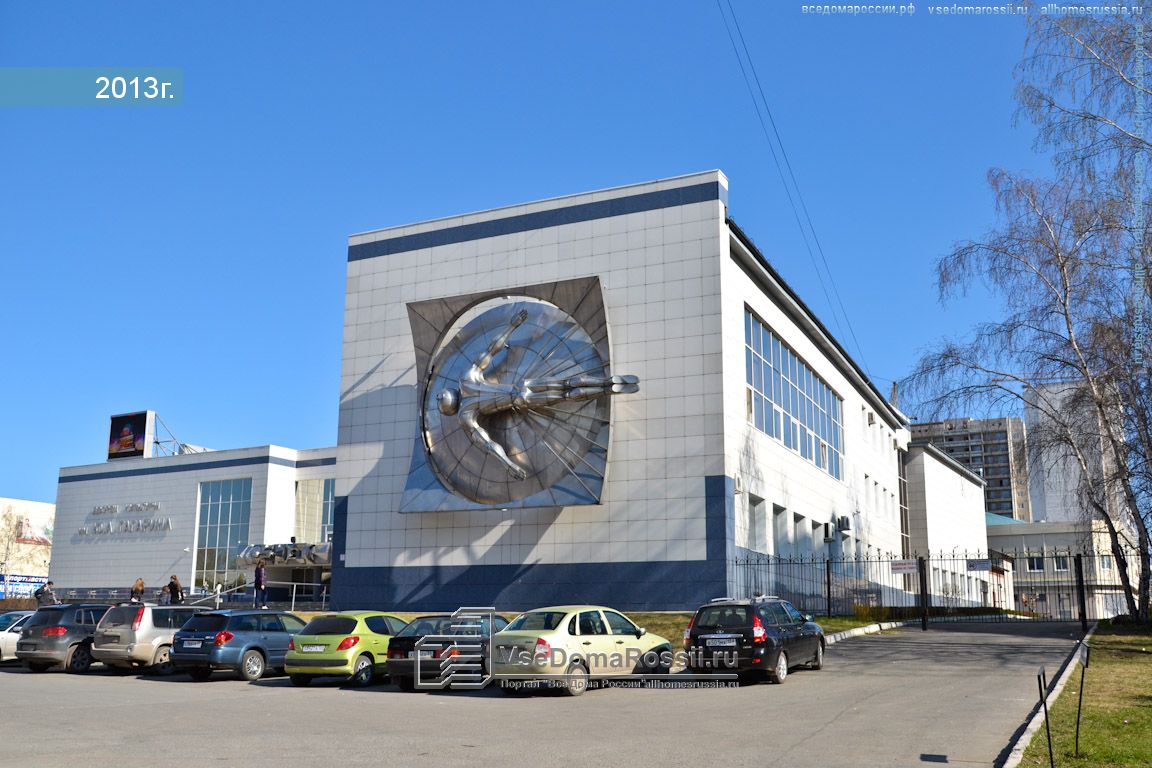
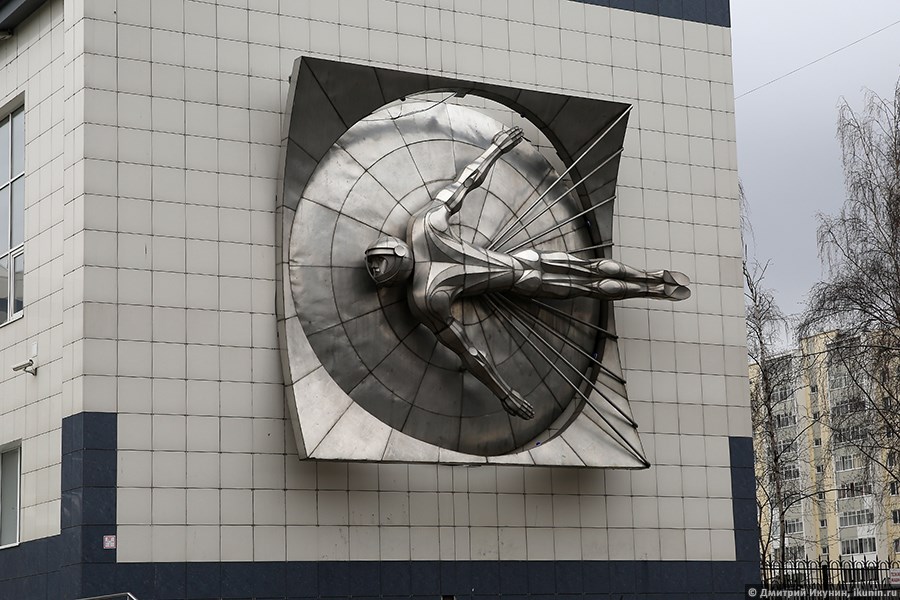
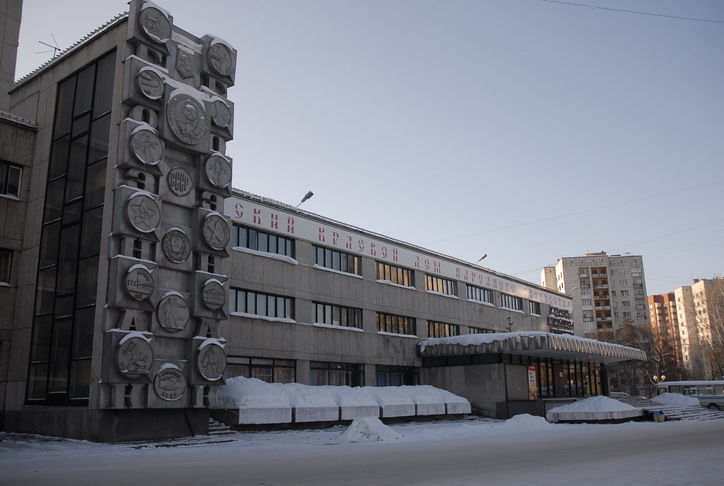

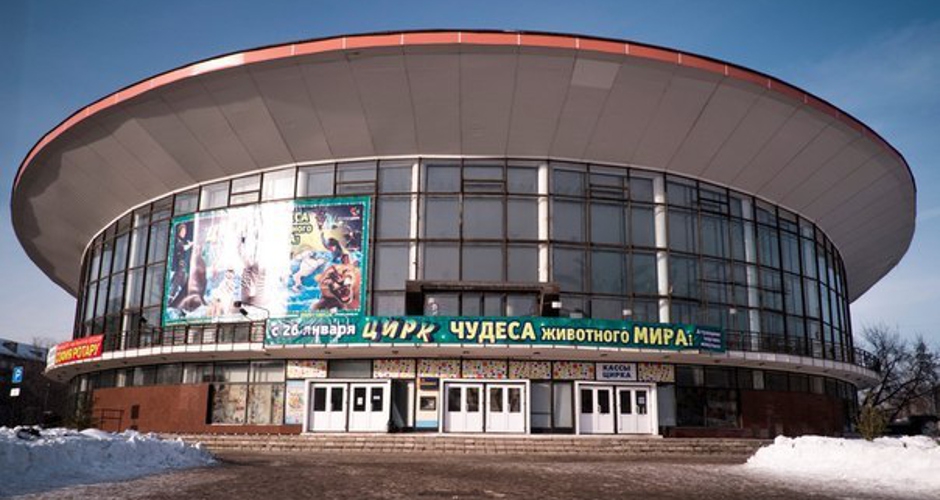
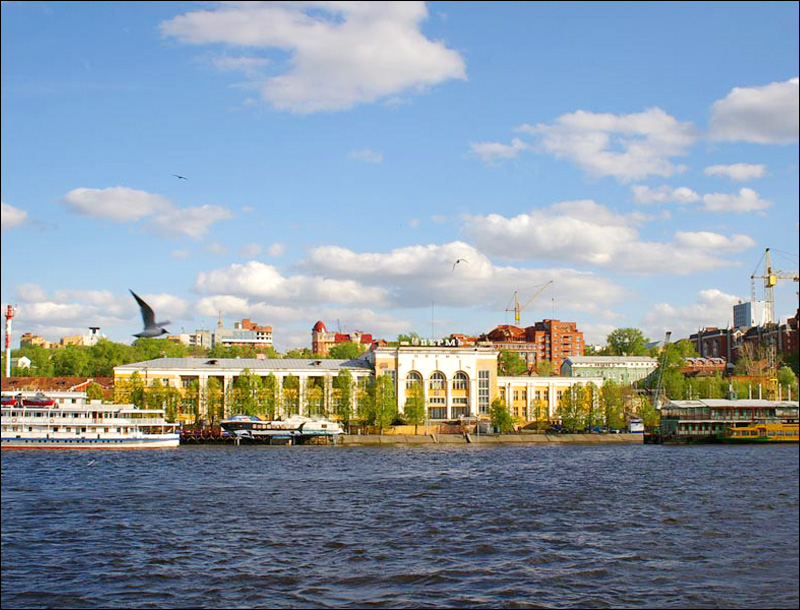
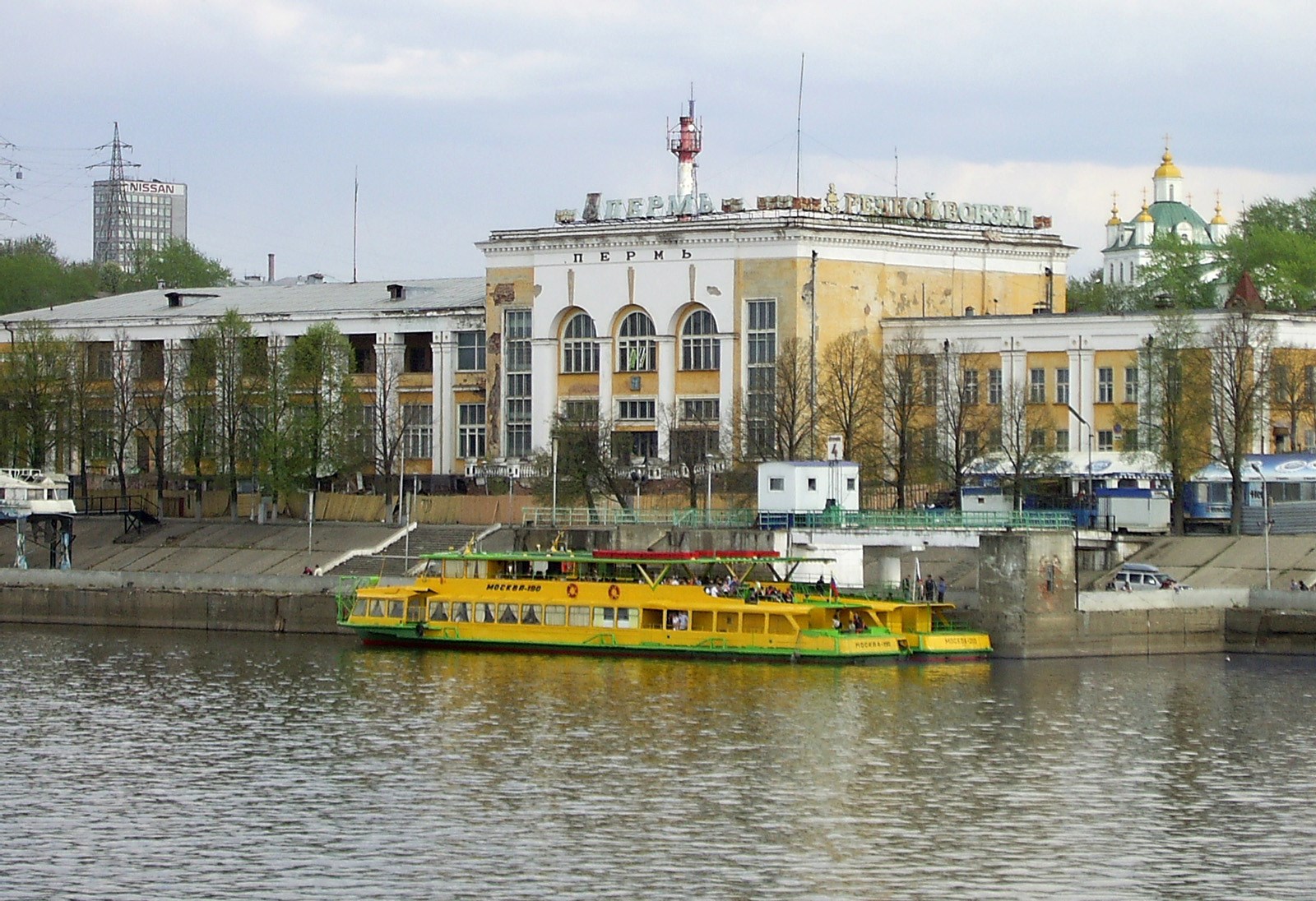
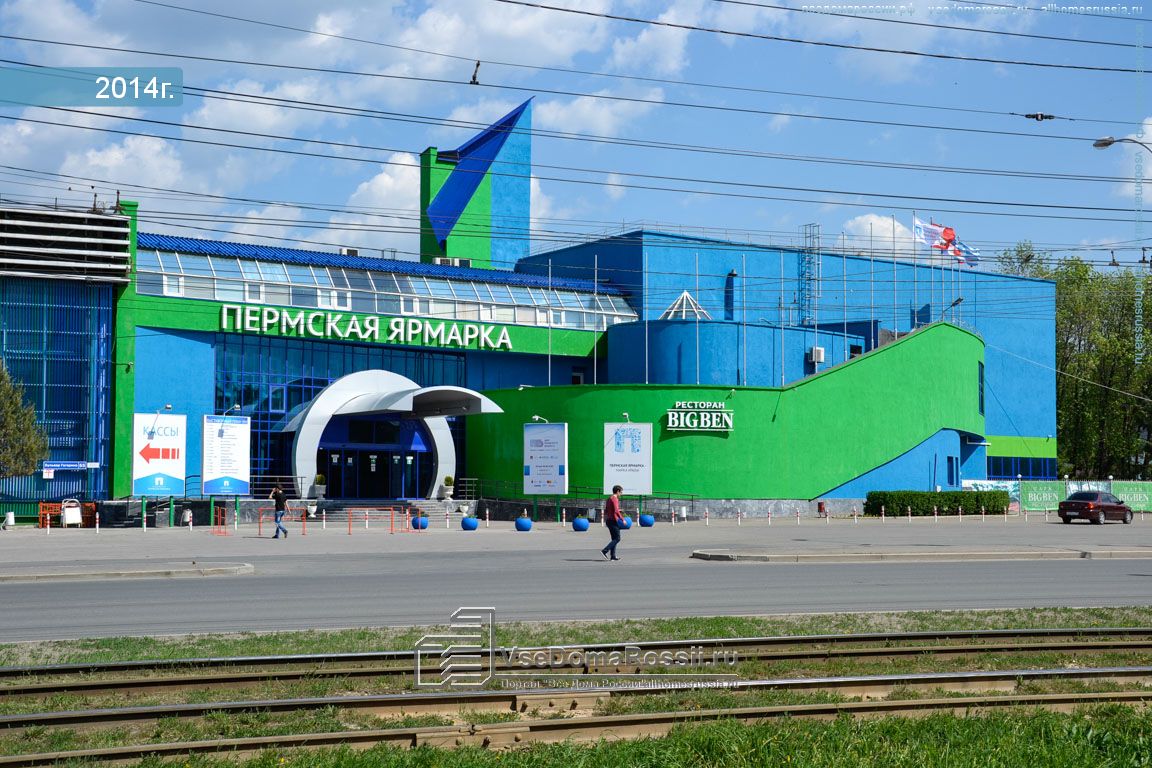
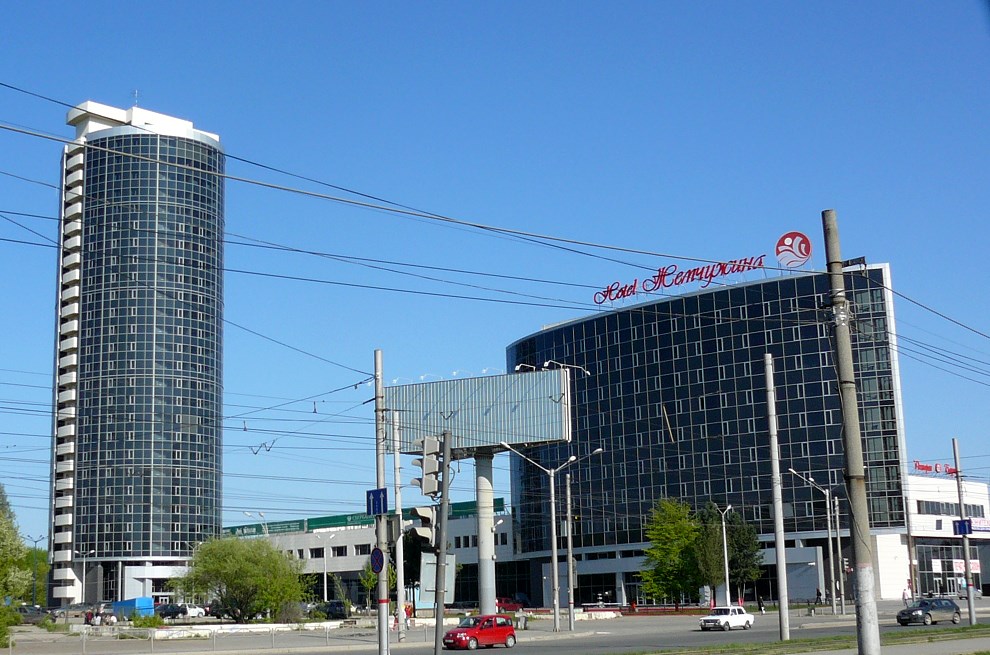
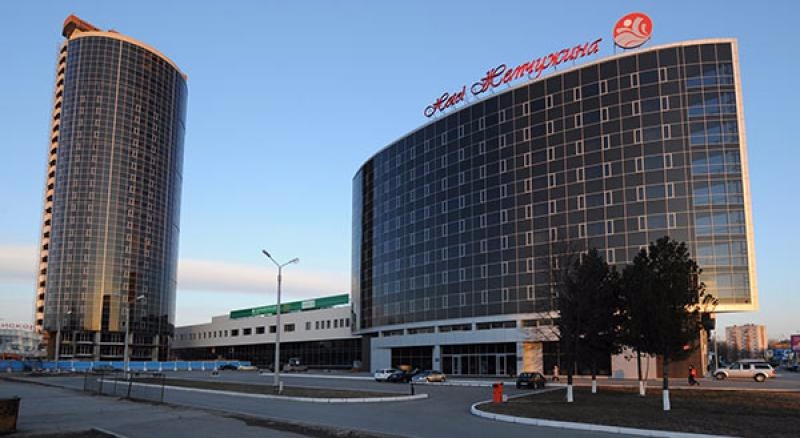
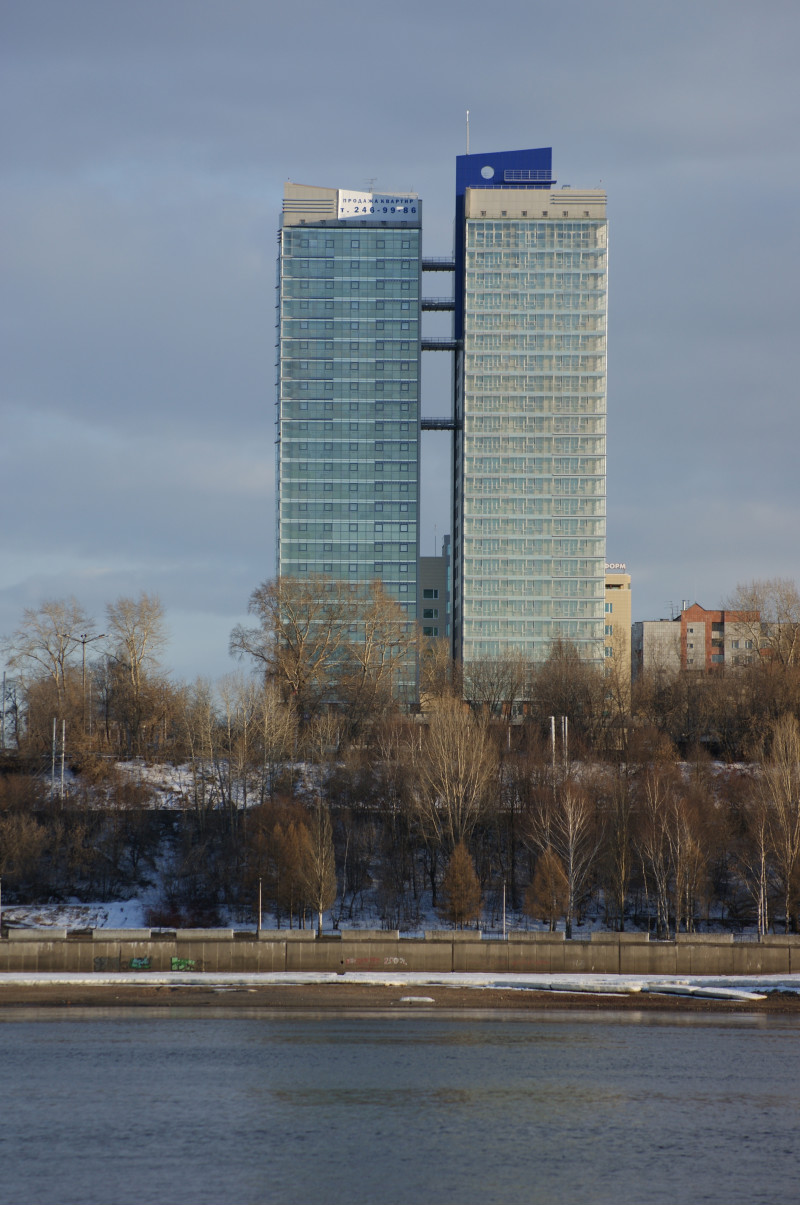
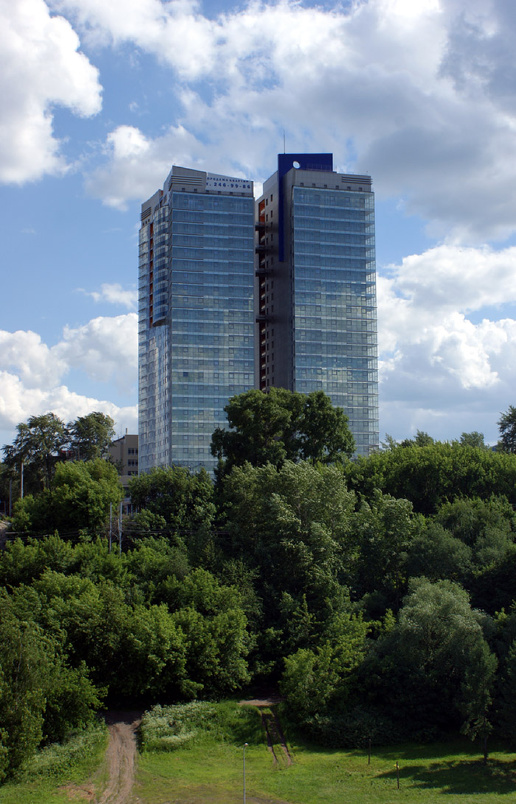
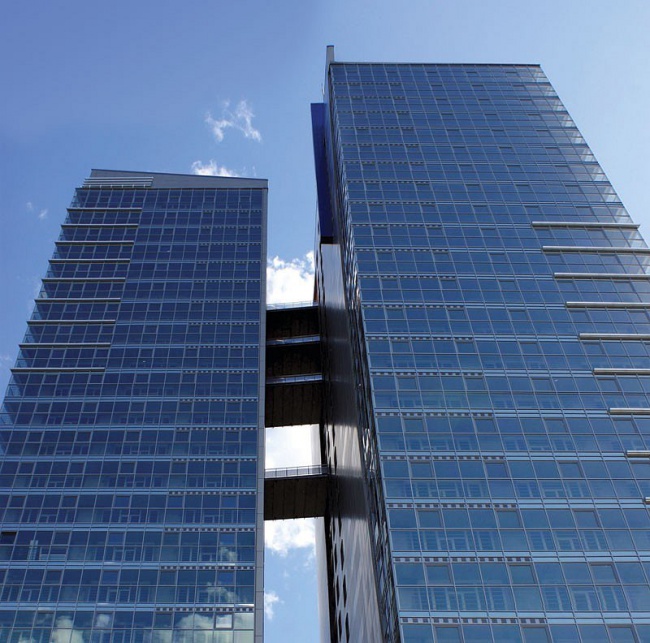
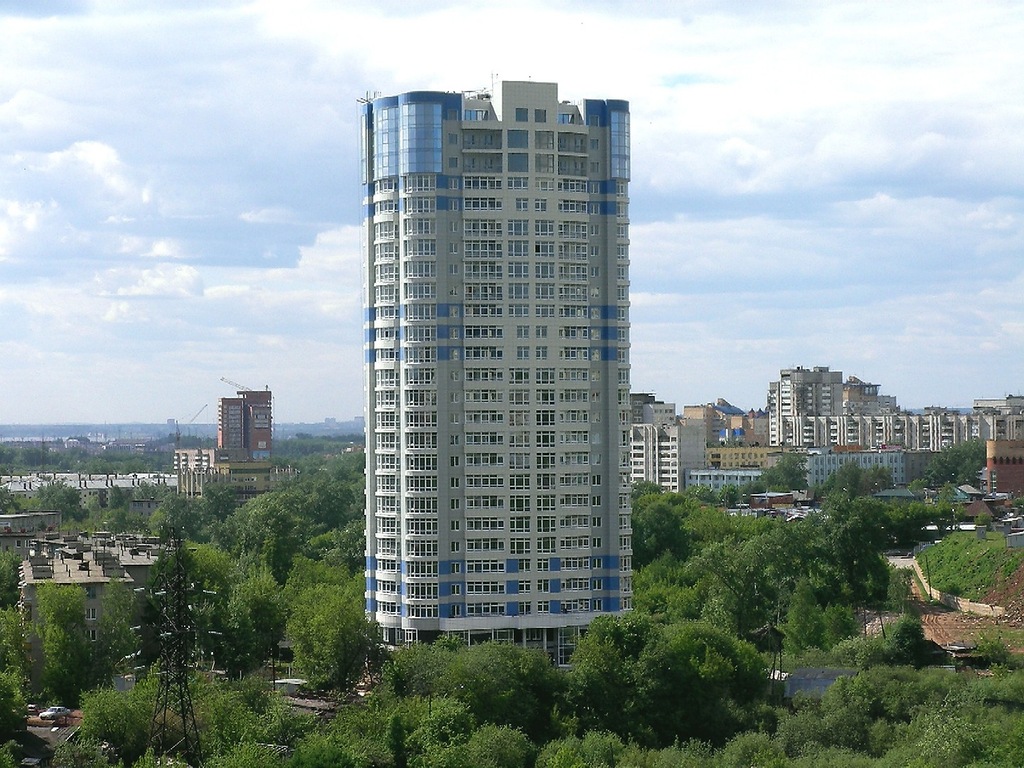
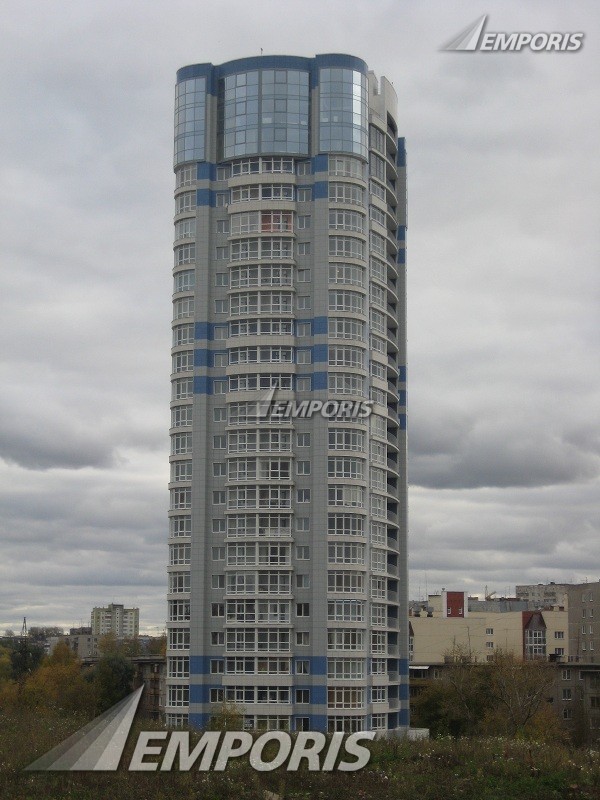
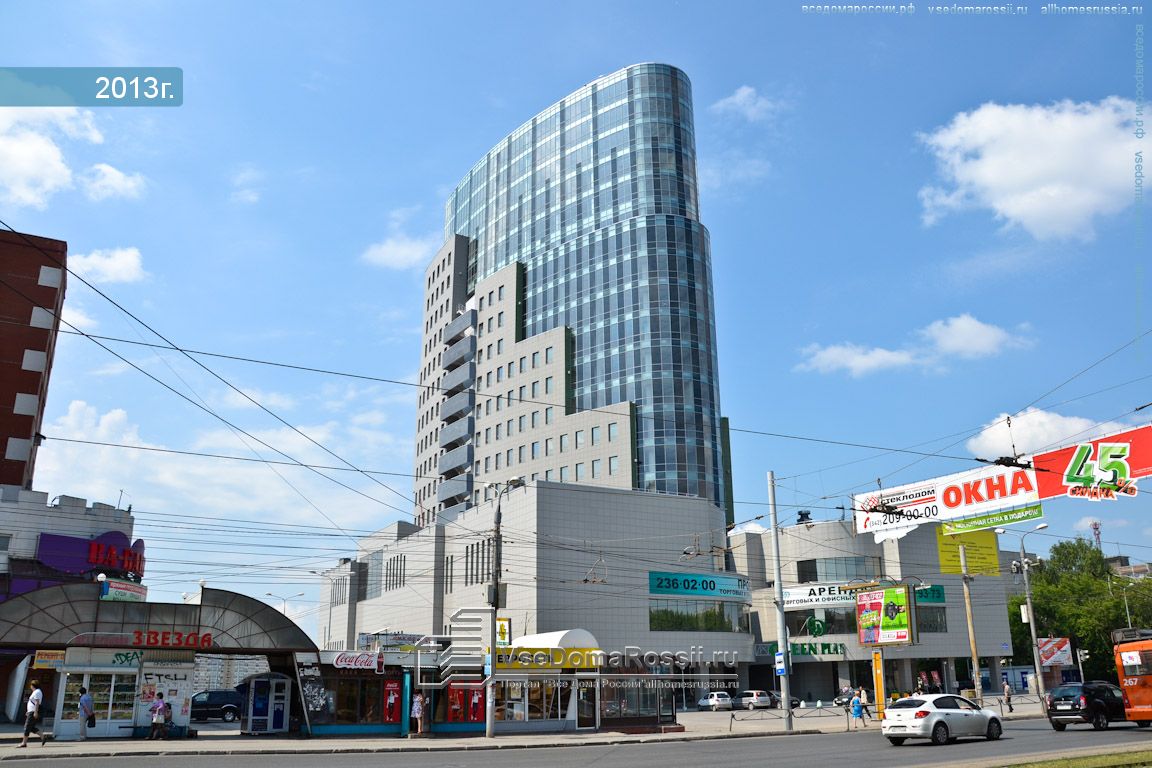
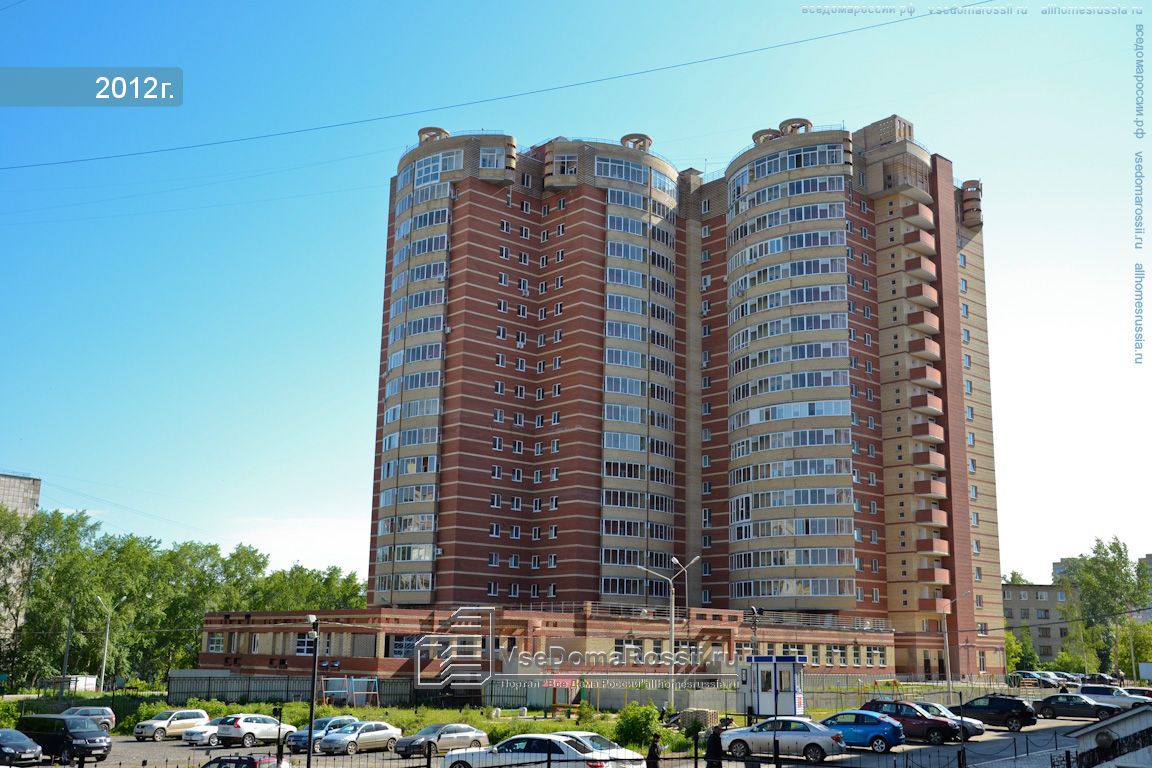
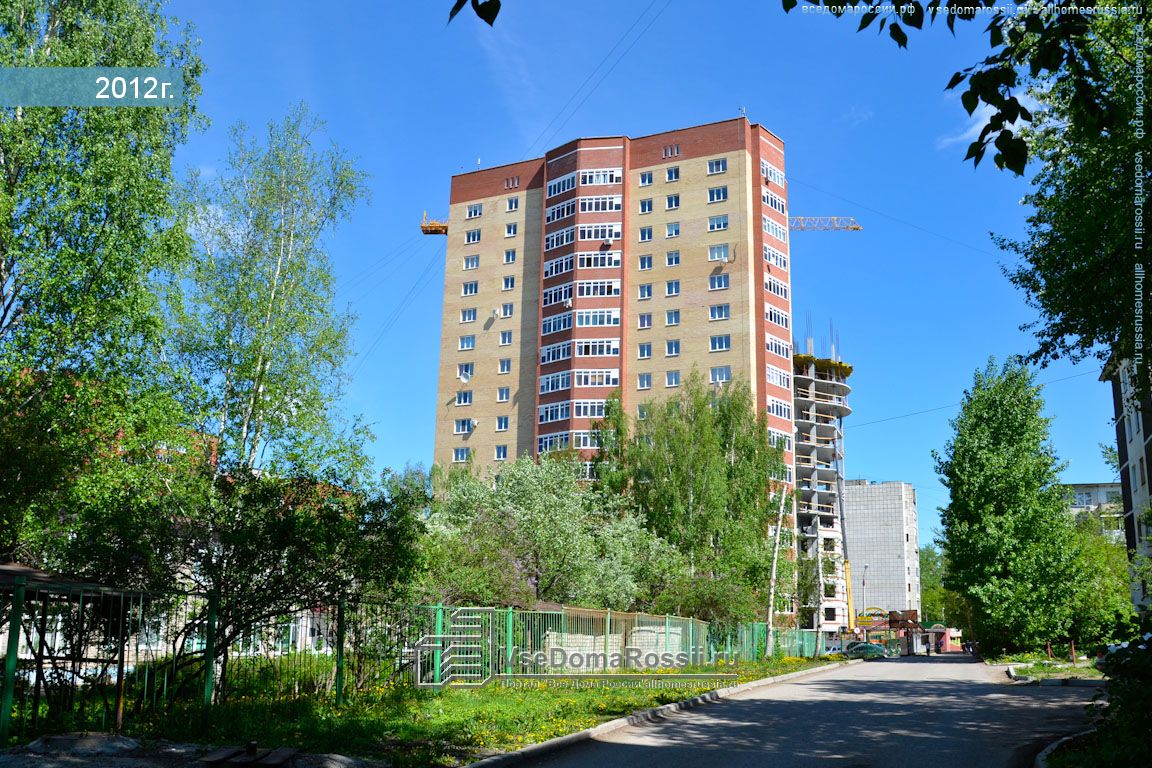
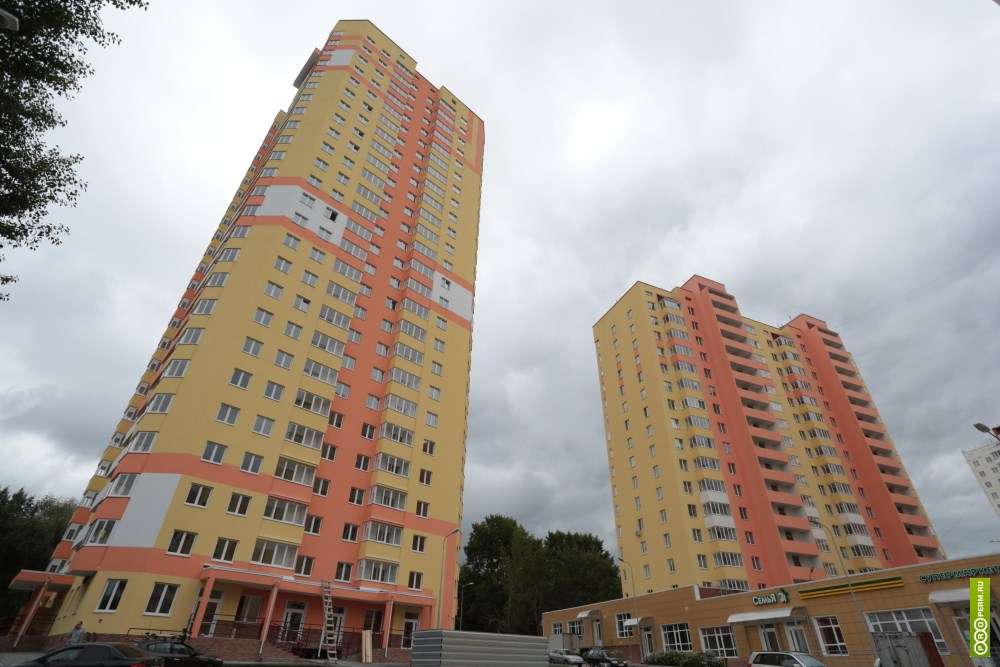
Perm, Russia
General info on the city of Perm
A short intro...
Perm is the most Eastern city of Europe, and therefore its province is often referred to as Eurasia. Having a population of 1 million, Perm' is one of the largest cities in Russia and the second largest in the Urals. The city was formerly called Molotov, after the minister of foreign affairs during Joseph Stalin's ruling. Perm stretches 65 km along the impressive Kama River - Europe's 4th largest river by length. The Perm province, "Permskiy Krai", or "Prikamye", is around two-third the size of the United Kingdom and covers a great area in the very heart of the Ural Mountains.
Perm is internationally known as the name for the geological period (290 - 245 million years ago) in which the Ural Mountain Range was formed. In contrary to the Urals, Perm itself is rather young. Although the first settlement of Perm dates back to 16th century, officially it got its city status in 1723. Citizens still loudly celebrate Perm's birthday on 12th of June, with street parades, concerts and fireworks throughout the whole city!
In spite of being a relatively young city, Perm played an important role in the history of Russia. Not the least part of this role was played by Ermak, who was from the Perm Province. Ermak, by order of the Stroganov family, gathered an army here and led it through the Urals, later to succesfully conquer Siberia for Russia. Afterwards, when a road was needed to connect Siberia with the west, construction was started in Perm, which was at that time the capital of the Ural region. The new road, together with the construction of the Trans Siberian Railroad, allowed development of the places east of the Urals - current big cities such as Ekaterinburg, Omsk and Novosibirsk, were merely peasant or miners' towns by that time.
Nowadays, Perm basically owes its existence to two factors. Firstly the large amounts of natural resources (minerals, oil and timber) that are present in the region, and secondly (but not less important): its location. The mighty Kama River, the Great Trans Siberian Railroad and main motorways from Moscow/Kazan to Siberia all cross in Perm, making Perm a main Russian transportation hub. The city is the doorway from Europe to Asia and to Siberia in particular.
During Soviet times, Perm was a proper fortress because of the huge military industry in its region. All artillery and rocket vehicles, as well as (intercontinental) ballistic rocket launching systems, engines for MiG jetfighters and canons of all ranges were (and in less proportions still are) produced in Perm. The Soviets did an excellent job in hiding Perm and keeping it secret. Most people from outside the Urals simply did not know of the existence of the - at that time - 1 million citizens of Perm. Until the end of the cold war, Perm did not appear on certain Soviet-made maps, nor did the roads towards it.
Nowadays, Perm is obviously accessible to all. Actually, it currently is one of Russia's fastest growing cities because of its economical prosperity.
For Russian standards, Perm is one of the most multicultural places in the whole country; it is a home of many ethnic groups who have lived together in Perm ever since its existence. While taking a walk through Perm’s huge central bazaar one can easily distinguish Russians at the many typical small kiosks, Georgians and Armenians selling their original spicy kebabs and shoarmas straight from the barbecue and Tatars operating from most of the simple but colorful jewelry stands. Furthermore, Russian orthodox churches, a mosque, a synagogue and several Catholic churches (some dating from the 17th century) all exist next to each other in Perm. The multicultural character of Perm also shows in its dining possibilities; one does never have to go far to experience the Russian, Uzbek, Georgian or Caucasian cuisine.
In spite of its multicultural character, Perm is “Russian till the bone”. Wide avenues, big squares and parks, many statues, dominant Soviet architecture, countless little kiosks, huge theatres and trolley busses everywhere - all make Perm as Russian as Russian can be. Being some 1400 kilometers away from the big influential cities of Moscow and St. Petersburg, Perm is a relaxed place, where people have kept the typical Russian way of life and traditions.
The Perm opera and ballet theatre
After St. Petersburg and Moscow, Perm is Russia's leading city for opera and ballet theatre. Not only has the city got a wide range of stages and theatres, its educational bodies like the Russian Academy of Theatre Art and Institute for Culture and Art as well as its many international relations in theatre performances and education still give Perm the name of theatre city.
One of the most famous stages is the Chaikovsky Opera and Ballet Theatre Perm. Among its repertoire are internationally known performances (for example Romeo and Juliet, Cleopatra, Aida, Cinderella, Le Nozze di Figaro) as well as Russian ones: most works of Chaikovsky have been staged here. Since 1948 the Perm Opera and Ballet Theatre has been on tours throughout the whole world, performing in countries such as UK, Japan, New Zealand, Australia, Hungary, the Netherlands, Bulgaria, Germany and China. During its history, the theatre has received numerous (inter)national prizes.
Another leading stage is the Perm Academic Drama Theatre, founded in 1927. Like the Perm Opera and Ballet Theatre, the Acamedic Drama Theatre has staged the world’s most prestigious Drama plays (for instance Ostrovsky, Shakespeare, Gorky and Tolstoy) and has it won many prizes for its work.
Museums
The Perm Art Gallery boasts a large collection of arts. Apart from numerous paintings of Flemish, French and Italian masters, it also has modern art collections on exhibition. The museum's collection is among the very largest ones in Russia. The museum is located in a former cathedral, now a landmark of Perm in the centre of the city.
For those who are interested in the history and the culture of the Urals, the Regional Museum of Local Studies and History (founded in 1890) is definitely worth to visit. The museum boasts a wide variety of armory, coinage, pottery, handicrafts, archeology and minerals. It also tells about the Permian period, the geological era in which the Urals were formed.
The partly open-air artillery museum at the northern end of the city centre displays all generations of rocket and artillery (vehicles), as constructed in Perm, as well as a wide range of information of the history of the industry. Actually, the city is known for its large war industry ever since late 1800’s. All cannons and artillery of former Soviet Union as well as engines for Tupolev and MiG aircrafts were (and in less amounts still are) manufactured in Perm. The museum offers detailed information on its wide range of warfare. The outside part of the museum can be entered free of charge at any time. This museum is a part of our city excursion.
“Khokhlovka” (Open-air museum of and Wooden Architecture and Ethnography) is in fact a collection of original structures as they existed in the 17th century. Inside the buildings, all kinds of tools, handicrafts and clothes of that time are exposed. The guide will take you around the museum, telling about the hard life 300 years ago. You will be amazed by the beauty of the site; Khokhlovka is located on a green hill and offers great views over the Kama river and nearby villages.
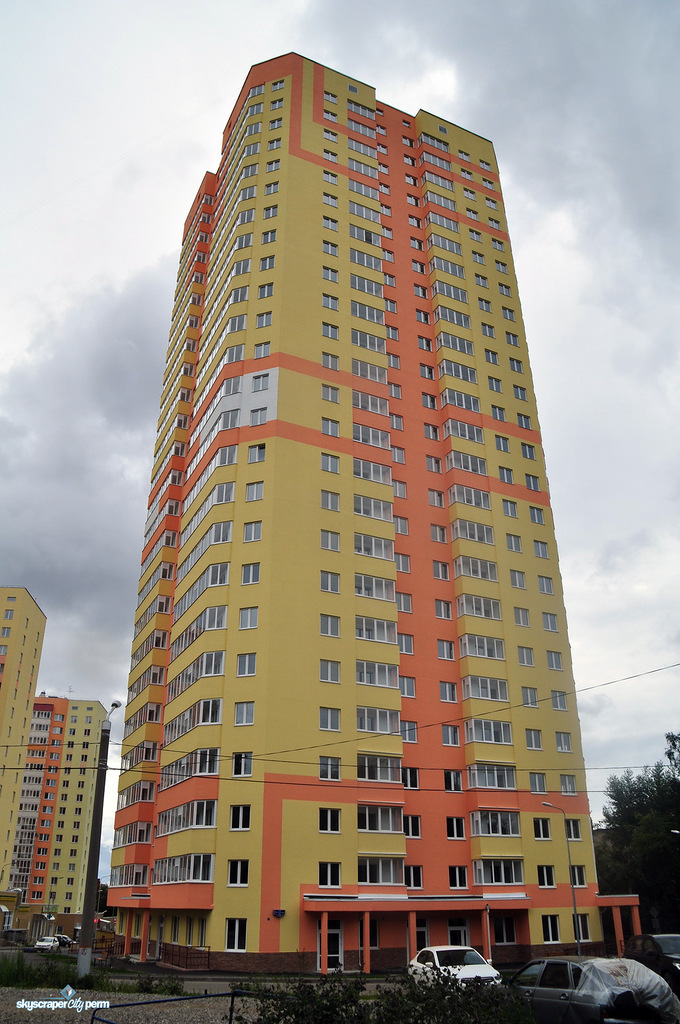
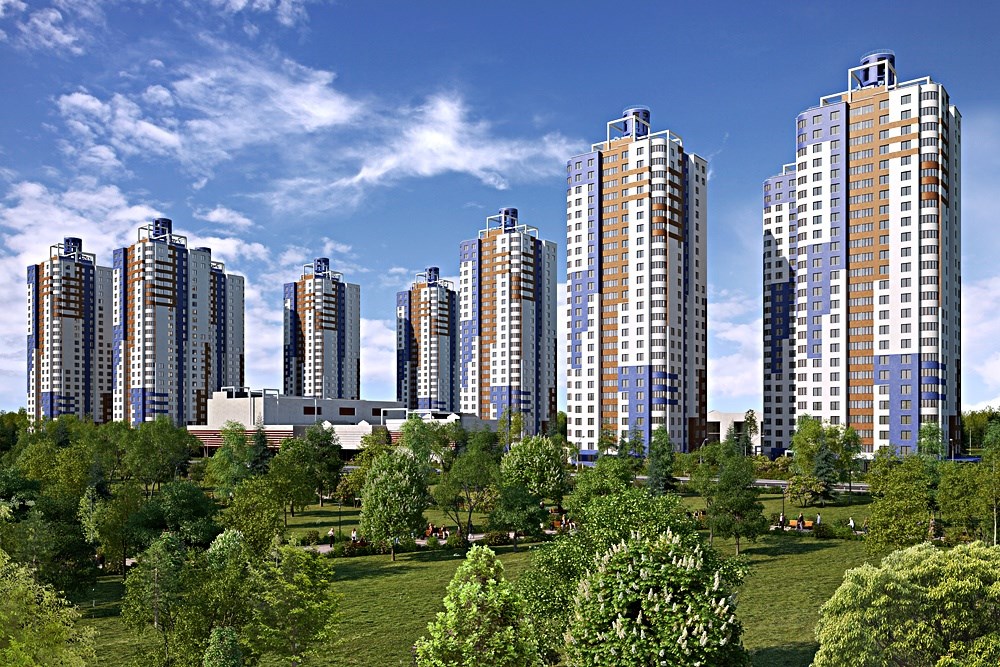
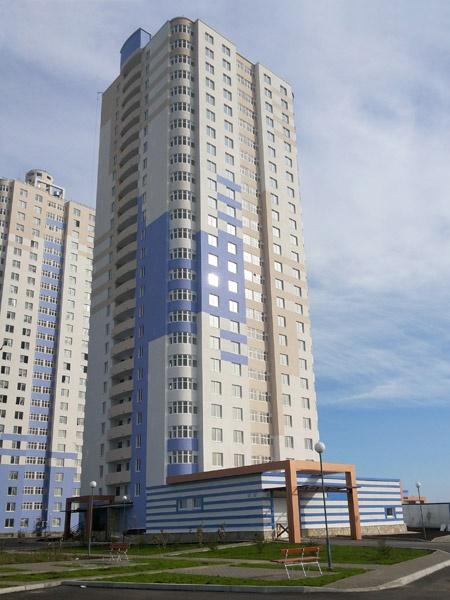
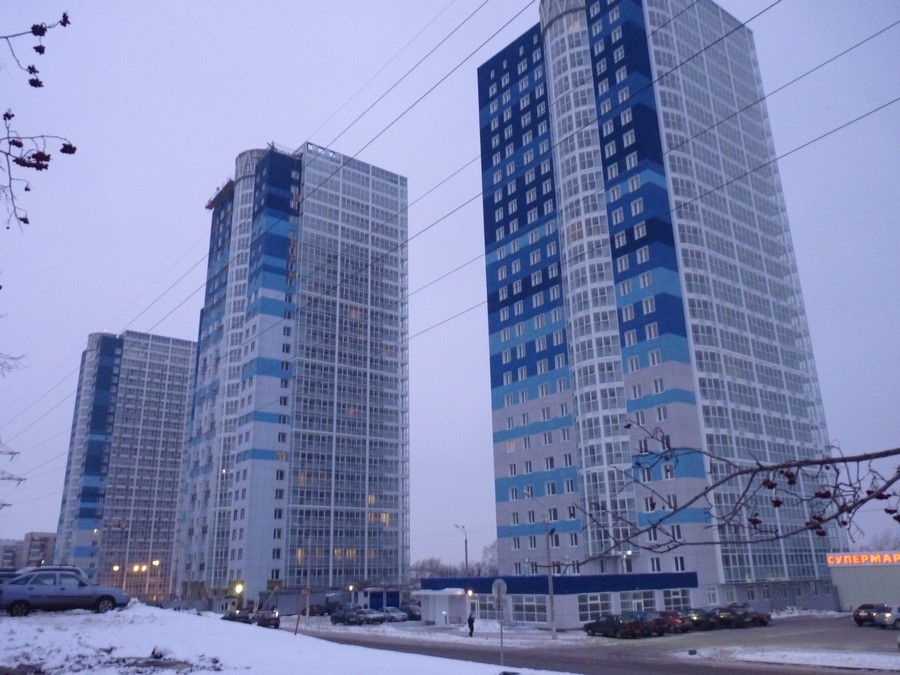
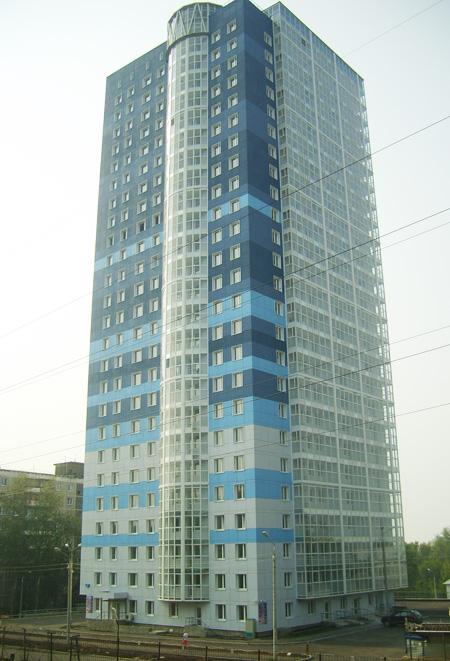
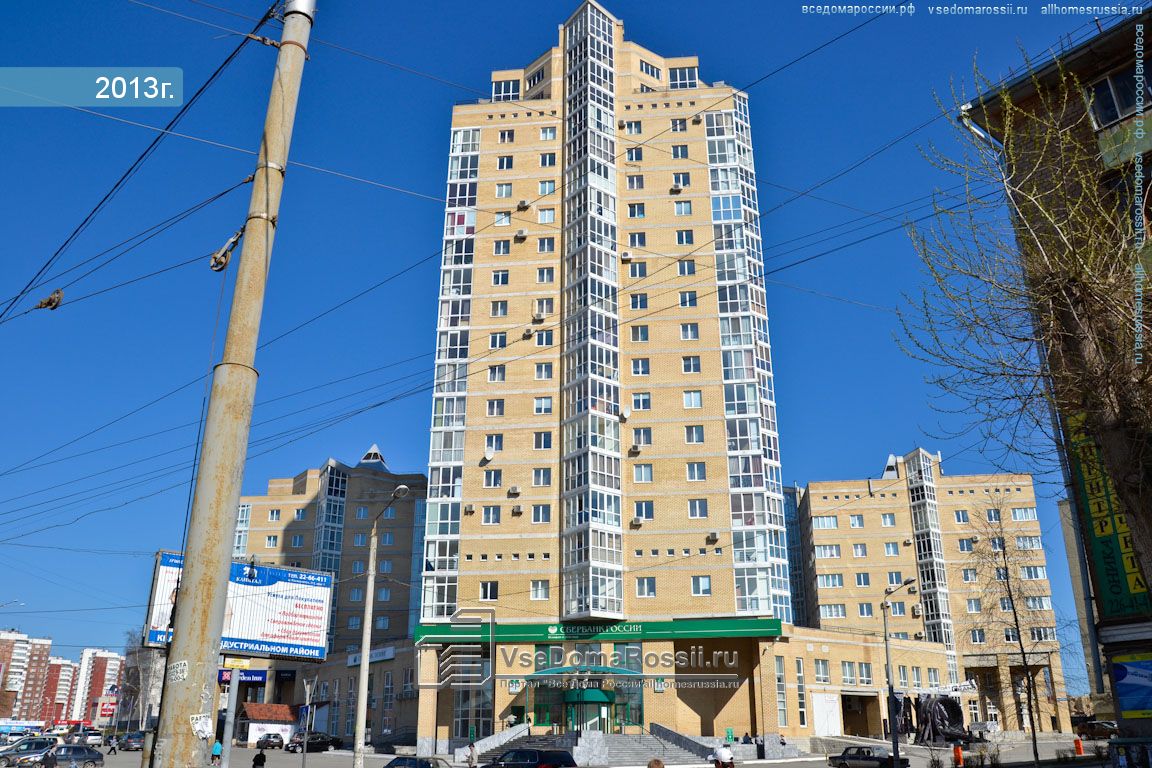
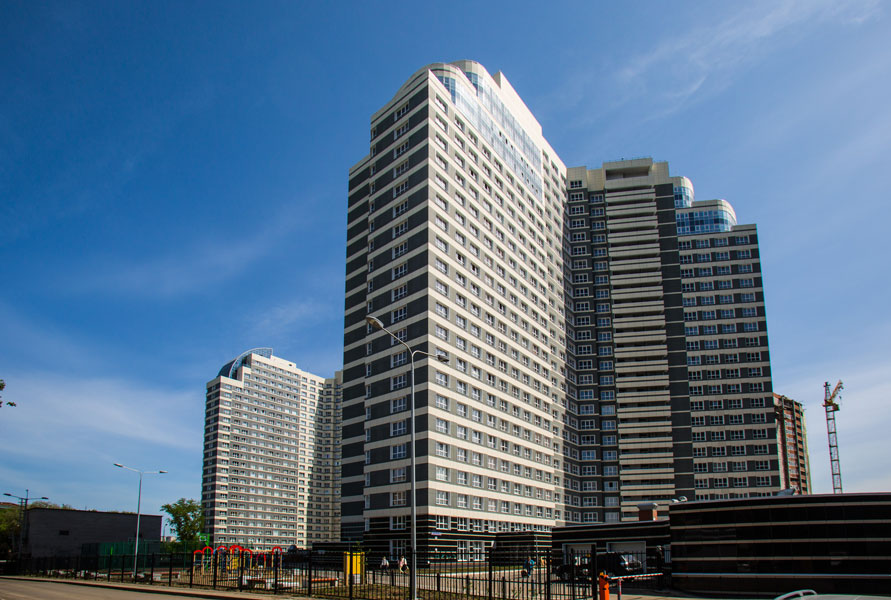
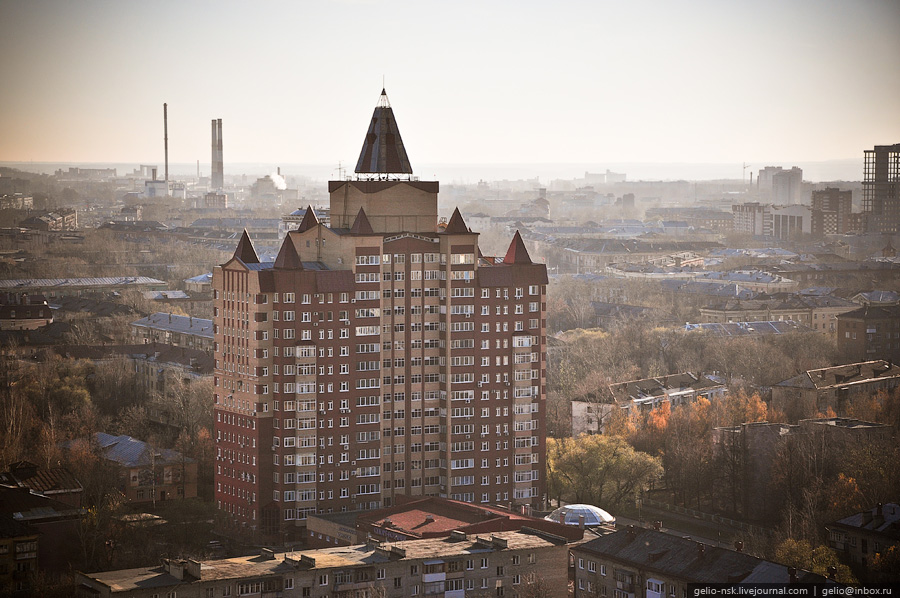
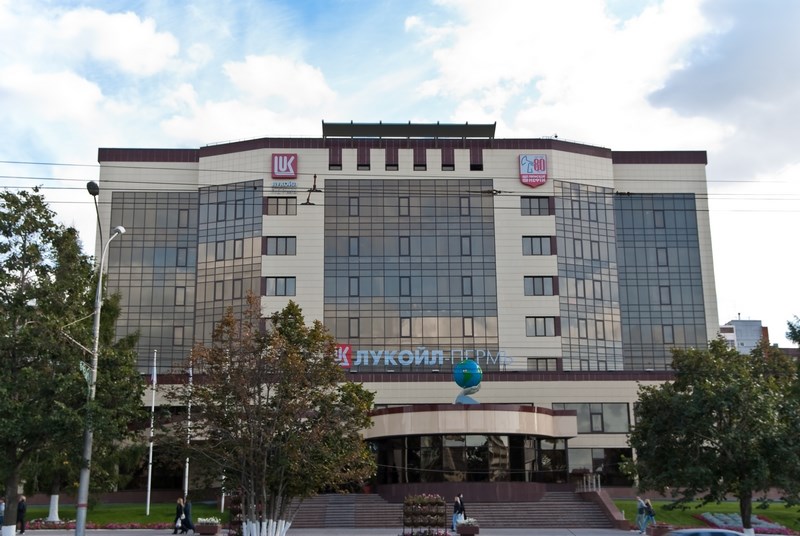
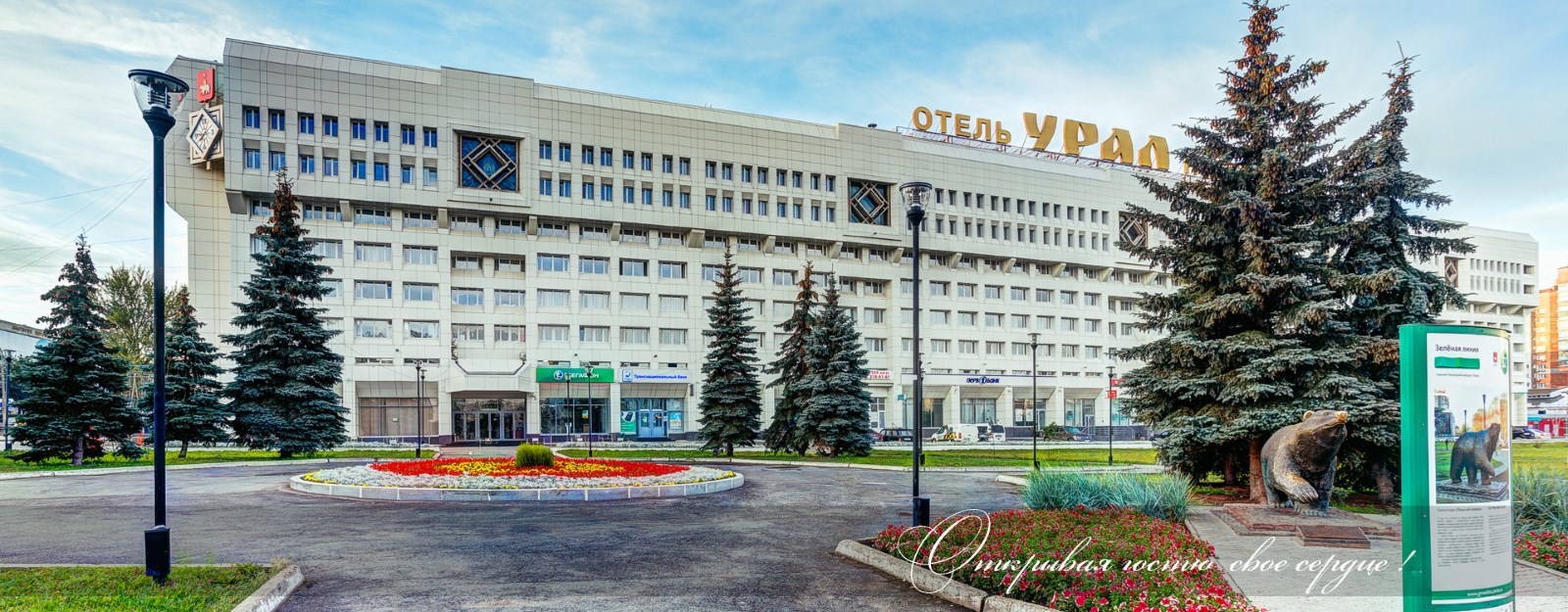
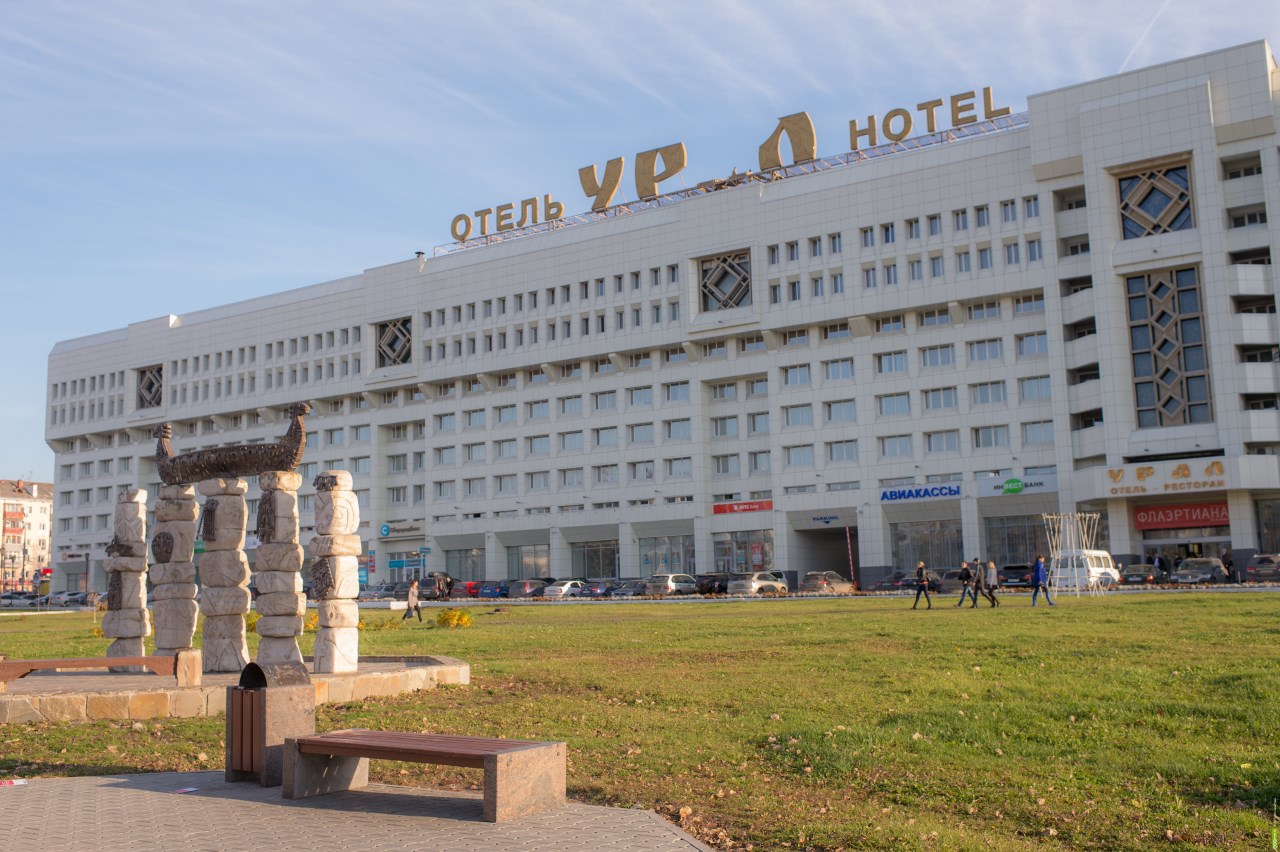
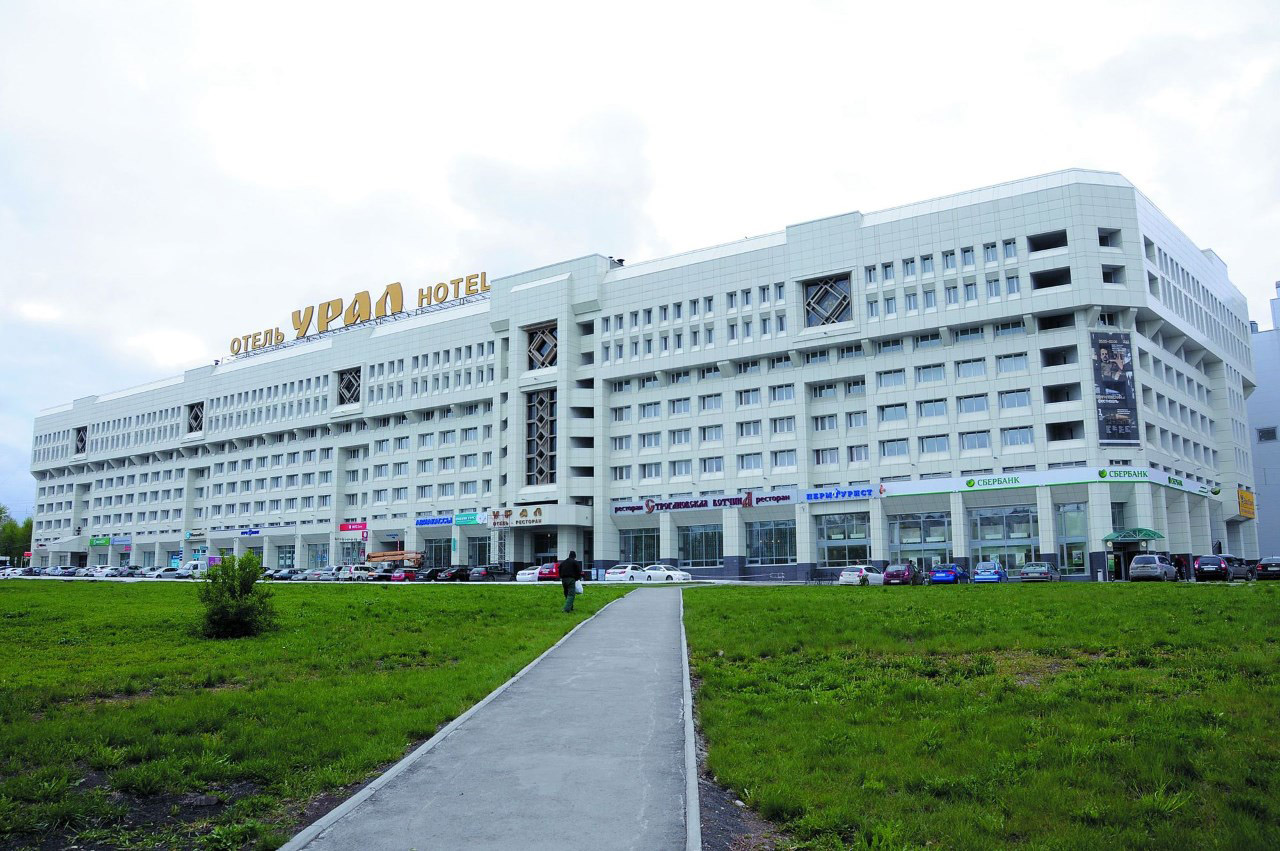
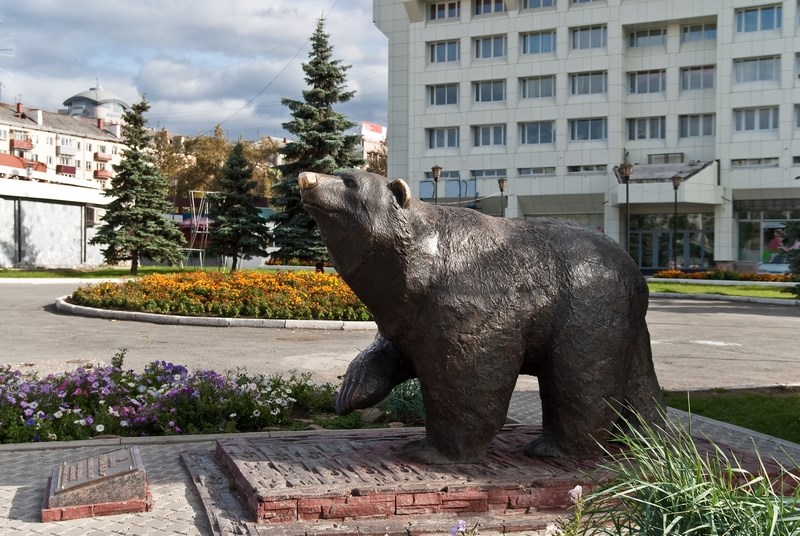
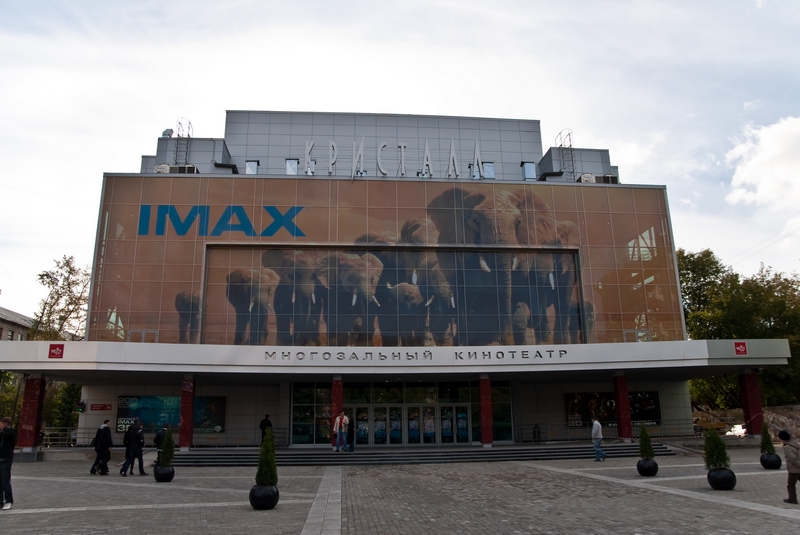
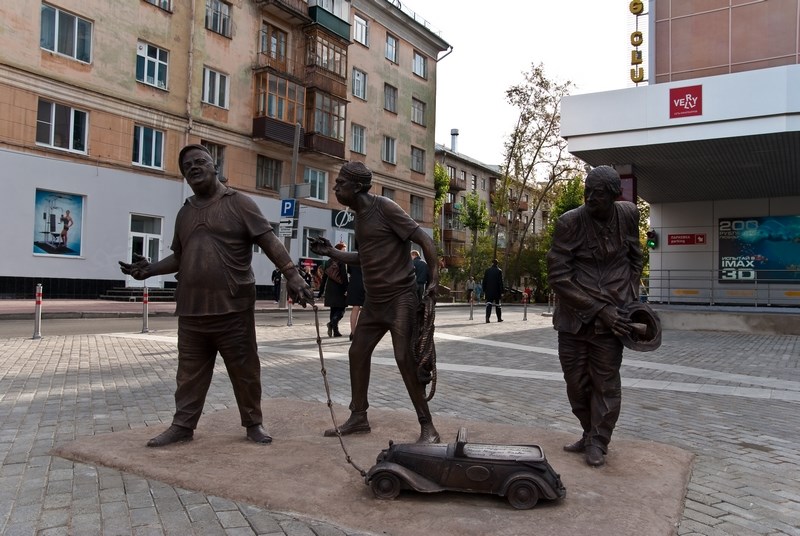
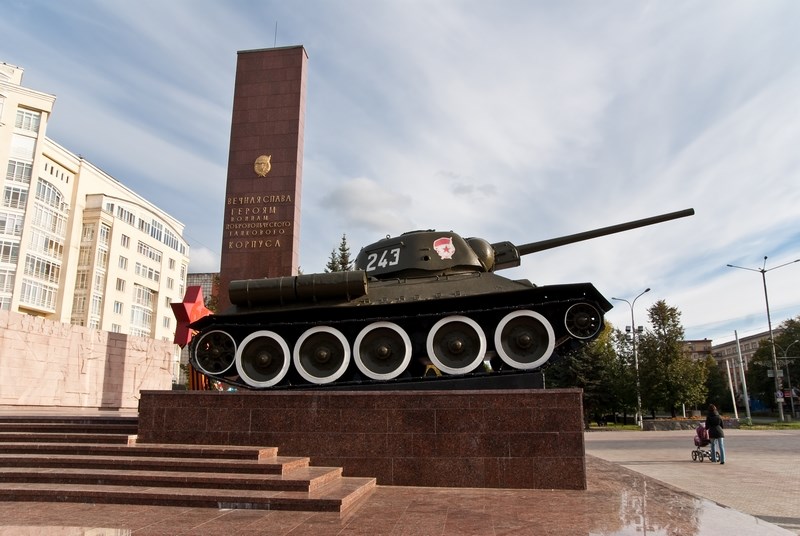
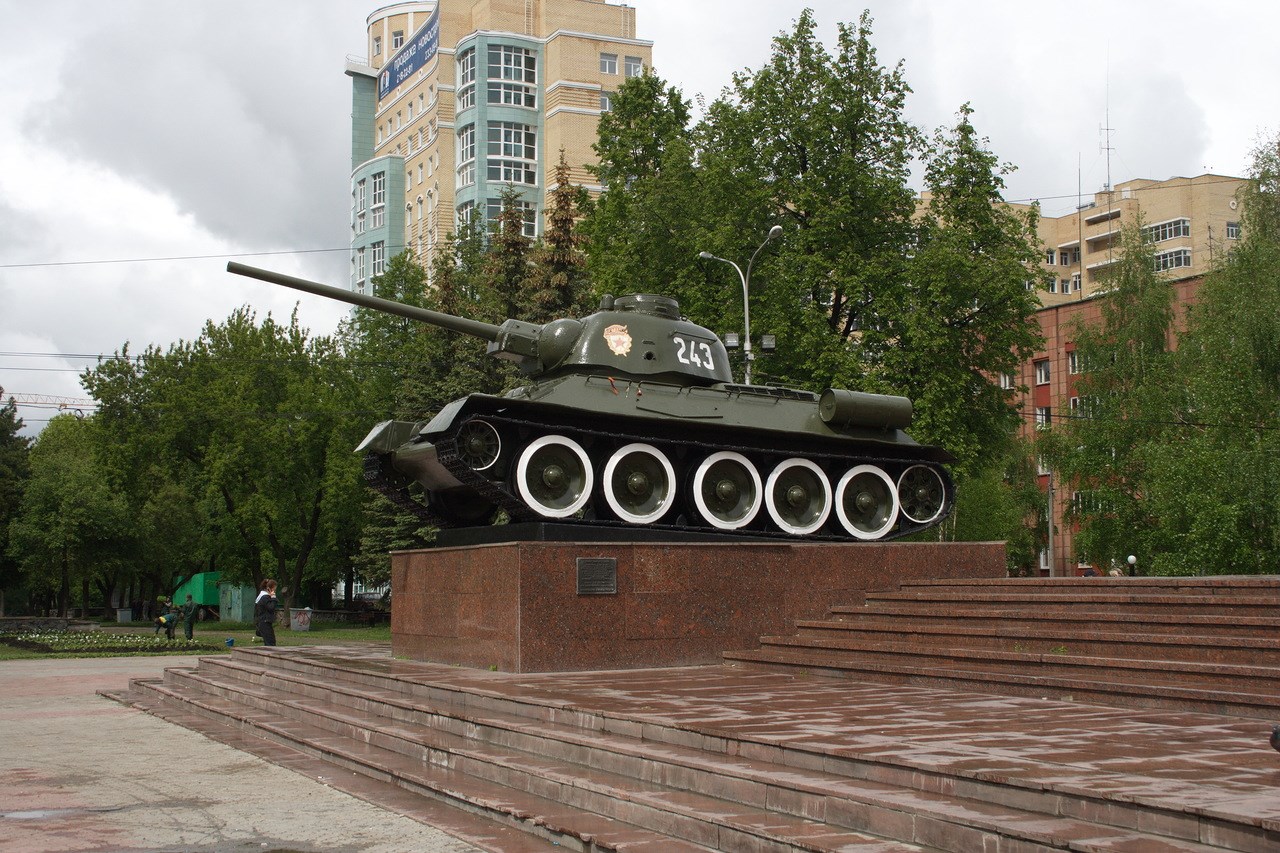
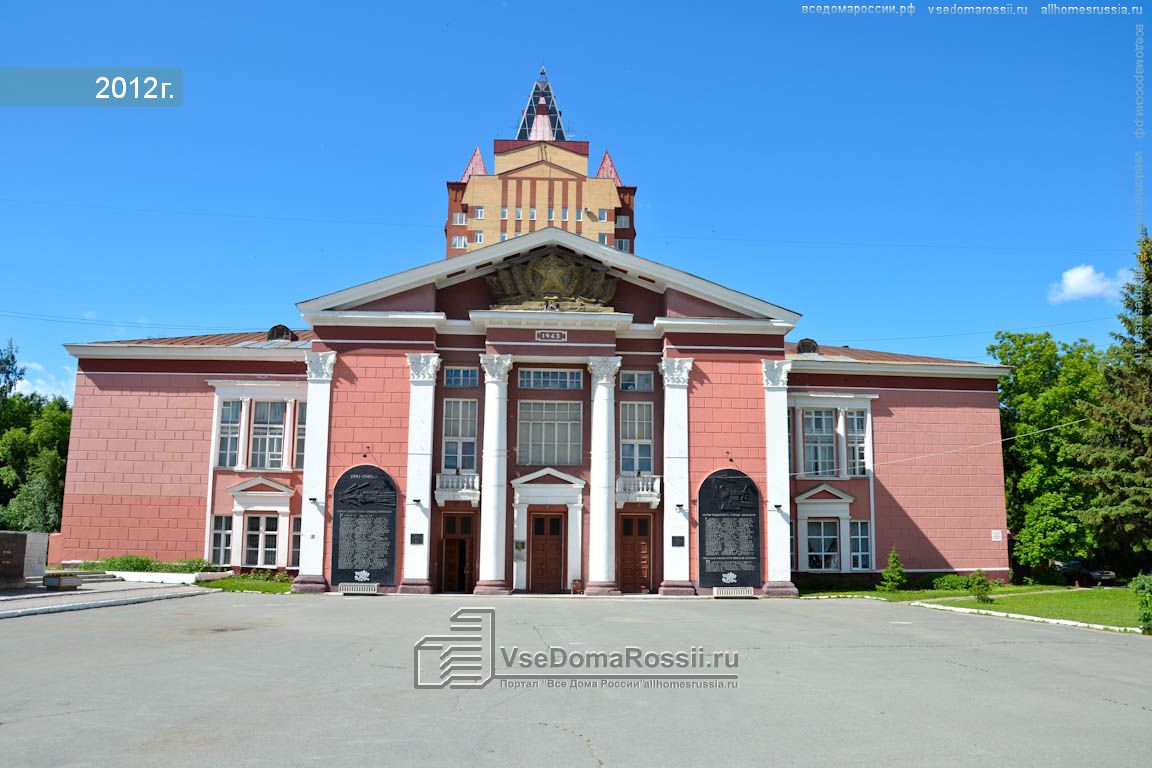

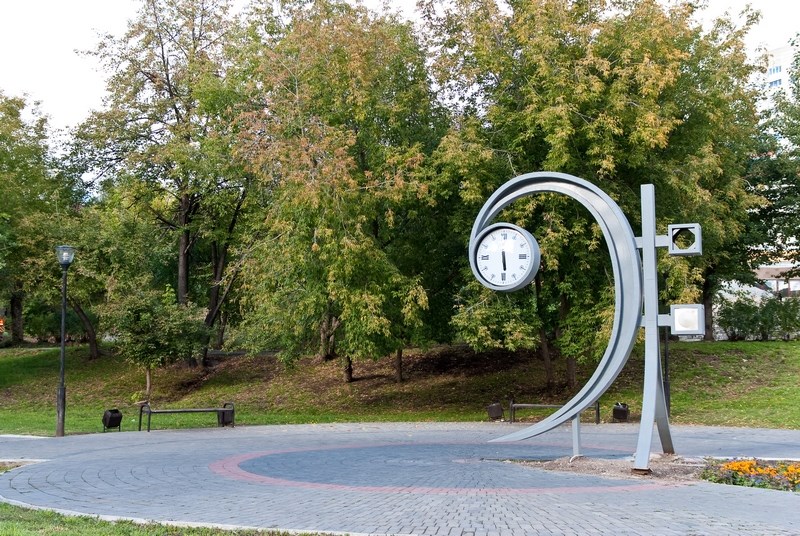
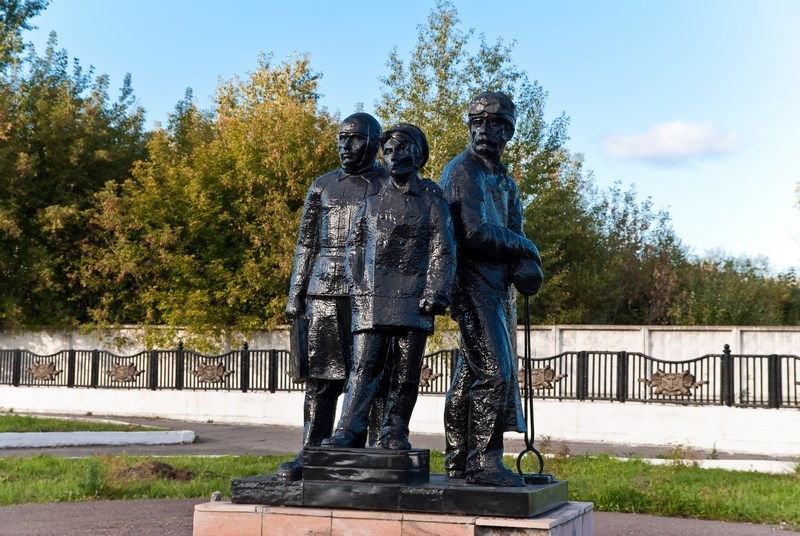
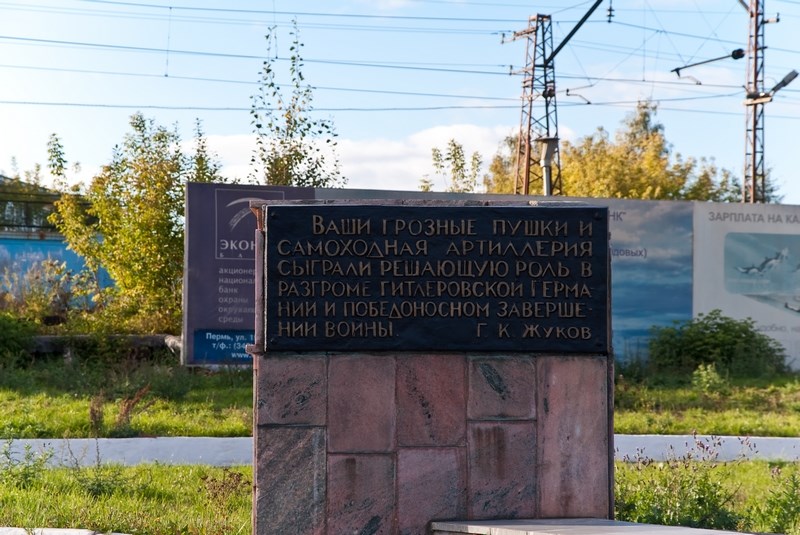
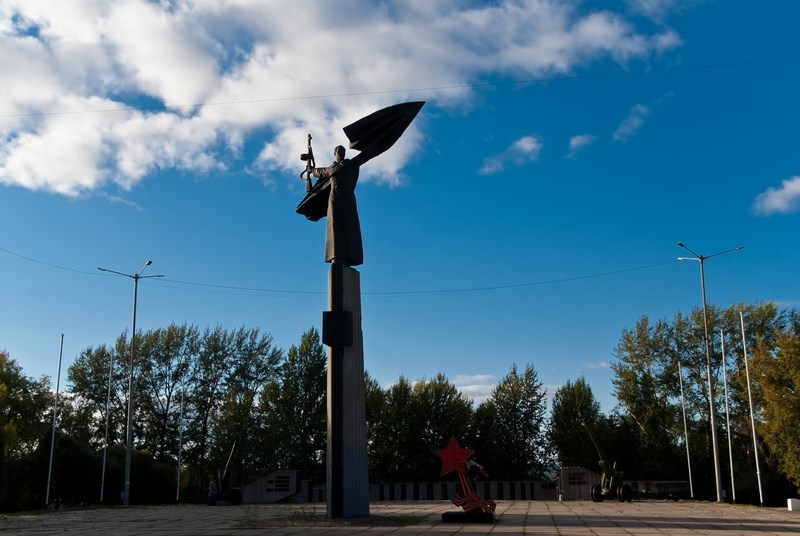
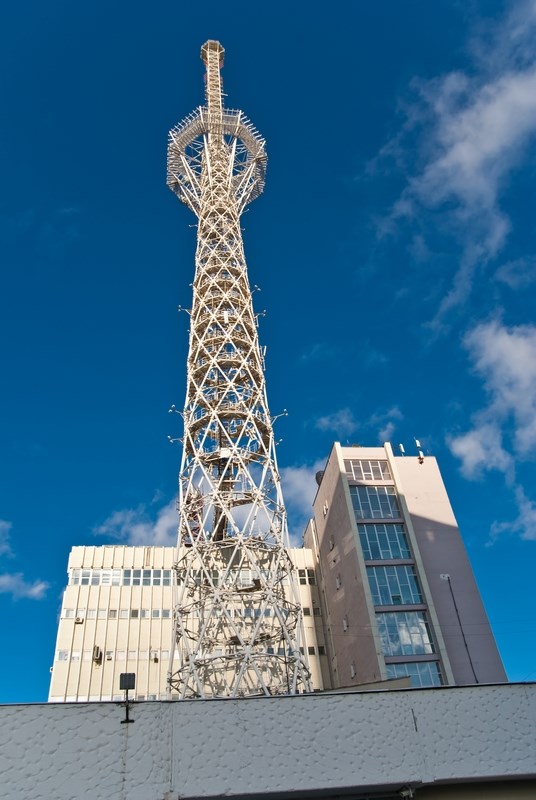
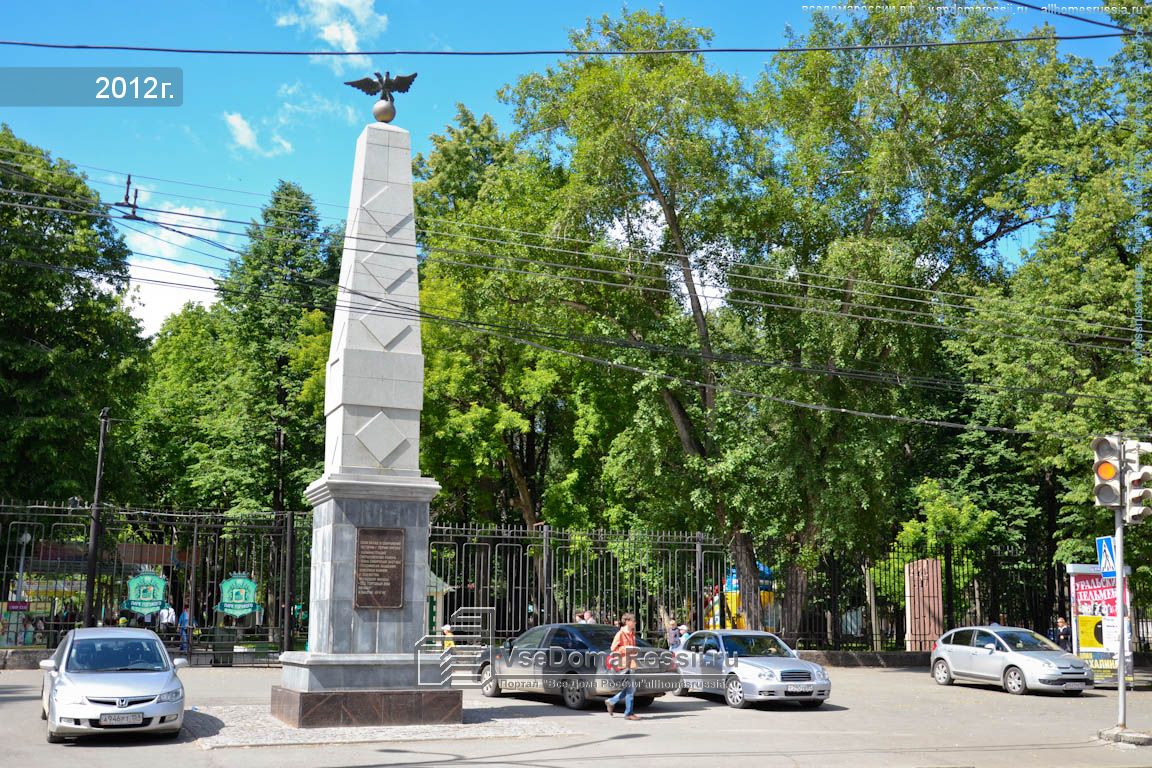
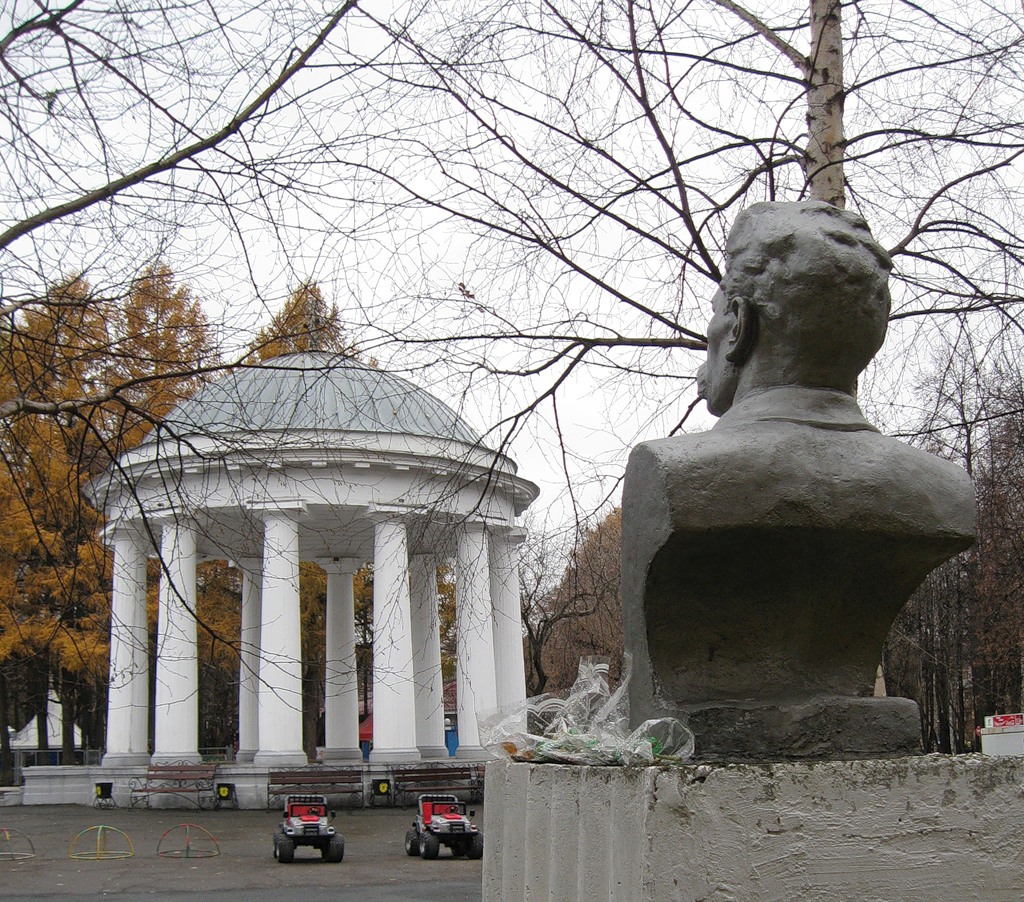
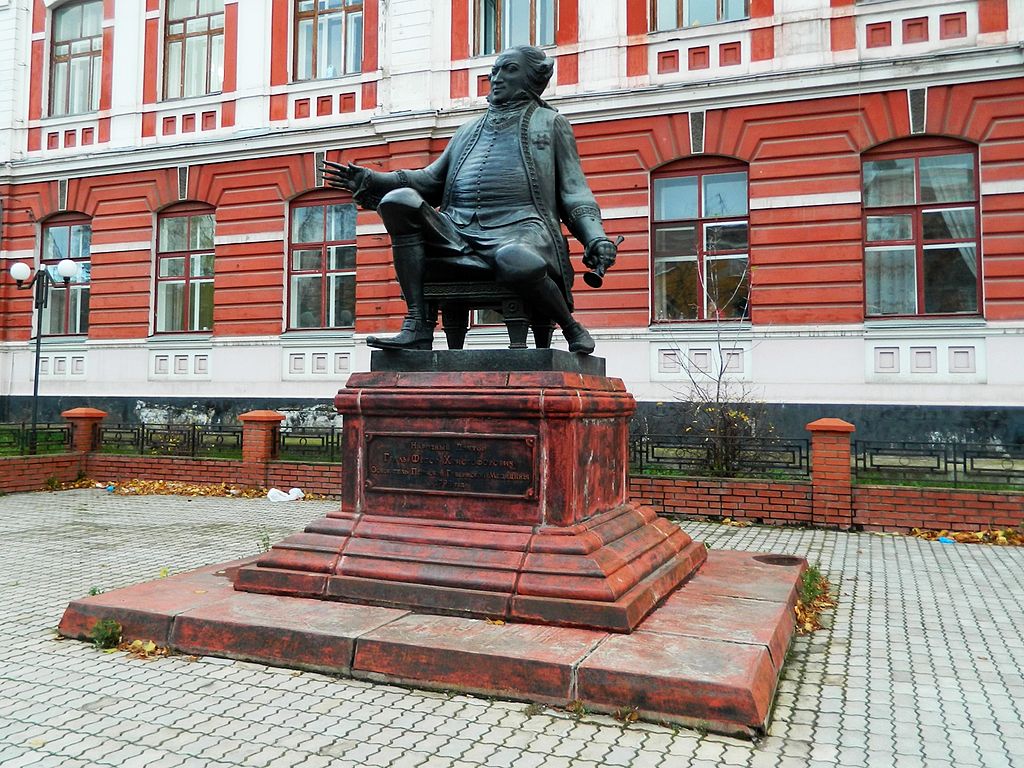
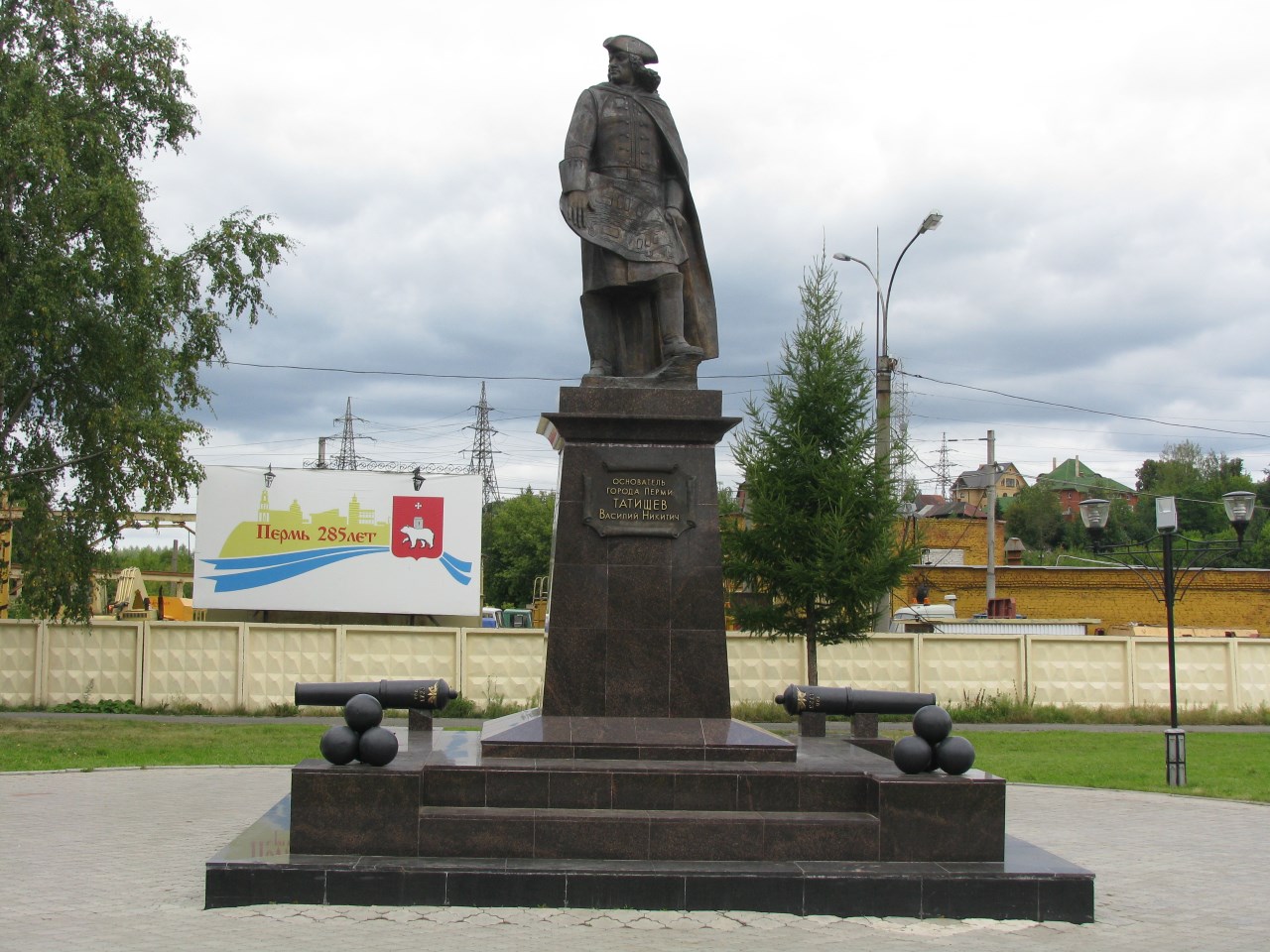
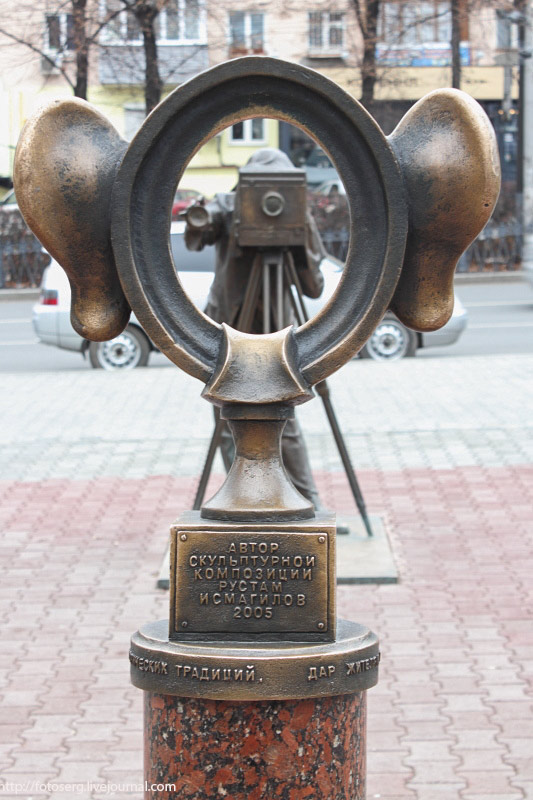
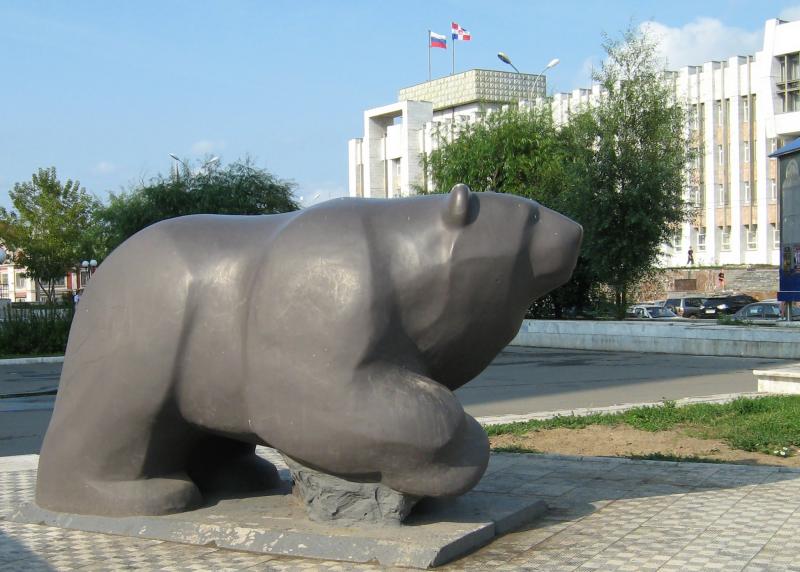
Architecture
As for architecture, most profound buildings are situated in the city centre. The heart of the city is very unlike what one can expect from a city of over one million inhabitants. It completely lacks the usual modern glass buildings and tall skyscrapers that make up for most big cities’ centres. In fact, Perm’s centre is mostly made up by colorful, classic 3-storied mansions of Soviet architecture, making the centre breath a rather relaxed and pleasant atmosphere. Among the most prominent buildings in the city are the centrally located "Young people's theatre", the Feodalyevskaya Church and the Dyagiliev Mansion. Furthermore, the Perm I train station is worth a look, as it is proper ancient (17th century).
In the provincial towns surrounding Perm, such as Kungur, Solikamsk, Usolye and Osa, architectural highlights are dominated by mansions and factories which were built by the Stroganovs and Demidovs in the 17th century. In similar style, a large number of remarkable churches and cathedrals can be found throughout the Perm Province.
Famous people
In spite of Perm being a relatively unknown city, the city and its region brought forward many famous people. Ballet impressario Sergei Dyaghilev was born in Perm and spent early years of his life here. He became a sensation in Europe during 2 decades of his "Ballets Russes". Dyaghilev's former mansion in the centre of Perm is now a museum. Chaikovsky, one of the greatest composers ever, was born in a small town just south of Perm. Furthermore, Perm was home of Popov, the inventor of radio, and of Boris Pasternak, who wrote Dr. Zhivago here. The Stroganovs, the Demidovs and Tatishchevs in Perm make up for Russia's famous industrials. Ballet impresario Sergei Diaghilev wrote history when he produced the ballet sensation "The Rites of Spring" in Paris in the early years of the 20th century.
Sports
For those who are more into sports rather than theatre, Perm has many possibilities. Especially in weekends, the offer is large. Football games of Amkar (promoted to Russia’s premier league in 2003) and “Molot-Prikamiye” (see club logo on the right) ice hockey matches take place frequently. Click here for all matches of Perm sports teams.
Shopping
Shopping in Perm is an experience on its own. Like most other cities in Russia, Perm has not got obvious Western-style shopping streets, although the central “Komsomolsky Prospekt” is steadily developing into one. New and modern stores are appearing in and around this proper avenue at a fast rate, among which mostly fashion, jewelry and dining places.
For daily needs, the huge central bazaar is the most popular place. For any tourist, a visit to this site of countless little stands, shops and kiosks simply cannot be missed. The whole city comes together here, making the bazaar probably the most vivid place in Perm. Fruits, vegetables, clothes, cleaning products, tools, audio, sunglasses, kebabs, carpets, almost ANYthing can be purchased here, and usually for very little money too. The large building in the centre of the bazaar is the place where all kinds of meat and milk products are sold. For those looking for cheap clothing, the Chinese-Vietnamese market is the place to go. Decent but cheap is the main subject among the mainly Chinese trade-people at the market.
Furthermore, several smaller markets (“rinki”) can be found all over the city, mainly at the crossings of major streets. A number of shopping malls serve those who like to have everything in one building. The biggest one is “Univermag” on the corner of Lenina and Komsomolsky Prospekt. Just across the road are many bakeries, cafés and kebab stands for a short break and a quick snack.
Public Transport
Perm has an extensive public transport system, operated by busses, taxi busses, trolley busses and trams. They take you to wherever you want to go in the city, even to far outskirts. The standard fare for any means of public transport is 13 rubles, to be paid to the conductor on entrance. Taxi busses start around 6:30 am and stop at 21 pm. All the other transport starts at 5:30 am and goes until 0:30 am. Taxis, naturally, drive 24 hours.
If you do not know the city well, it might be difficult for you to find your way through the complicated public transport network. The best thing you can do is to ask the hotel receptionists or your host family which bus or tram number you need. Just remember the name of the stop you departed from, so it will be easy for people to give you directions back, just in case you are not sure which one to take. It is also possible to buy a city transport map at any paper/magazine kiosk, they cost around 2 euro.
http://www.uraltourism.com/perm.php
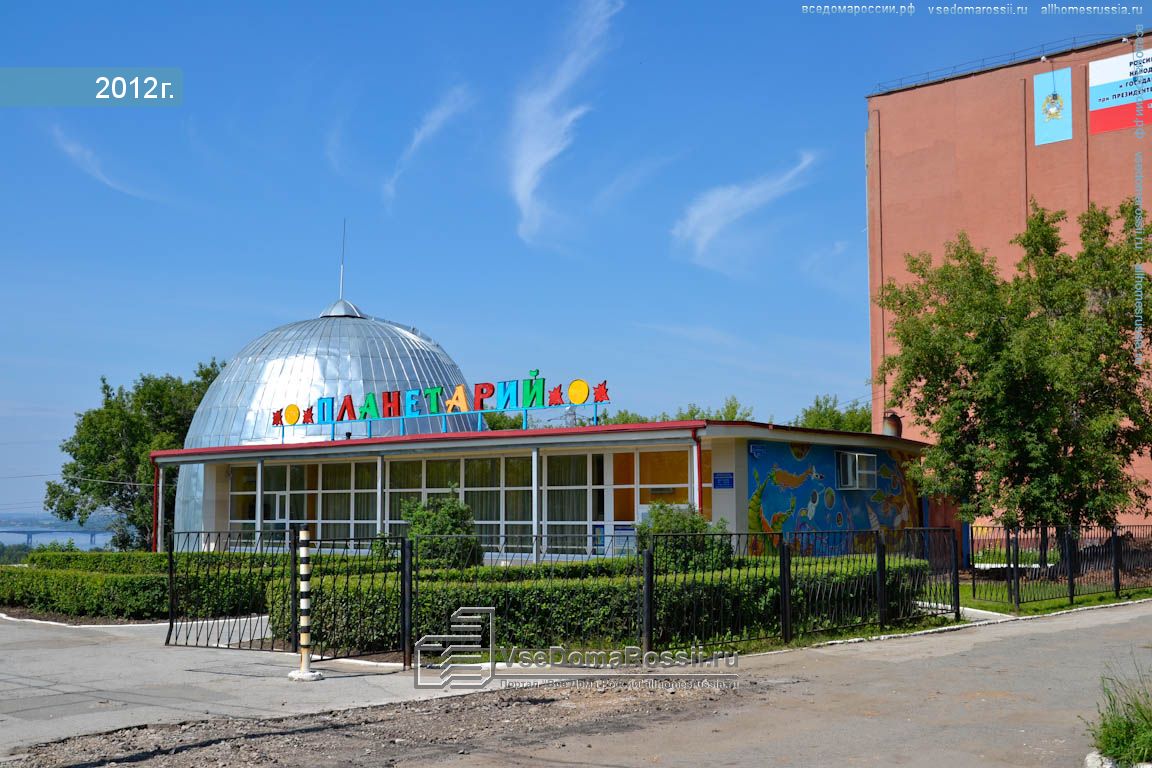
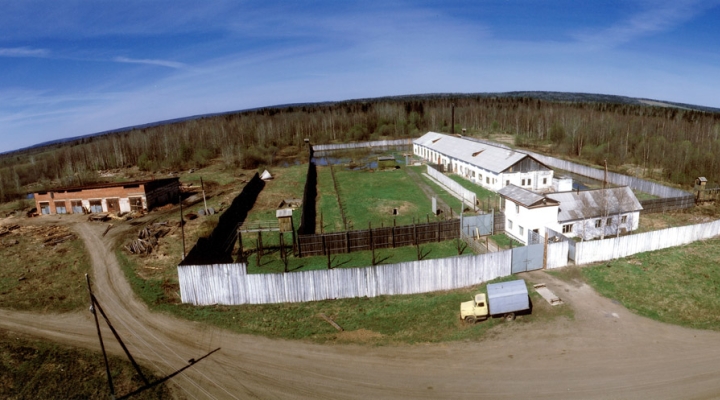
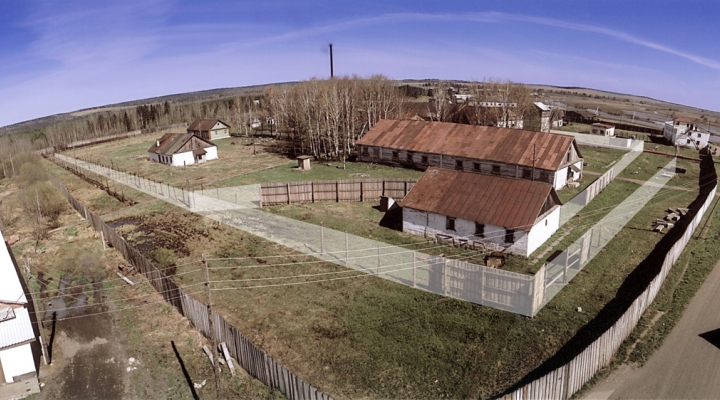
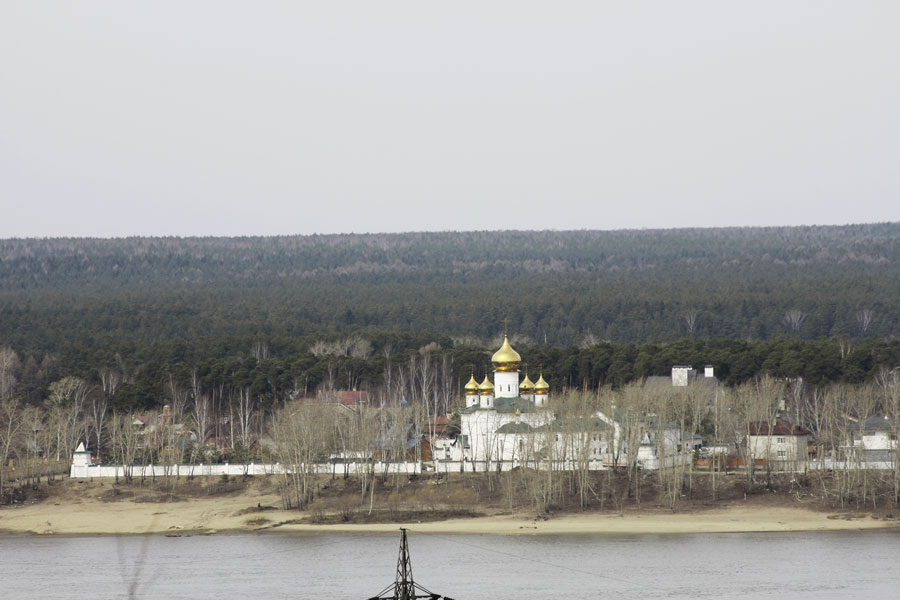
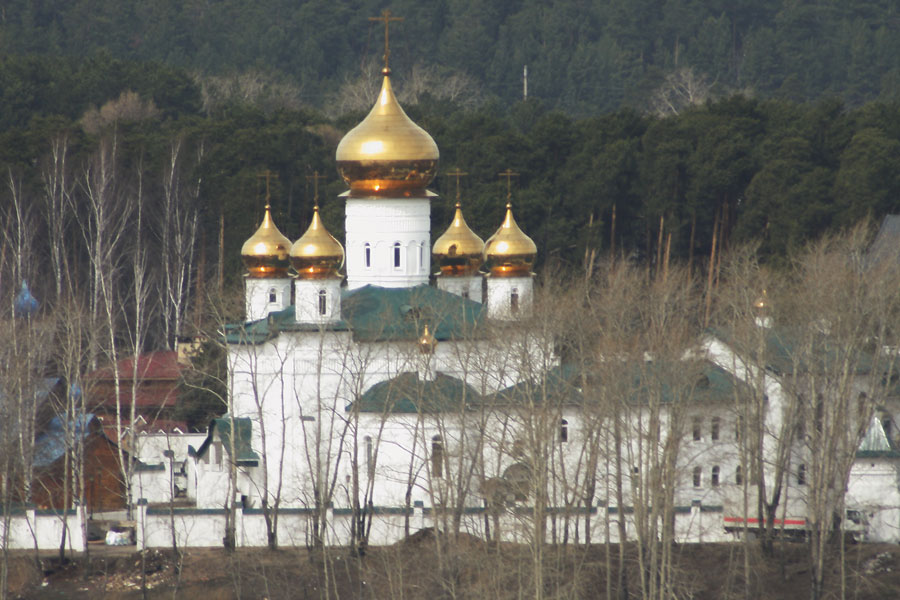
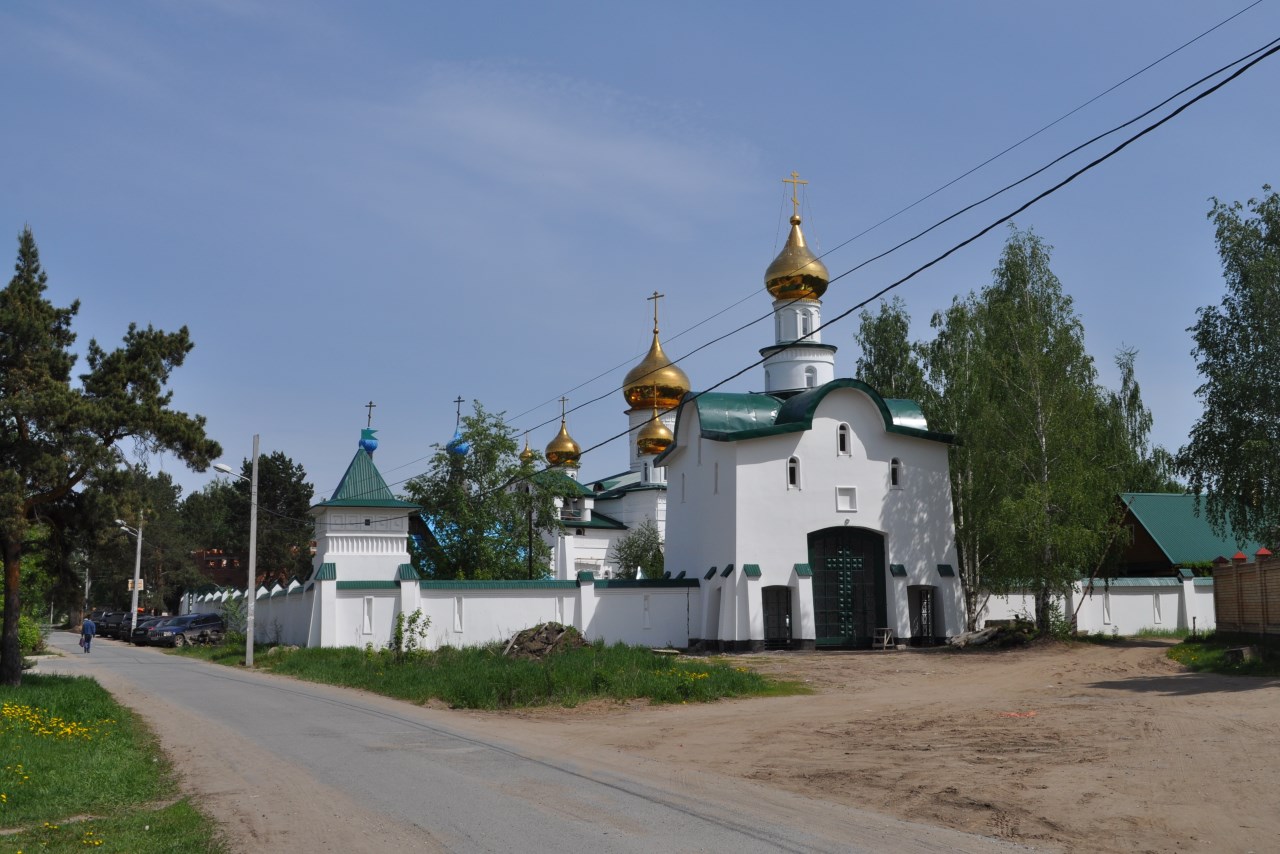
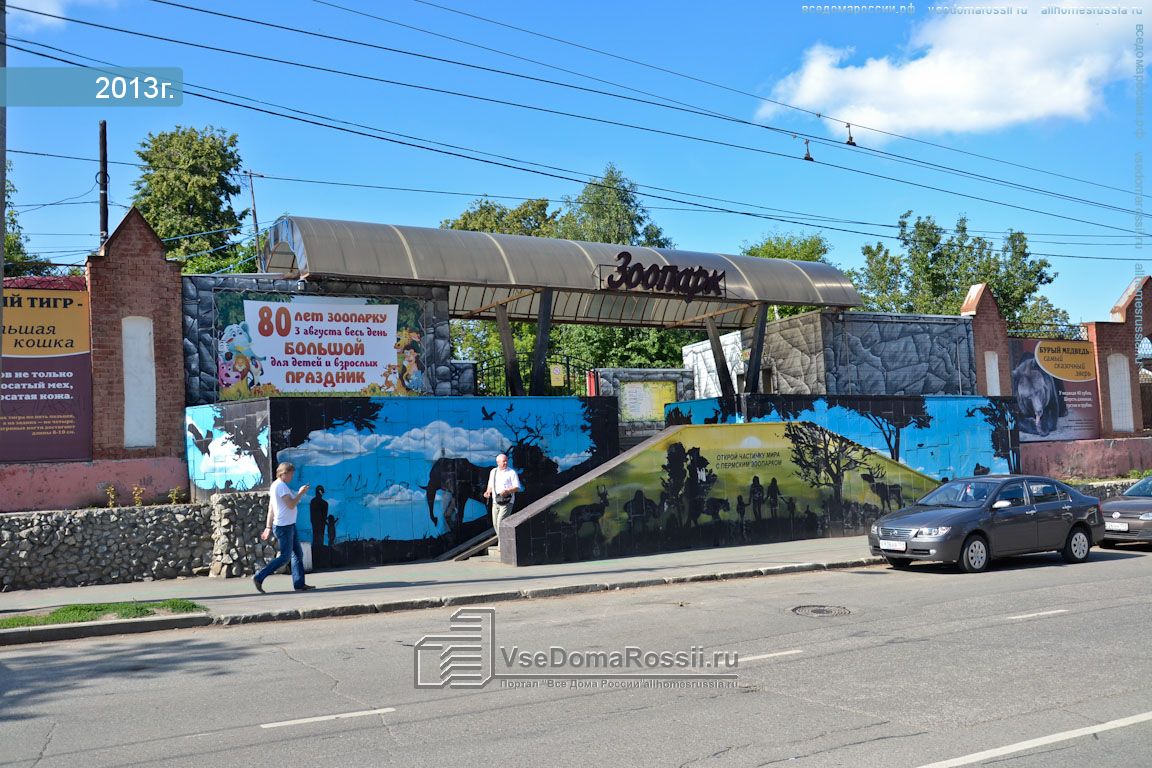
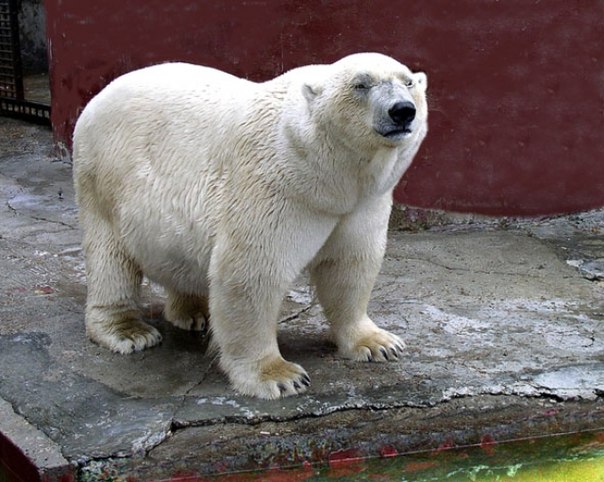
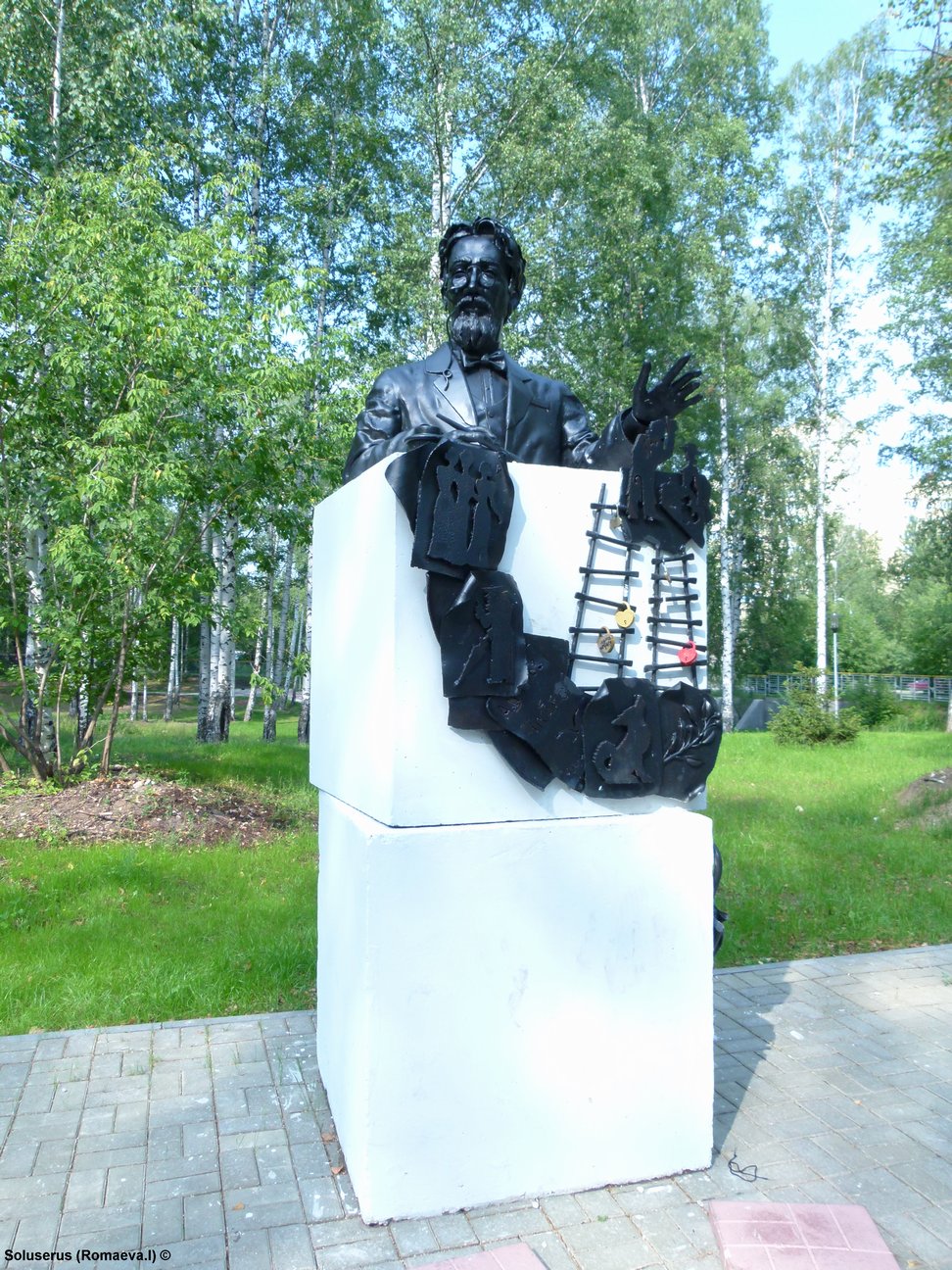
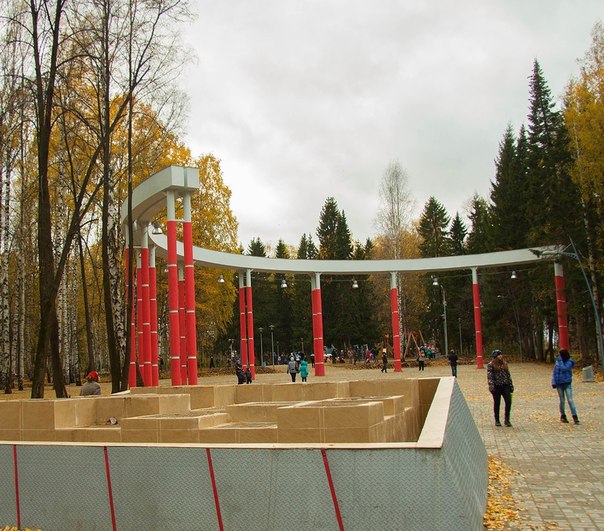
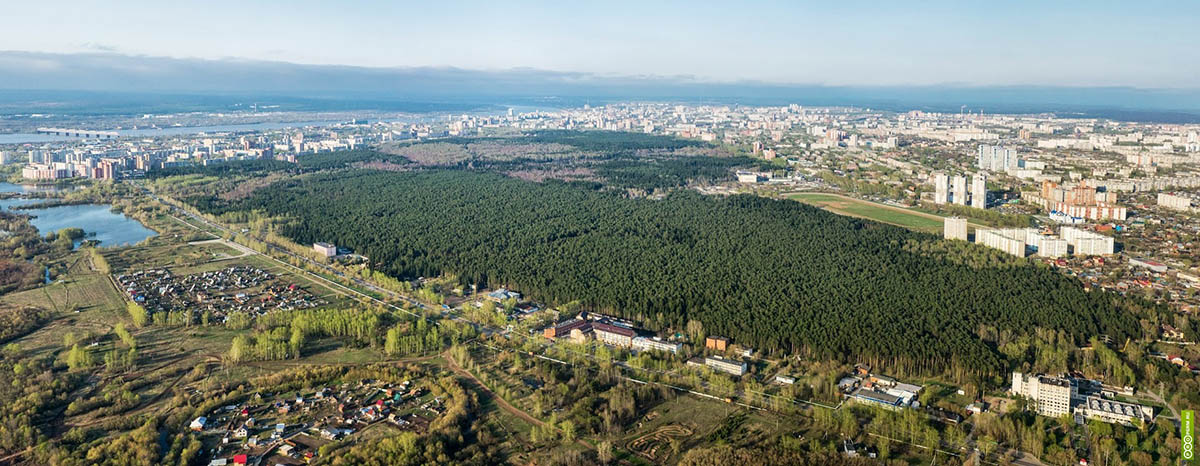
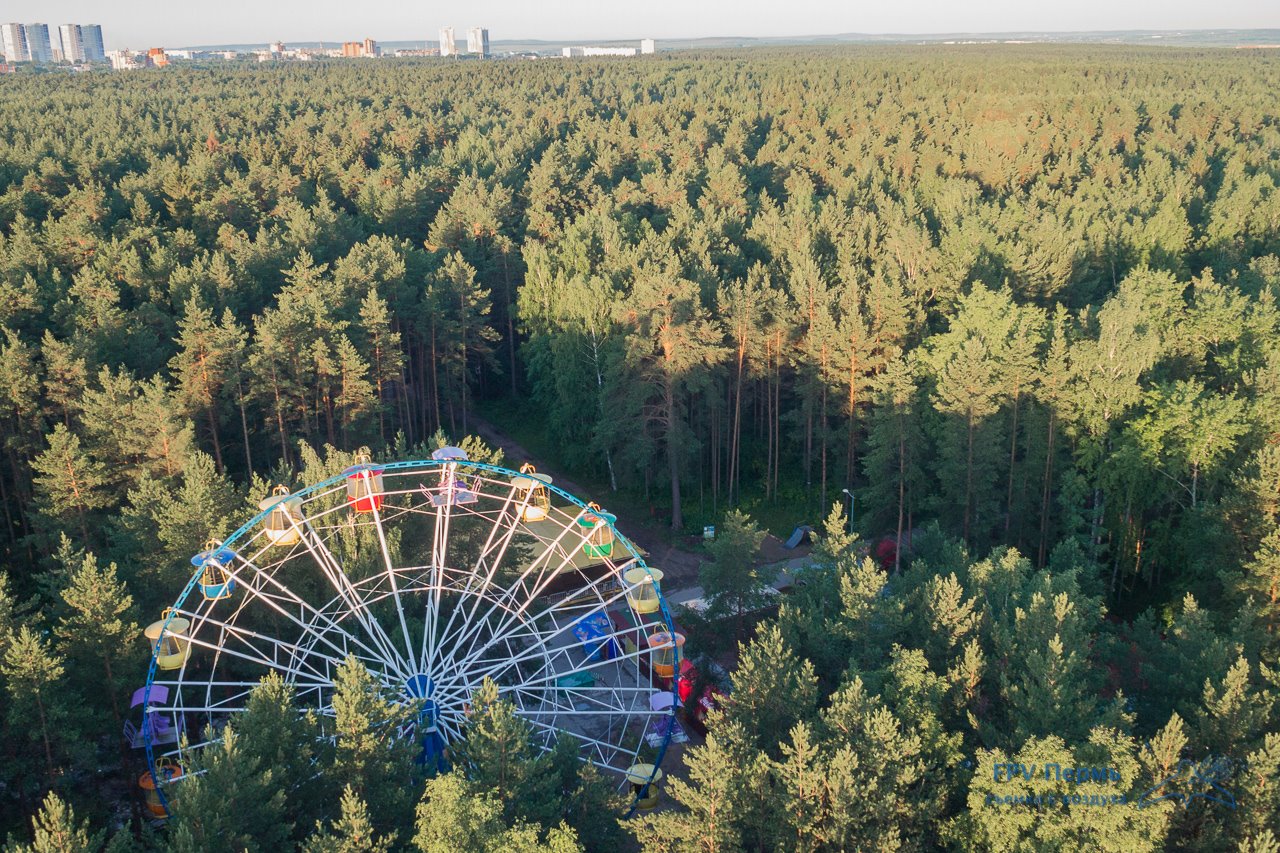
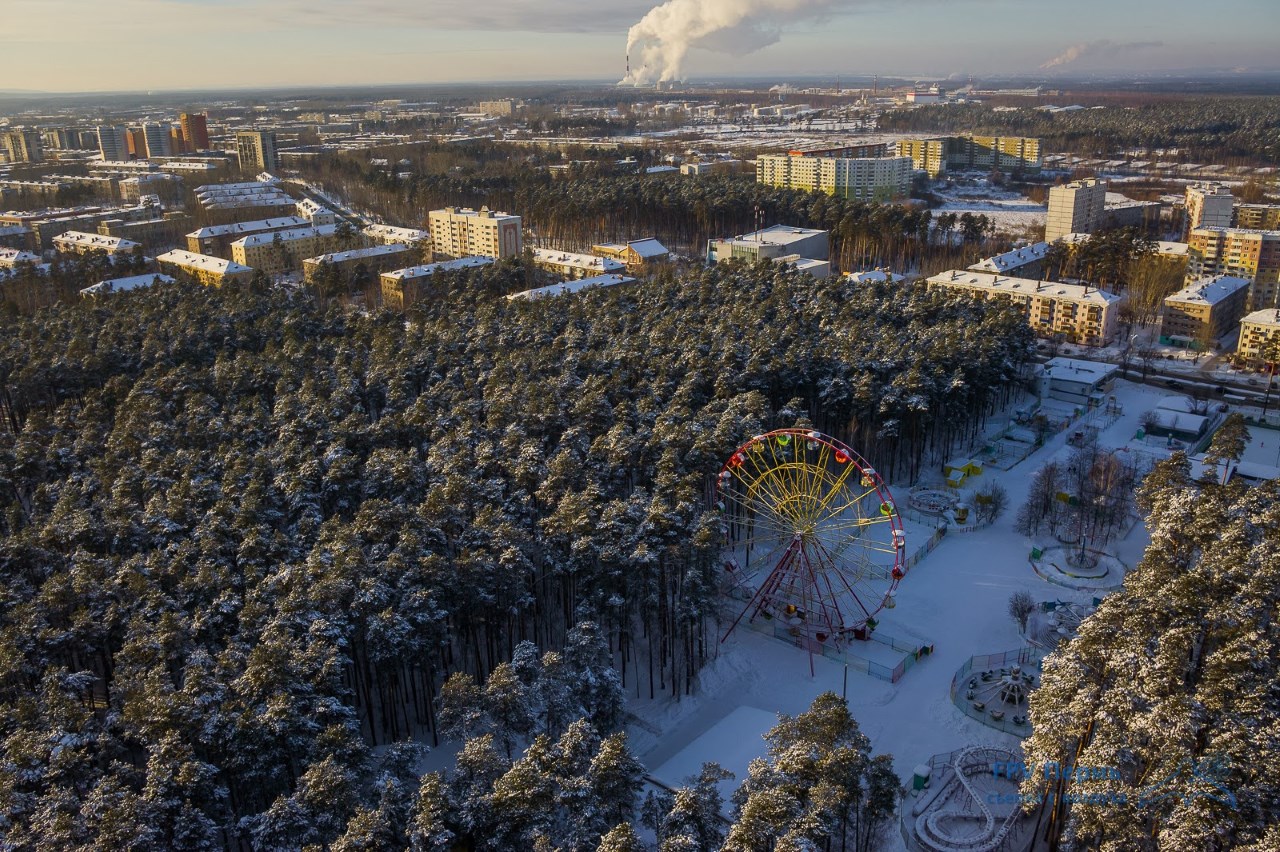
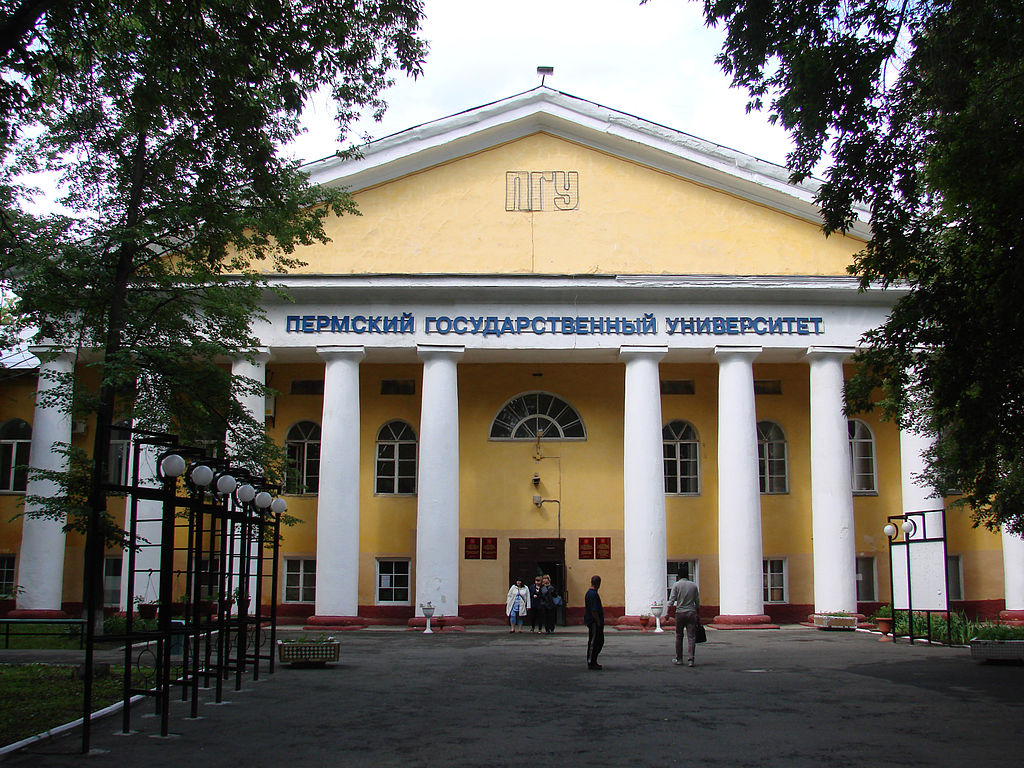
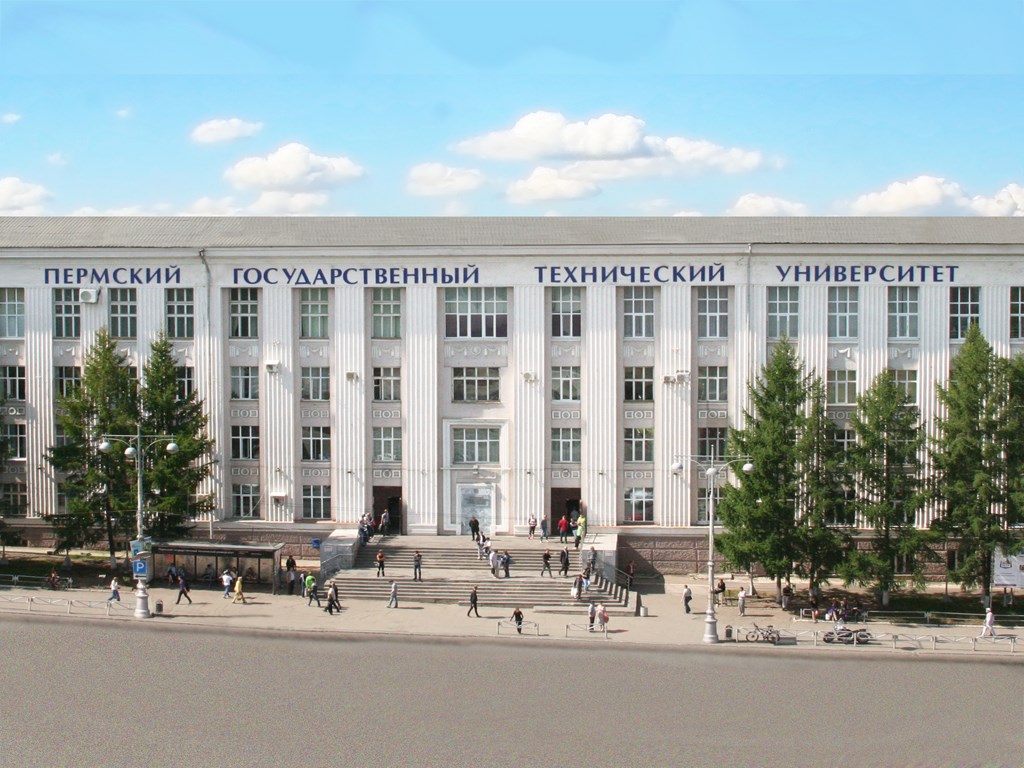
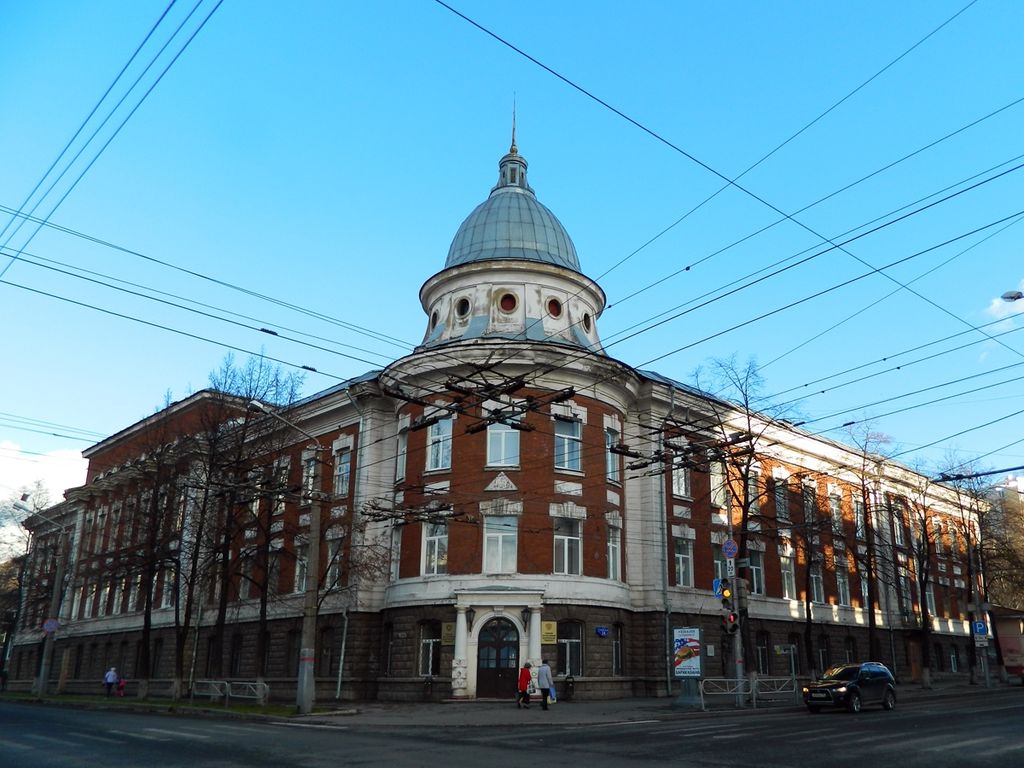
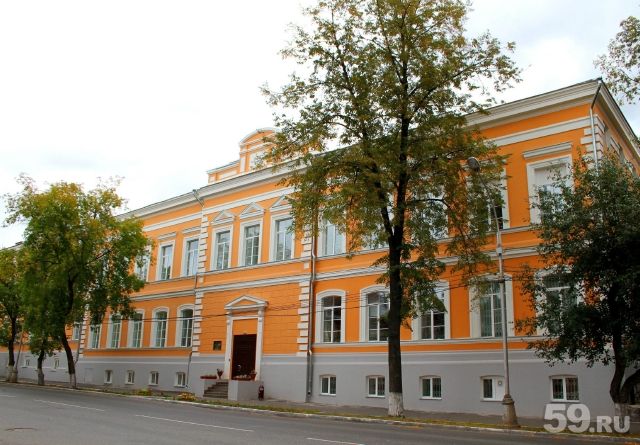
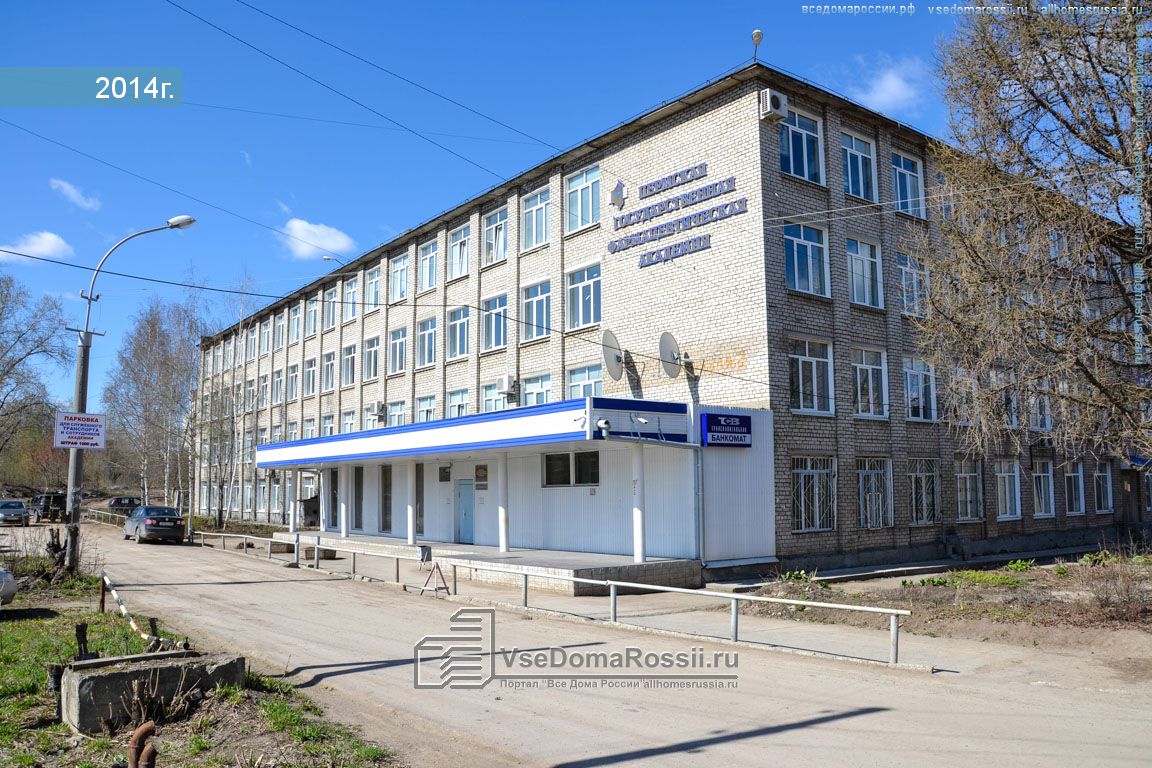
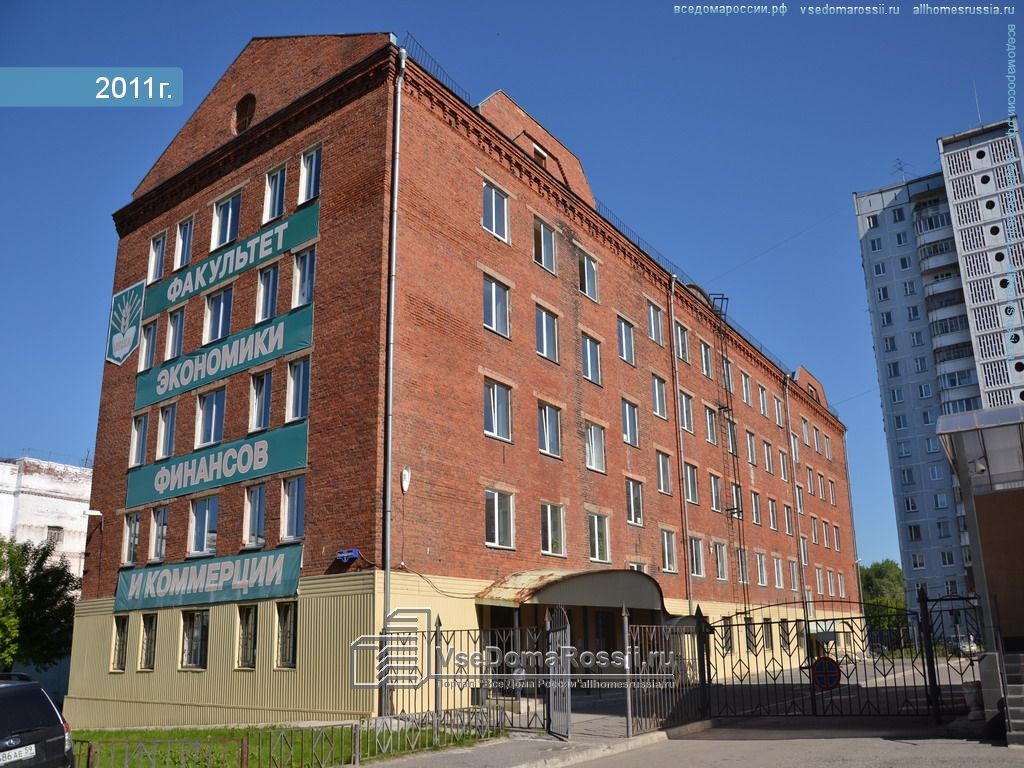
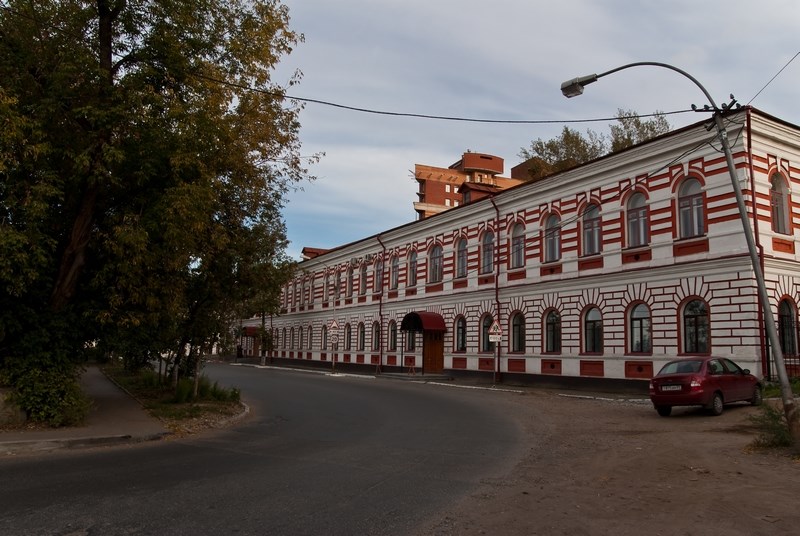
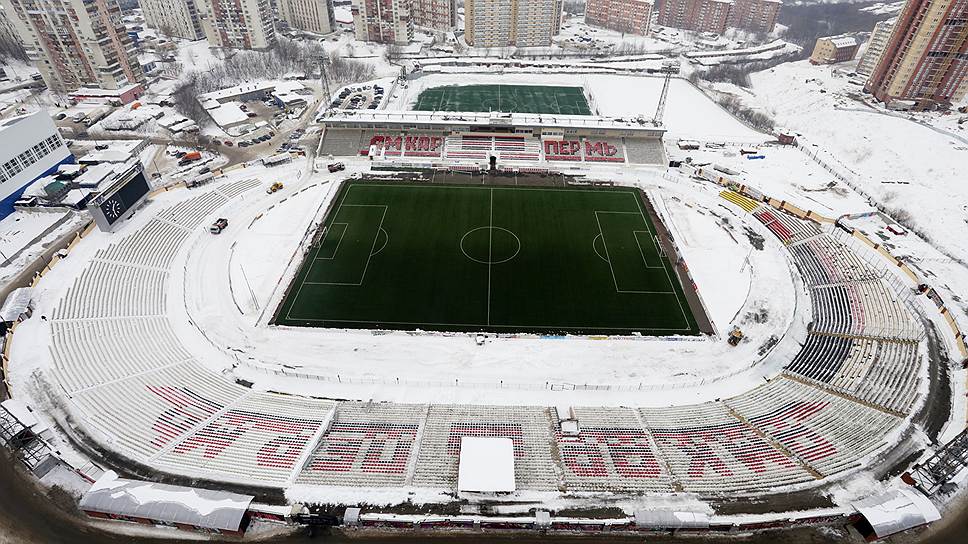
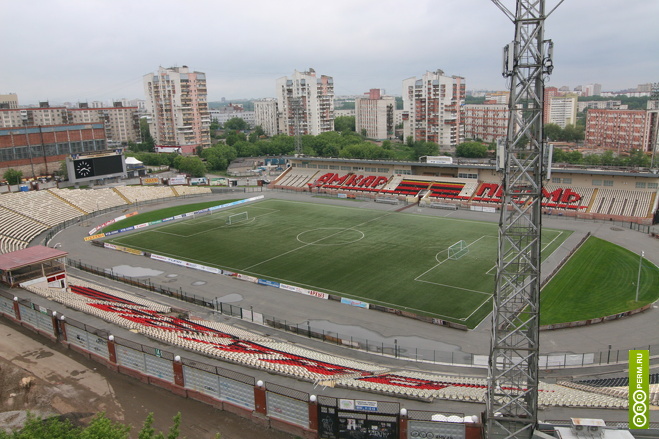
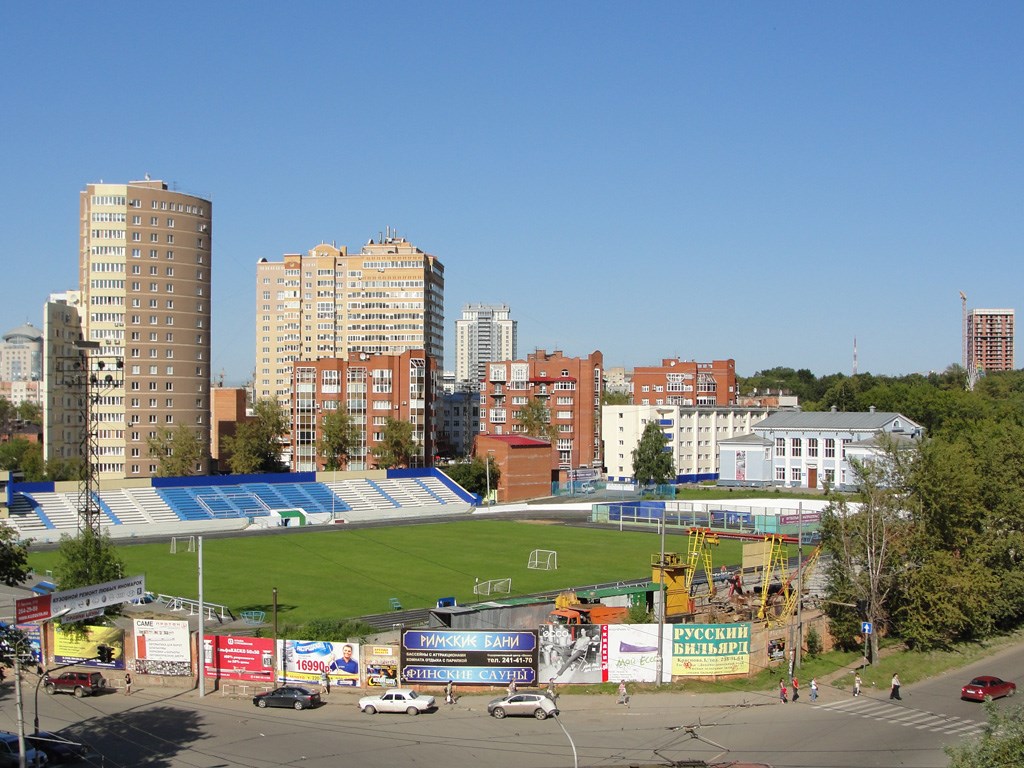
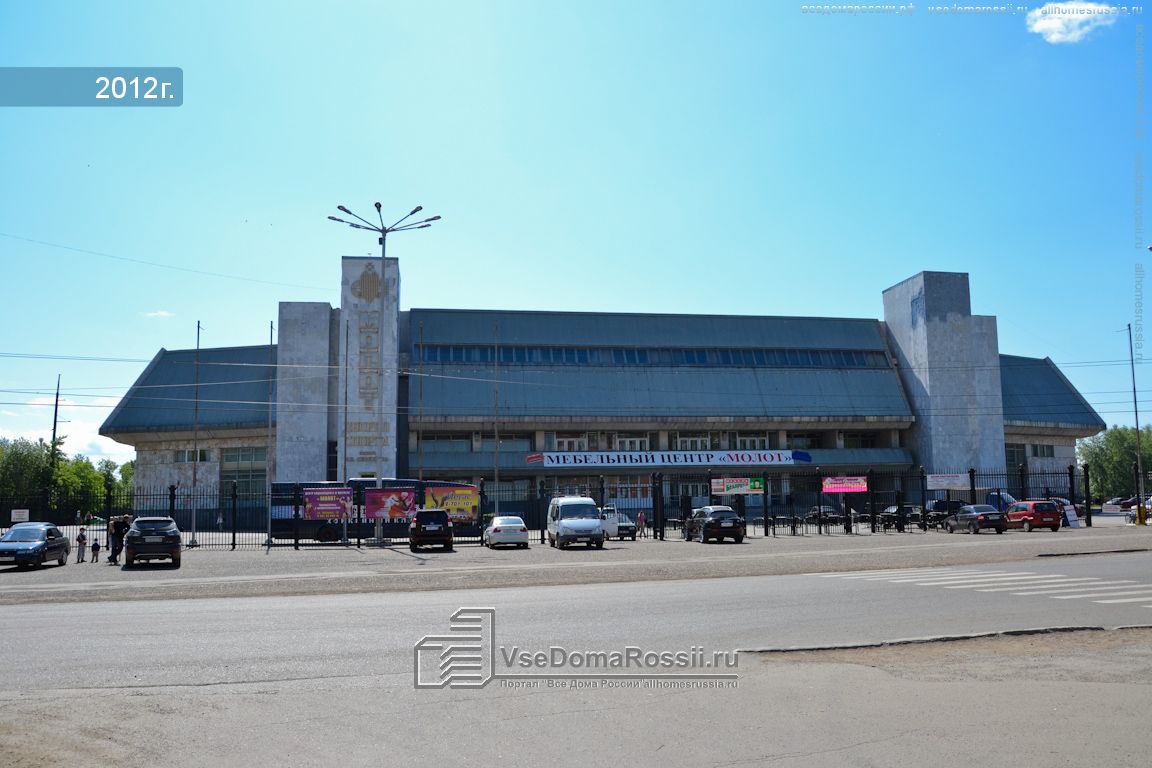

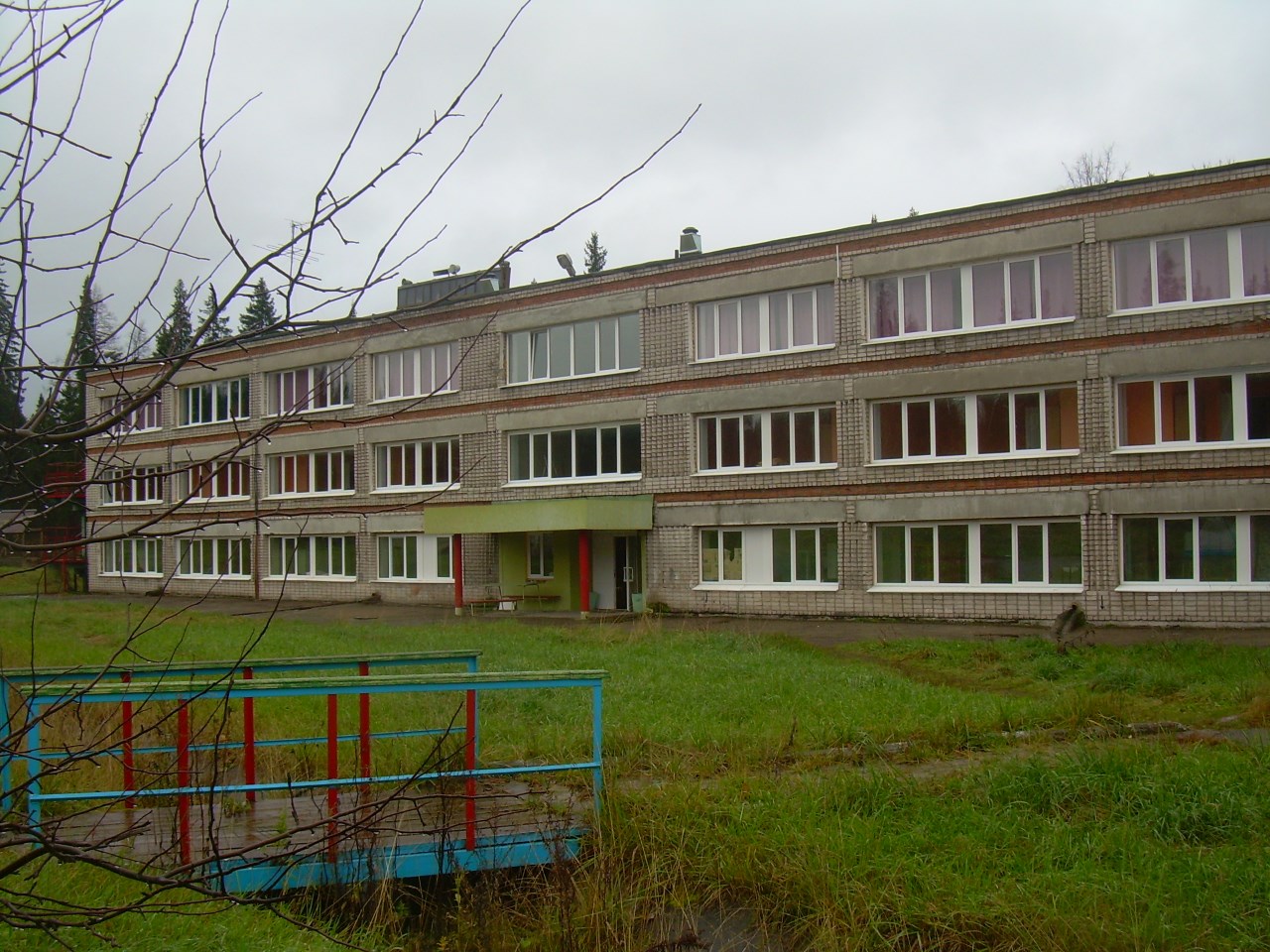

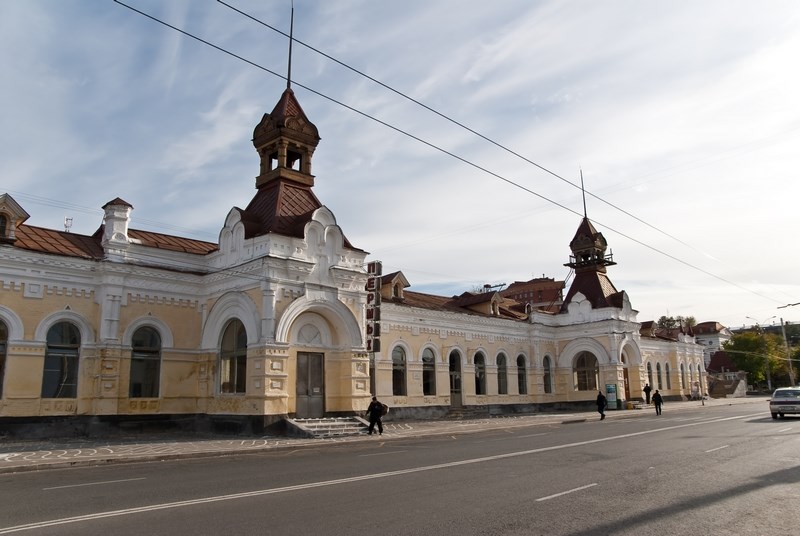
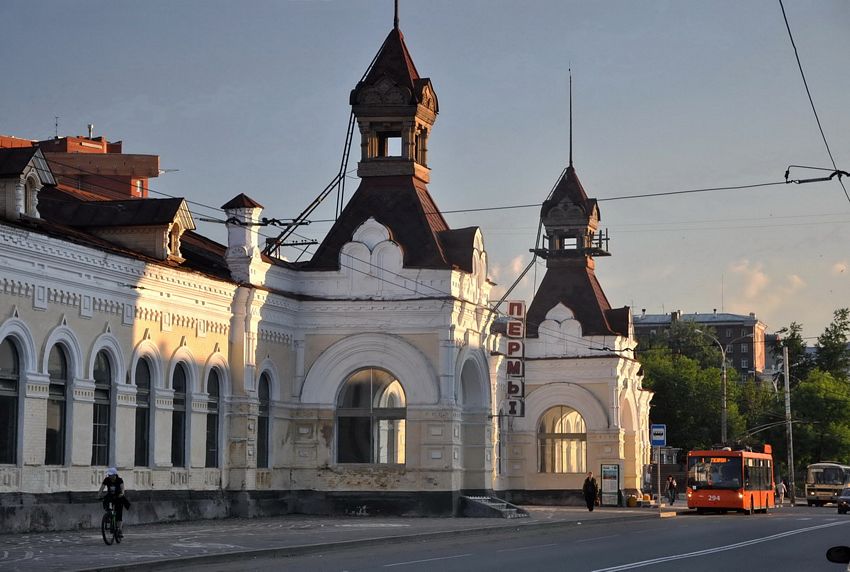
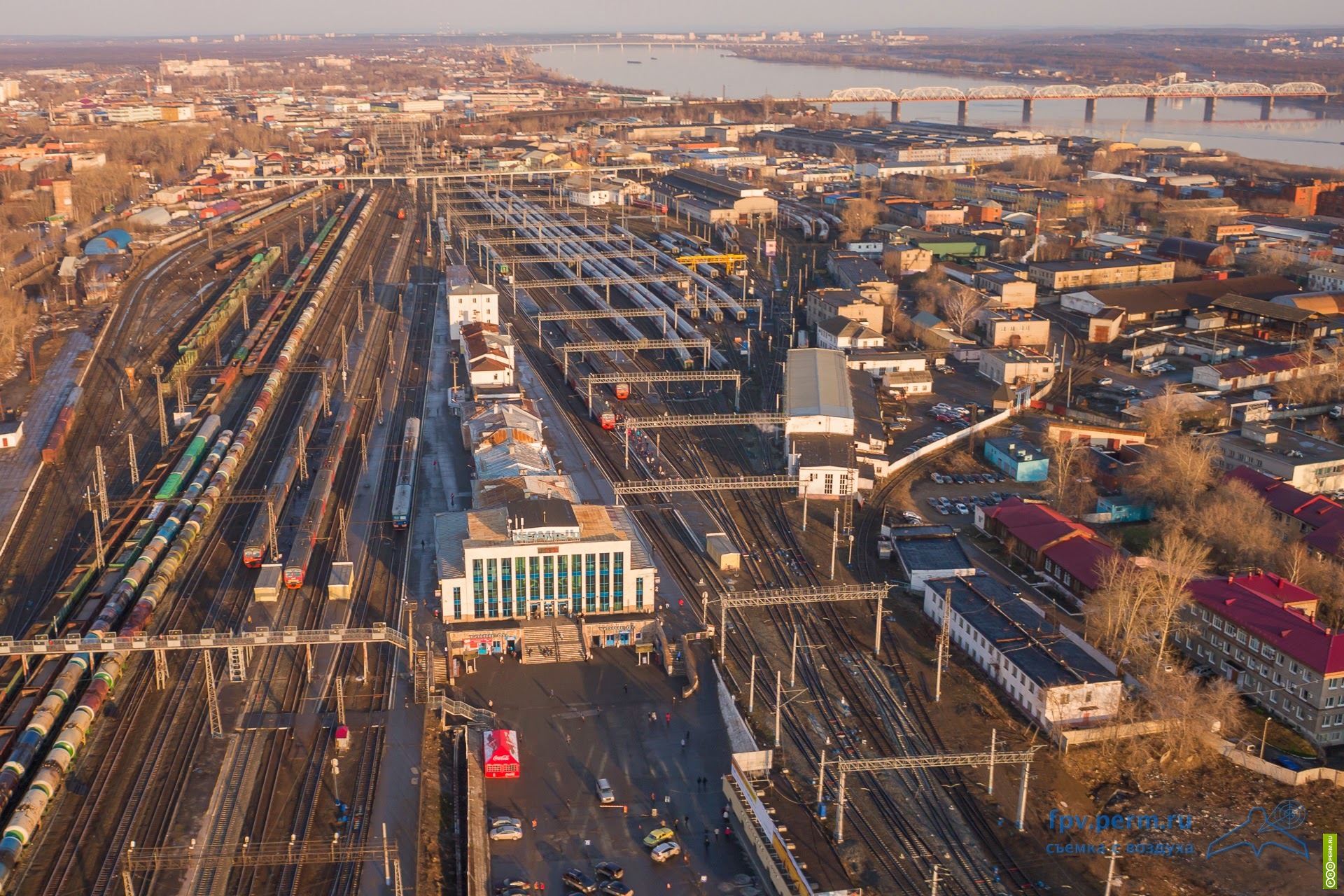
Why come to the city of Perm?
We thought a lot how to convince you that the city of Perm is really worth visiting. We had an idea that one could say: Guys, you live in that city, and of course you should love it, and as every citizen you should admire it and in the eyes of foreigners bet against that it is the best city ever.
And we decided that it is one of our customers, one of our tourists and guests Leonard Ward by name, who is the right person to tell you why come to the city of Perm. Here's Leonard's story.
Thoughts on how you might like to spend some of your time should you come to Perm by an Englishman abroad.
I have been coming to the first city of Europe (as many locals like to call it!) almost every year since 2000 when I first arrived as part of an exchange visit with the Oxford Perm Association, Oxford and Perm being twined, I now consider it to be home when I am in Russia, I look forward to my annual visit with much anticipation, it is a time for meeting old friends and visiting places so familiar to me.
Perm lies 1200 kilometres east of Moscow, it is the city where the transibirian train stops after the first days travel on its way from Moscow to Vladivostok, or a short 2 hr flight from the capital.
A city of almost 1,000,000 “souls“, (similar in size to Birmingham UK), is situated on the east bank of the Kama river with the Ural Mountains about three-hour drive further to the east, Perm is often described as an industrial centre, but do not be deterred from visiting as this description does not paint a true picture of the city or of what is a very beautiful and largely unspoiled area of central Russia. It is a vibrant city, a city of much diversity, a city where all tastes are catered for, whether you like outdoor pursuits or you prefer something more cultural Perm has something for everyone. I can highly recommend a visit to this most interesting of cities which gave name to the last period of Palaeozoic age - Perm period (the name given by a famous Scottish scientist and geologist R.I. Murchison).
My top things to do while visiting Perm in no particular order, are:
1. doing the “Green” and “Red” walks. Whilst the green line takes in some of Perms most significant historic buildings including The State Art Galleries, The River Boat Station, which is now the famous Perm Museum of Modern Art, Perm 1 railway station, (my personal favourite) and The House of Meshkov which now serves as The Museum of Perm Region and many more, the “Red” line tells you some of the most fascinating love stories associated with Perm, including the love story of Lara and Yuri from the world-famous novel “Doctor Zhivago” by Boris Pasternak.
2. taking a boat trip on the Kama river. I recently took a trip from Perm to Samara stopping at various other interesting places on the voyage including Kazan, capital of Tatarstan, Yelabuga where the famous Russian poet Marina Tsvetiava is buried, and other equally fascinating places. This was an unforgettable trip through the vast and beautiful autumn countryside on the huge Kama and Volga rivers, 2 or 3 day trips are also available as well as day trips, these river excursions are for summer only, mid-may until mid-September.
3. eating freshly barbecued scumbriya (mackerel) at a little summer bar overlooking the Kama river as the sun goes down with the forests on the far bank as a backdrop.
4. evenings at the theatre, opera or ballet. Perm is well-known throughout Russia for the quality of its performing arts. Both the famous Tchaikovsky Opera/ Ballet Theatre and the Drama Theatre give performances of traditional and contempery works to the highest standard. Chekhov’s “Three Sisters” have always been popular with Perm theatre-goers as the play is set in Perm. Check out “The Theatre near the Bridge” which performs plays based on the novels of such writers as Bulgakov, (“Master and Margarita“) Gogol, (Dikanka). Great stuff!!
5. camping trips. For the rugged outdoor types - this may suit you, taking in some rock-climbing and rafting. Perm region is a huge area, much of it is unspoiled wilderness, mostly forested and with many rivers. The area around the Chusovaya river is particularly beautiful as is the river itself and the unusual rock formations stand guard on the river banks. The famous Russian photographer Prokudin Gorskii, commissioned by Tsar Nicholas II to travel Russia recording in photographs his land and peoples, took nearly 40 photographs of this one river in Perm region, not without good reason. You may view his photographs of old Russia at the Library of Congress!
6. try by hook or crook to get an invitation to spend time at dacha (summer house) - the best kept secret of Russian life. Relax in the garden, go to banja (Russian sauna) in the evening, enjoy “Shashlik” cooked over the fire with maybe a little vodka ah!, a good time for reflection and contemplation as you sit by the dying embers of the fire gazing at the big black star filled sky.
7. explore other interesting towns and landmarks with local tourist companies offering excursions to towns such as Solikamsk and Cherdyn. In times past these towns where the most important in this region. I myself should like to spend much more time exploring them. Other places I have visited include Kungur with its famous ice cave, Khokhlovka - open air museum of wooden architecture, Perm 36 - a soviet prison camp, part of the gulag system which is kept as a museum, and I hope as a reminder of how things can be, given the right circumstances. All these places and many more can be reached by bus from the central market if you are feeling bold.
8. walking in Perm, roaming the streets enjoying the hustle and bustle of every day life is a favourite pastime of mine. There are many gardens, parks and open spaces to enjoy. It is also the best way to admire the diverse architecture in the city centre - alongside the most important historic buildings you will find many good examples of Russian /Soviet architecture of the last 200 years, from 19th century merchant housing and traditional log houses to early soviet constructivist buildings, the grand Stalinist style of the 30’s and 40’s followed by the functional but not so grand styles of the later soviet period, many of the newer high rise buildings built in the last 10 years are of the "New Moscow Style" built on the back of what was a booming economy. Of course, there is much more to take in when walking round the city, many famous people have lived here and there are many plaques on the buildings where they lived, much like the blue plaques we see in the UK but in Russia they tend to give more information about the person though you will need to brush up on your Russian language to read them!
In conclusion, I should like to say that the people I have met here have only ever shown warmth and friendliness towards me. Boris Pasternak said that the time he spent in Perm Region was one of the best periods of his life. It has been the same for me, and as to why those three sisters wanted to leave and go to Moscow I am at a loss to explain!...
http://permtours.com/why_perm/
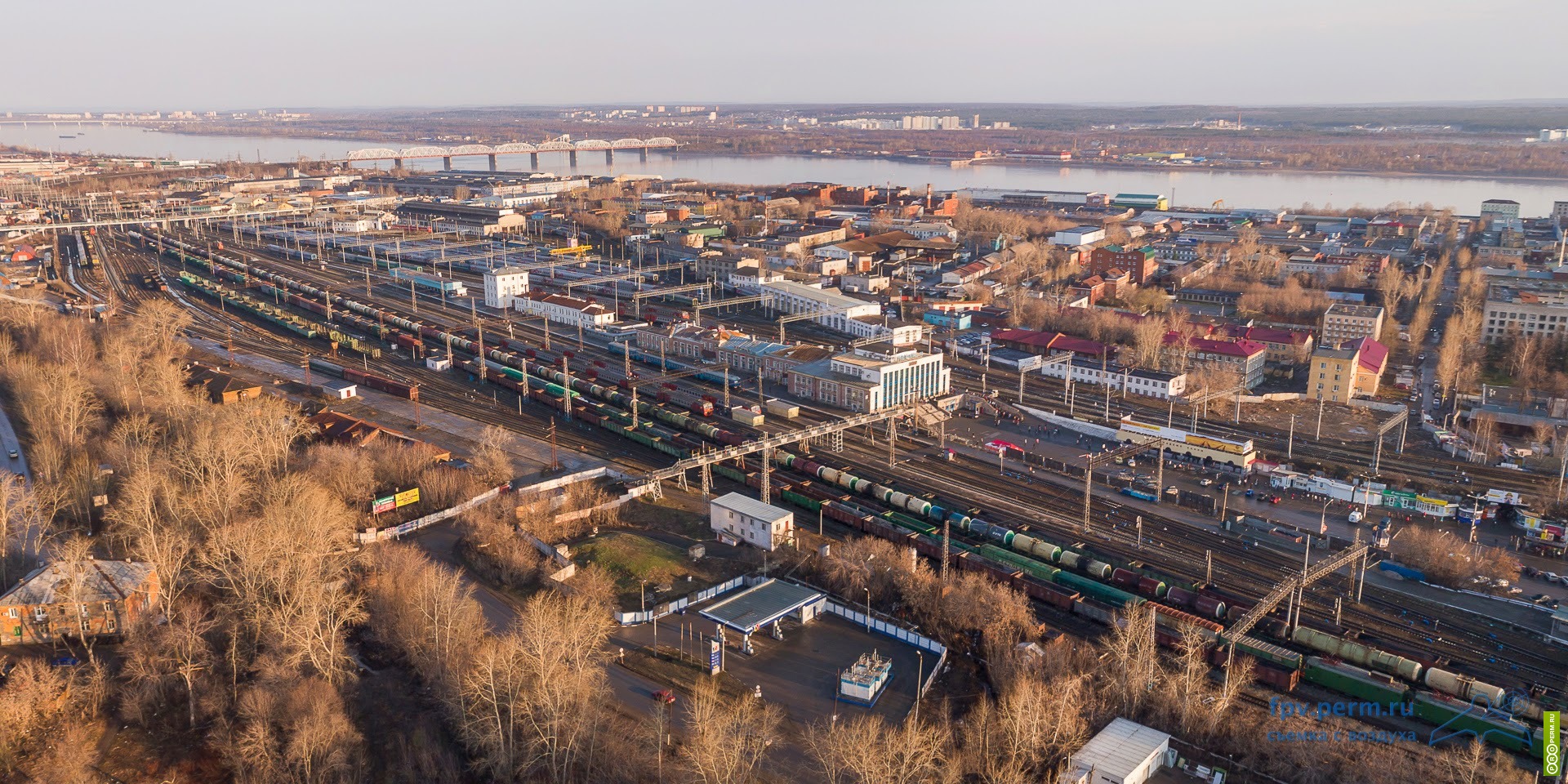
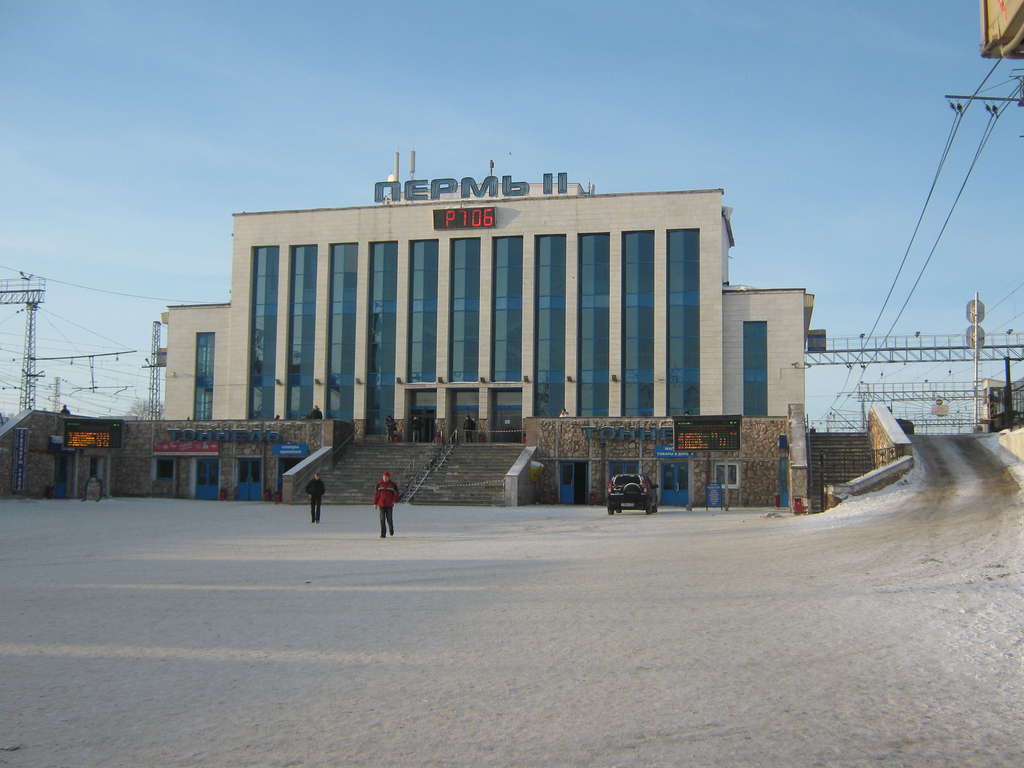
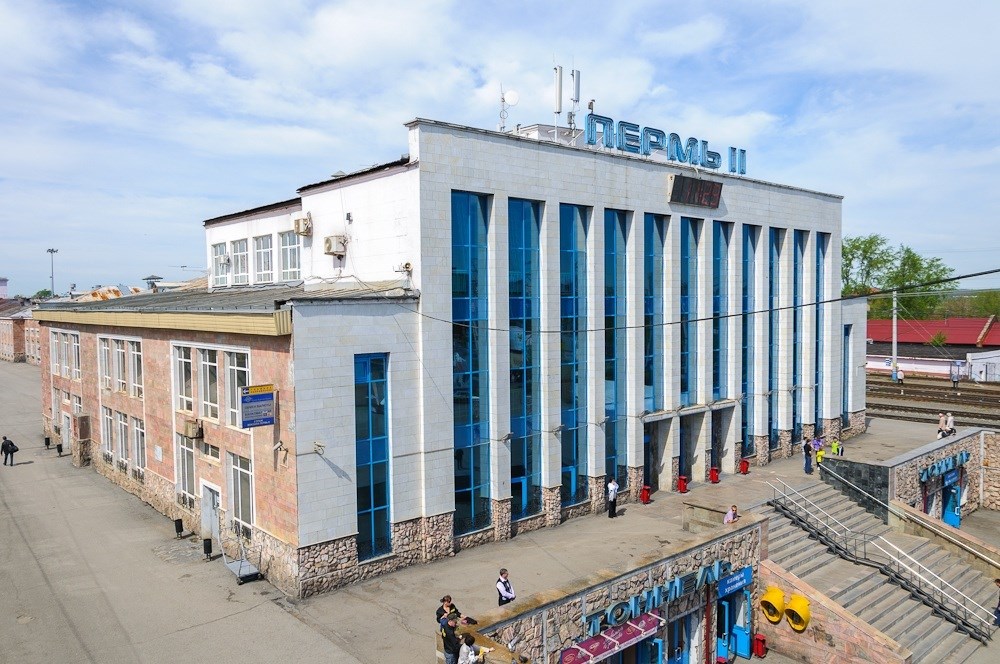
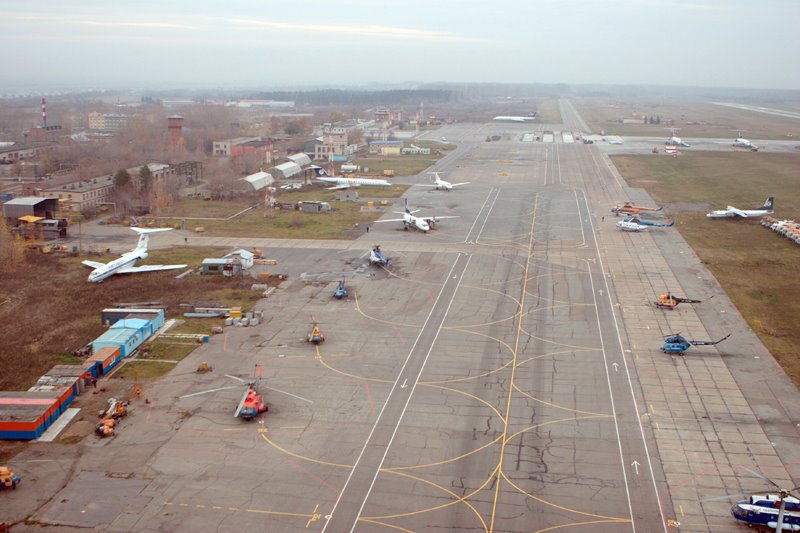
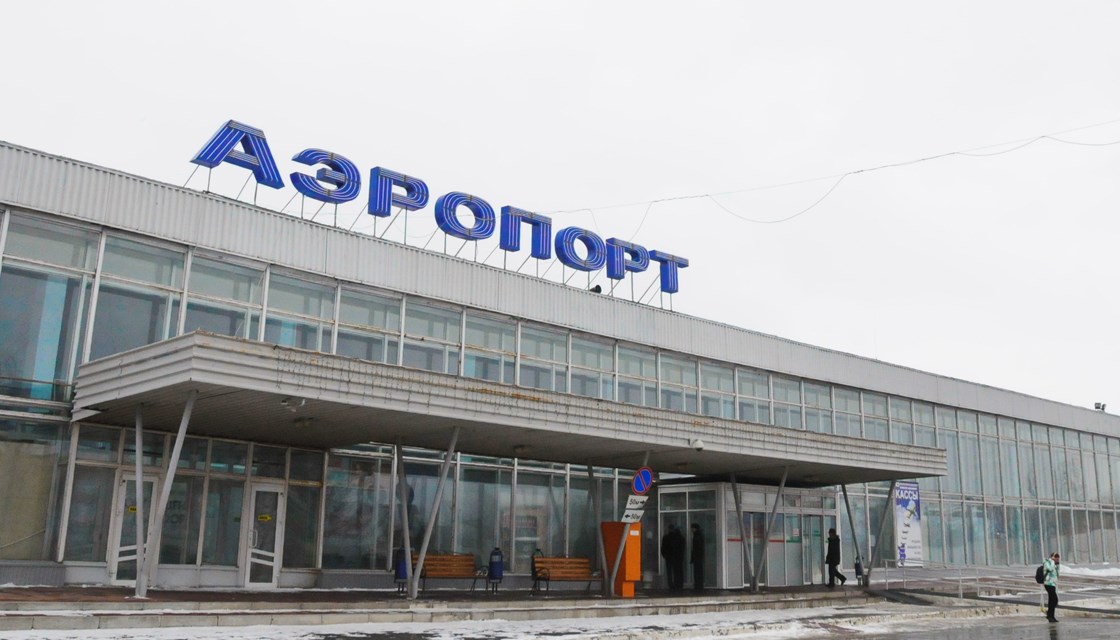
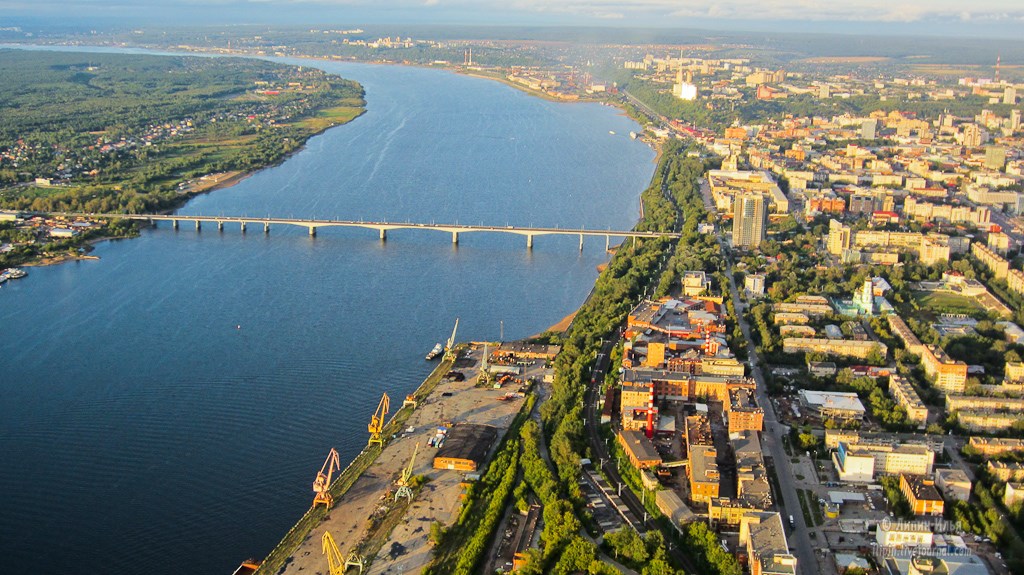
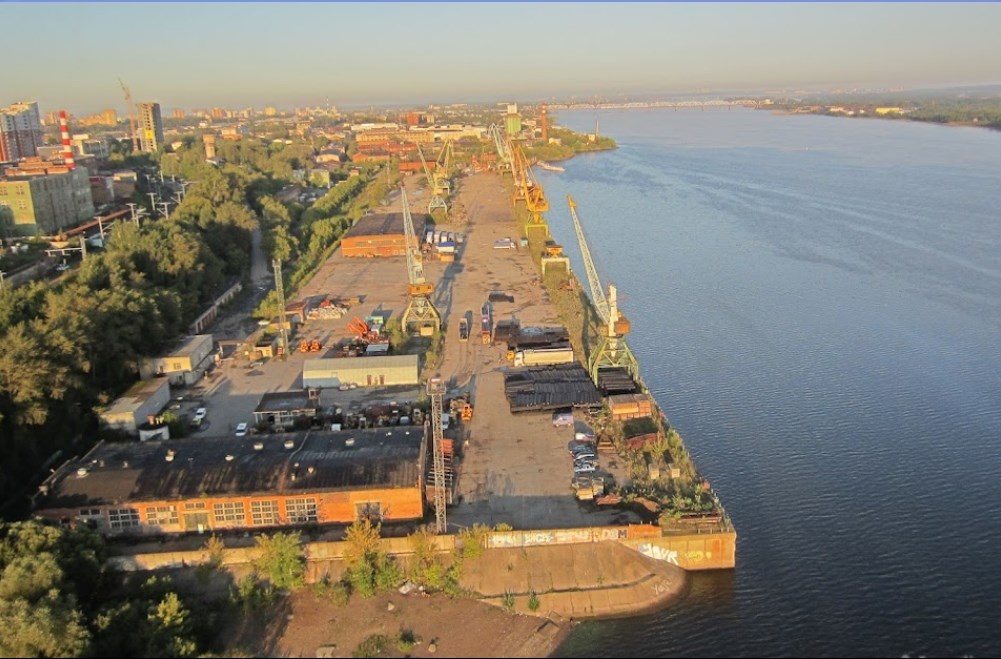
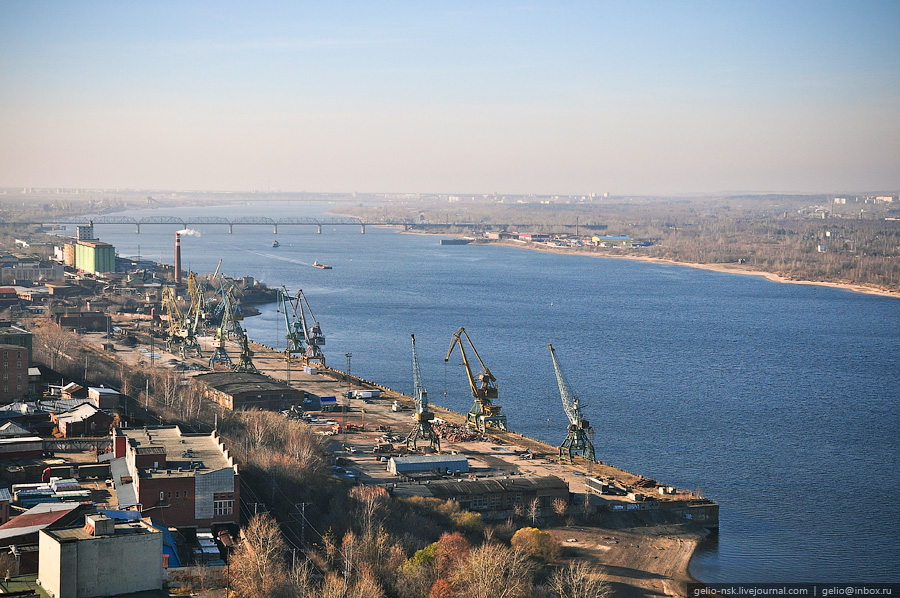
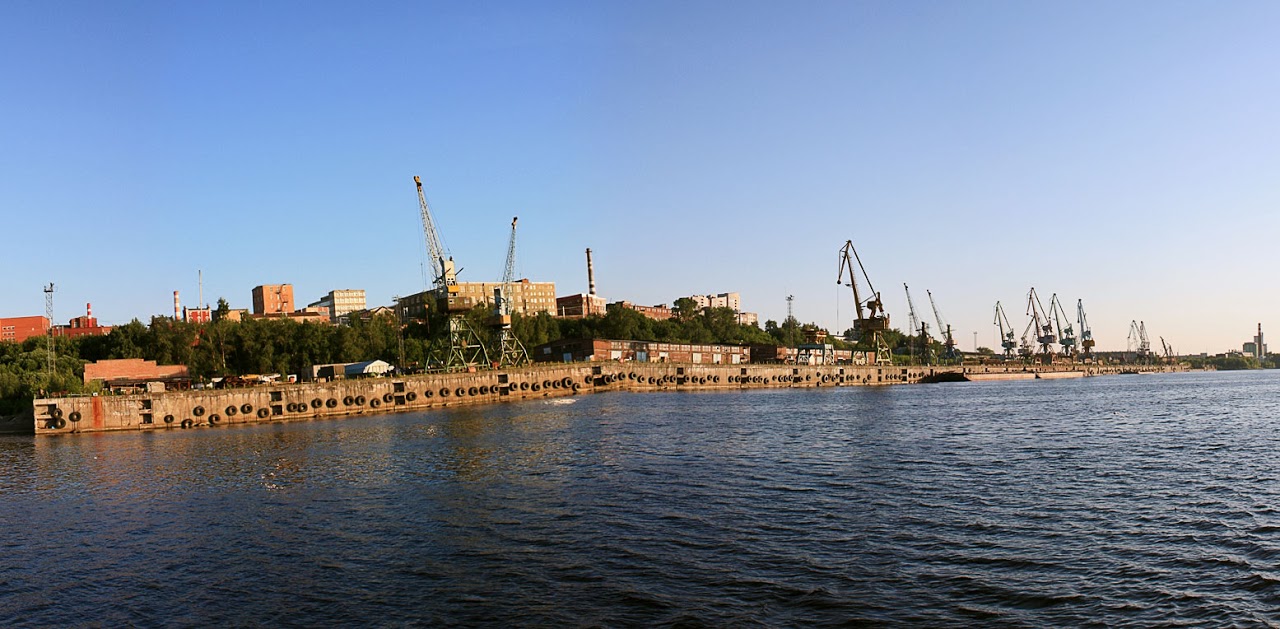
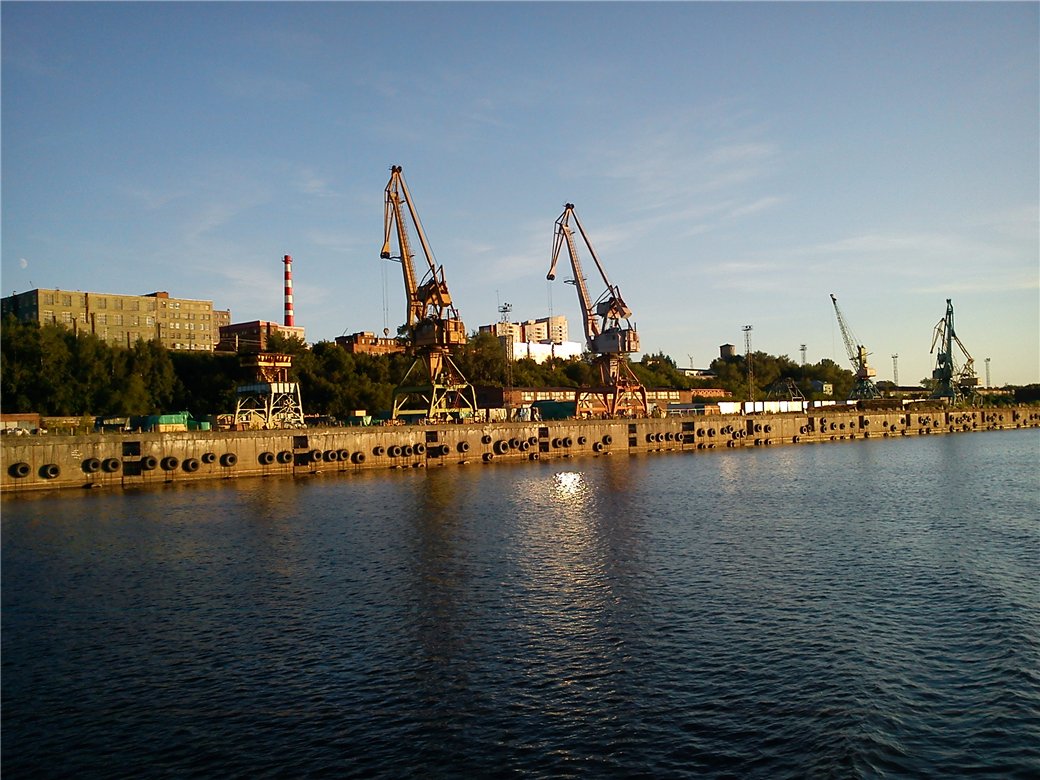


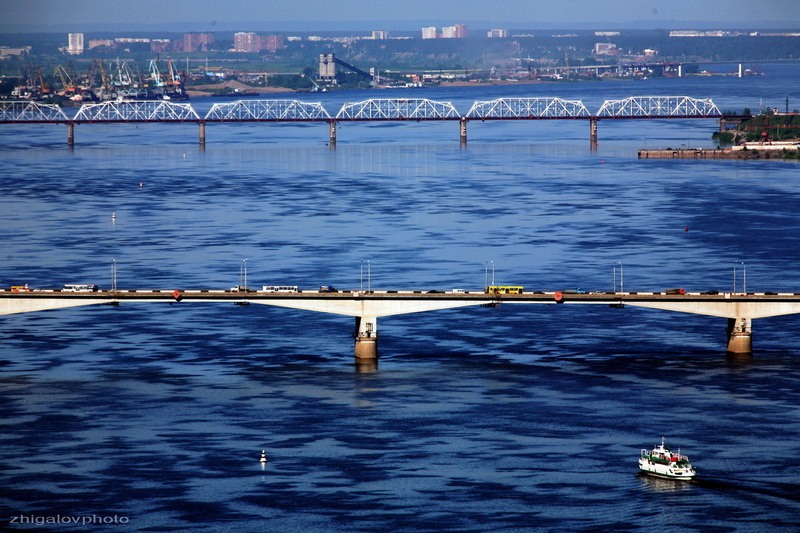
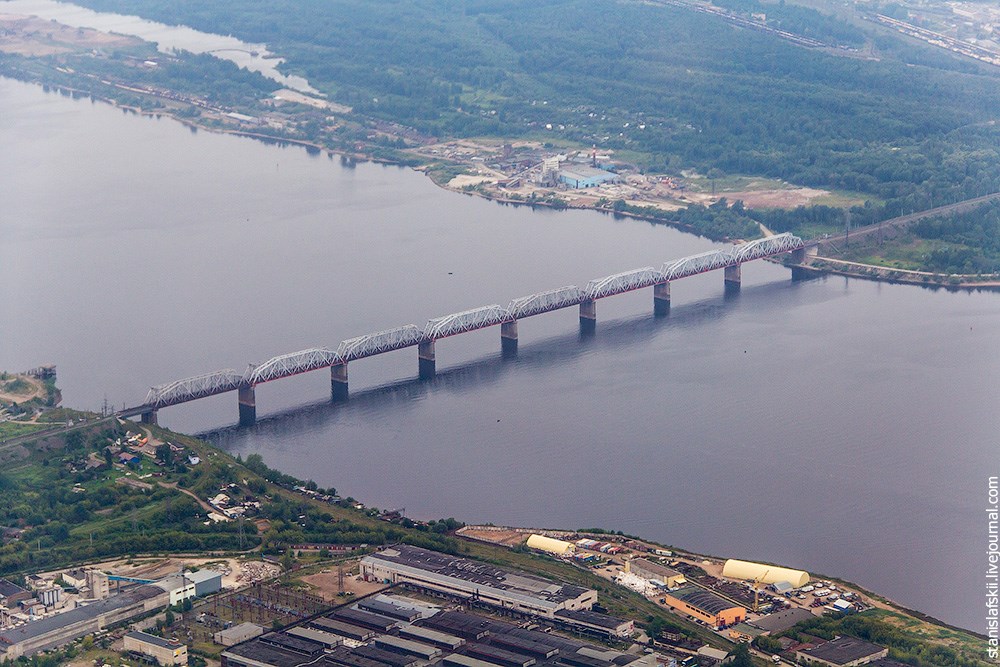
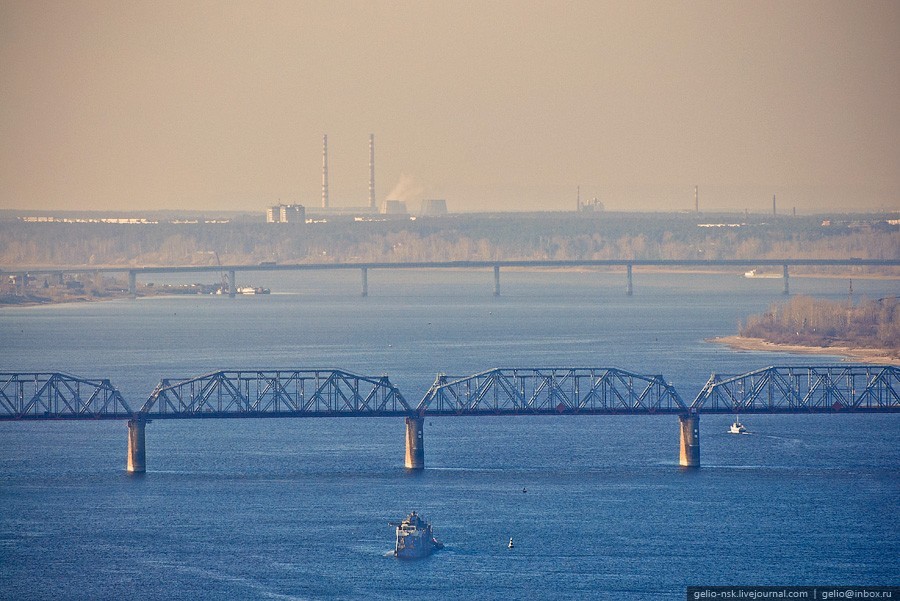

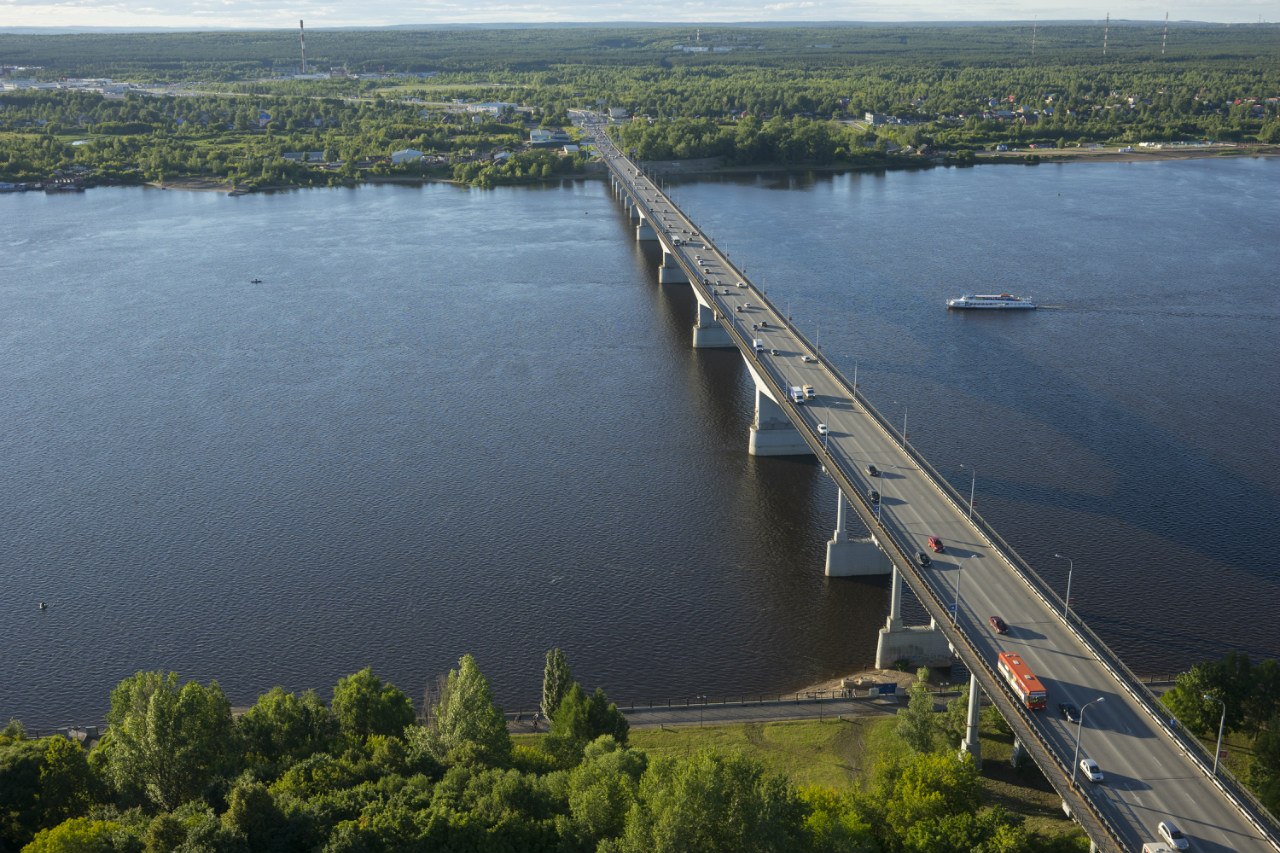
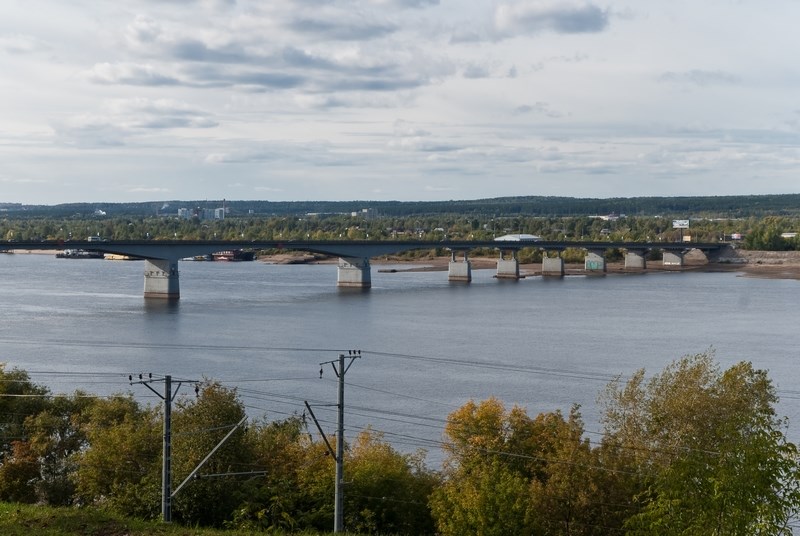
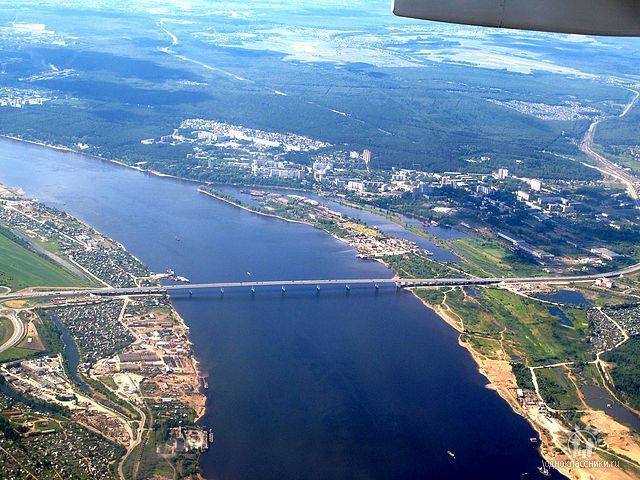
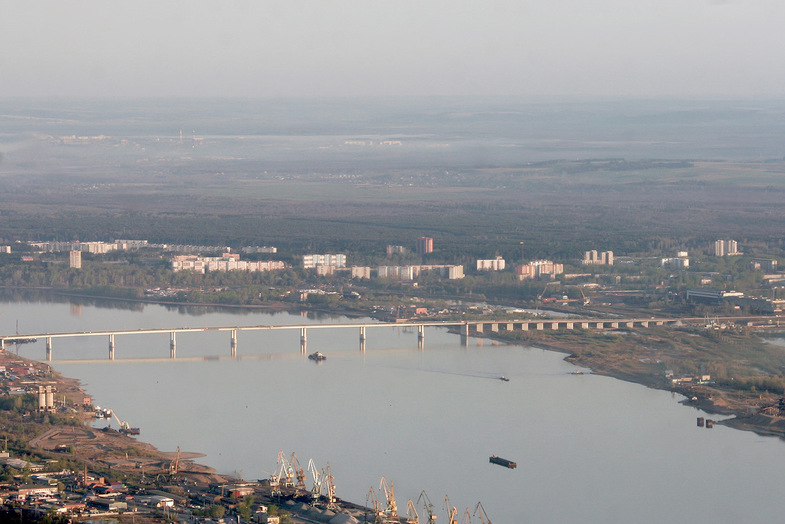
miércoles, 9 de diciembre de 2009
Perm, en Rusia, es mi ciudad natal (por Yana Kruglova, 1º Intermedio)
Me llamo Yana. Soy rusa. Perm es la ciudad de Rusia donde nací. Y, claro, guardo los mejores recuerdos de ella. Aquí pasaron los días de mi infancia, aquí empecé a ir al colegio, luego entré en la Universidad. Aquí todavía viven mis amigos y mi familia. Y ¿cómo no voy a quererla?, por eso me gustaría escribir un relato breve sobre mi ciudad.
Perm es la ciudad con una población de más de un millón de personas y centro administrativo del krai de Perm, en Rusia. Está situada en las orillas del río Kama, al pie de los montes Urales y en la frontera entre Europa y Asia. La ciudad nació en año 1723 y tiene veinte años menos que San Petersburgo. Cuando Perm fue fundada, ya estaba destinada a ser una ciudad importante, puesto que se encontraba en las líneas de comunicación de Moscú a Siberia. Por Perm pasa el famoso transiberiano.
Últimamente han aparecido numerosos bares y discotecas nocturnos. Los jóvenes, como es lógico, estamos muy alegres, pues antes no los había. Discotecas, conciertos de grupos diferentes, pero también la filarmónica y una intensa vida teatral se presenta en Perm como en cualquiera otra gran ciudad. Los centros de la vida cultural de la ciudad son muchos: teatros, museos, filarmónica, sala de órgano, circo, cines, bibliotecas, planetario, etc. La ciudad es uno de los principales centros del ballet ruso. En la ciudad está el Teatro Académico de Ballet y Ópera, que lleva el nombre de Piotr Ilich Tchaikovski fundado en 1870, y una famosa escuela coreográfica.
Piotr Ilich Tchaikovski fue un compositor ruso. Es autor de algunas de las obras de música clásica más famosas del repertorio actual, como por ejemplo los ballets “El lago de los cisnes” y “El cascanueces”, el Primer concierto para piano, varias sinfonías y la ópera Eugenio Oneguin. El nació y vivió cerca de mi ciudad en la región de Perm. También personas famosas de Perm son Sergei Diágelev, empresario ruso y fundador de los Ballets Rusos y Aleksandr Popov, físico ruso y el inventor de la antena y radio.
El más famoso de los museos de Perm es la Galería Pública de Artes Plásticas de Perm. Esta Galería tiene una colección única de escultura de madera, obras de Ilia Repin, Isaac Levitan, Alekséi Savrásov, Valentín Serov y una colección muy rica de iconos ortodoxos rusos.
En la ciudad están situadas varias universidades e instituciones de enseñanza superior; entre ellas destaca la Universidad Pública de Perm fundada en 1916, la primera en los Urales. Entre otras hay que mencionar la Universidad Técnica de Perm, la Universidad Pedagógica de Perm, la Academia de Medicina, la Academia de Farmacia, la Academia de Agricultura, el Instituto de Artes y Cultura y otros.
Para terminar quiero decir que Perm es una ciudad bastante turística y ofrece un amplio abanico de posibilidades para turistas.
Publicado por An Arco en 11:34
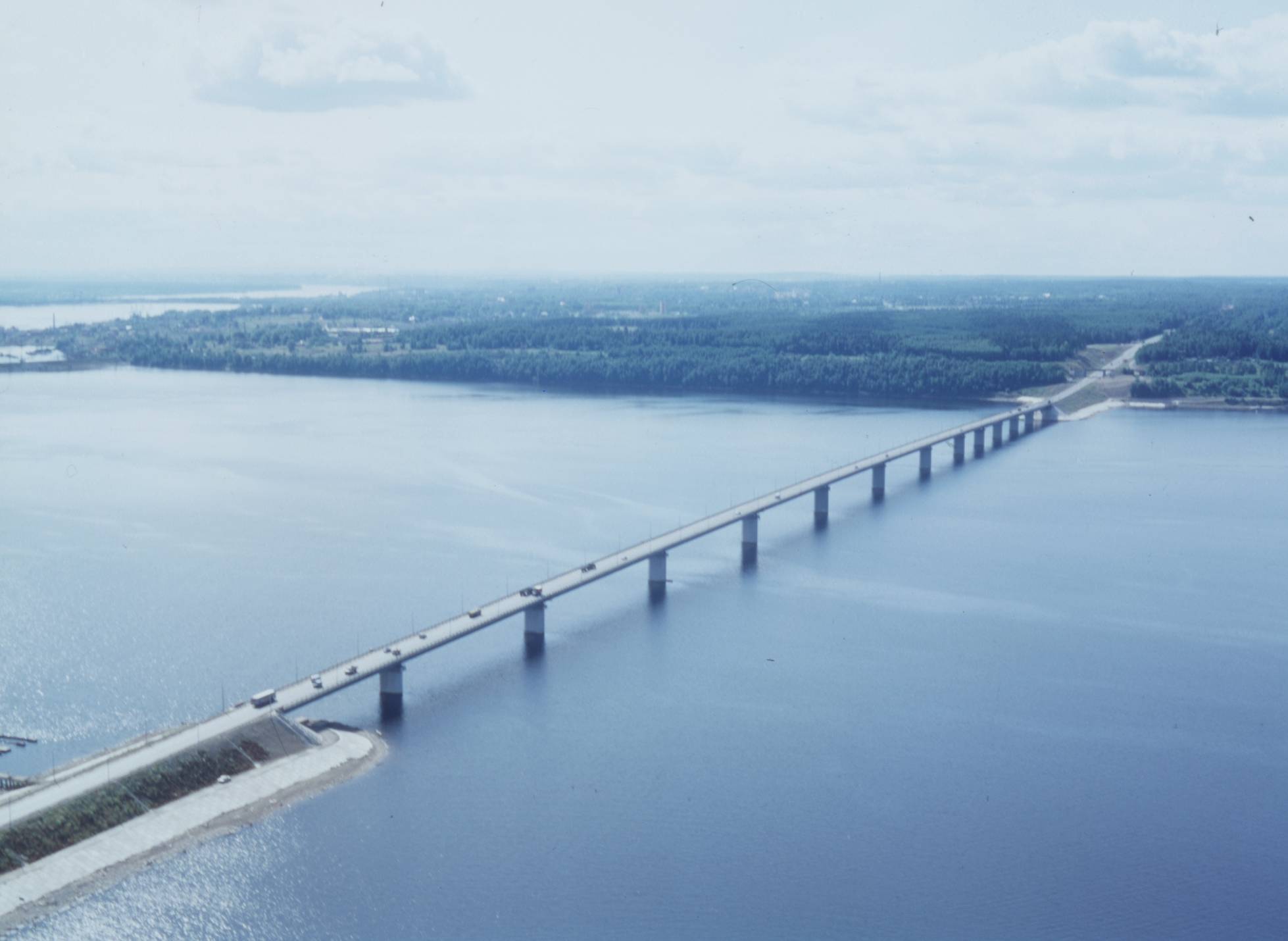
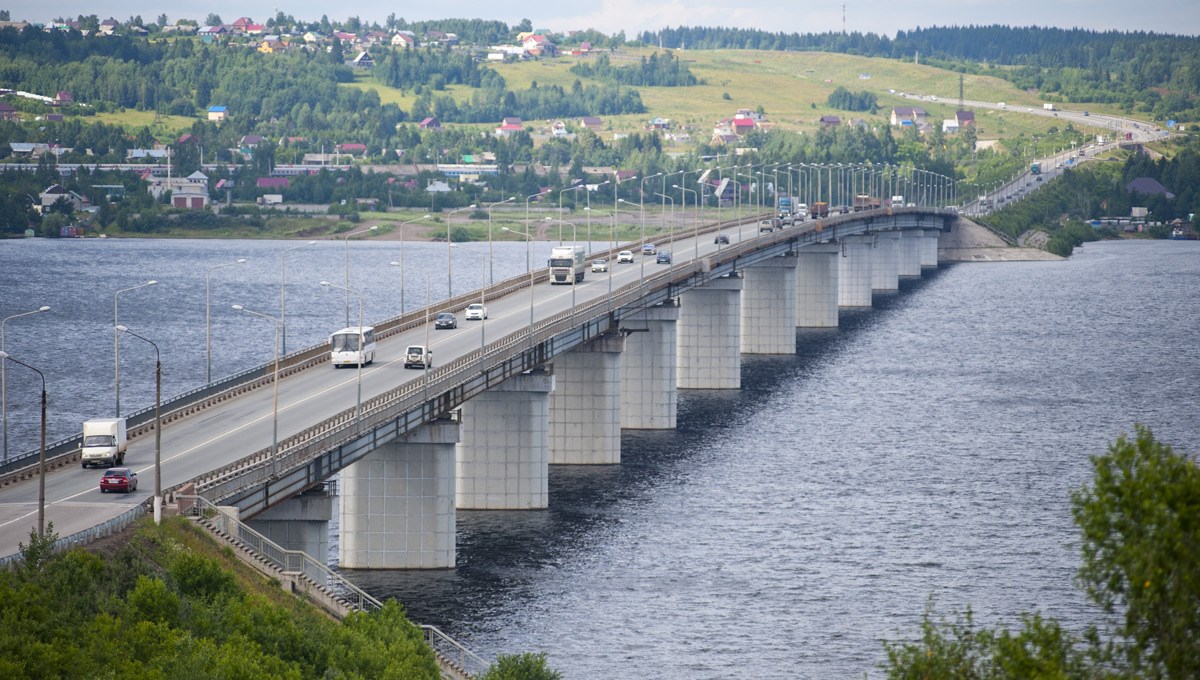
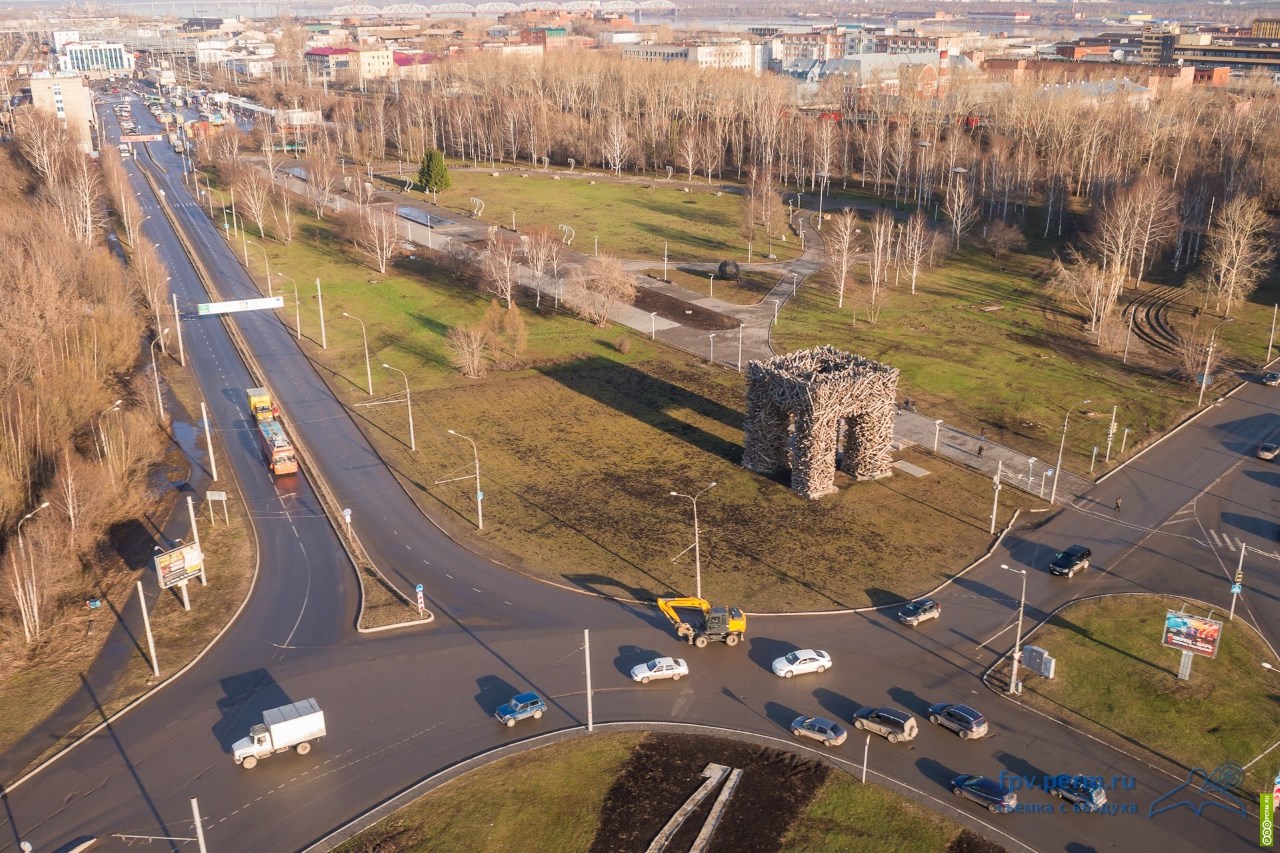

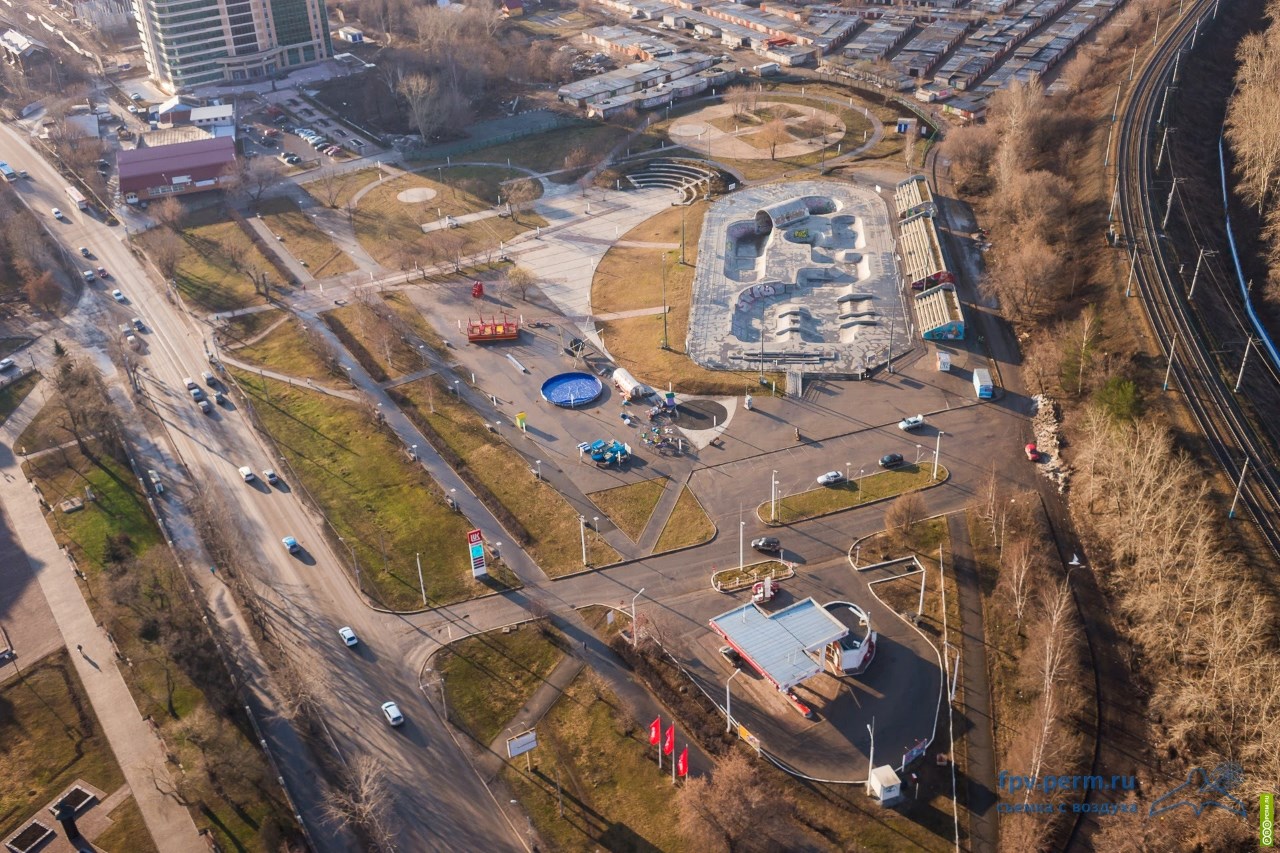
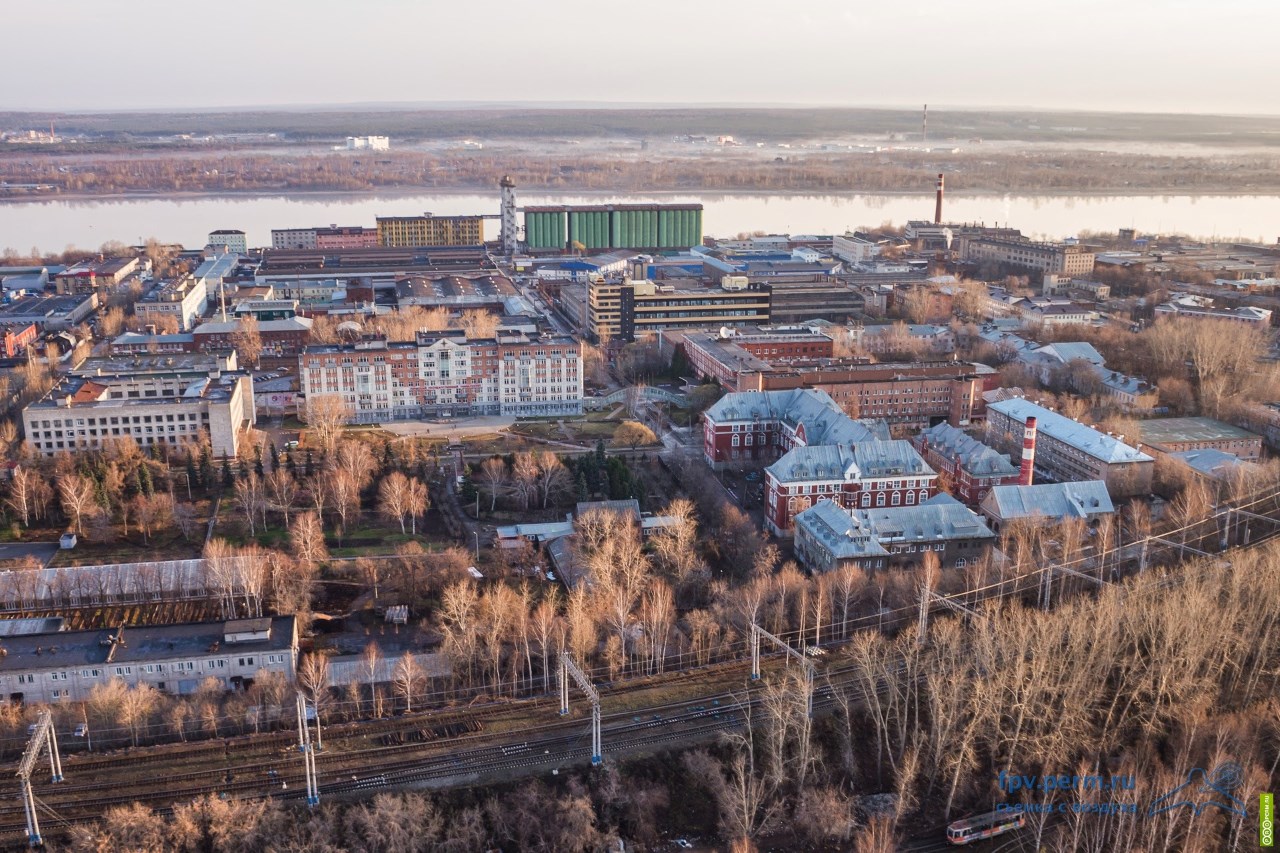
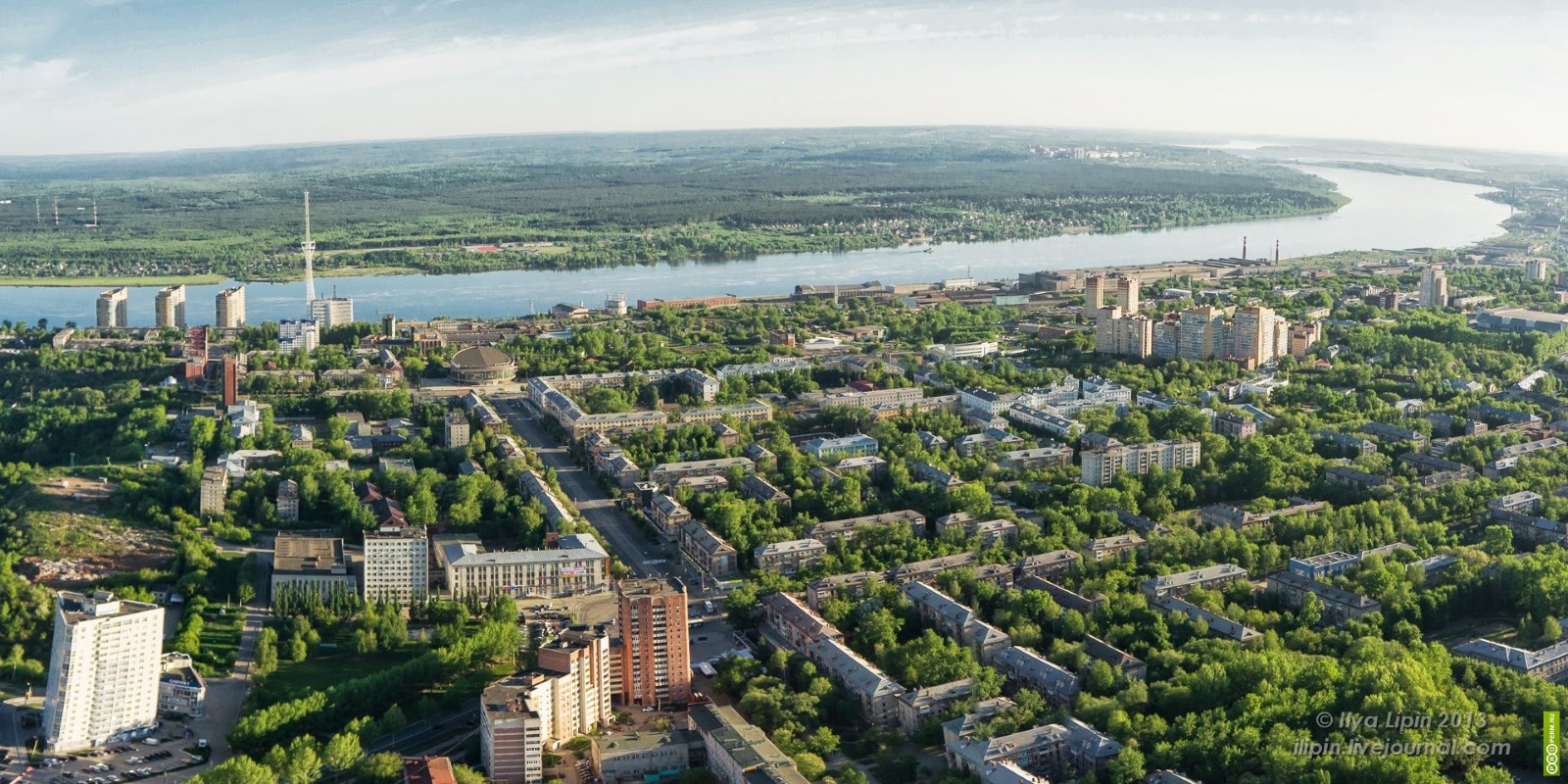
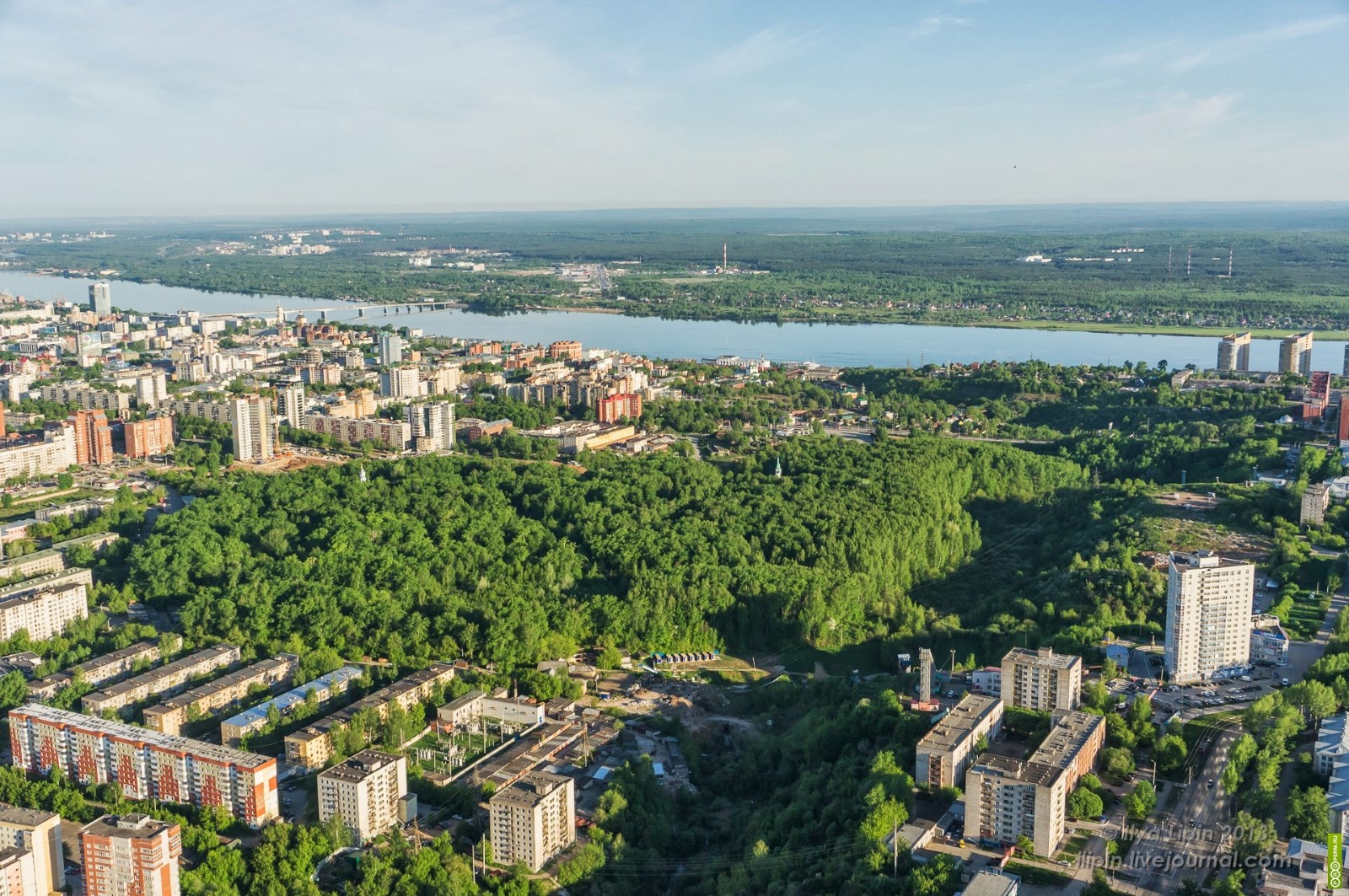
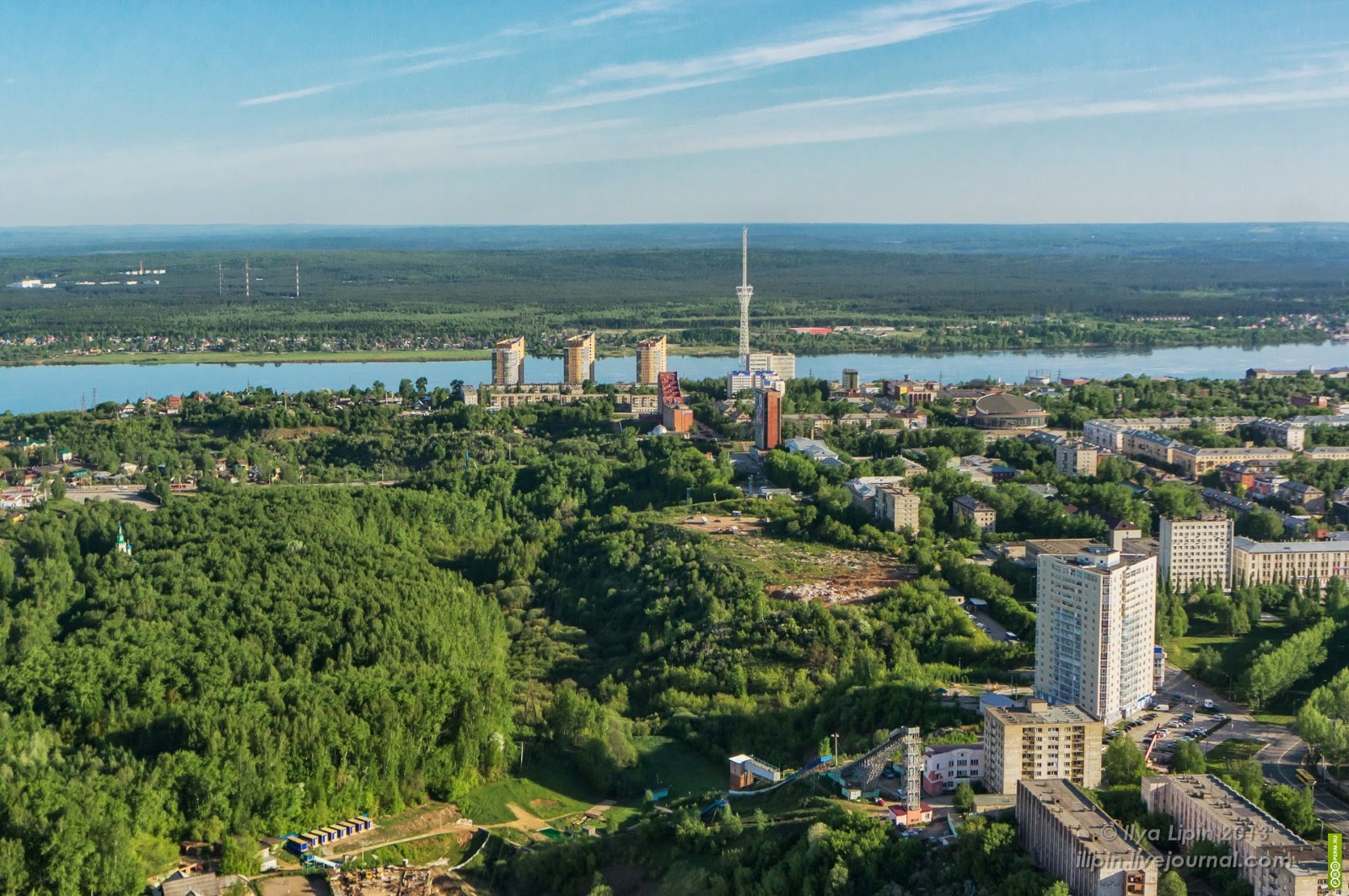
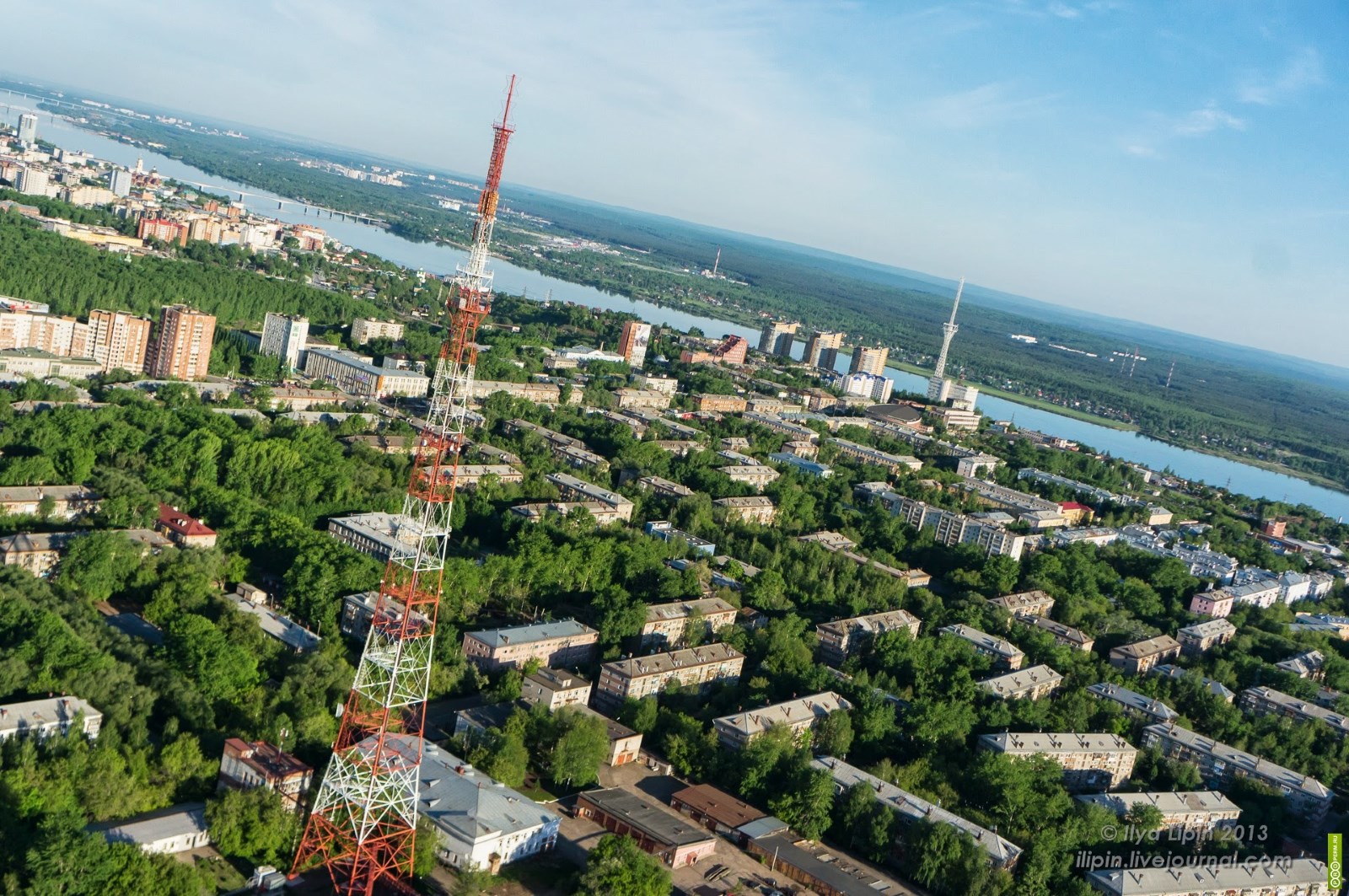
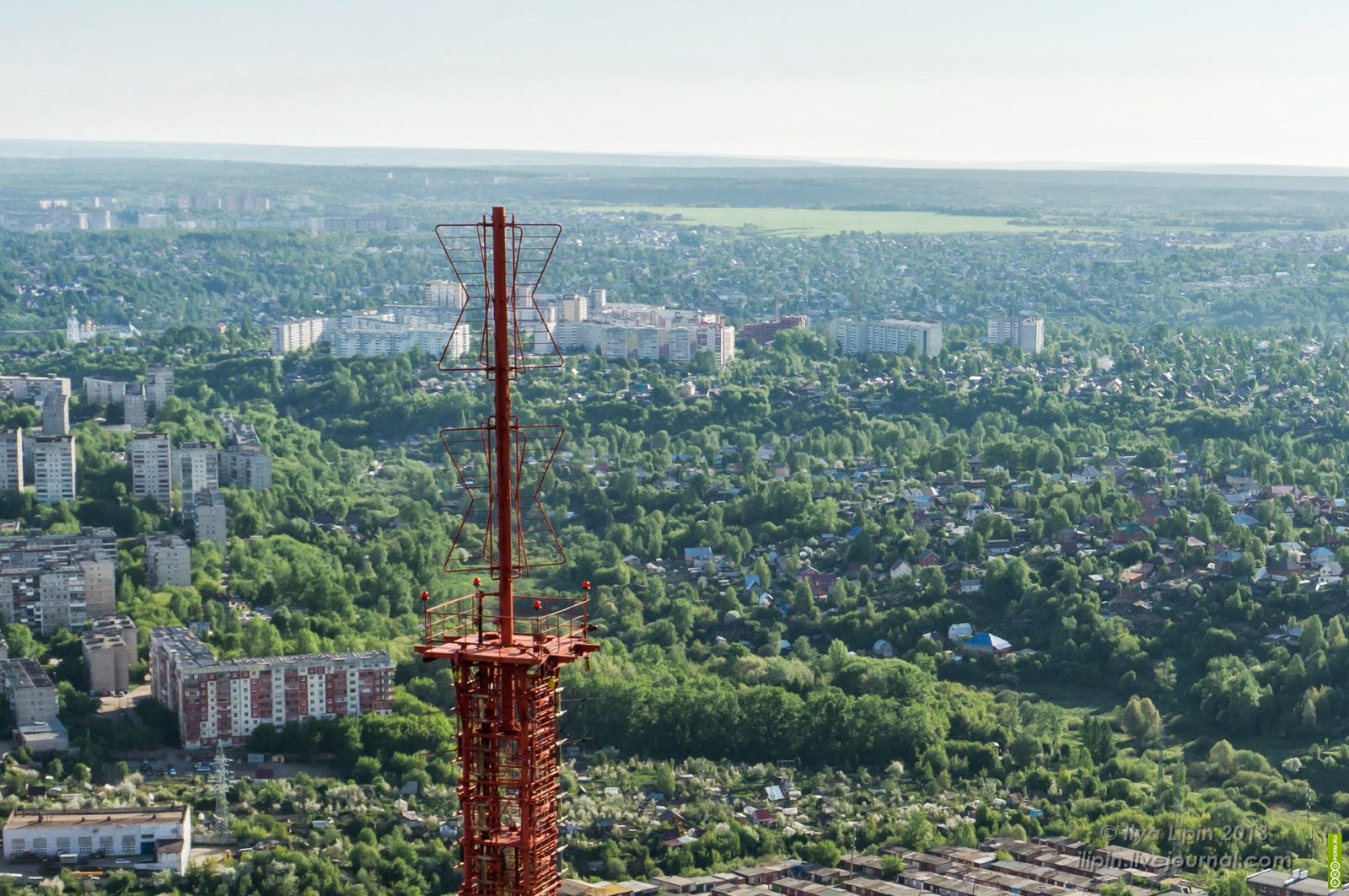
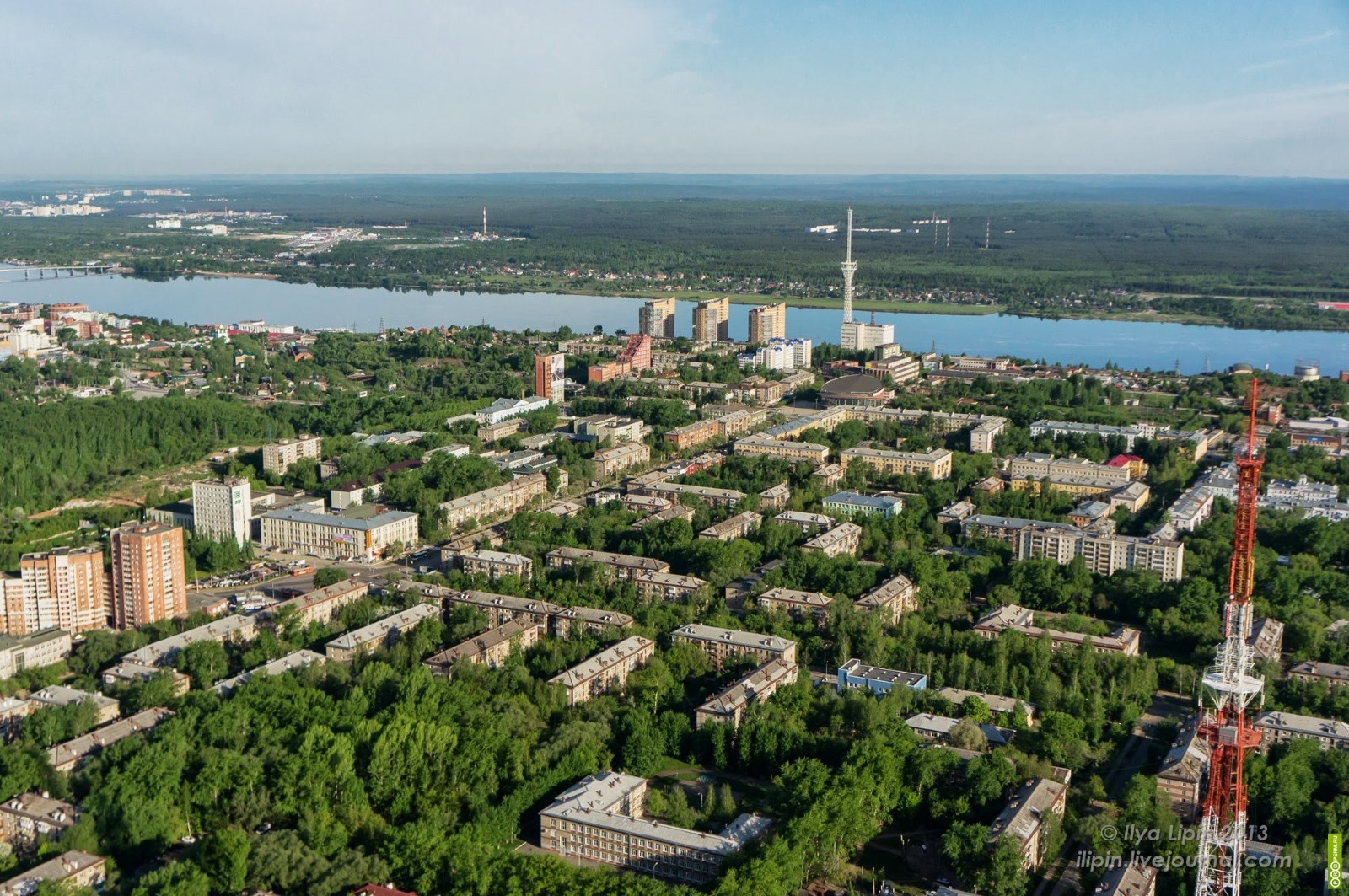
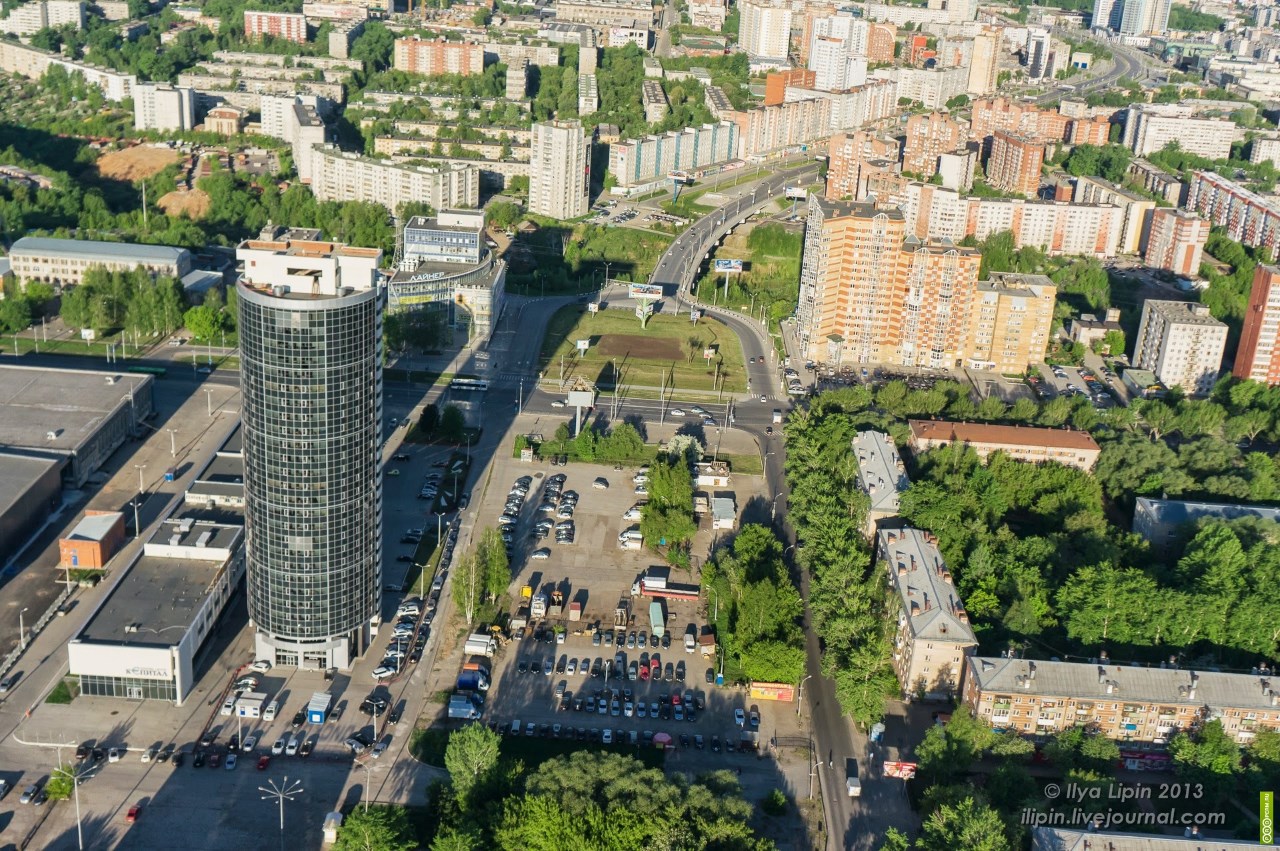
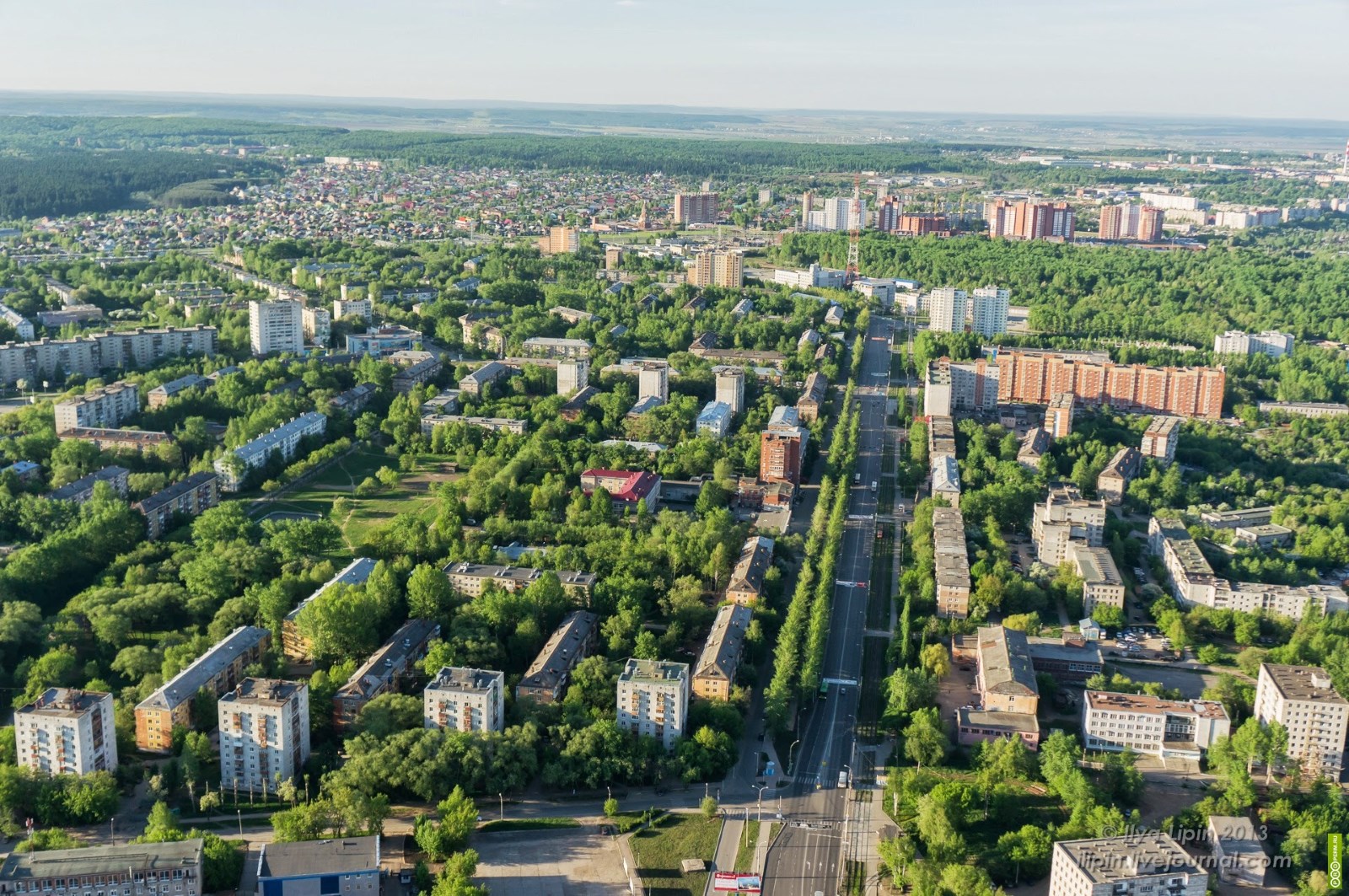
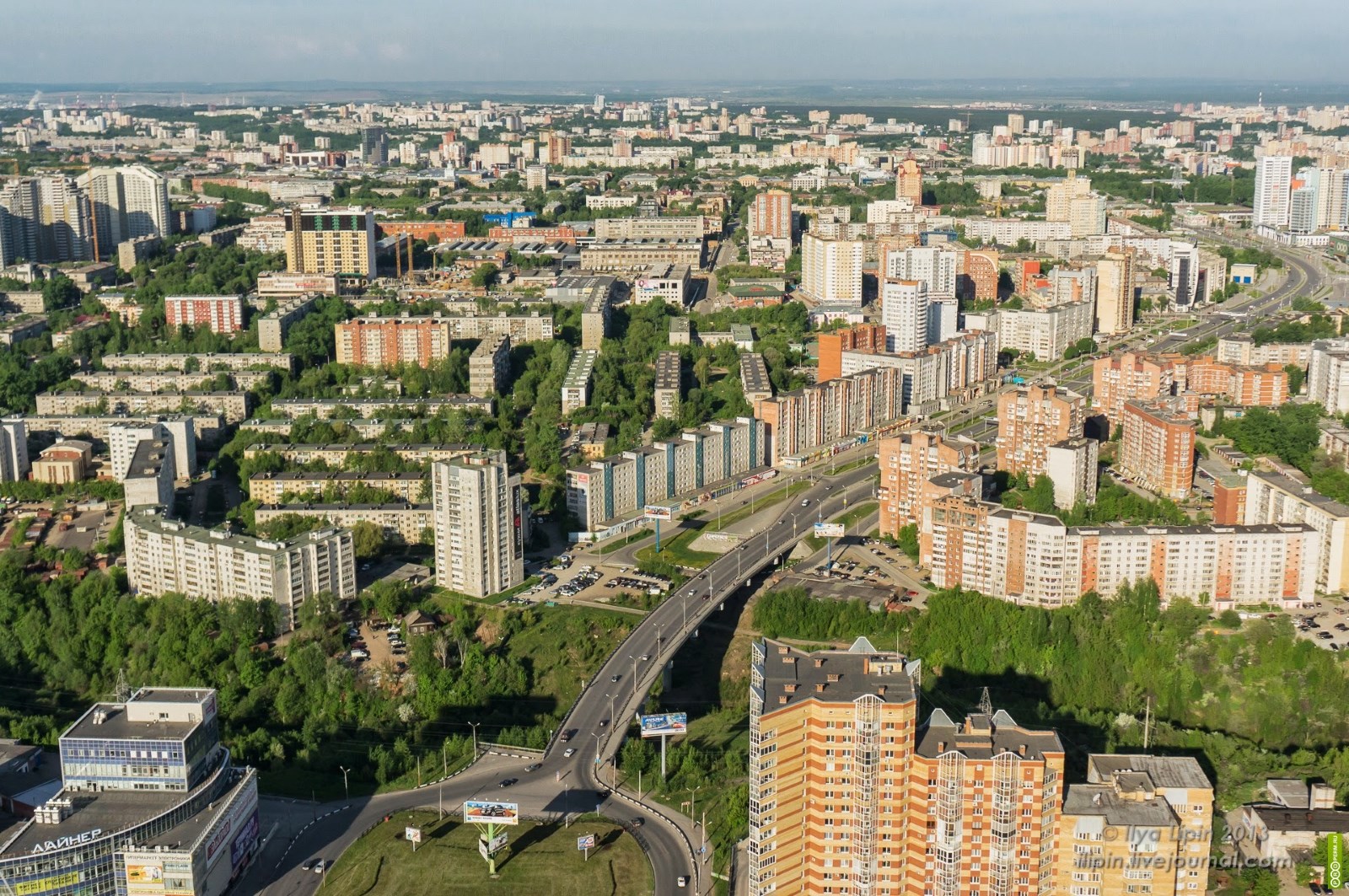
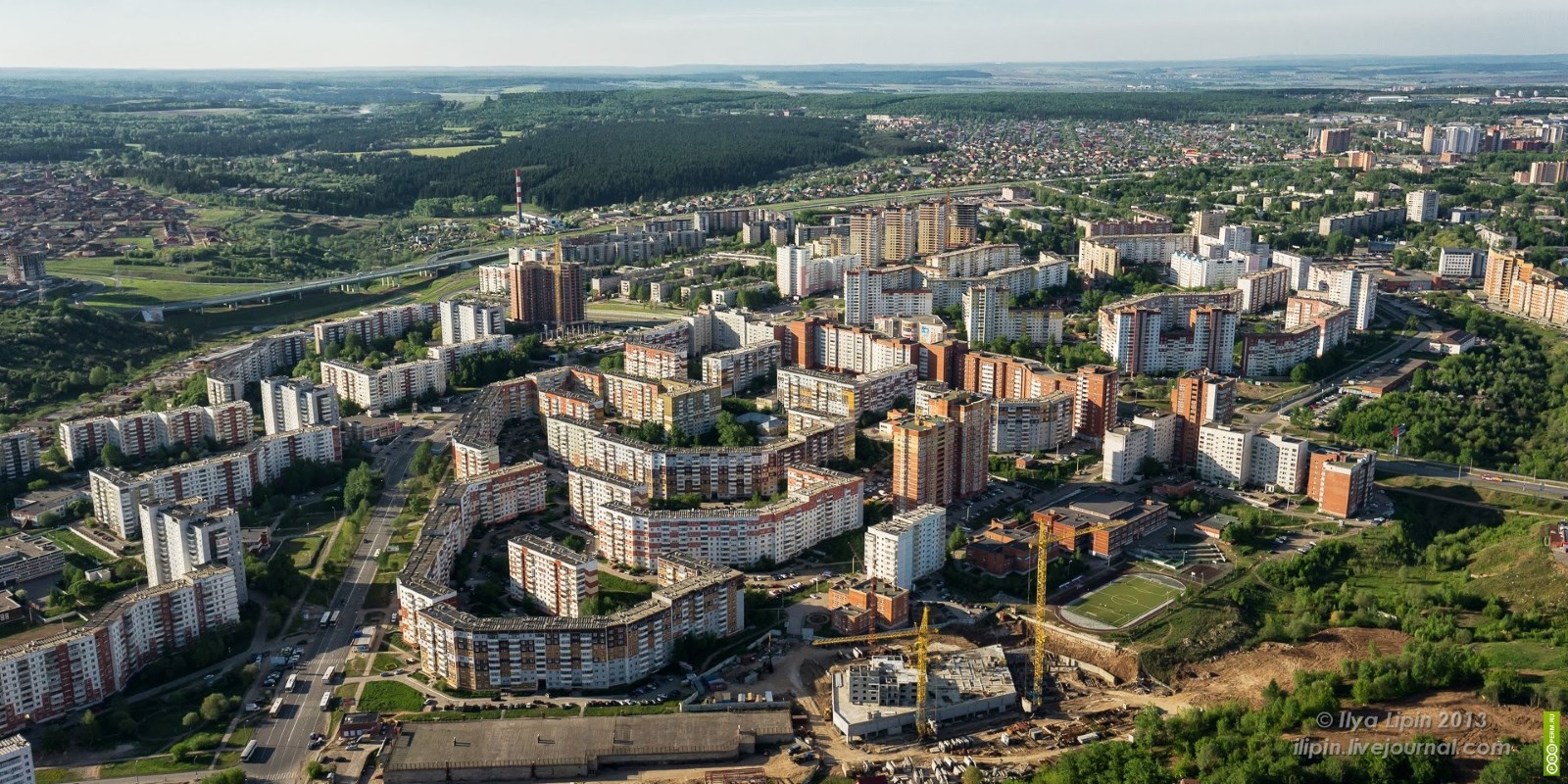
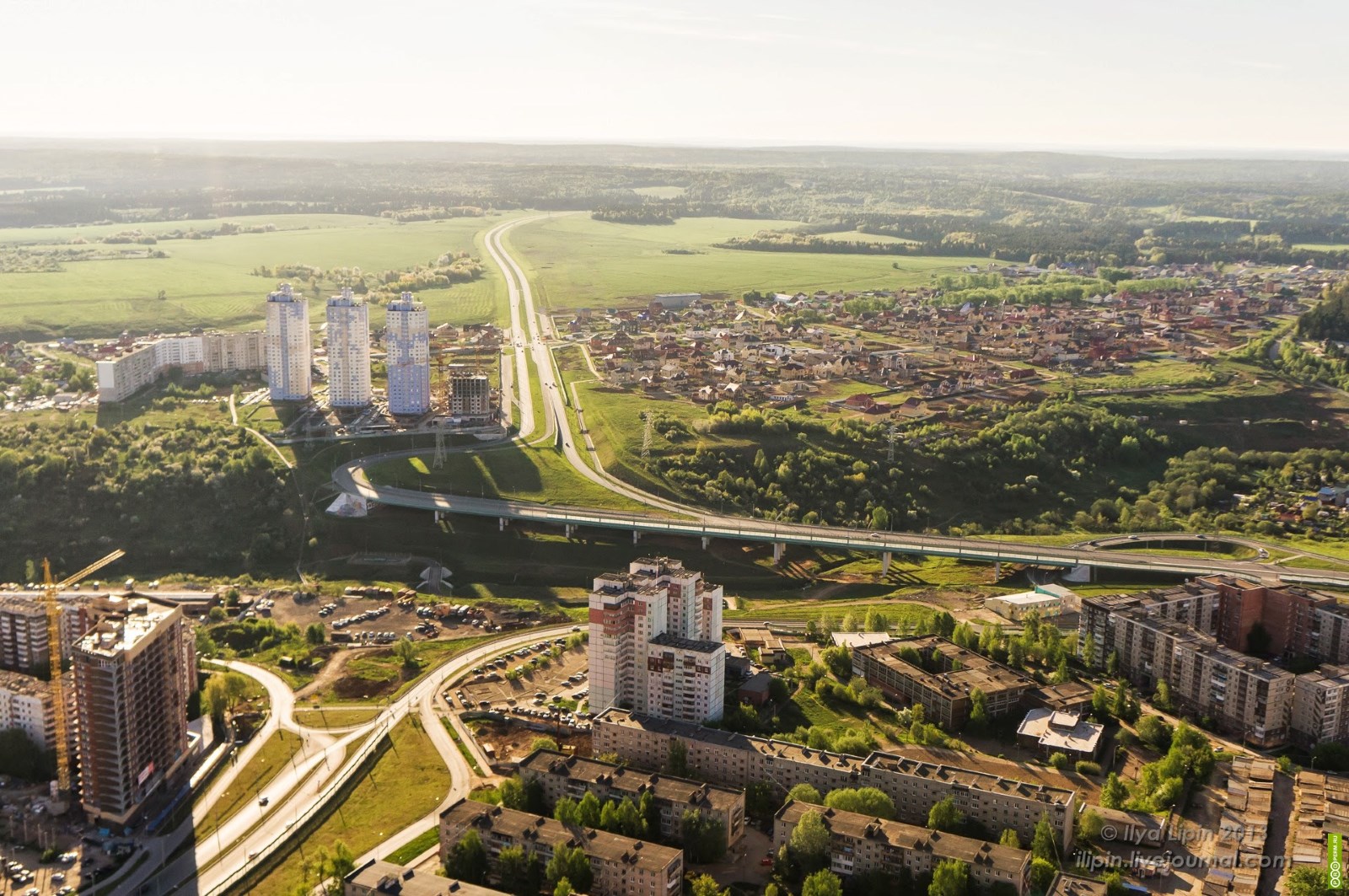
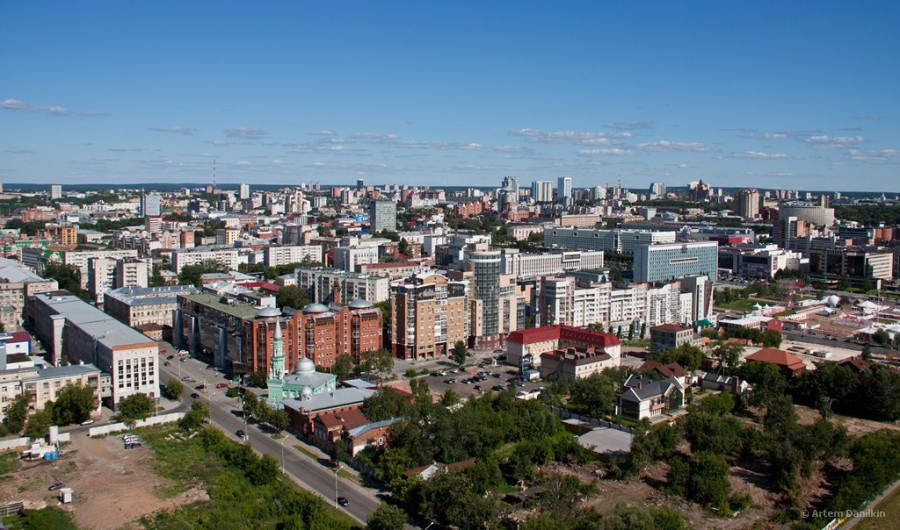
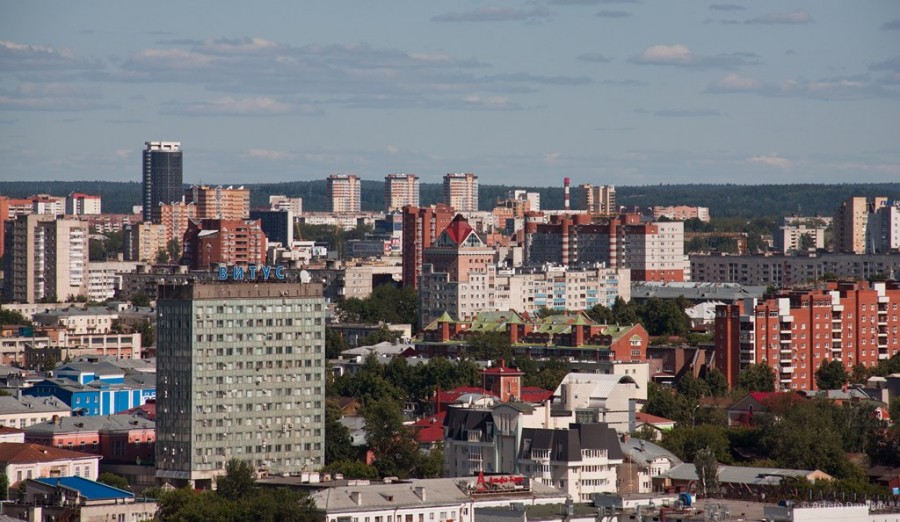
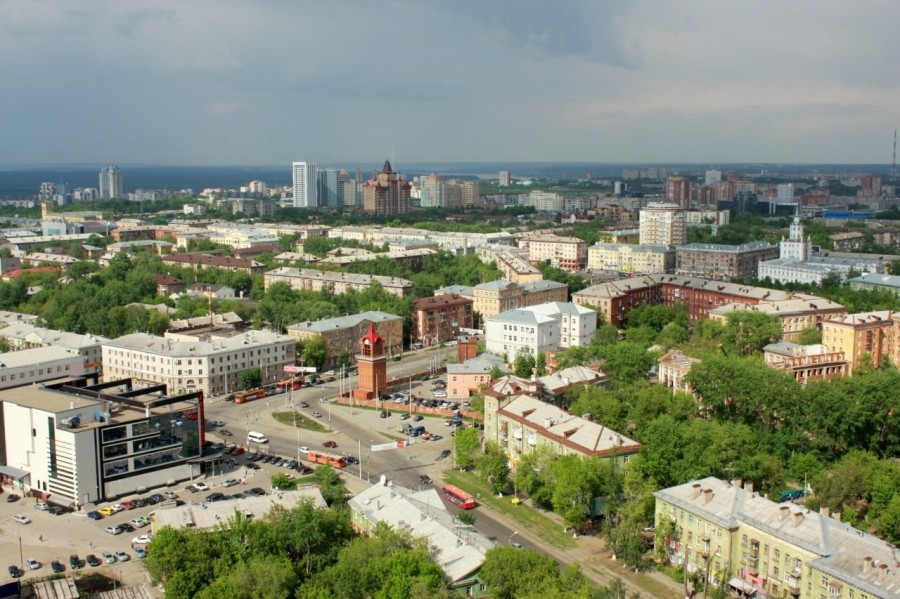
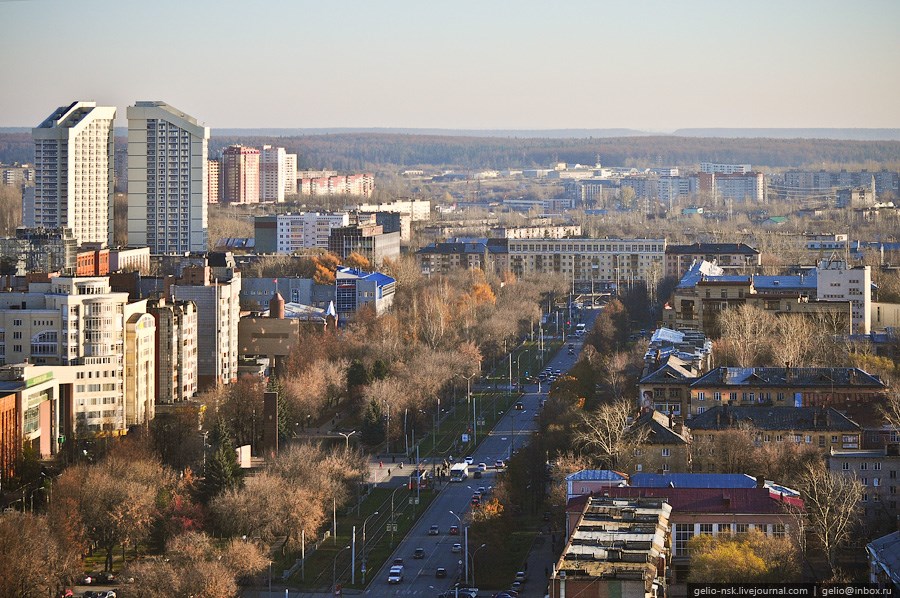
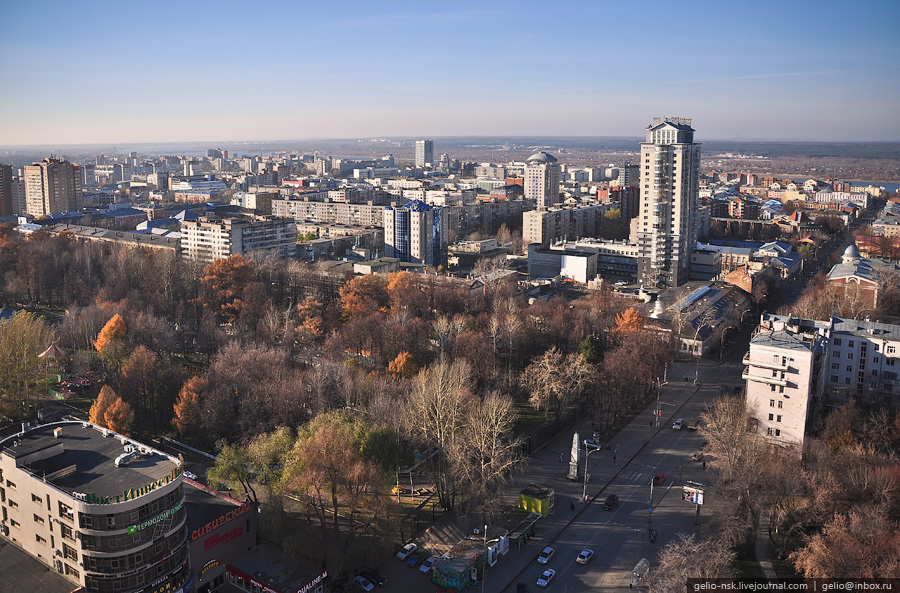
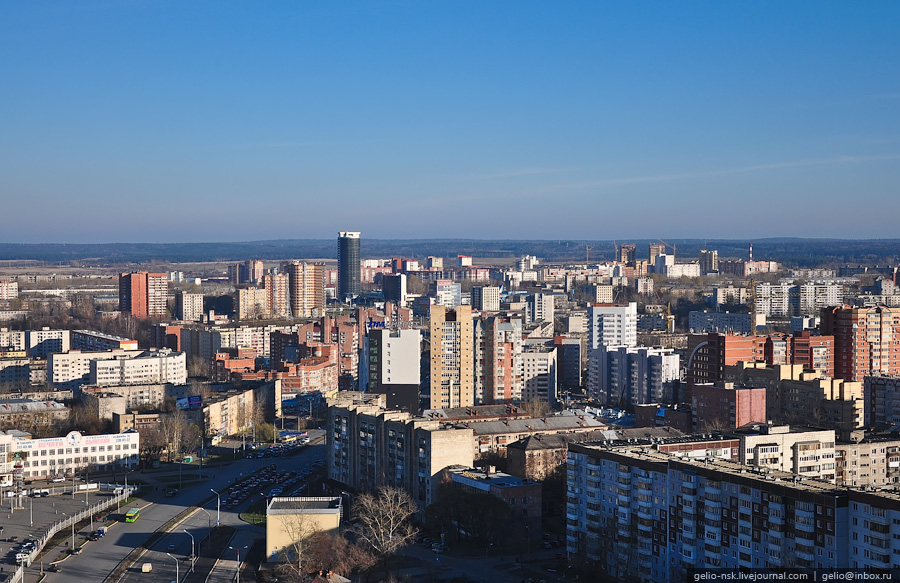
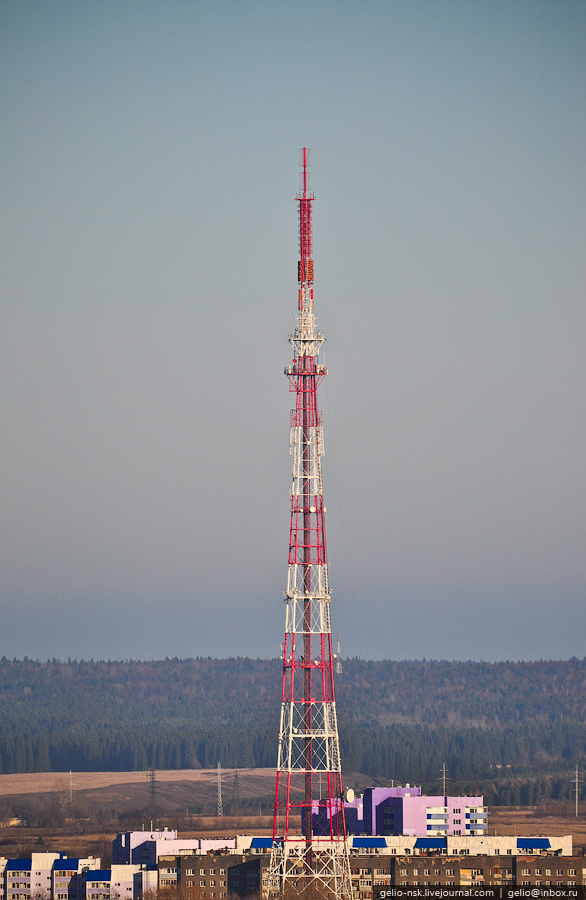
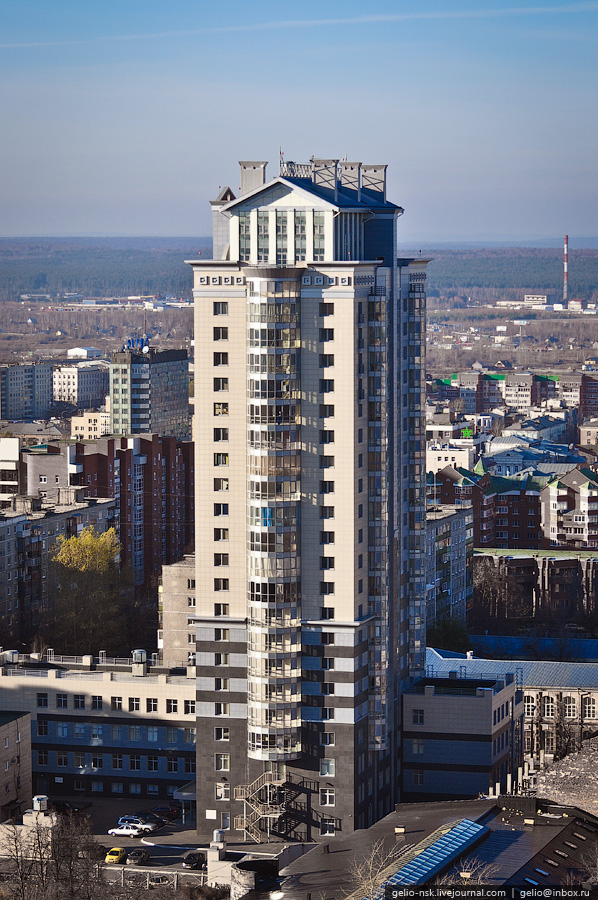
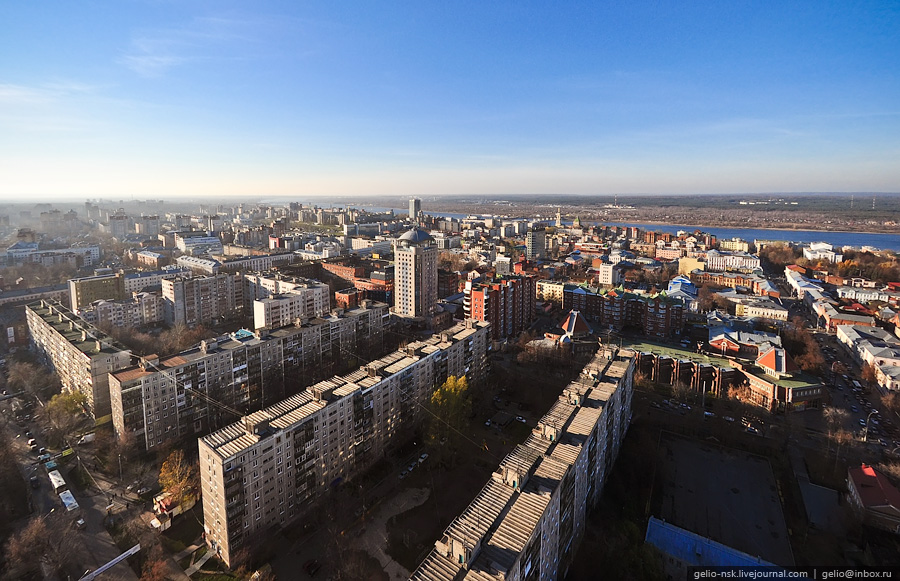

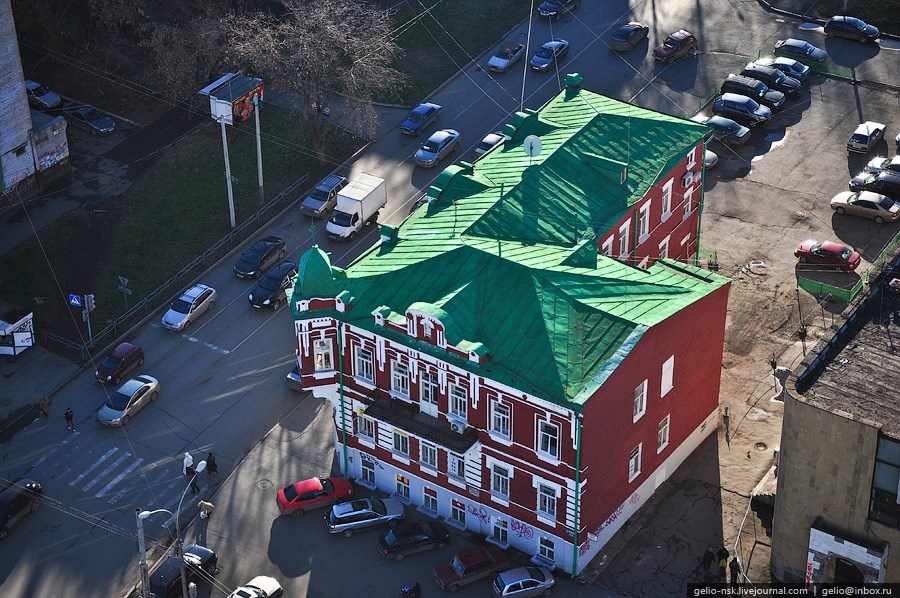
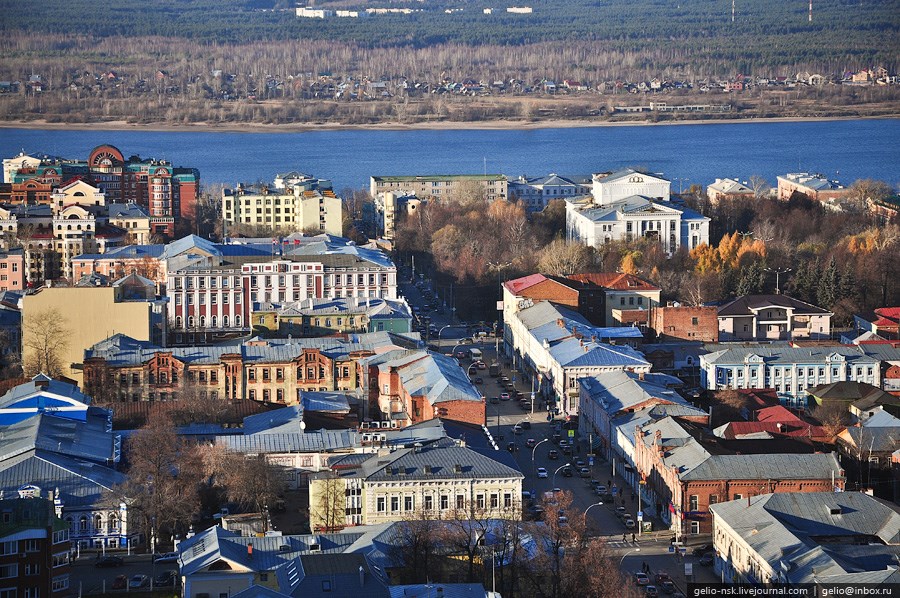
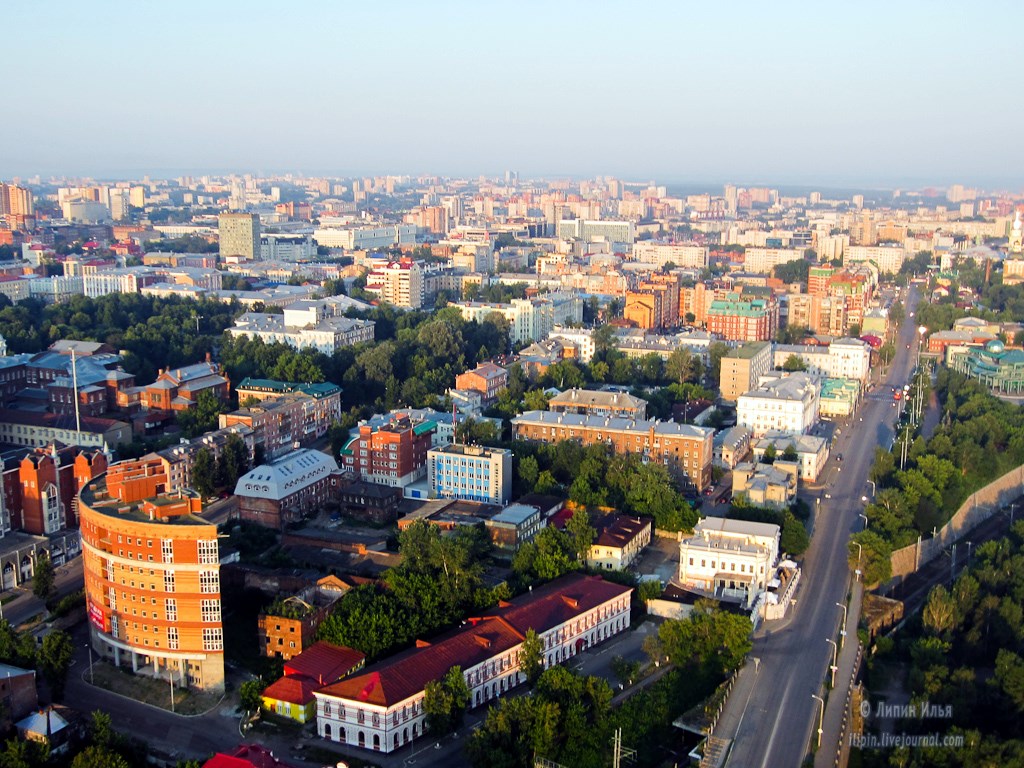
Perm (en ruso: Пермь) es una ciudad y el centro administrativo del krai de Perm, Rusia, situada a orillas del río Kama en la parte europea de Rusia, cerca de los montes Urales. Entre 1940 y 1957 fue conocida como Molotov (ruso: Молотов).
De acuerdo con el censo de 2010, la población de Perm es de 991 162, frente a los 1 001 653 registrados en el censo de 2002. Según el censo 2010, la ciudad era la decimotercera más poblada de Rusia.
Toponimia
El nombre de Perm es de etimología desconocida, probablemente de origen urálico (komi o vepso). El komi forma parte de la familia pérmica de las lenguas urálicas, que también lleva el nombre de Perm. El periodo geológico Pérmico se llama así porque fue identificado por primera vez en Perm.
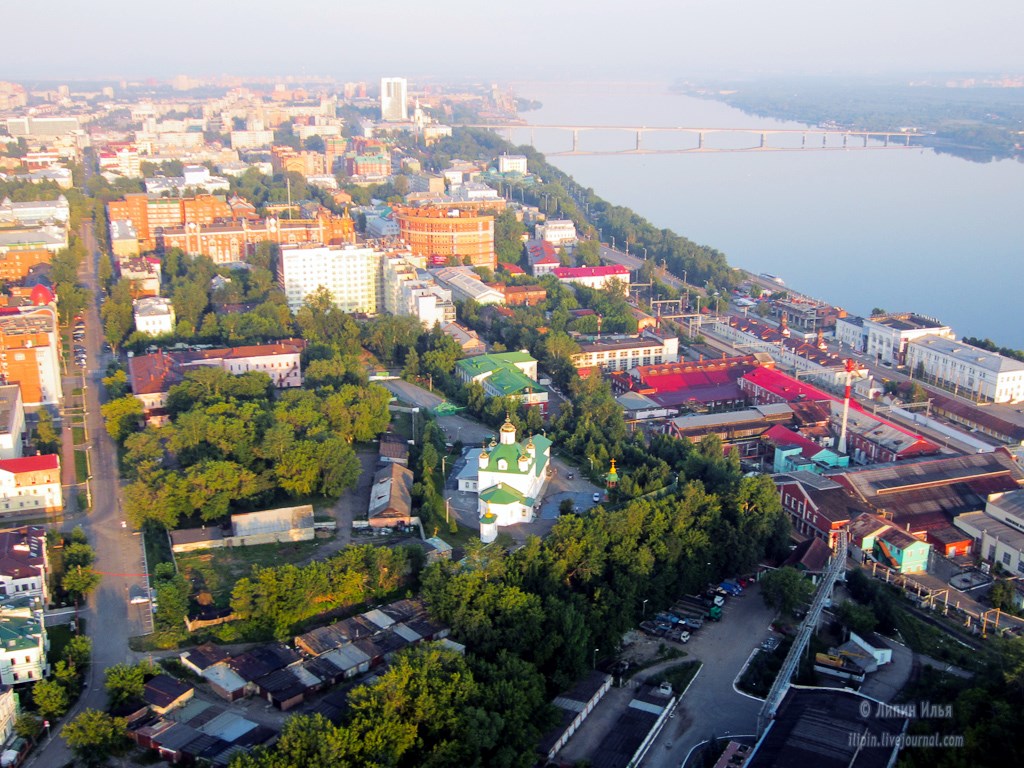
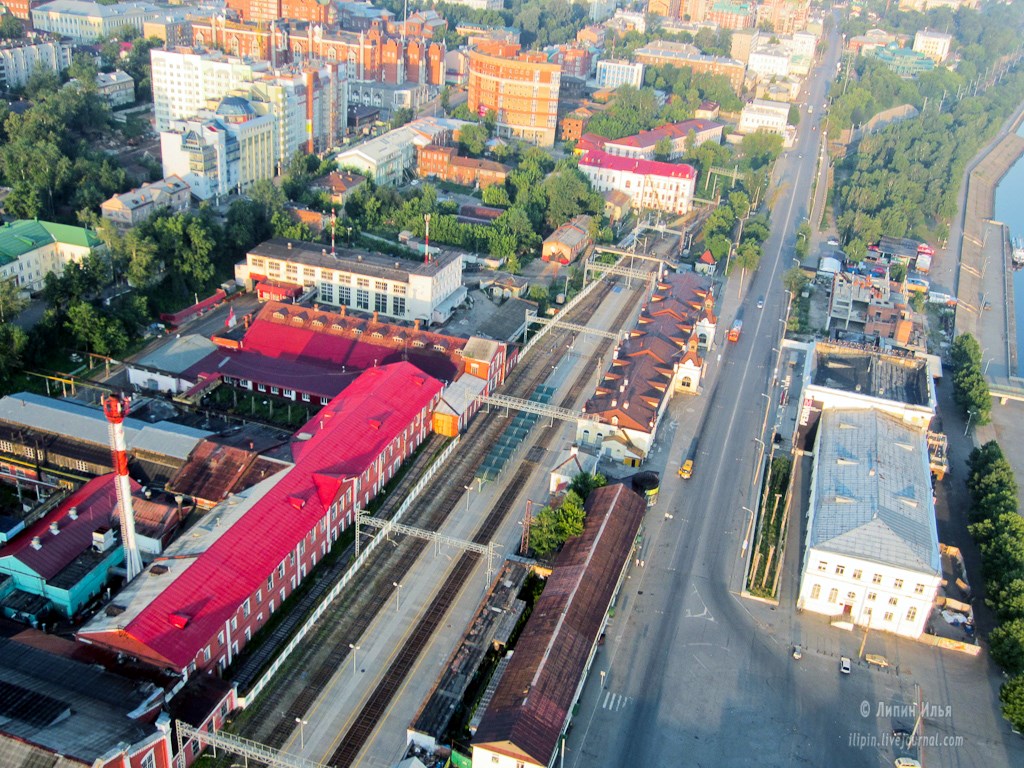
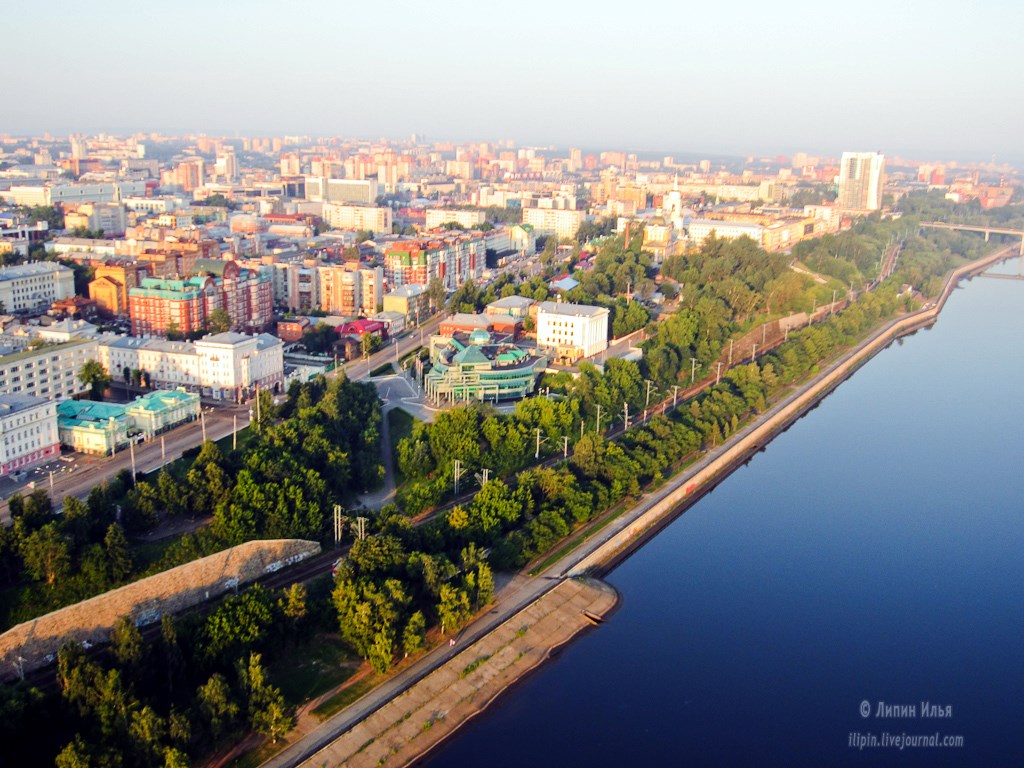
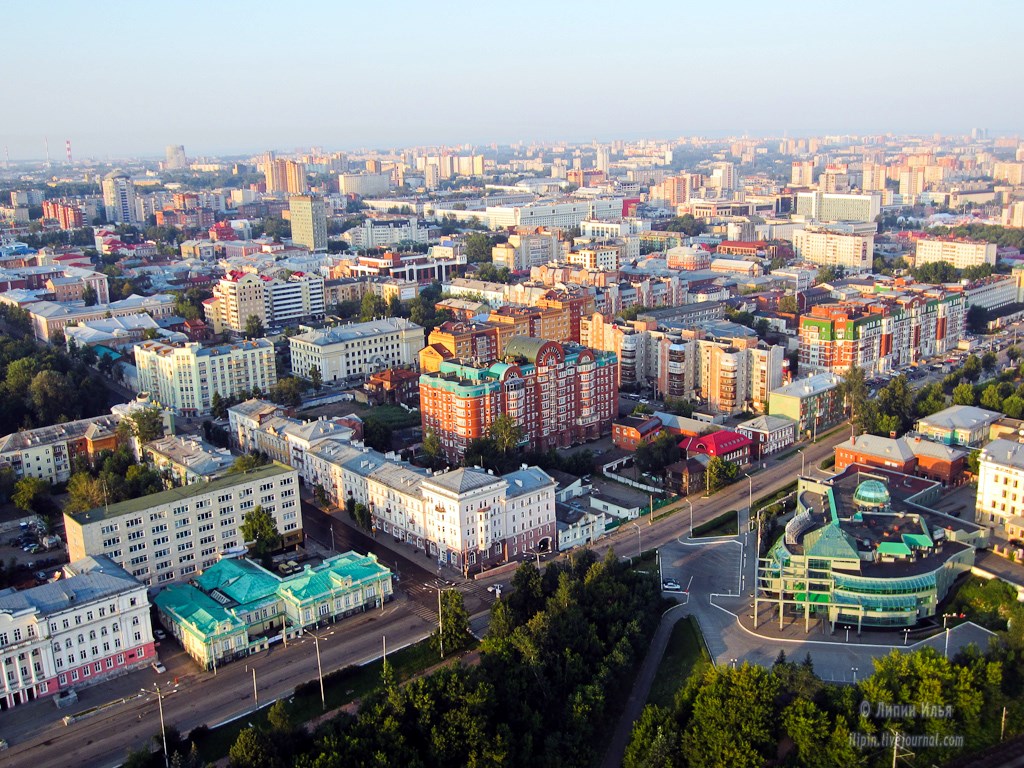
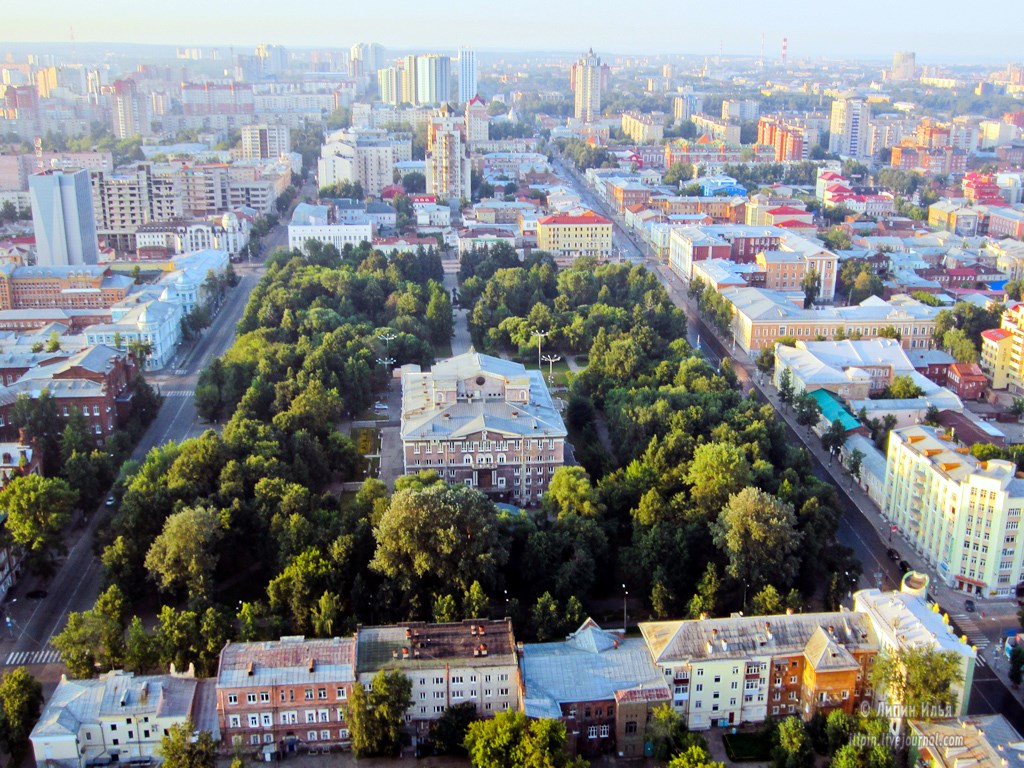
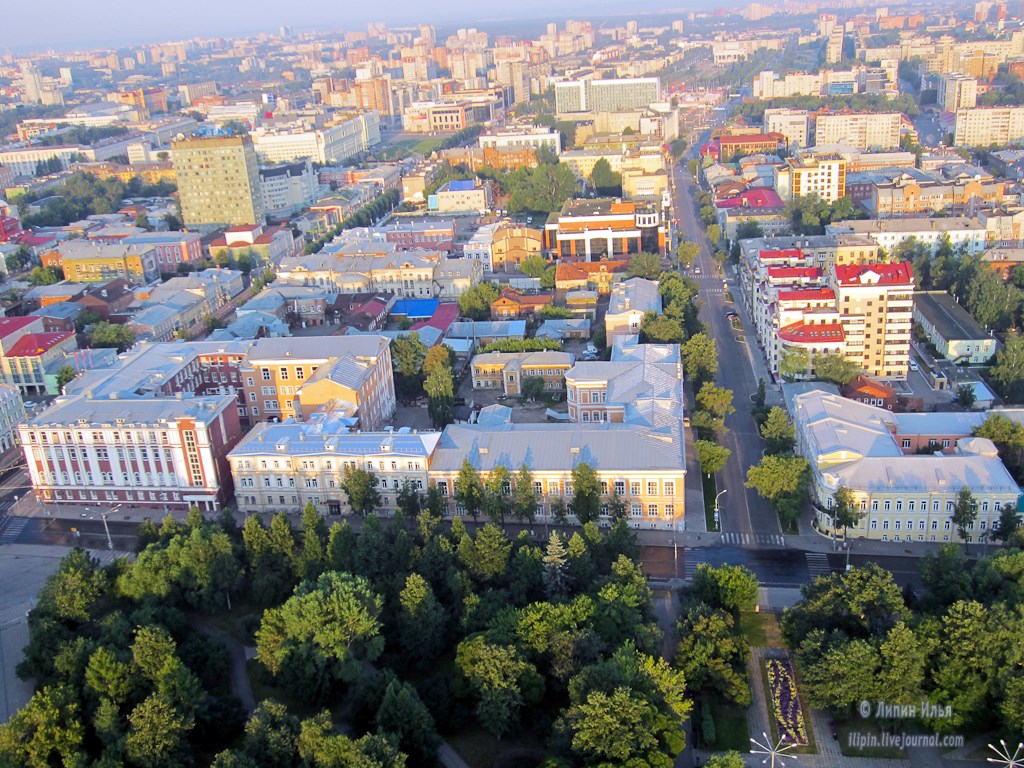
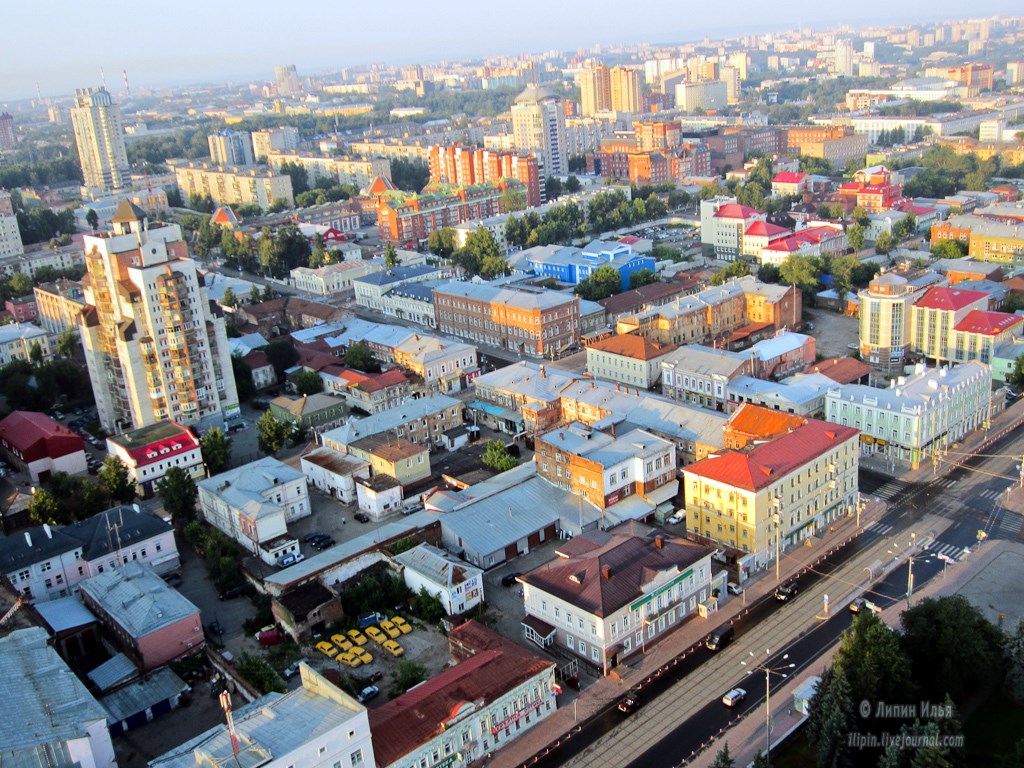
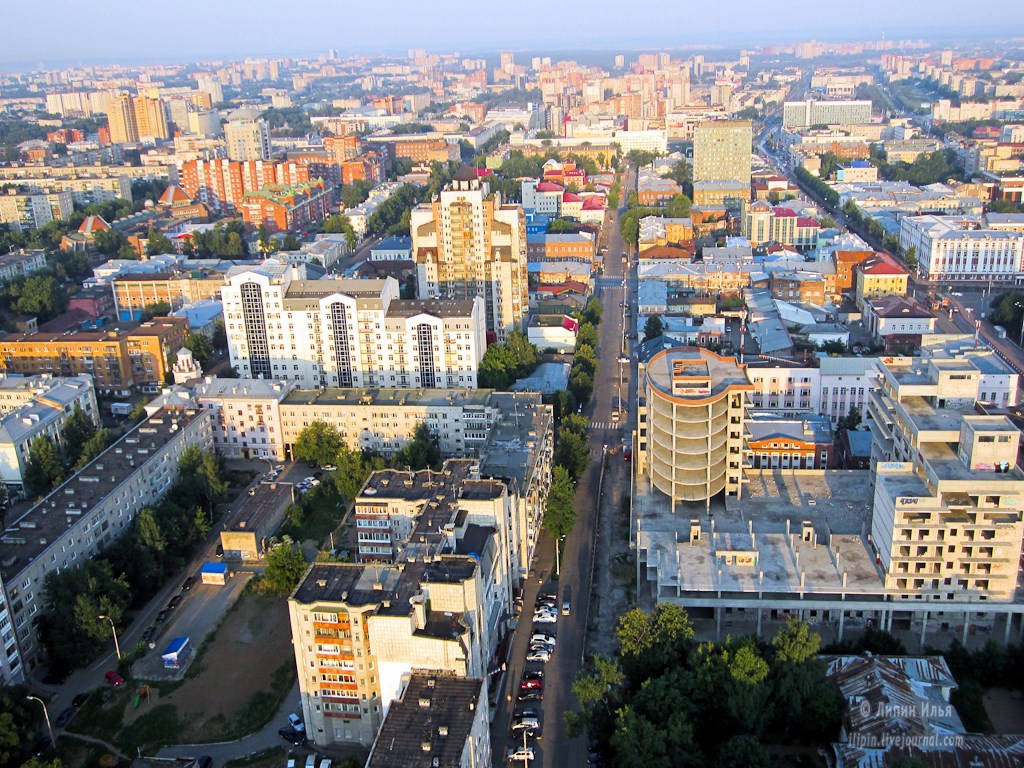
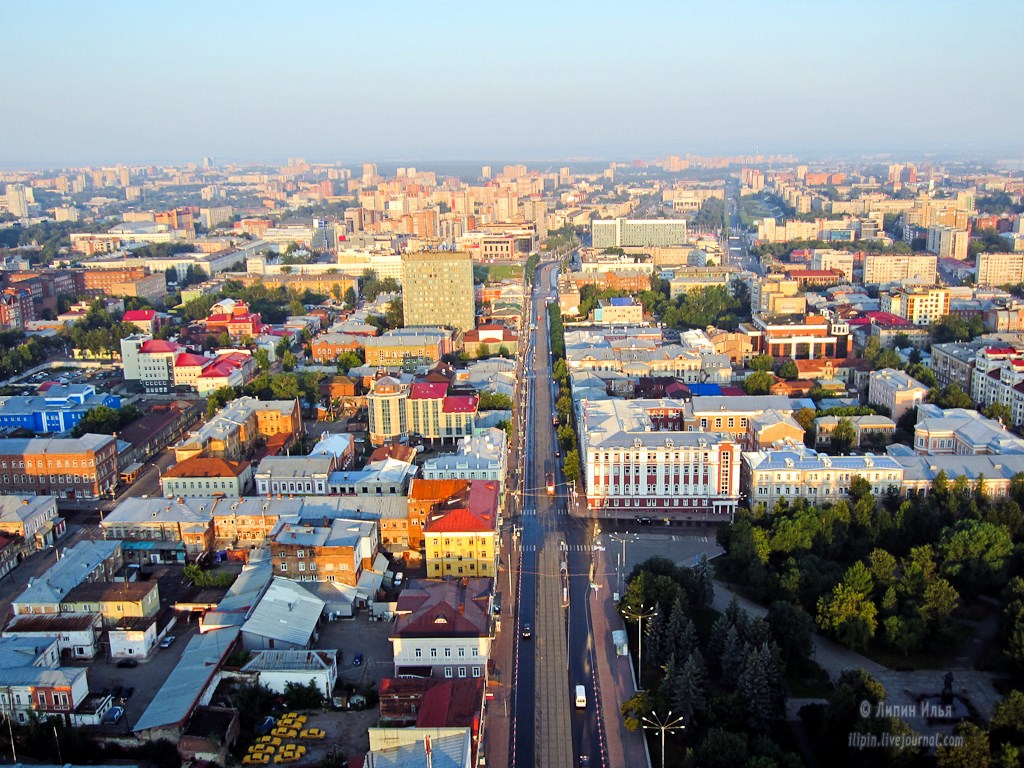
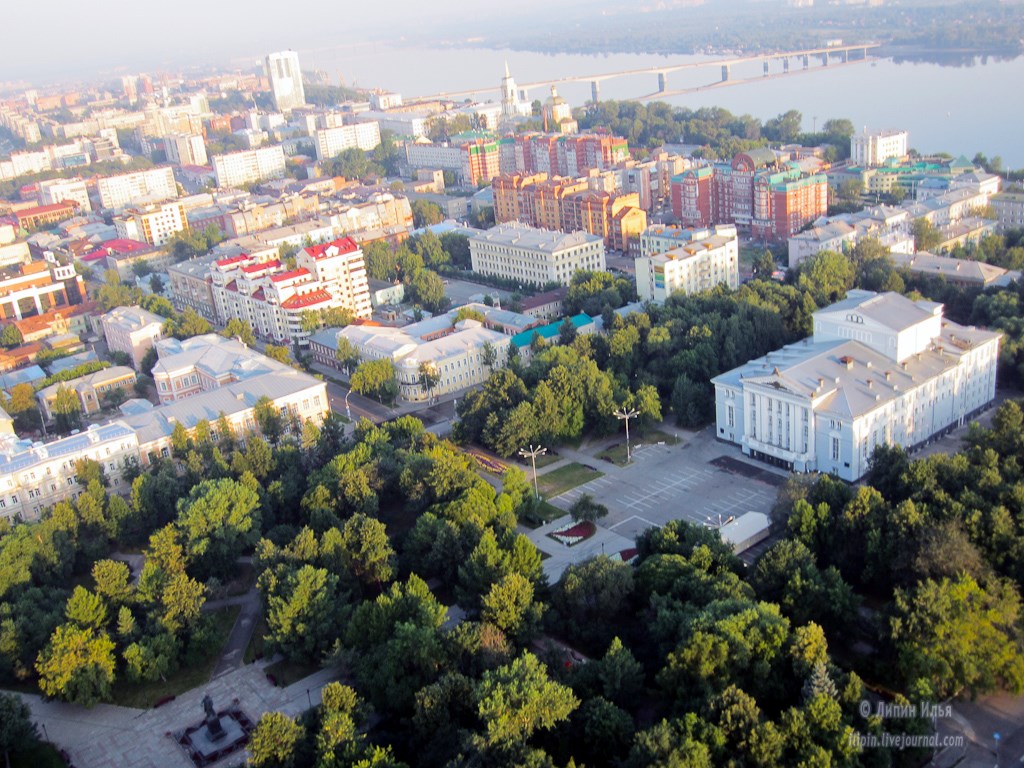
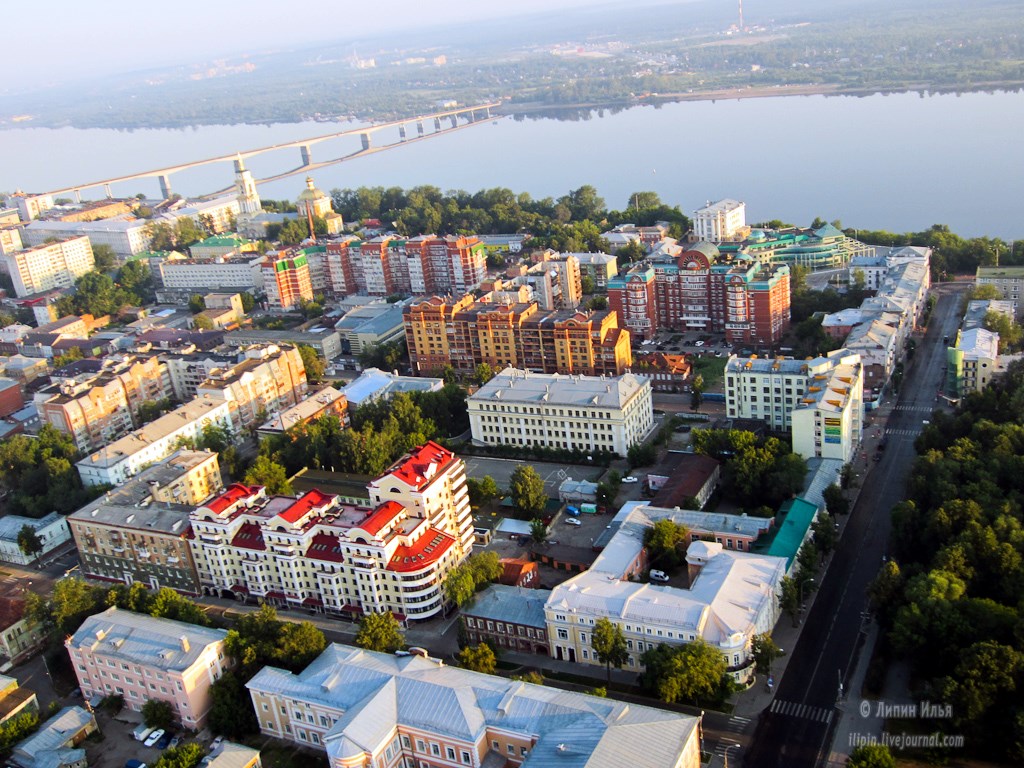
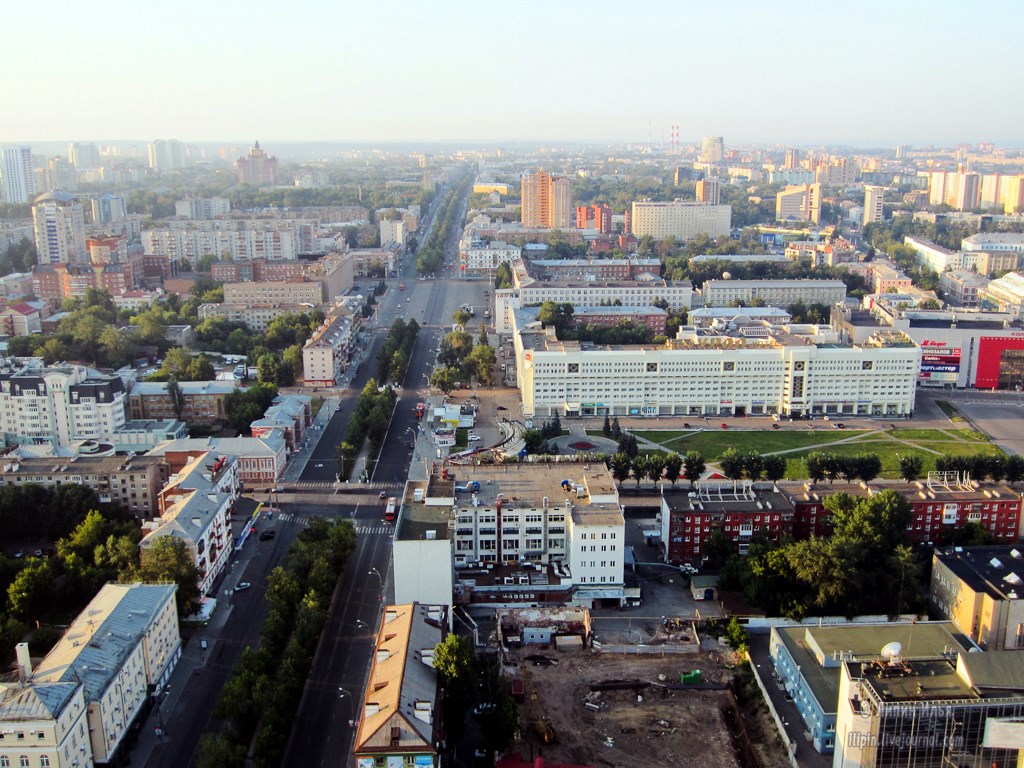
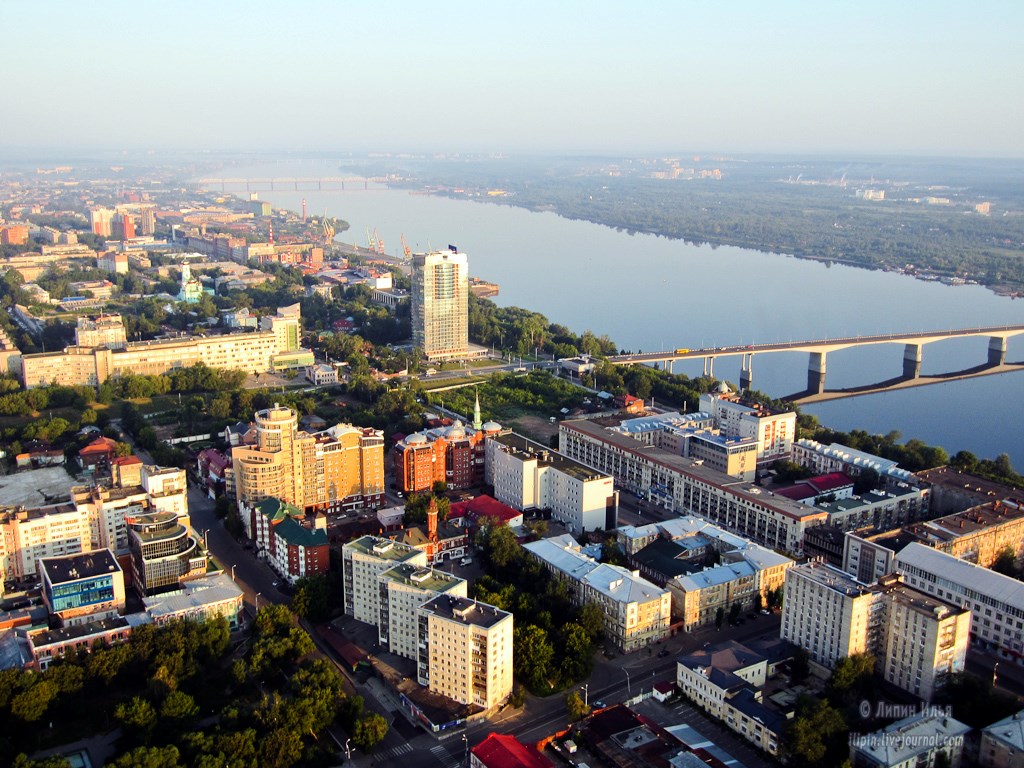
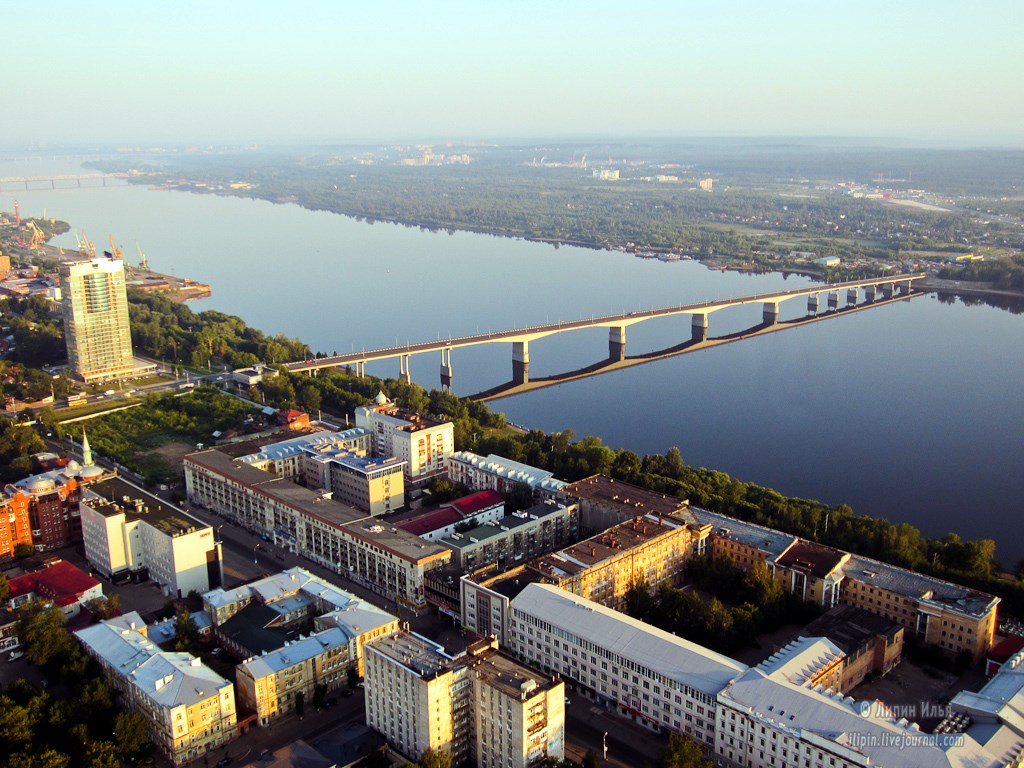

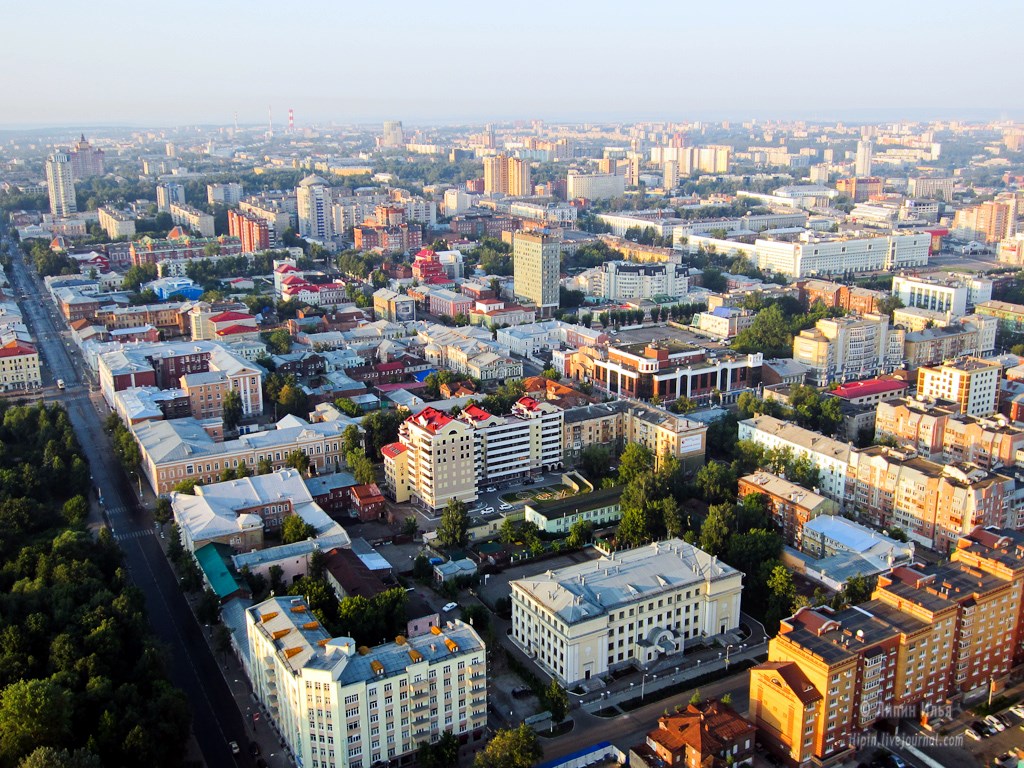


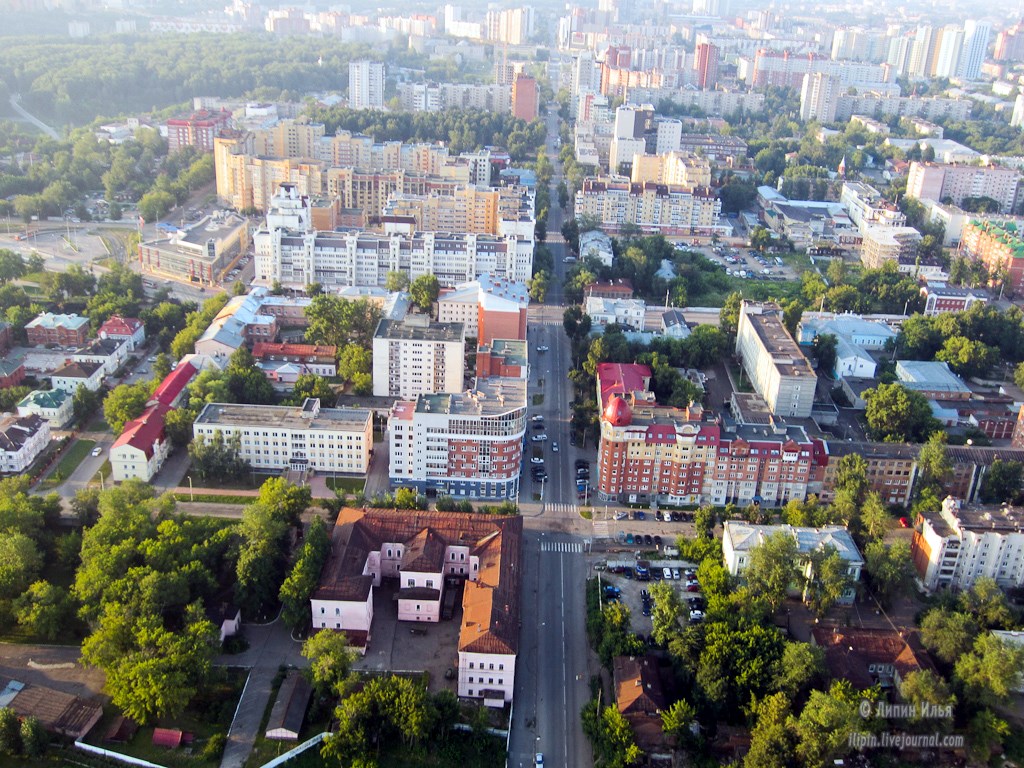
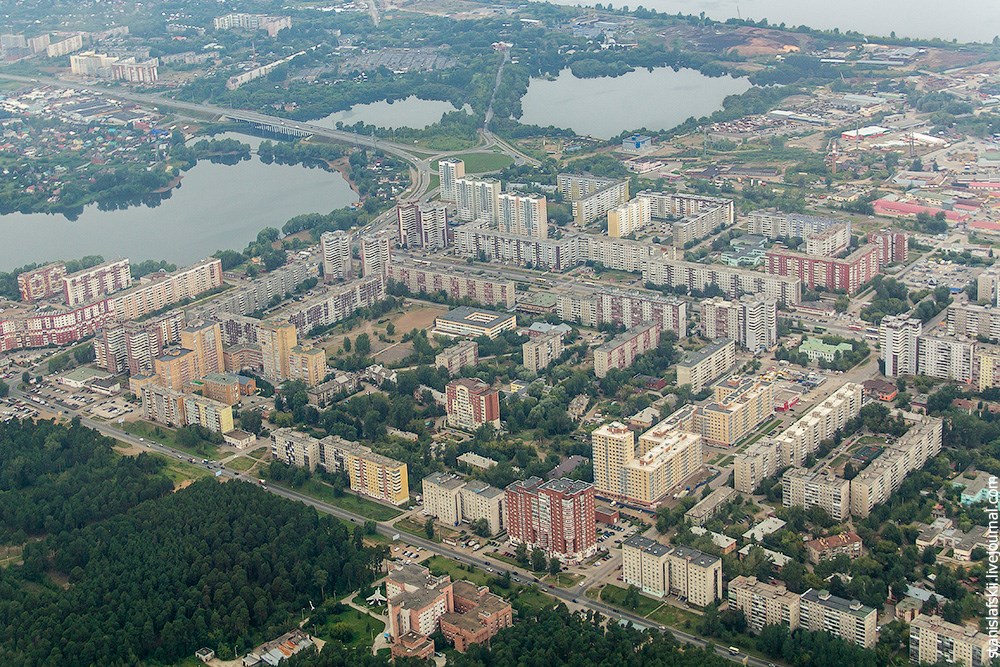
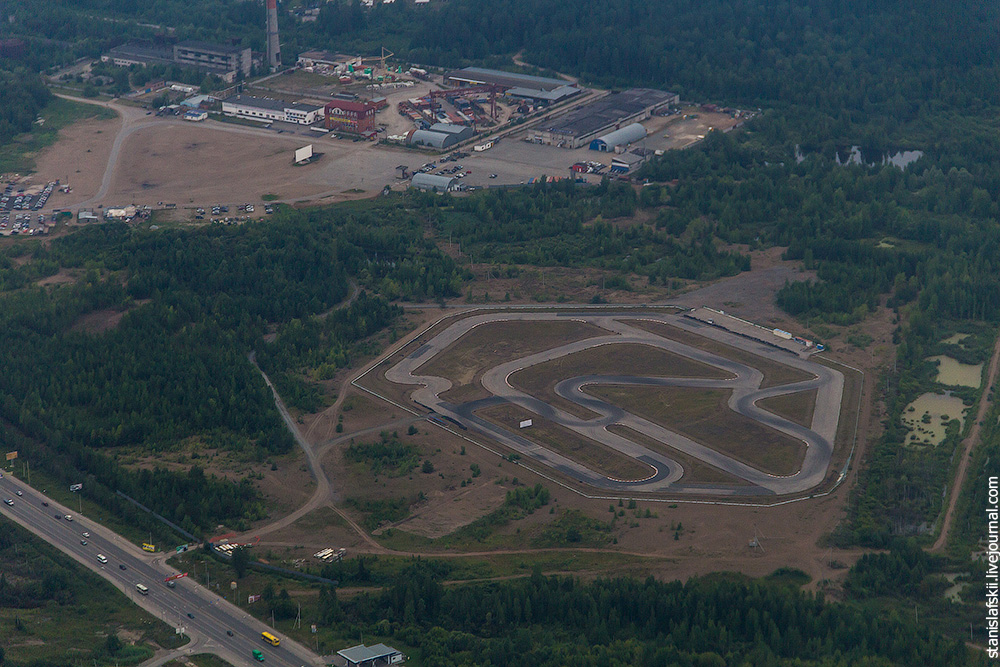
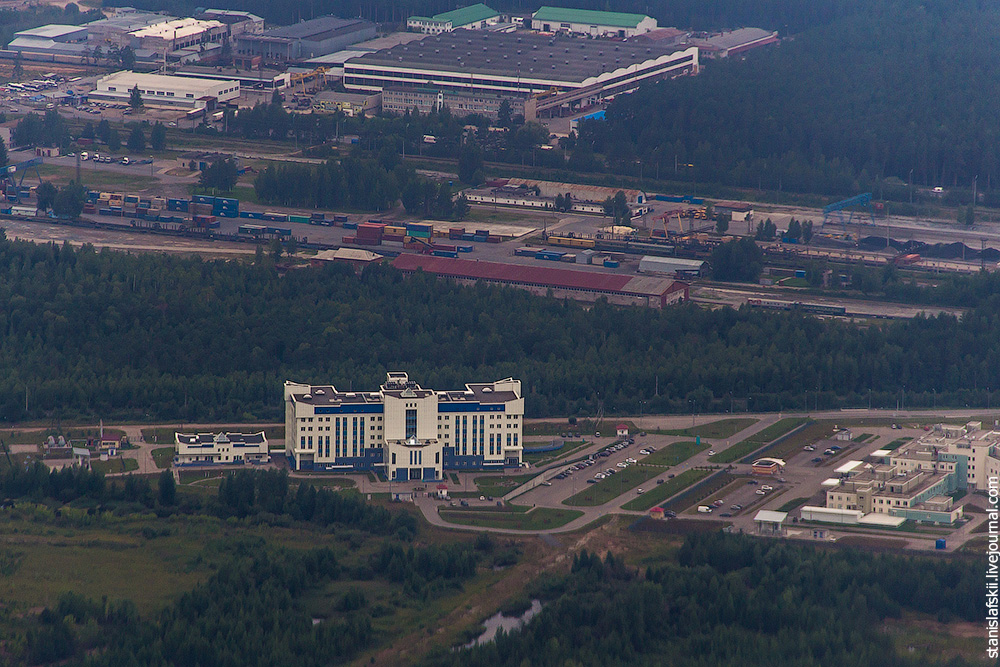
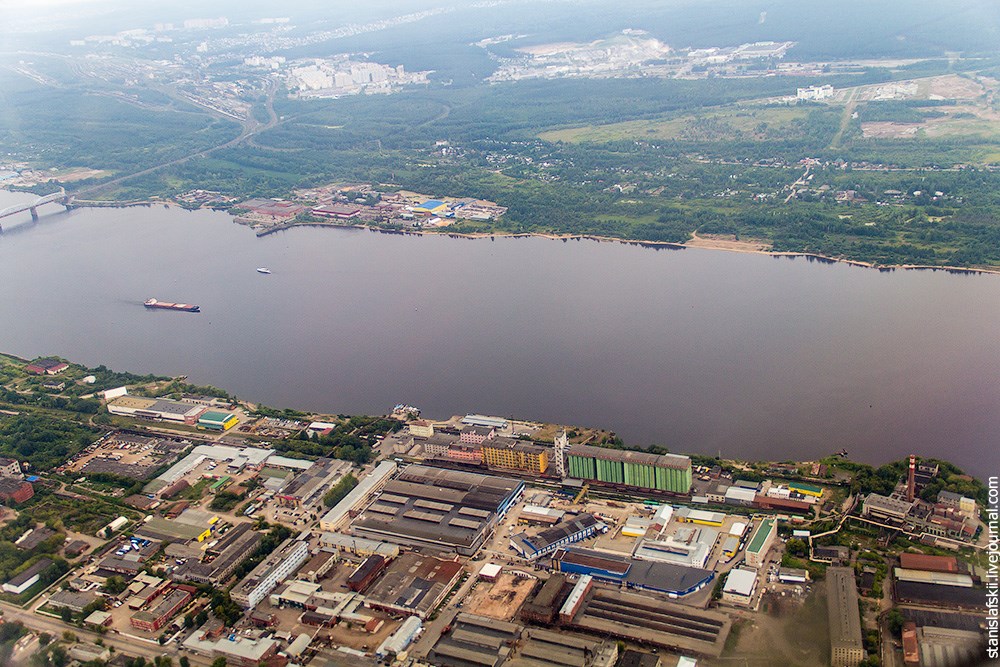

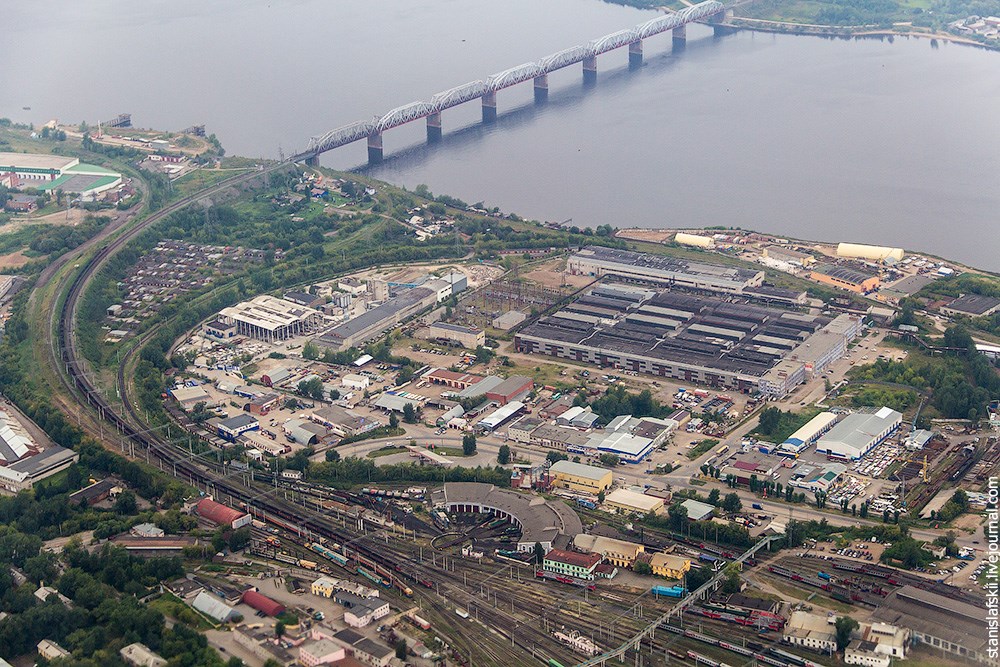
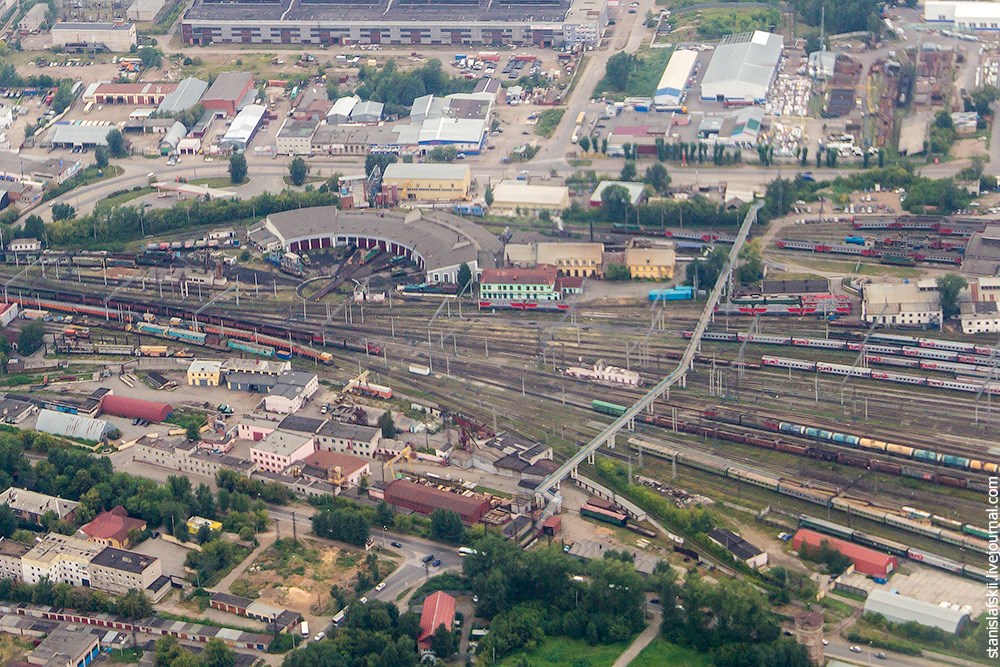
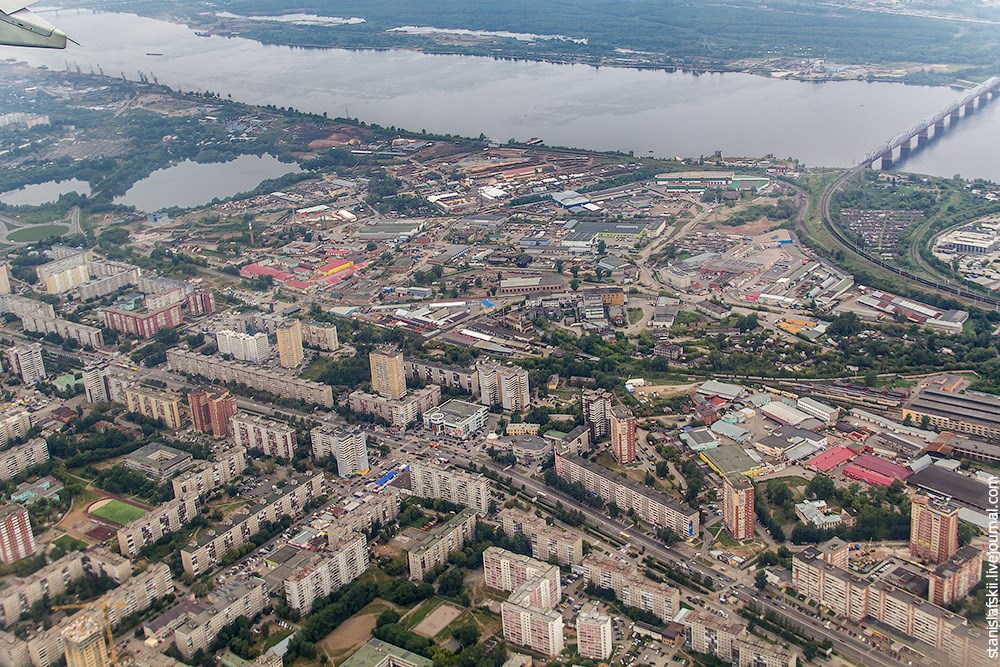
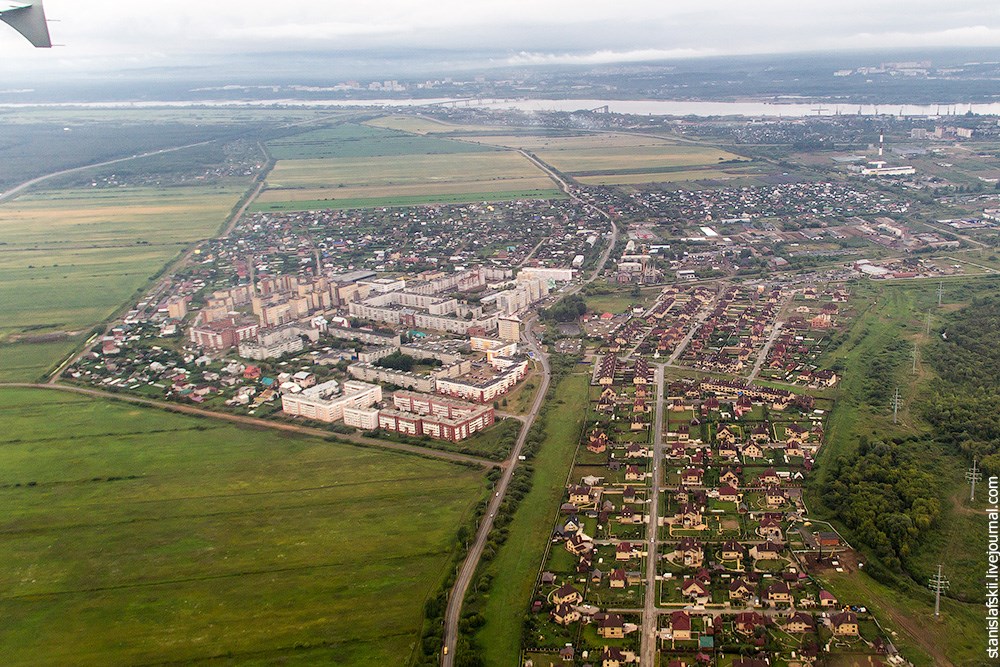
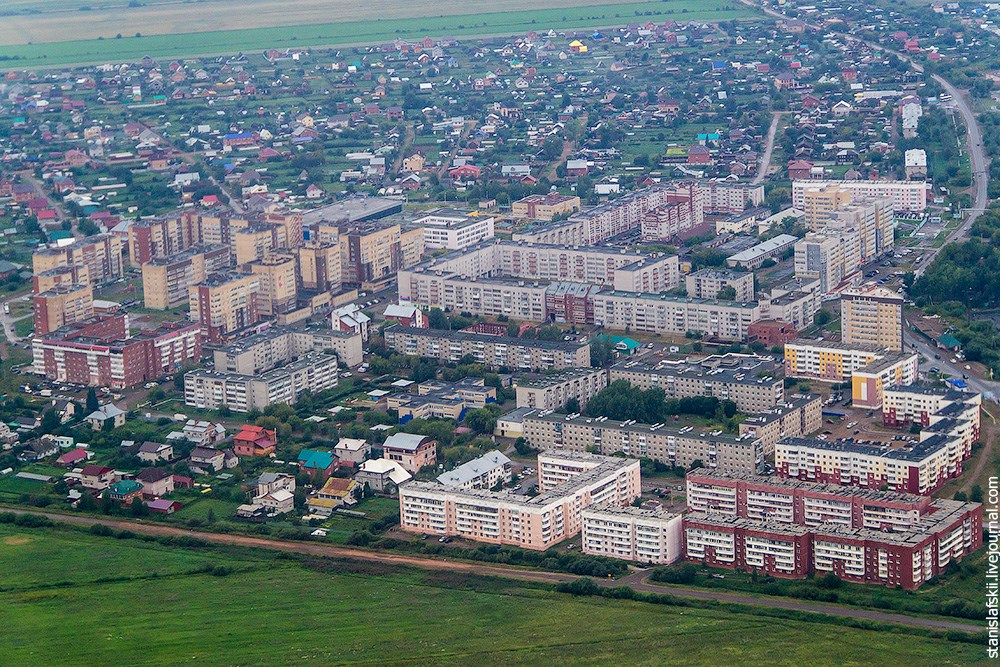
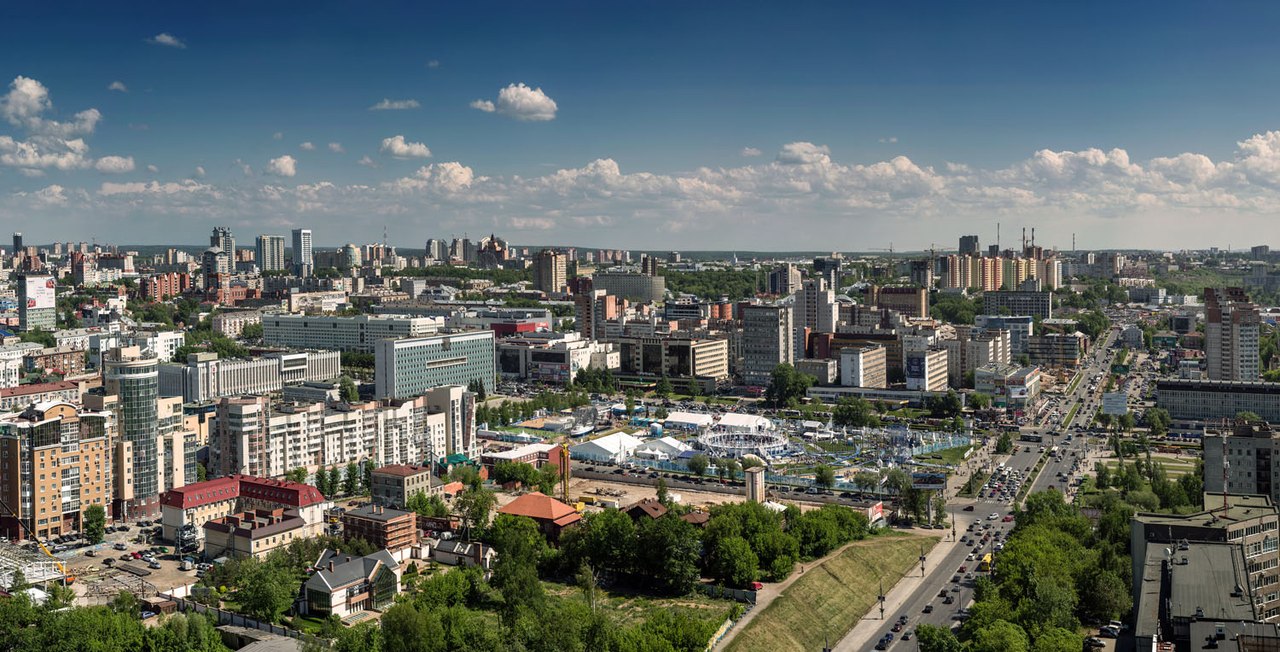
Historia
Cuando Perm fue fundada, ya era destinada a ser una ciudad importante, puesto que se encontraba en las líneas de comunicación de Moscú y Siberia.
En ella estuvo cautivo el zar Miguel IV de Rusia, siendo asesinado en sus proximidades el 10 de junio de 1918, en compañía de su secretario Nikolai Johnson, por las autoridades revolucionarias comunistas. Durante la época soviética la población llevó el nombre de Mólotov.
En el 2005 dejó de ser la capital de la óblast de Perm, para convertirse en la capital del krai de Perm, resultado de la unión de Permiakia con el óblast de Perm.
El 5 de diciembre de 2009 un incendio en una discoteca provocó 109 muertos y decenas de heridos.1
Geografía
La ciudad está situada en la orilla del río Kama en un terreno montañoso. El Kama es el principal afluente del Volga y uno de los ríos más profundos y pintorescos de Rusia. Este río es el canal que otorga el acceso de los Urales hasta el mar Blanco, el mar Báltico, el mar de Azov, el mar Negro y el mar Caspio. El Kama divide la ciudad en dos partes: la parte central y la parte del margen derecho. La ciudad se extiende por 70 kilómetros a lo largo del Kama y 40 kilómetros a través de ella. El trazado de las calles de la ciudad discurre paralelo al río, viajando generalmente de este a oeste, mientras que otras calles principales corren perpendicularmente a los que siguen el río. La cuadrícula acomoda las colinas de la ciudad en la que los cruza.
Otra característica distintiva del relieve de la ciudad es la gran cantidad de pequeños ríos y arroyos. Los más grandes son los Mulyanka, el Yegoshikha, el Motovilikha (todos están en el margen izquierdo del Kama) y el Gayva (en el margen derecho).
https://es.wikipedia.org/wiki/Perm
https://en.wikipedia.org/wiki/Perm
https://ru.wikipedia.org/wiki/Пермь
Pinche para ver las Fuentes seleccionadas
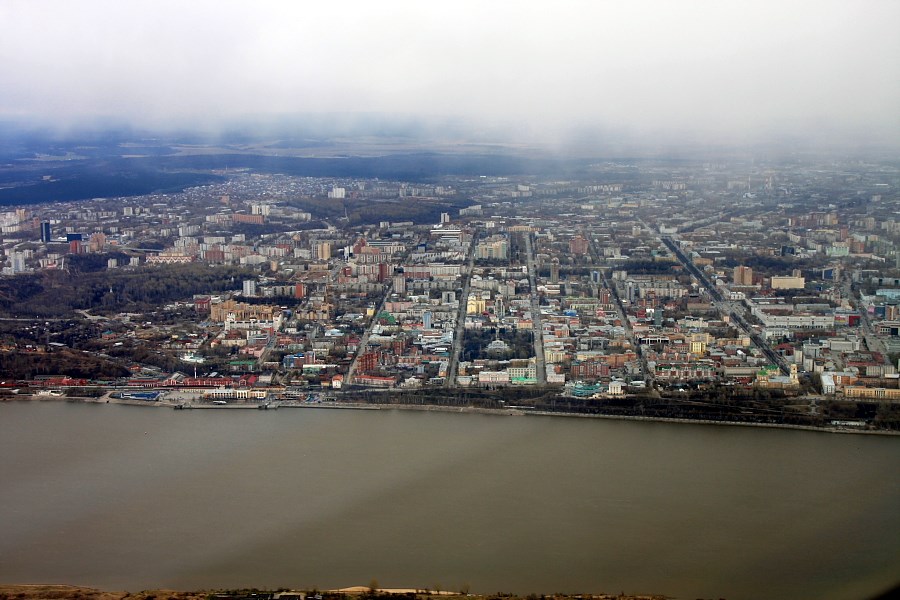
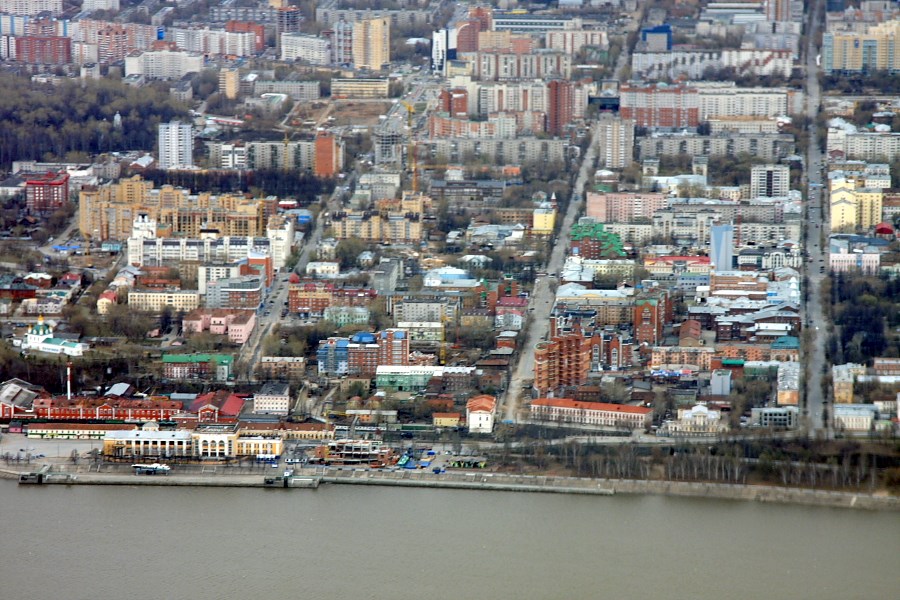
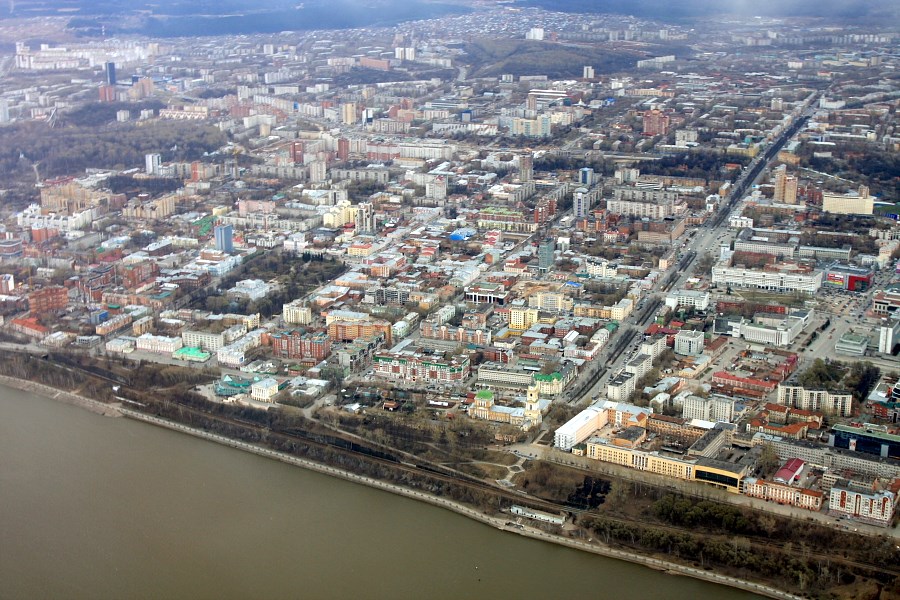
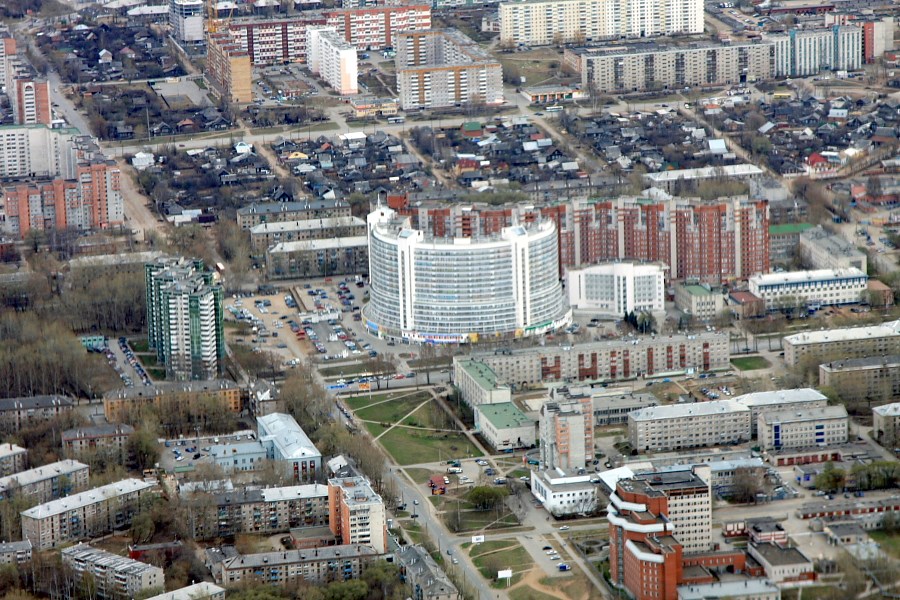
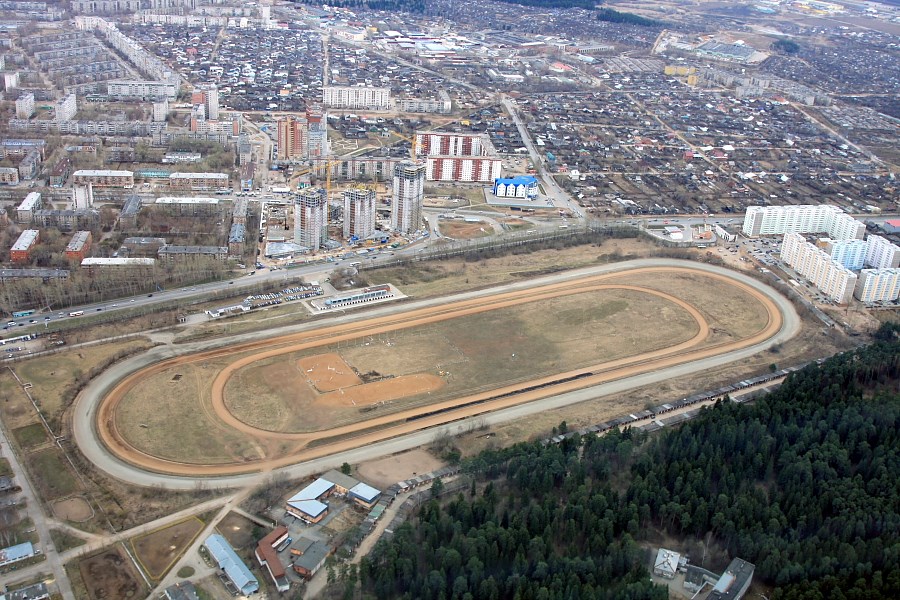
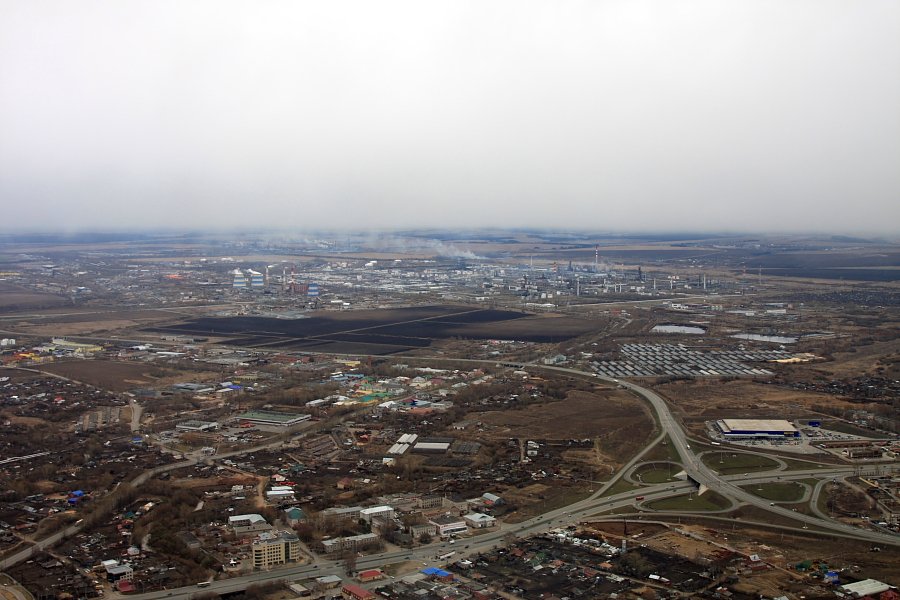
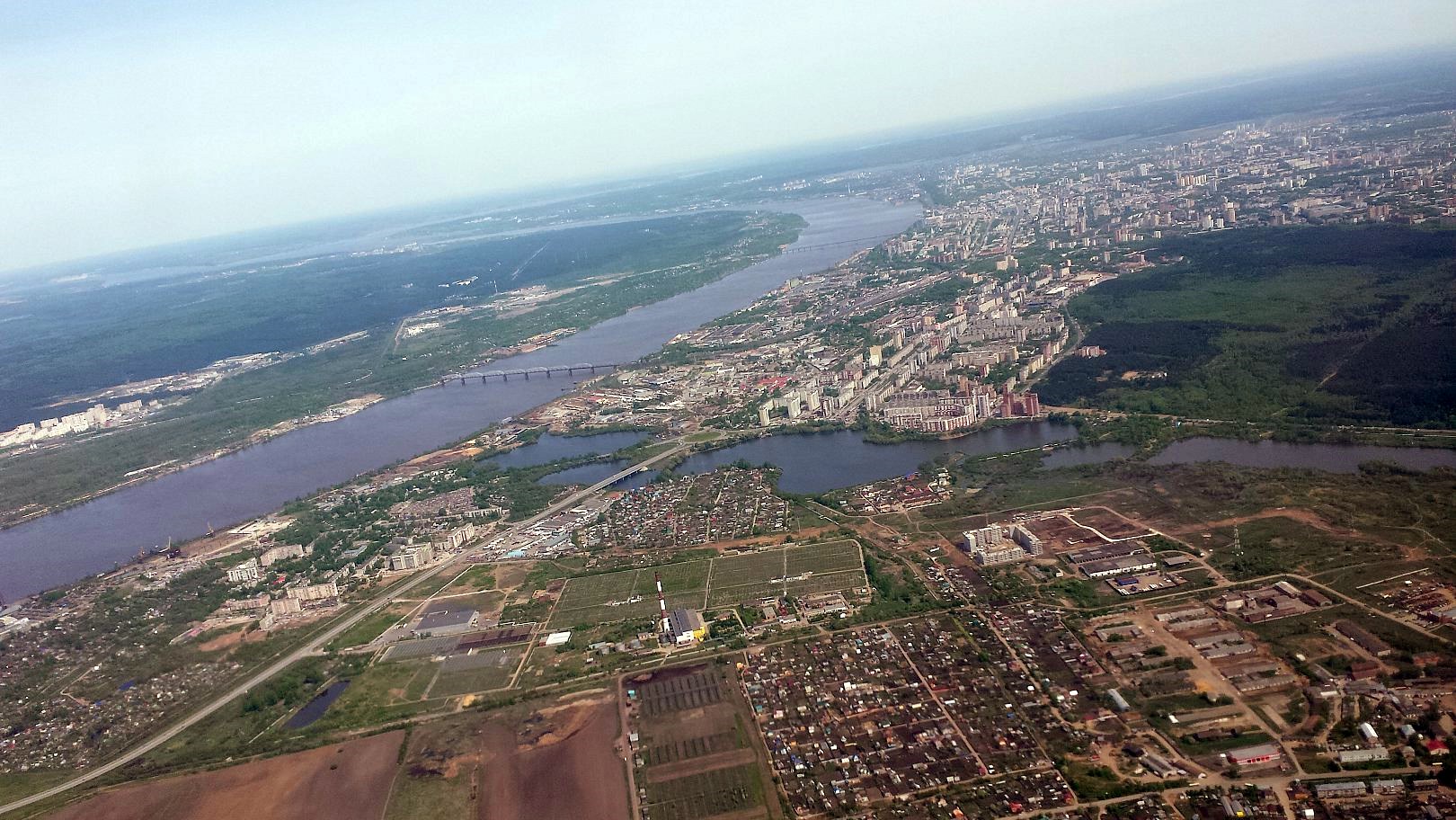
Vídeo:
Web recomendada: http://www.gorodperm.ru/
Contador: 7577
Inserción: 2015-08-22 23:04:30
Lugares a visitar en un radio de 100 km (en línea recta)
Mapa de los lugares a 100 km (en línea recta)
Mostrando Registros desde el 1 hasta el 0 de un total de 0
Visitas |
Más visitados Basílica de San Marcos 154906 Catedral de Notre Dame (París) 144197 Torre de Pisa 131548 Monte Saint-Michel 100673 Presa de las Tres Gargantas 81496 |
Incorporaciones |
Comentarios hazola Cúpula de la Roca gracias me... gera Buenos Aires las mejores fotos de la mejor ciudad del... Daniel M. - BRASIL San Francisco ... PEQUE Presa Chicoasén SERA QUE ALGUIEN ME PUEDE DAR MAS INFORMACIÓN DE ESTE PROYECTO ESTUDIO EN LA UNACH Y ES PARA UN... Mery Huaca Pucllana Muy interesante, muy buena la información y... |
 Tweet
Tweet


